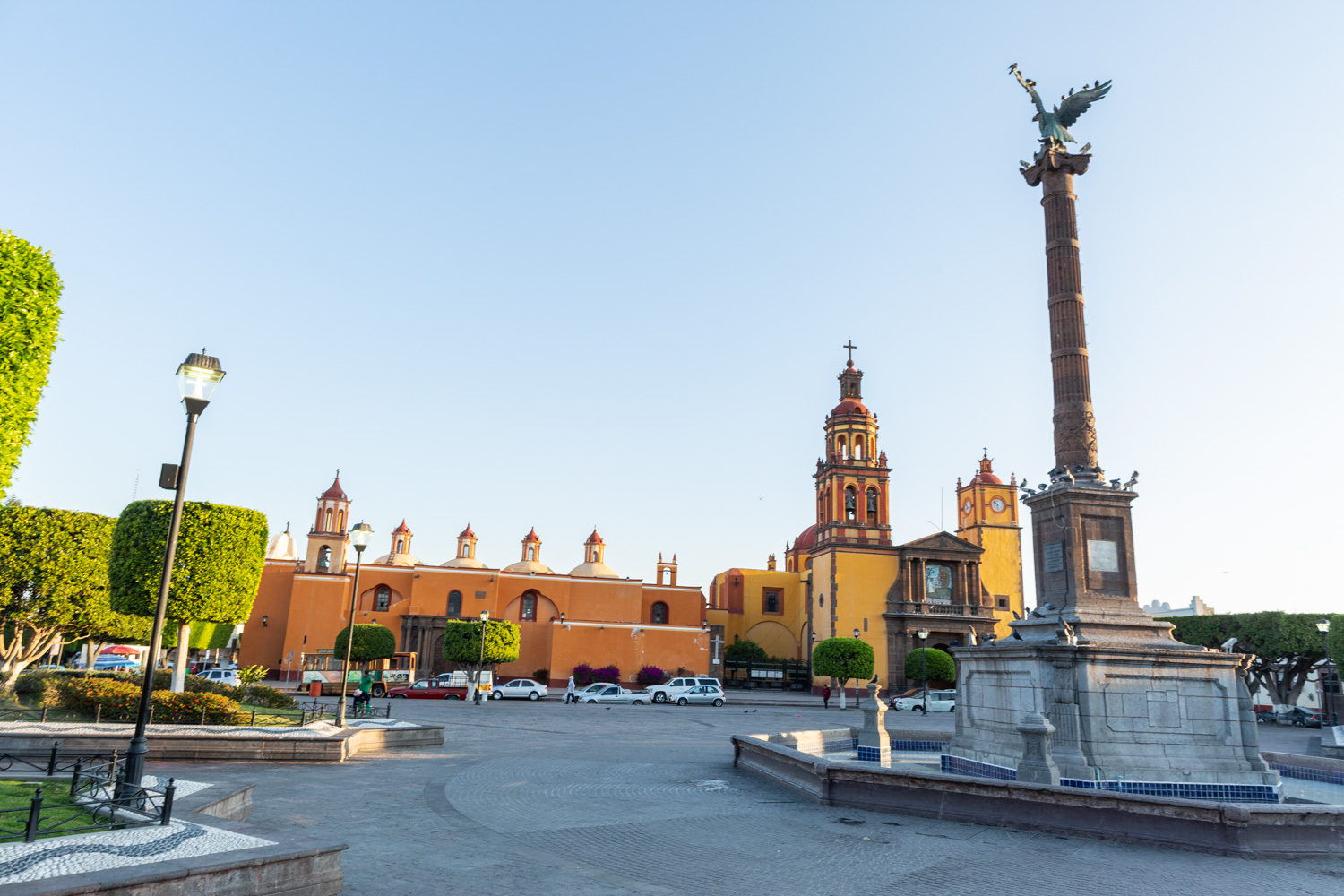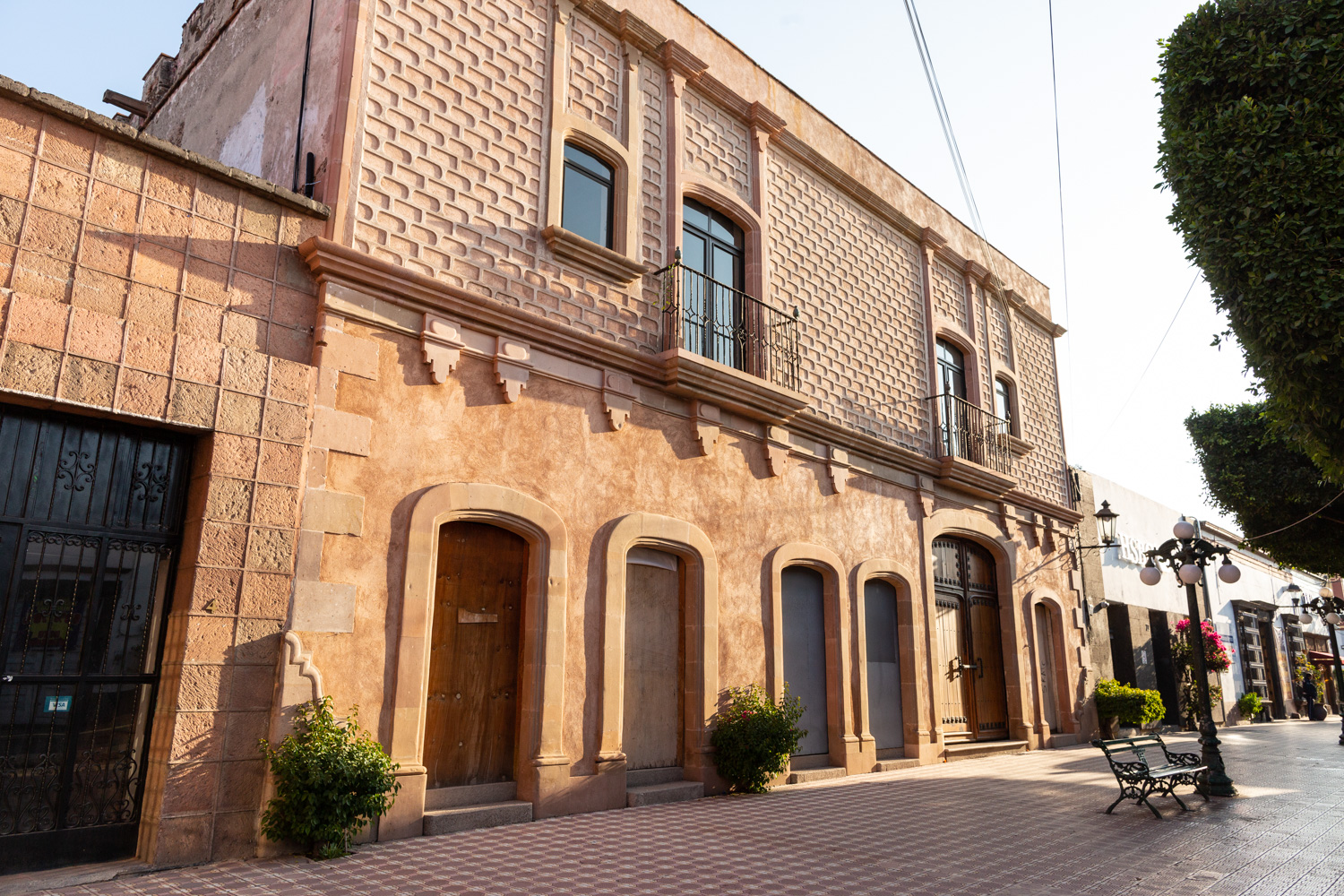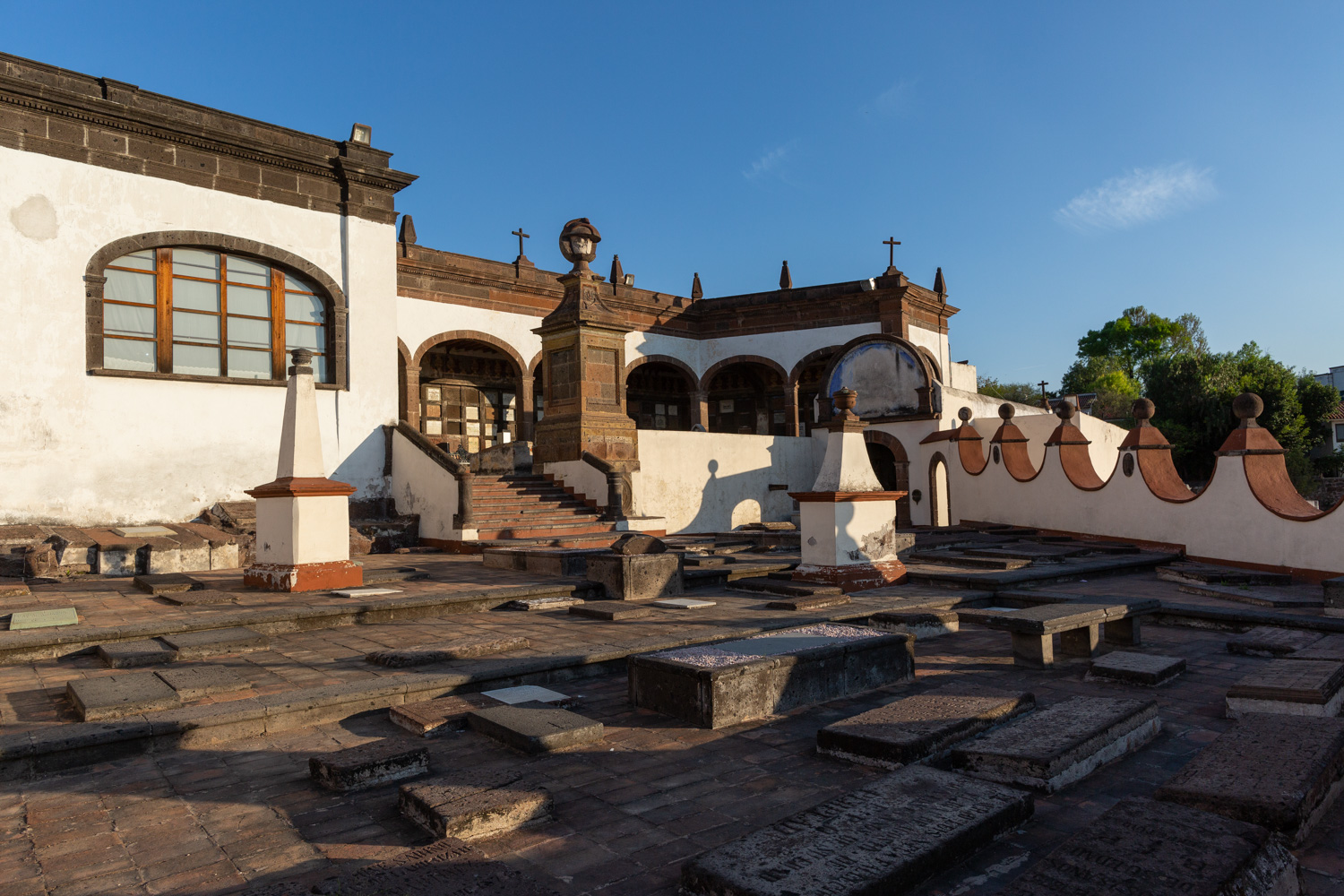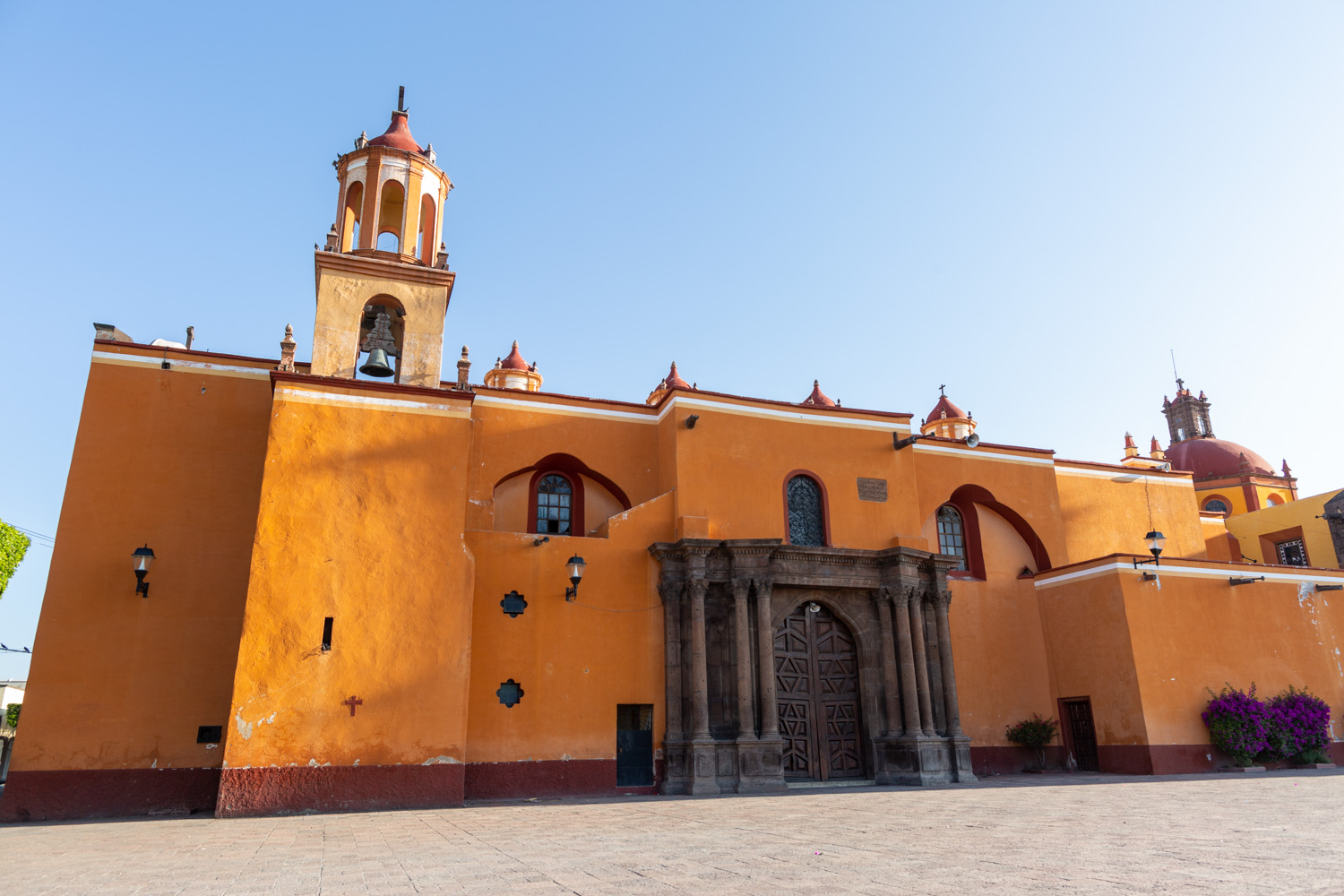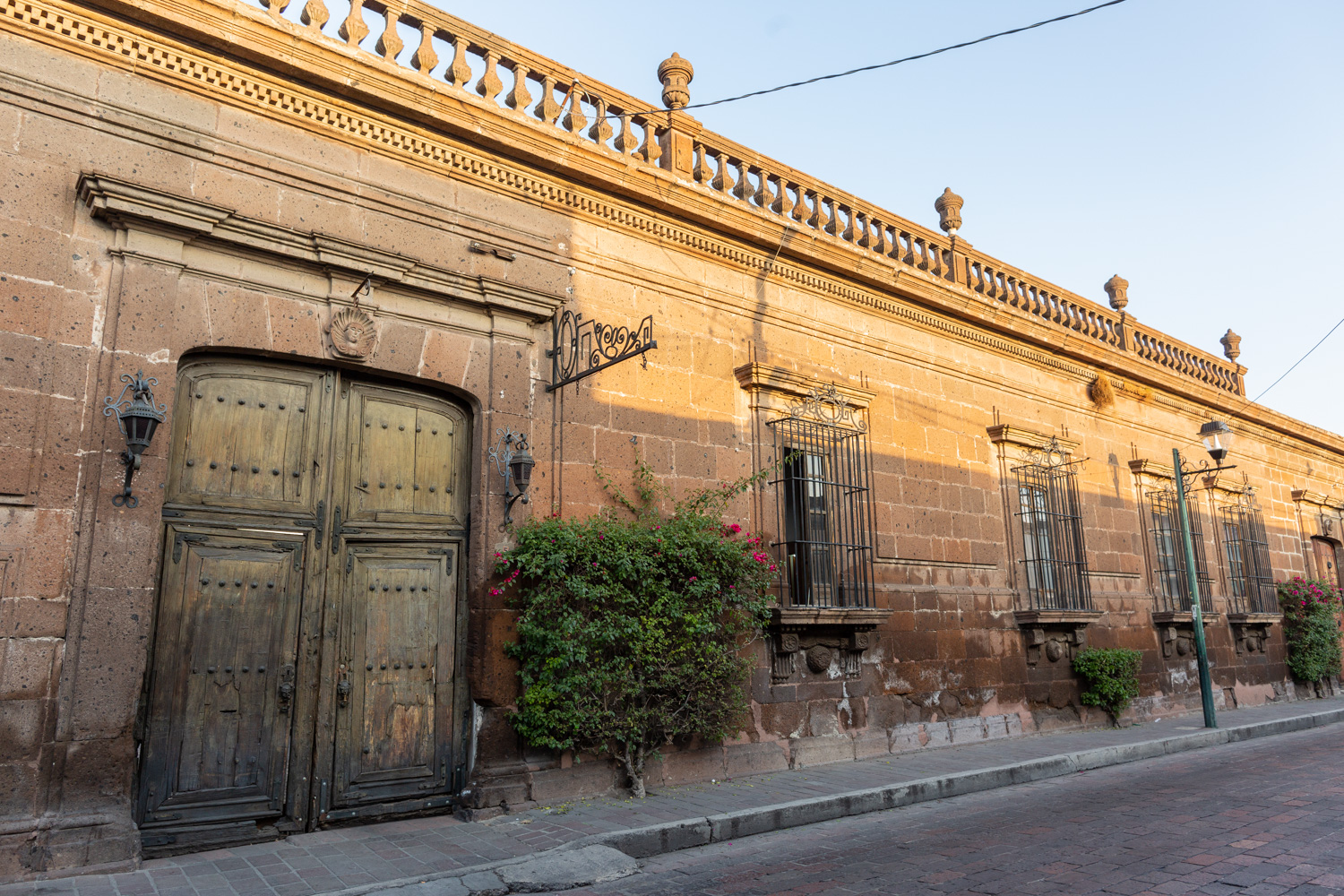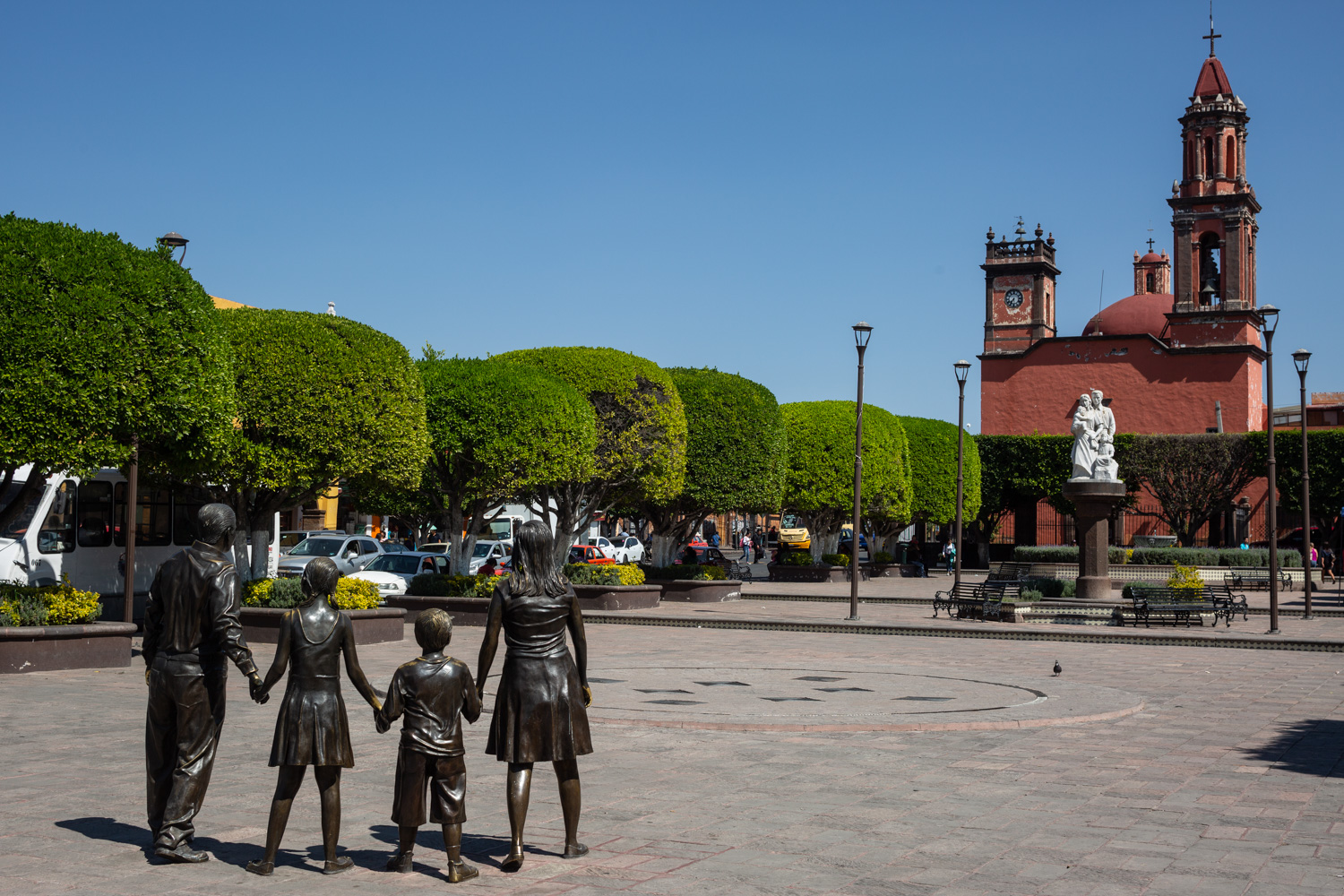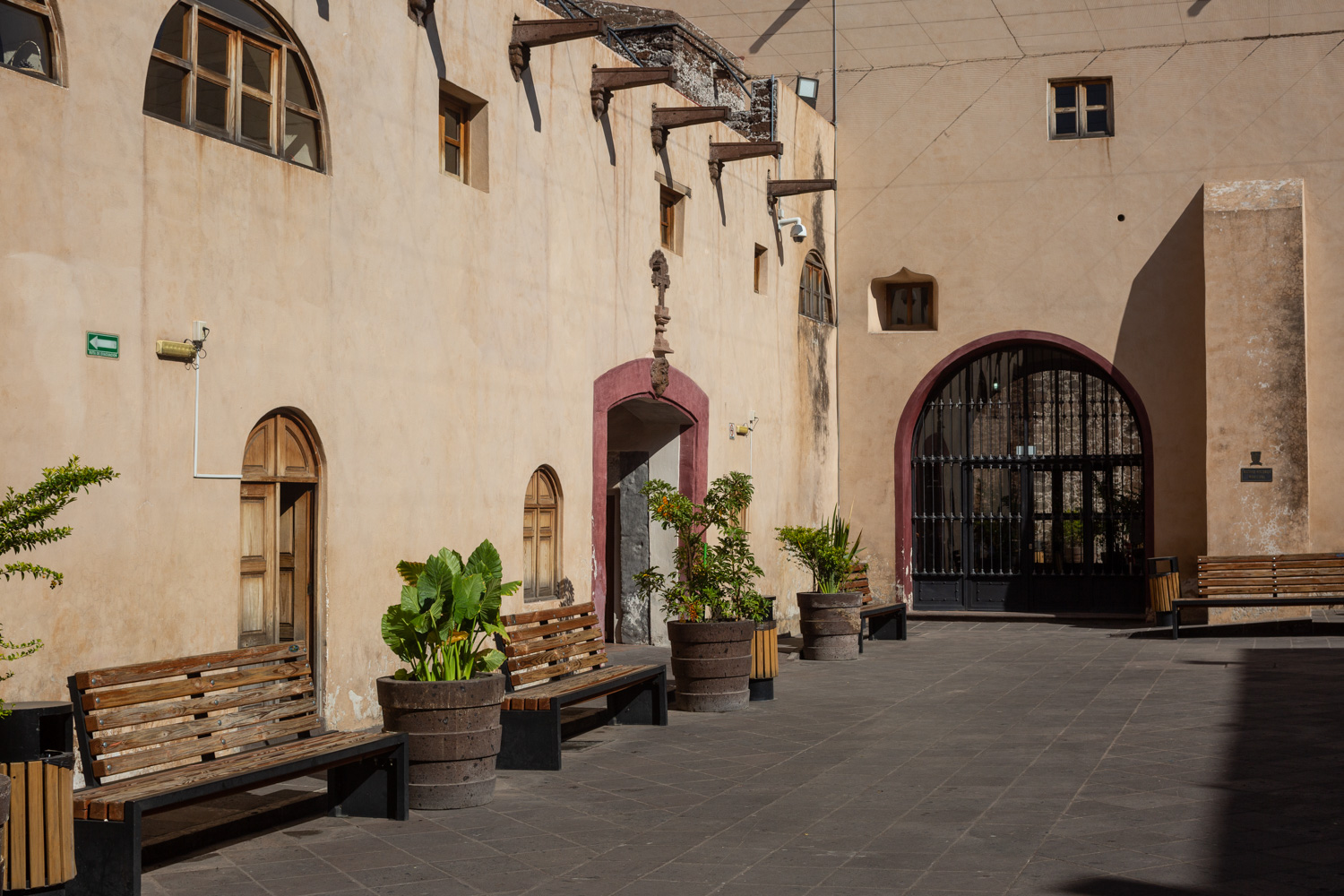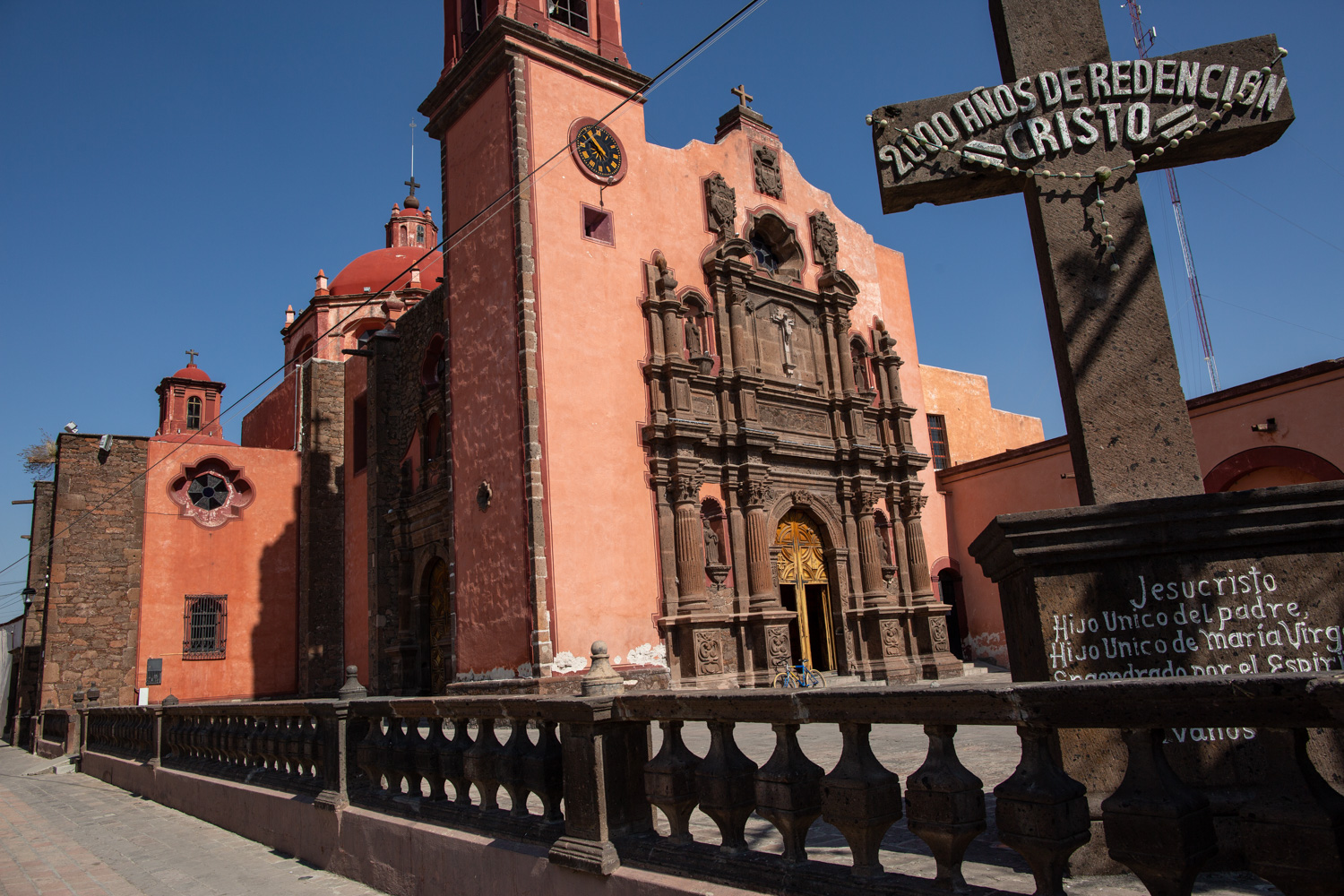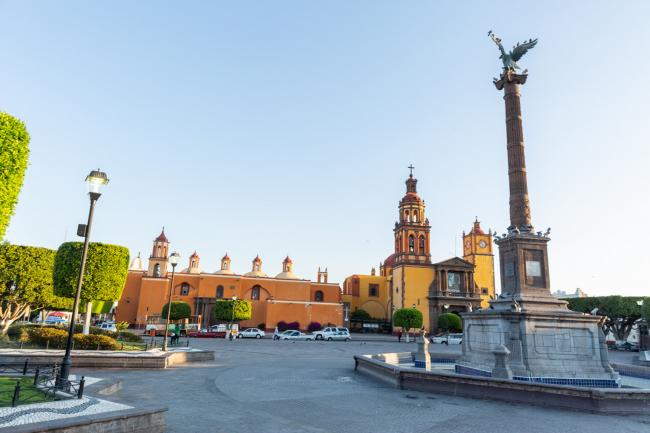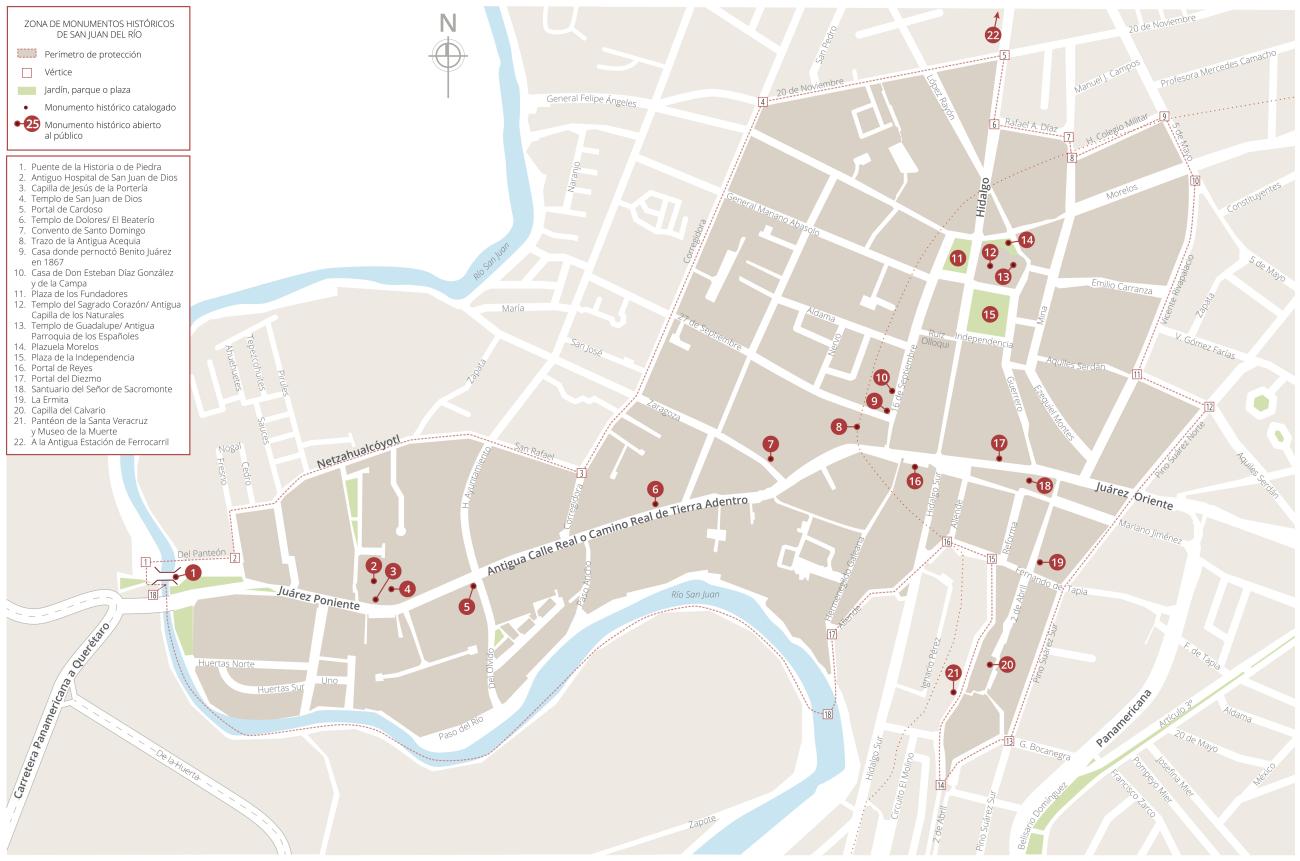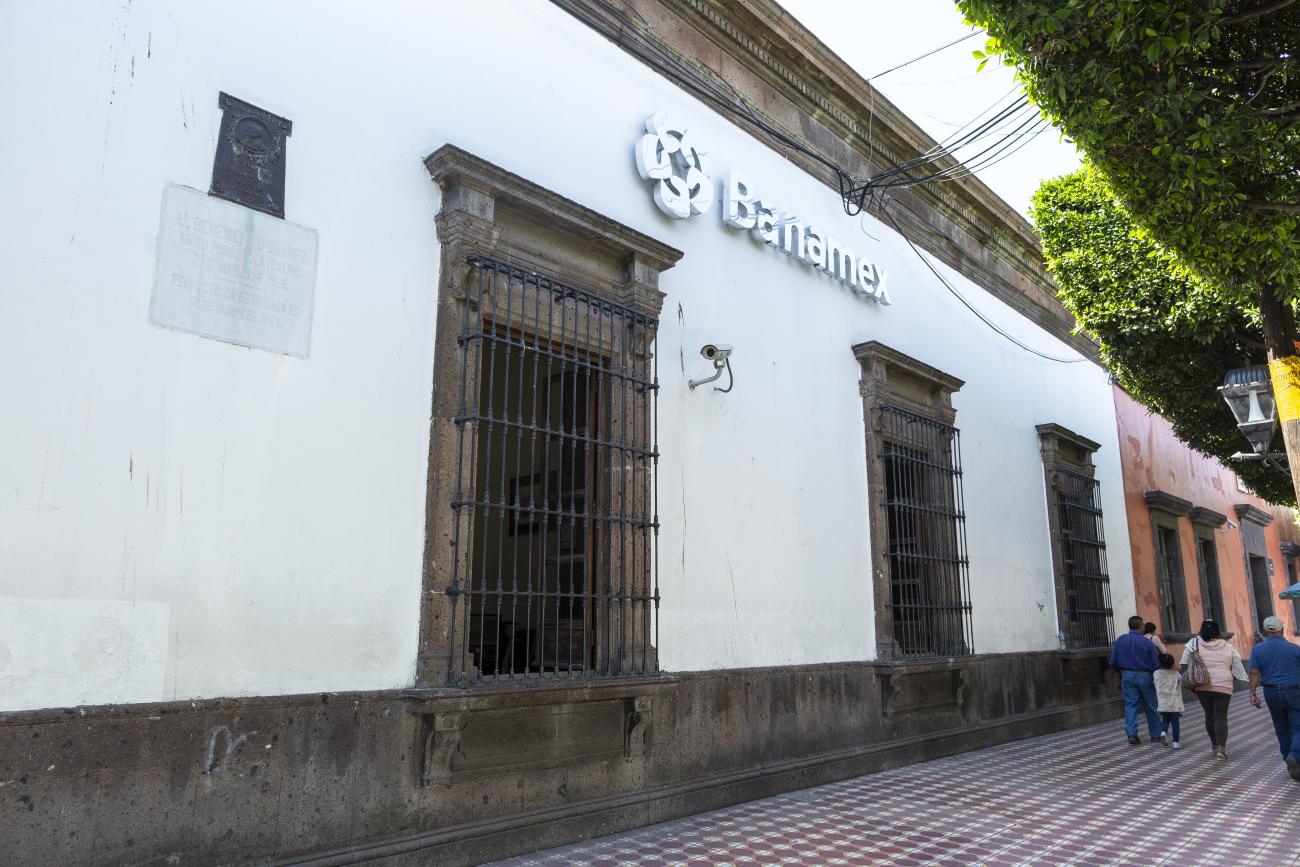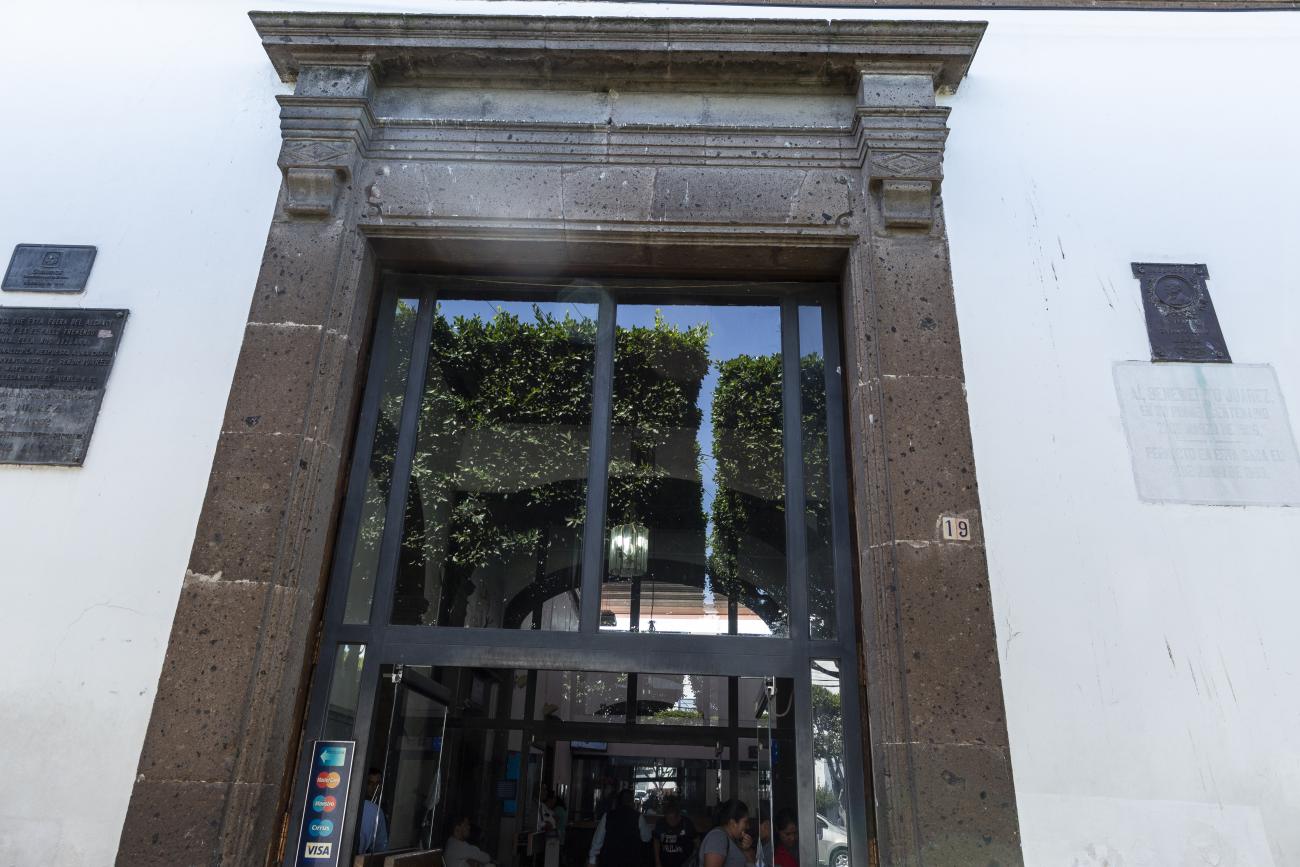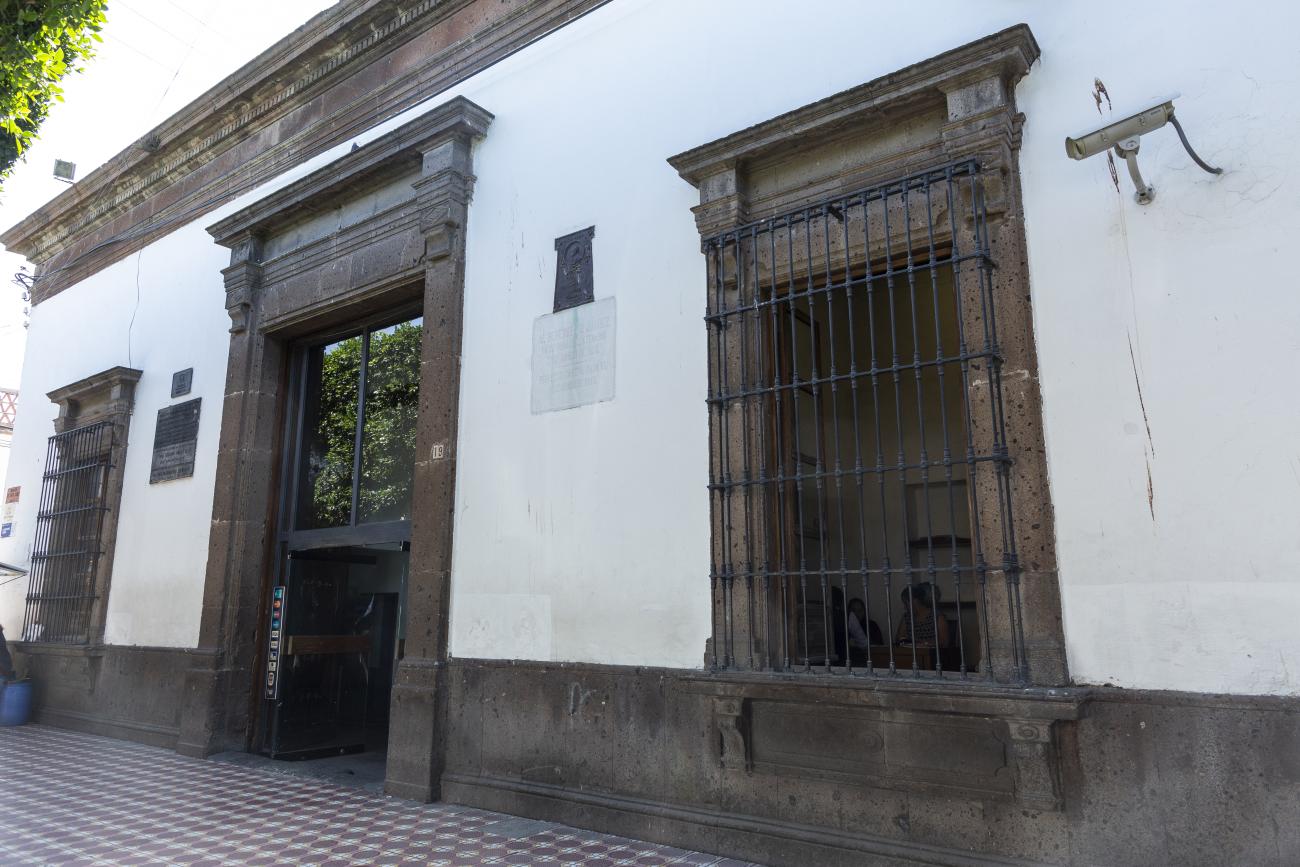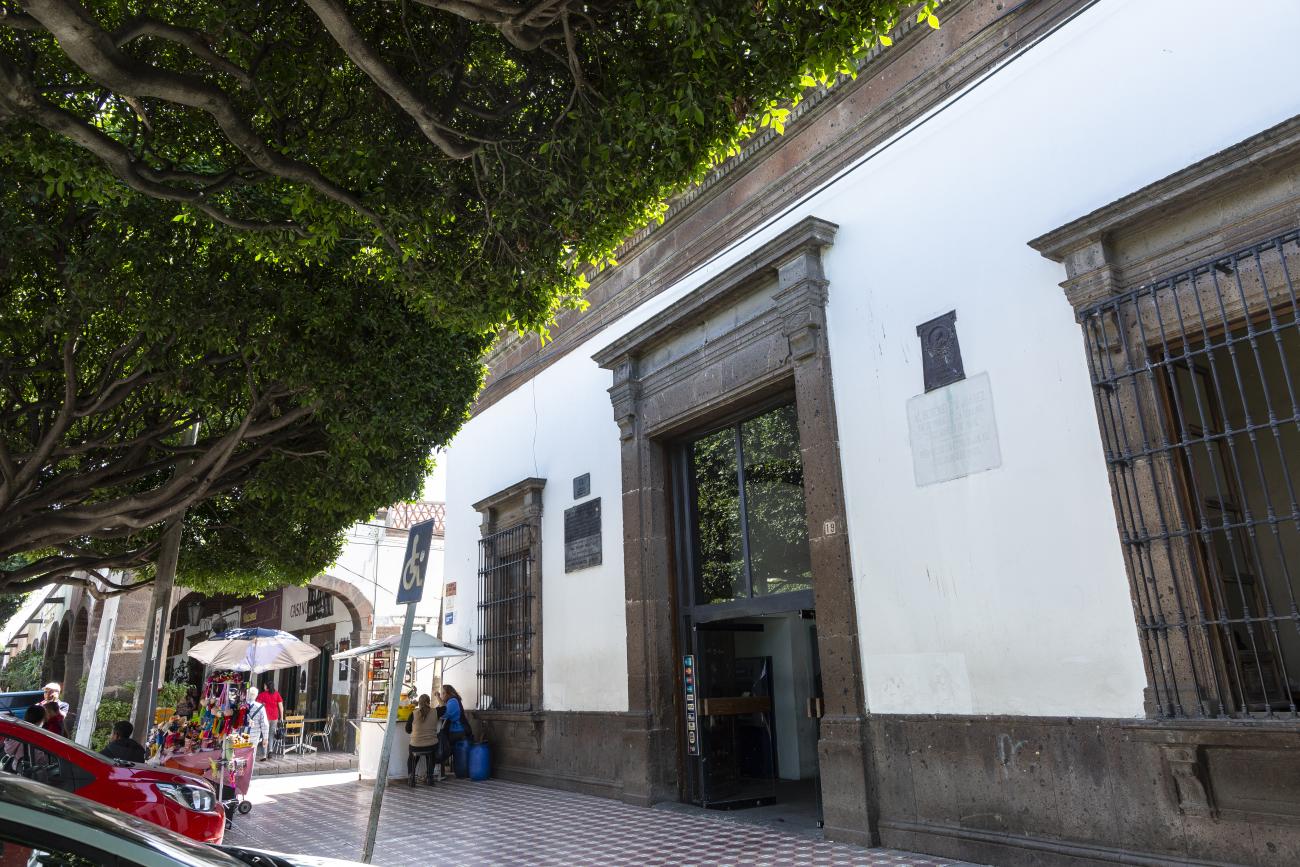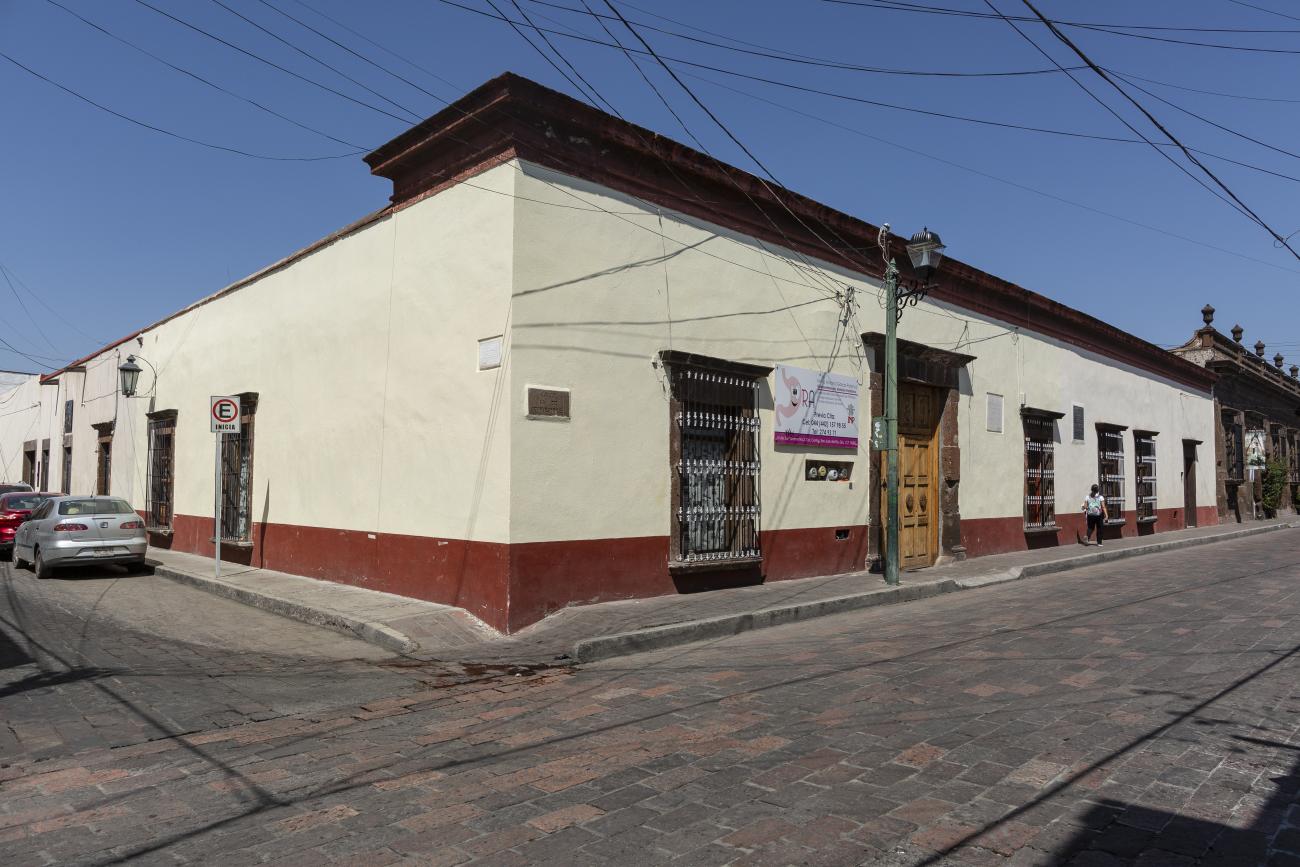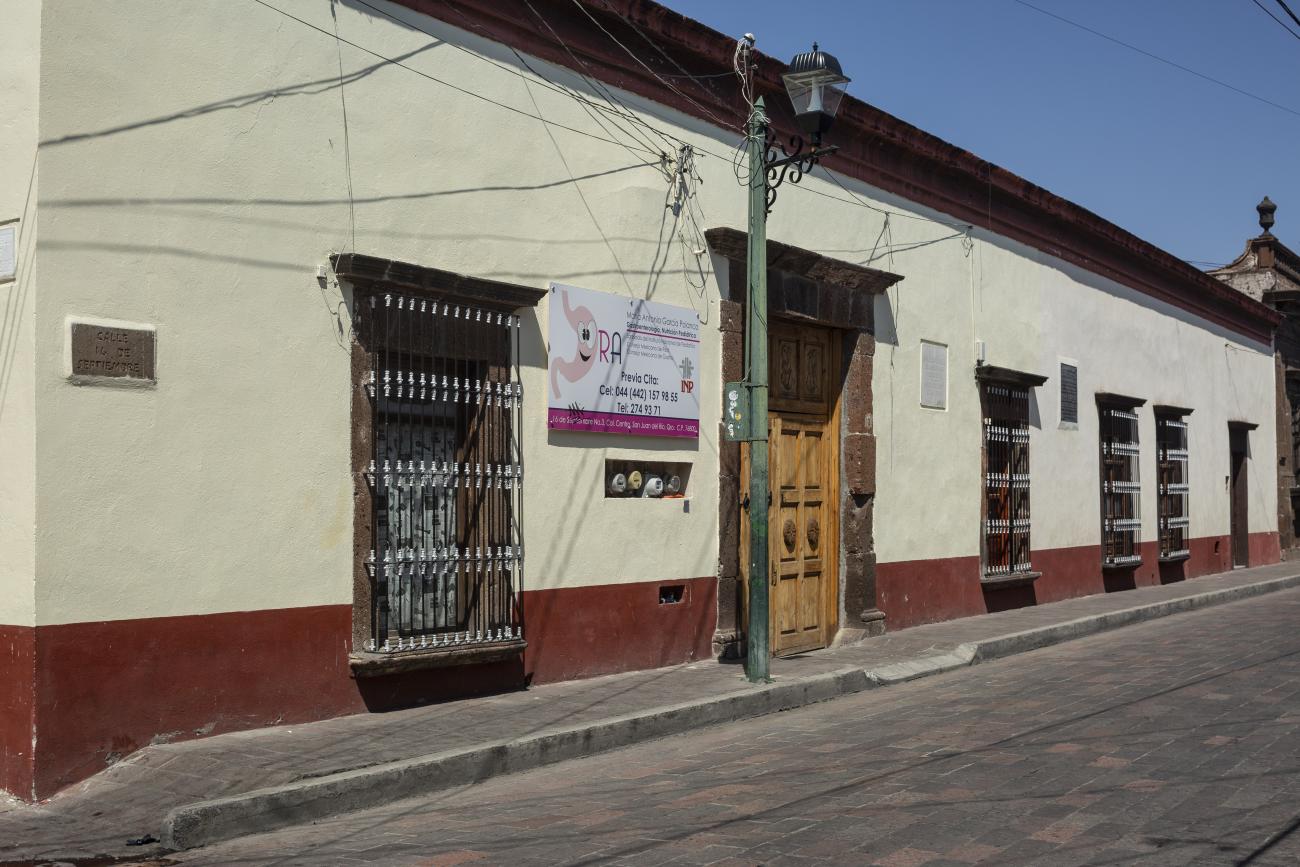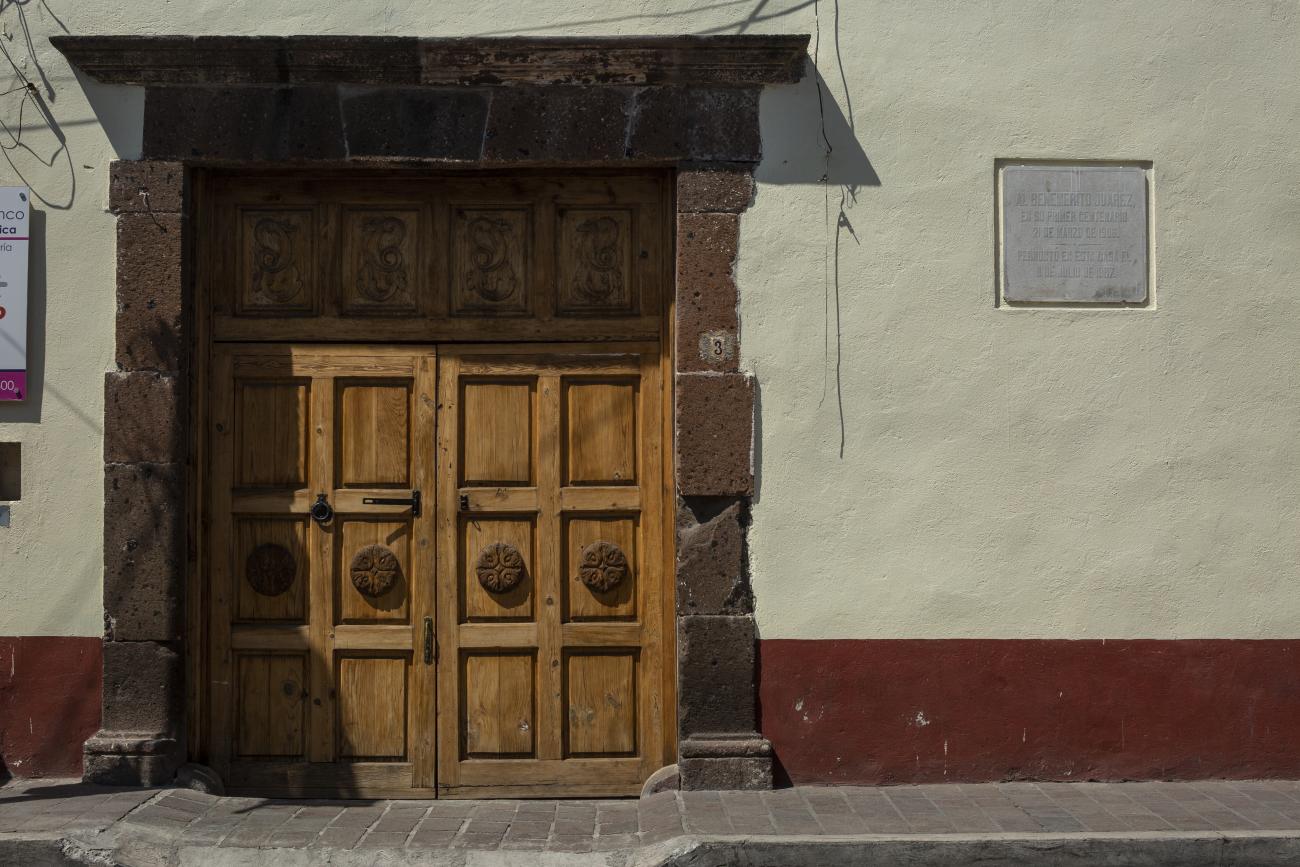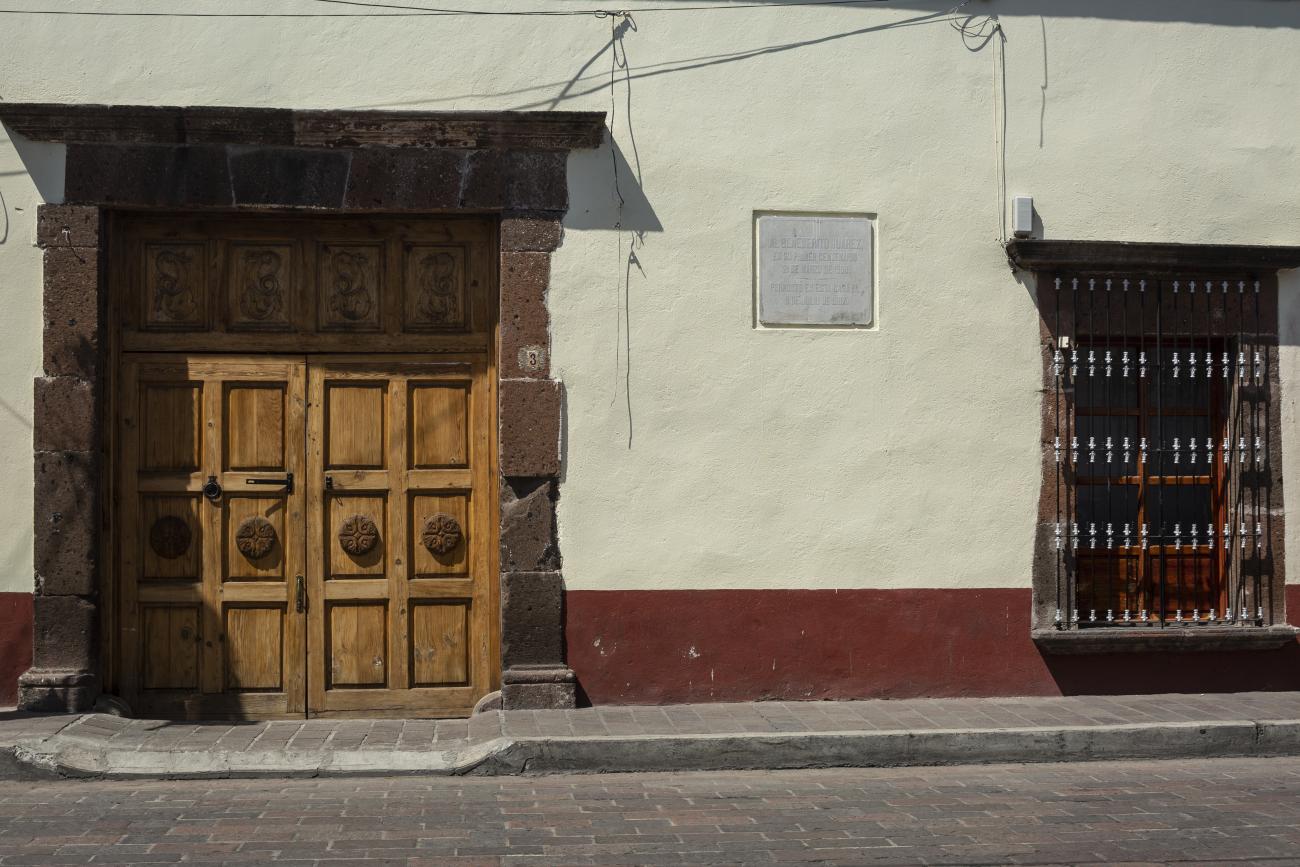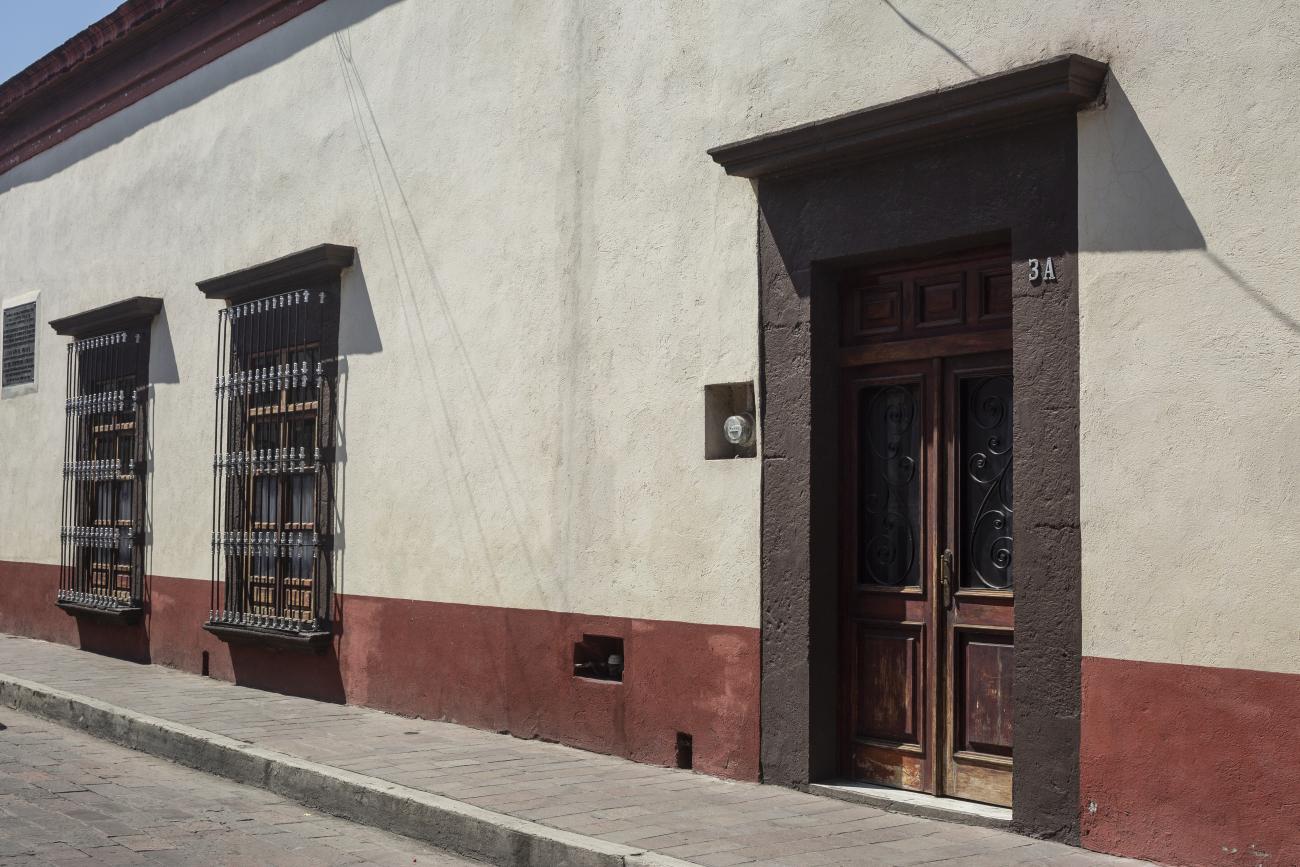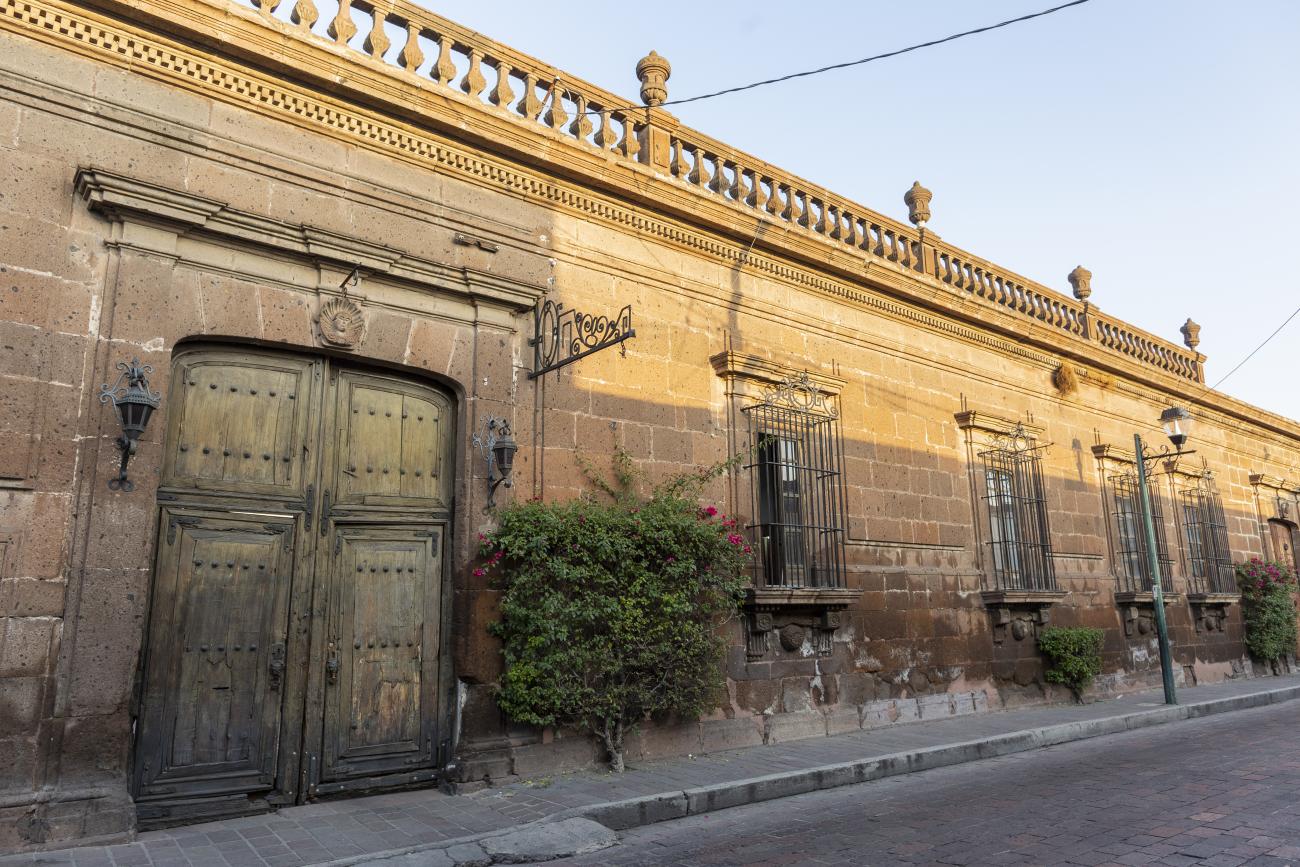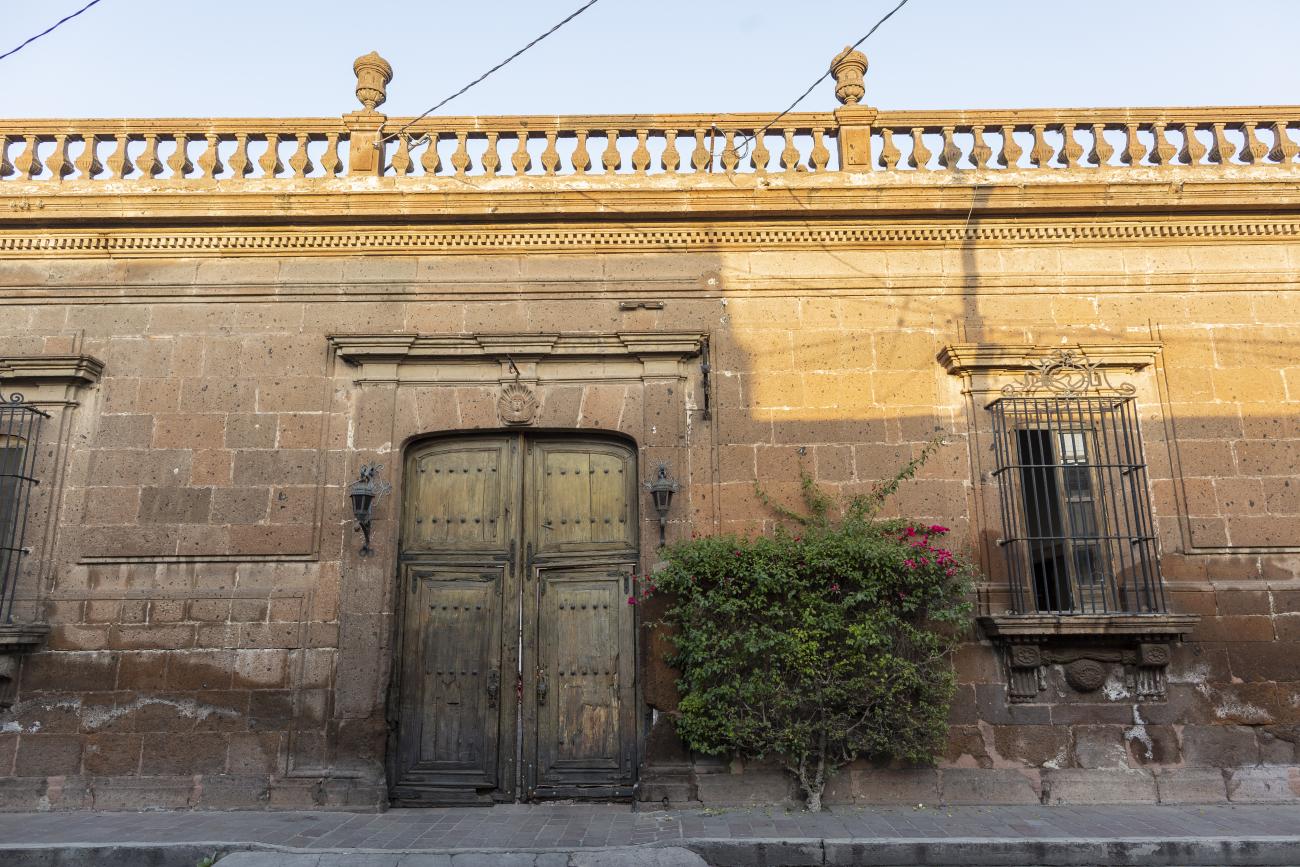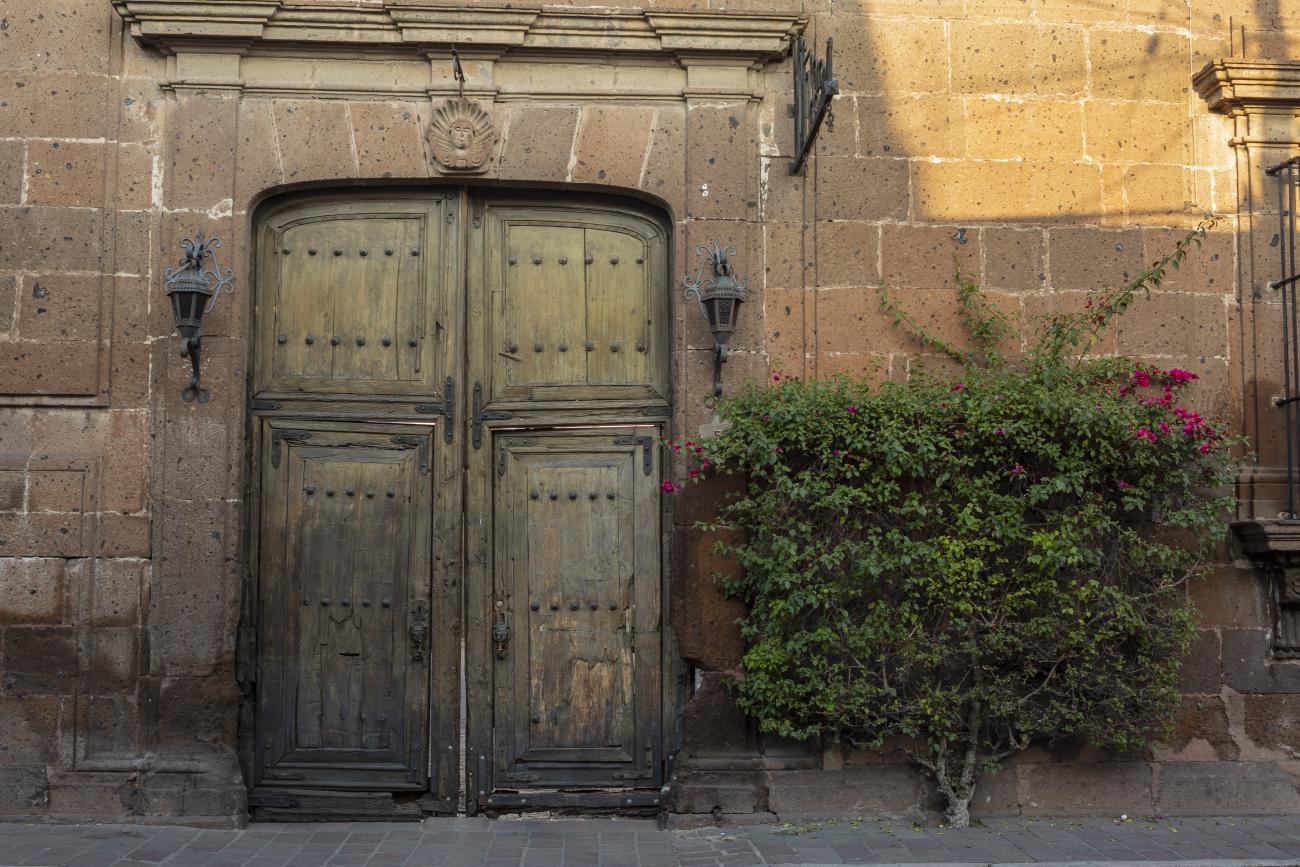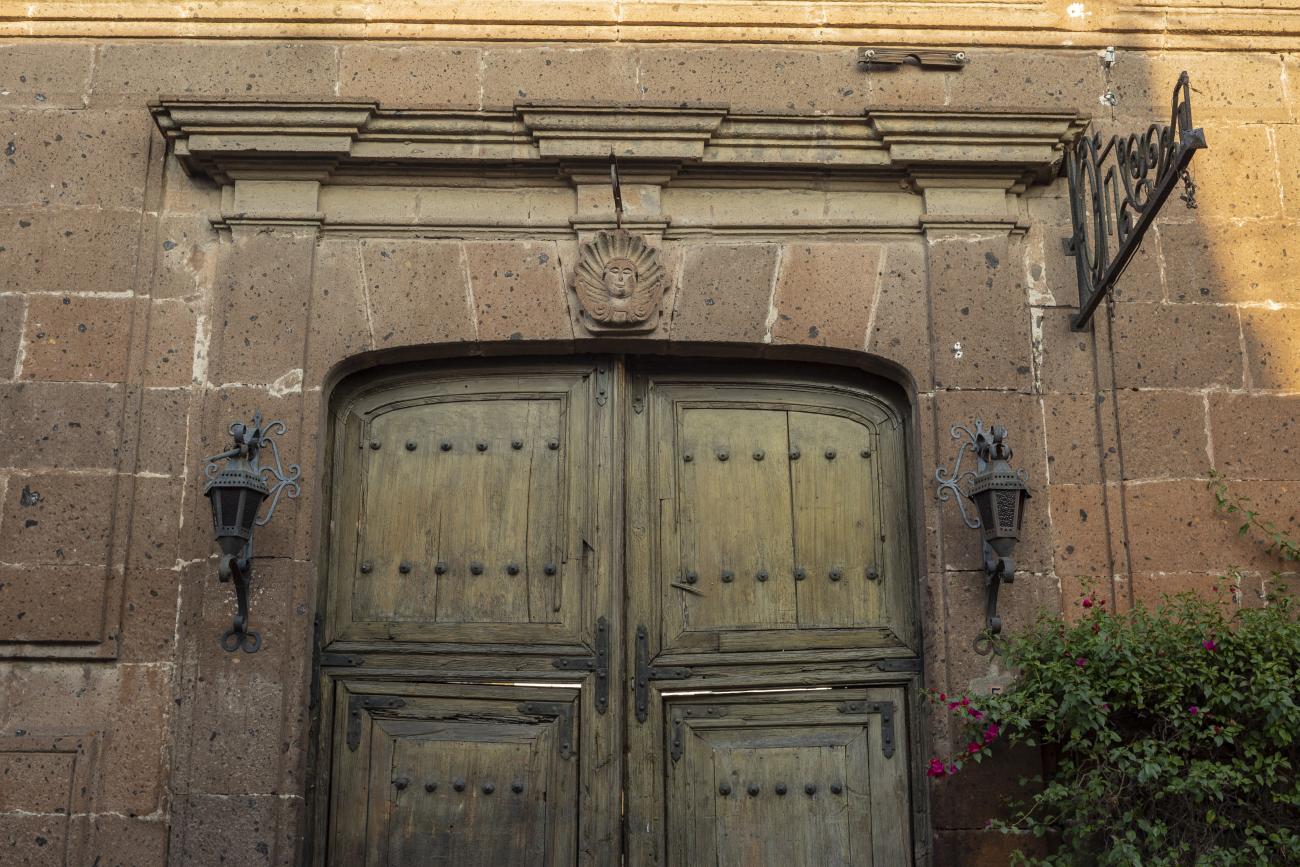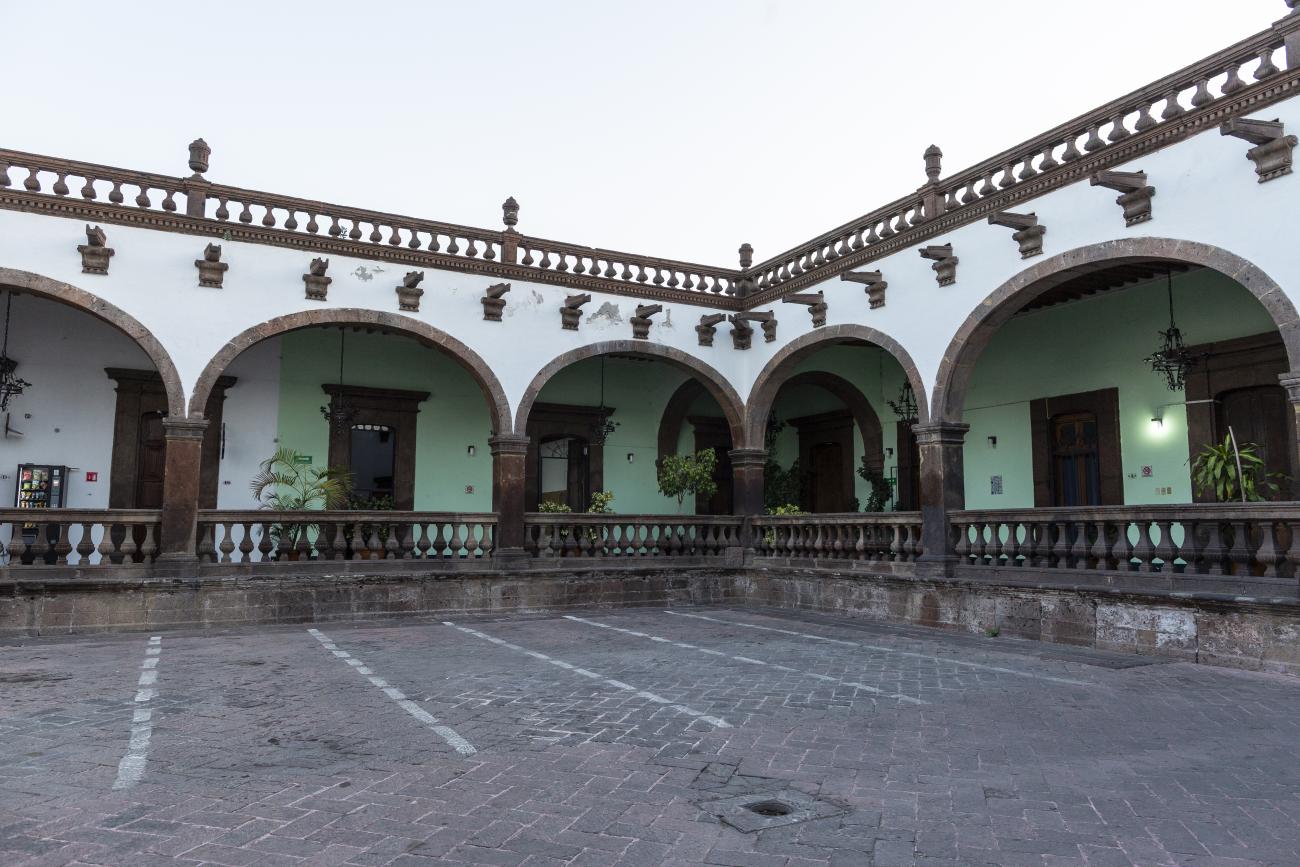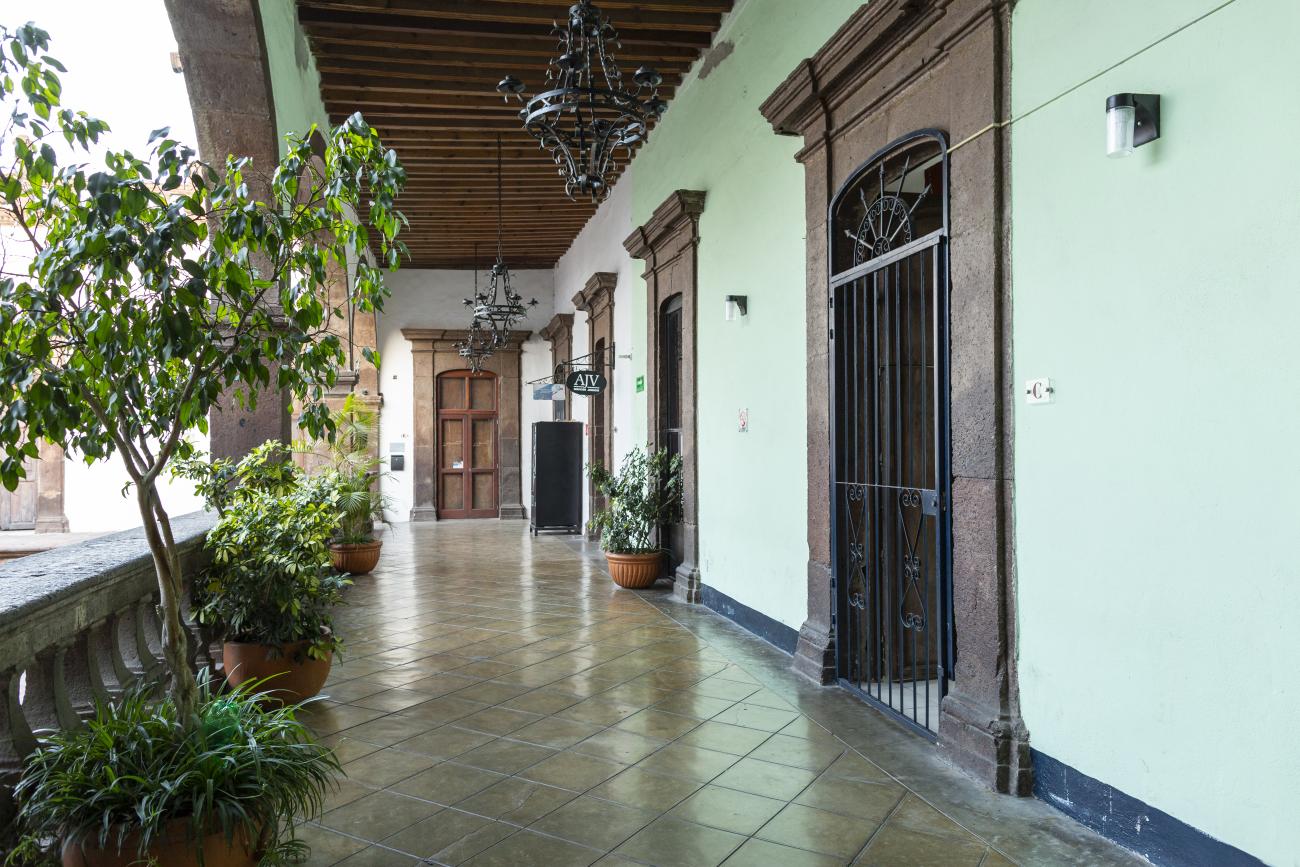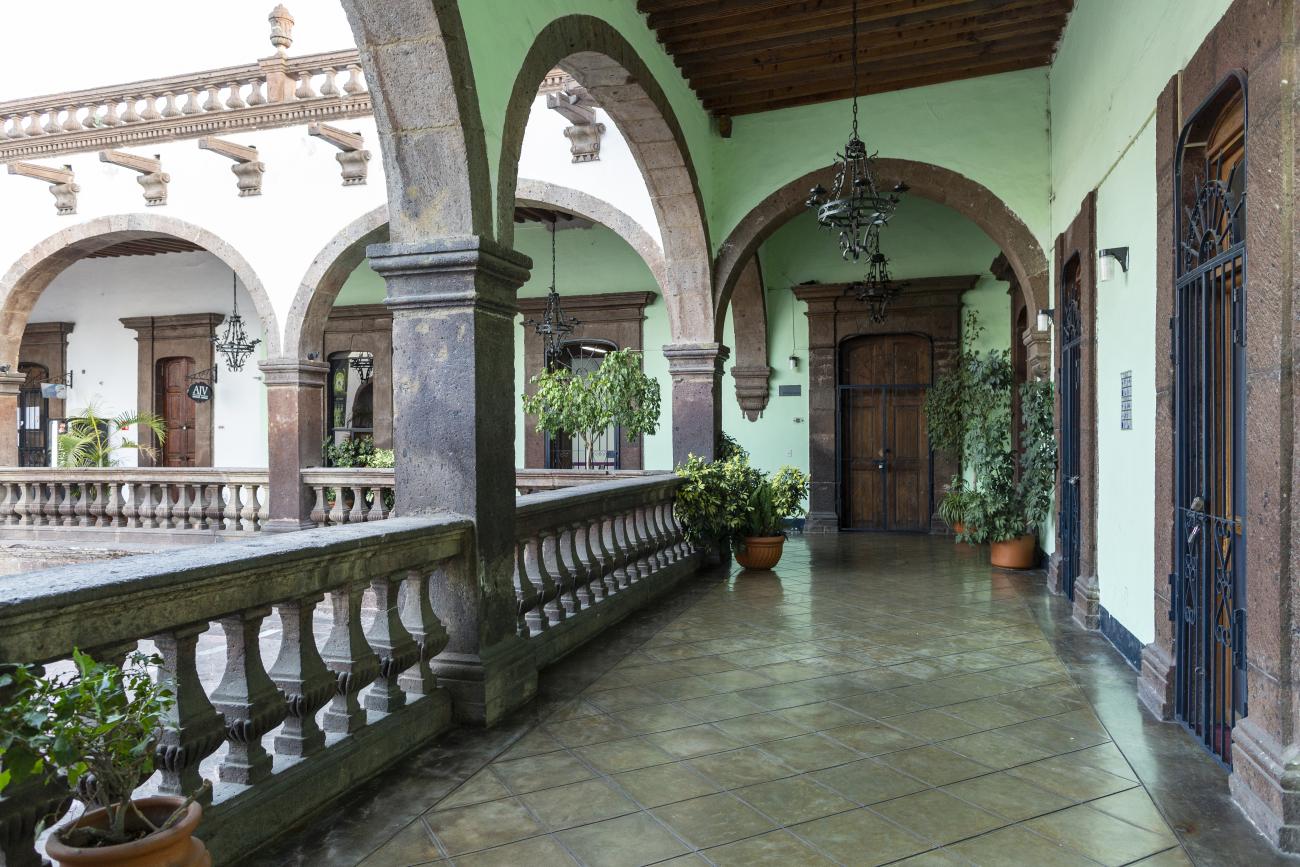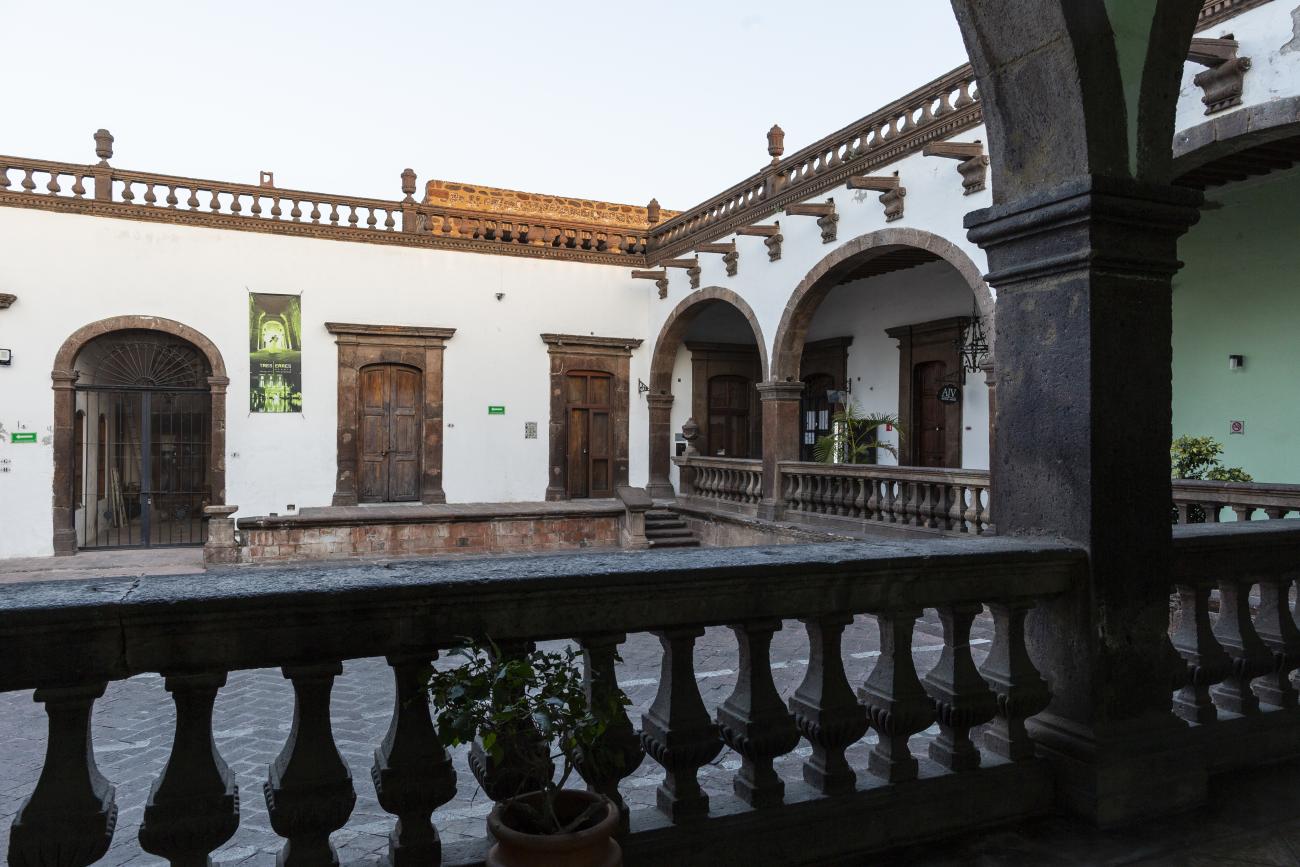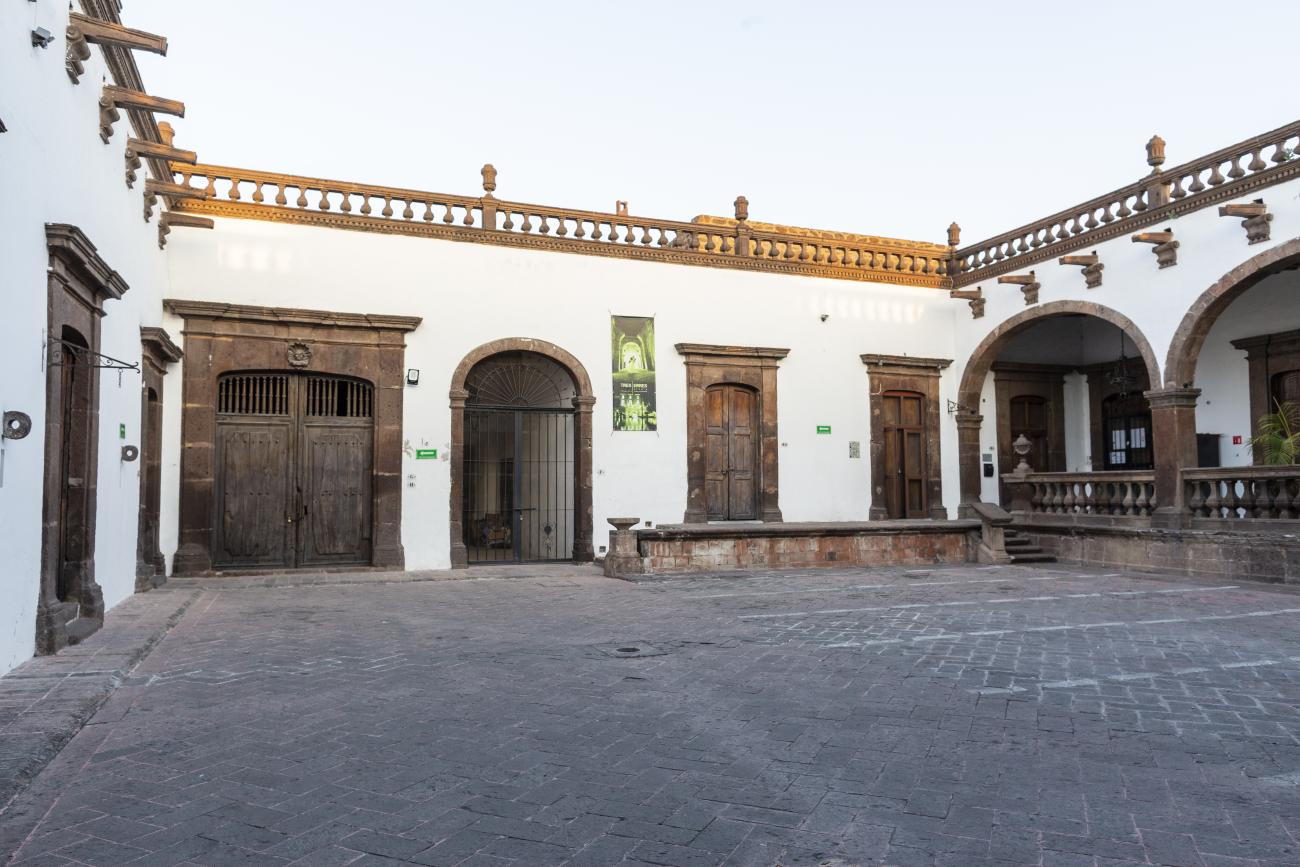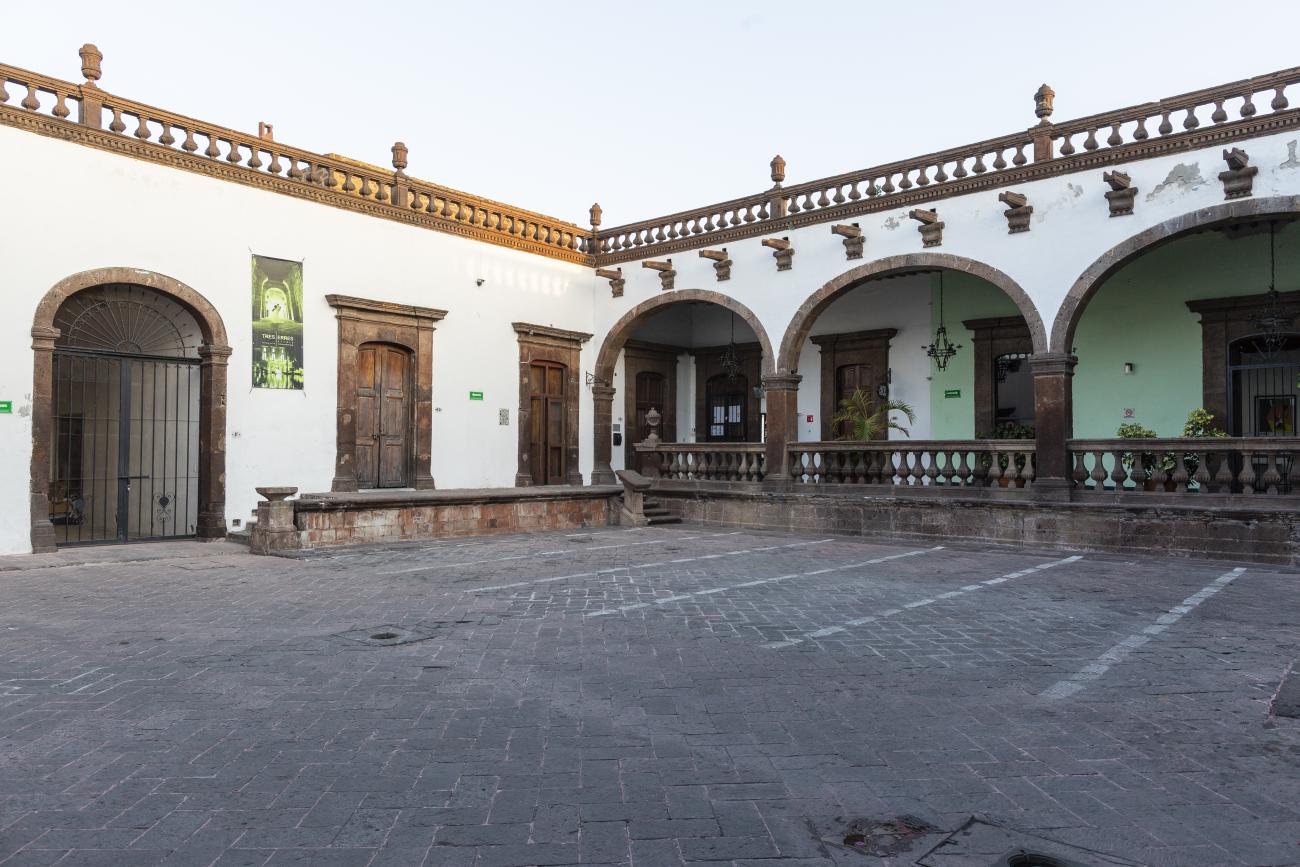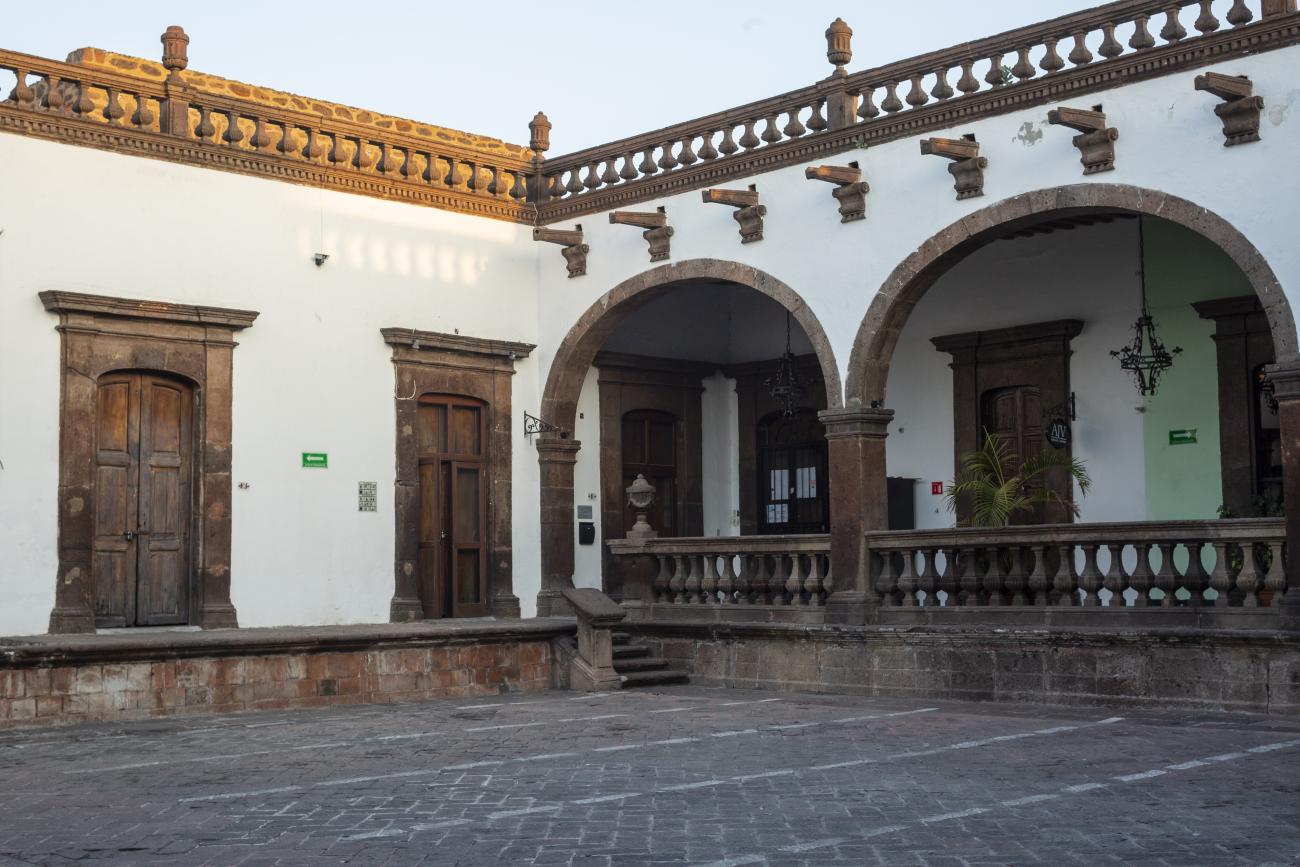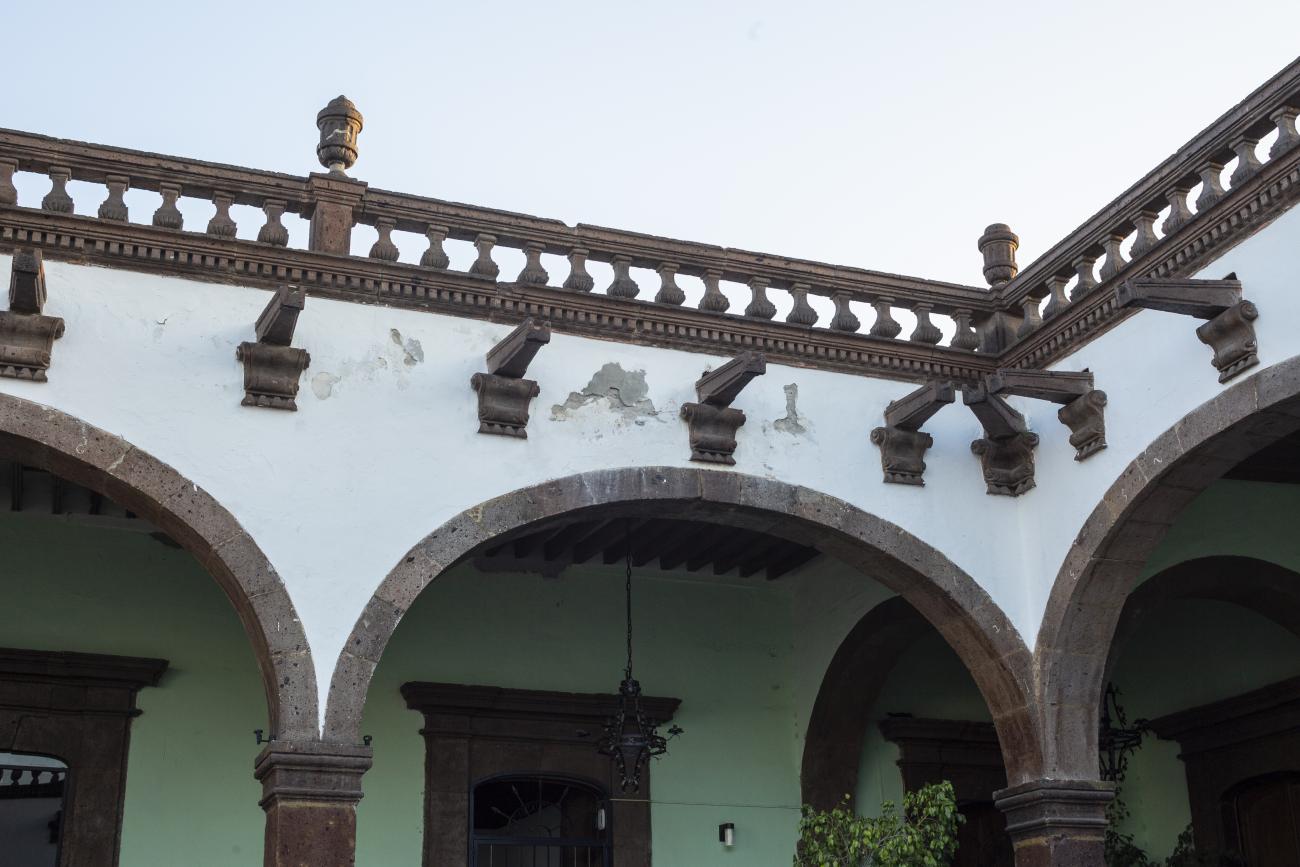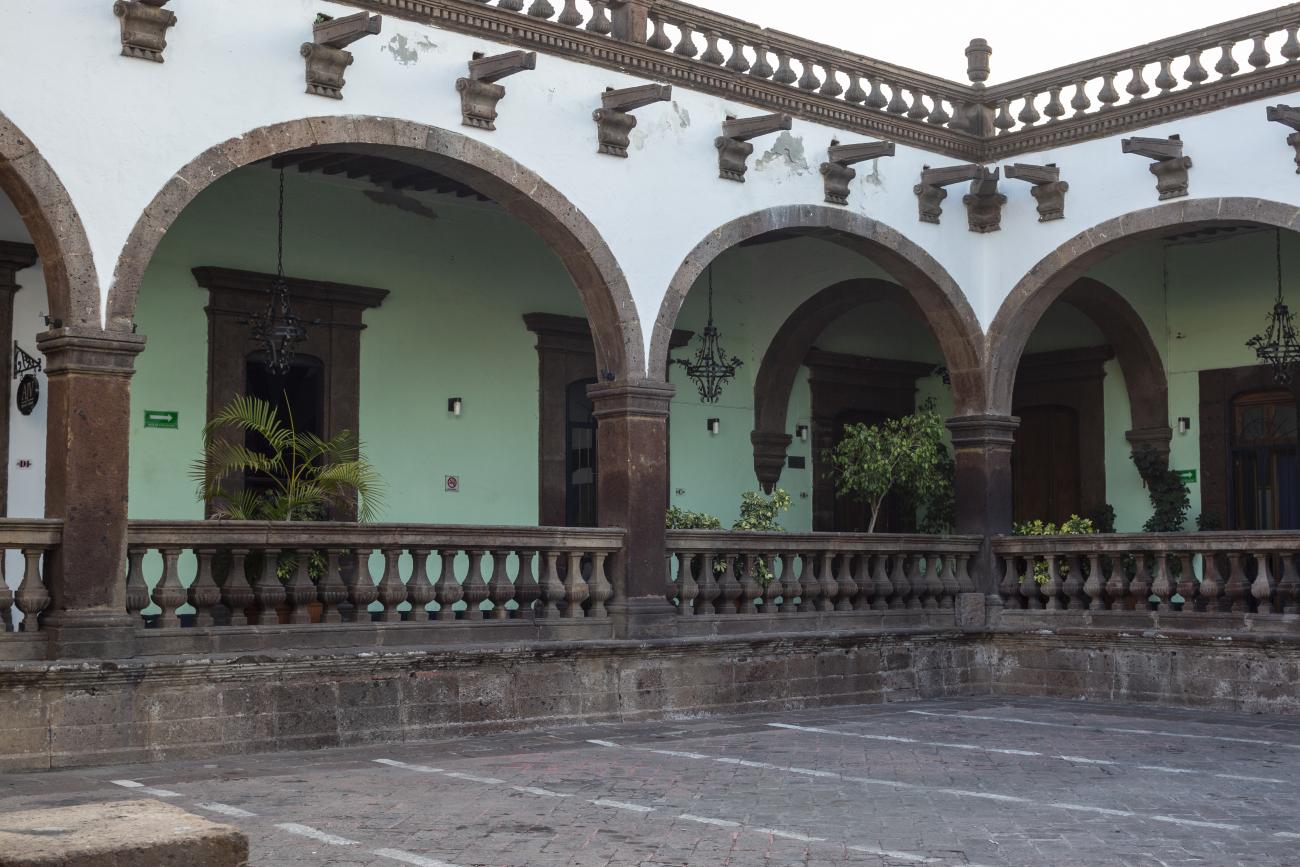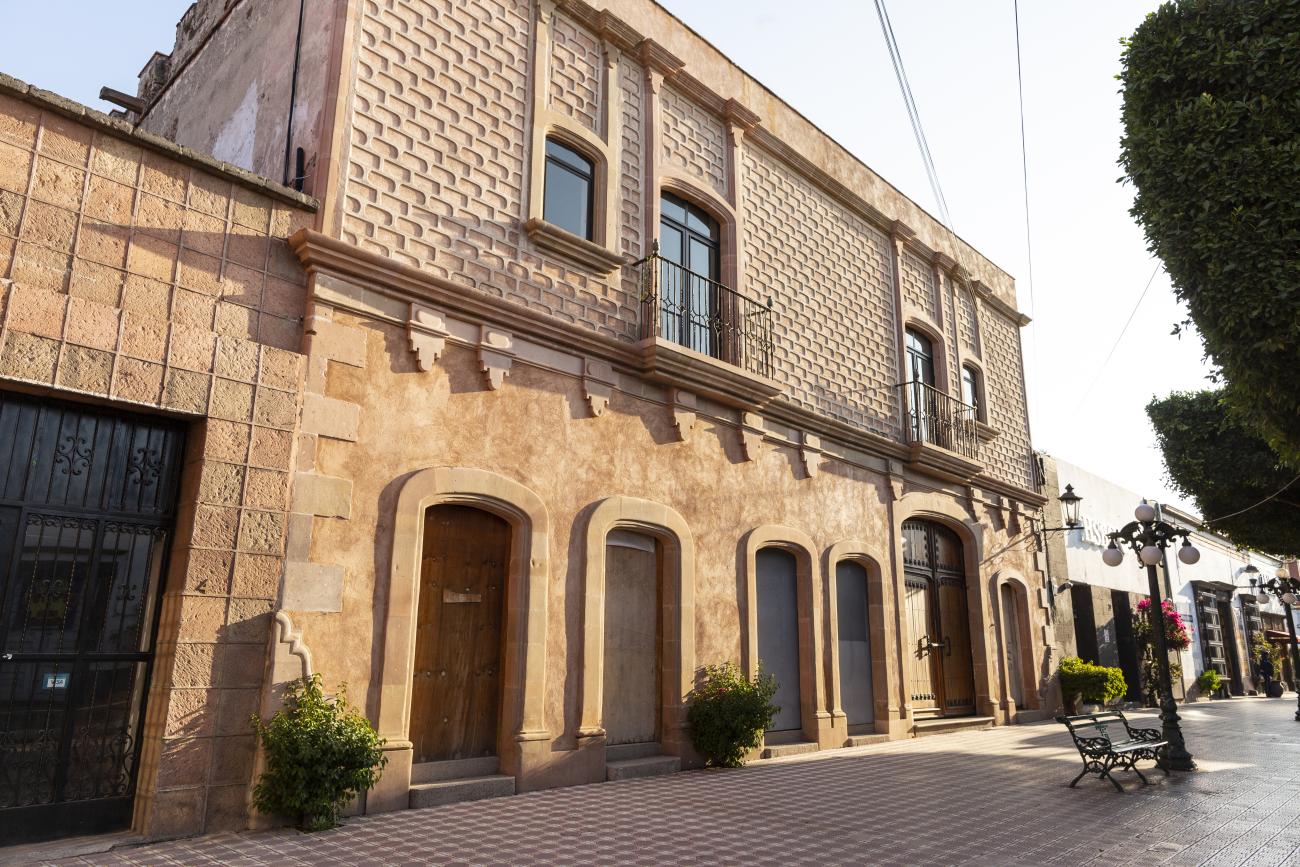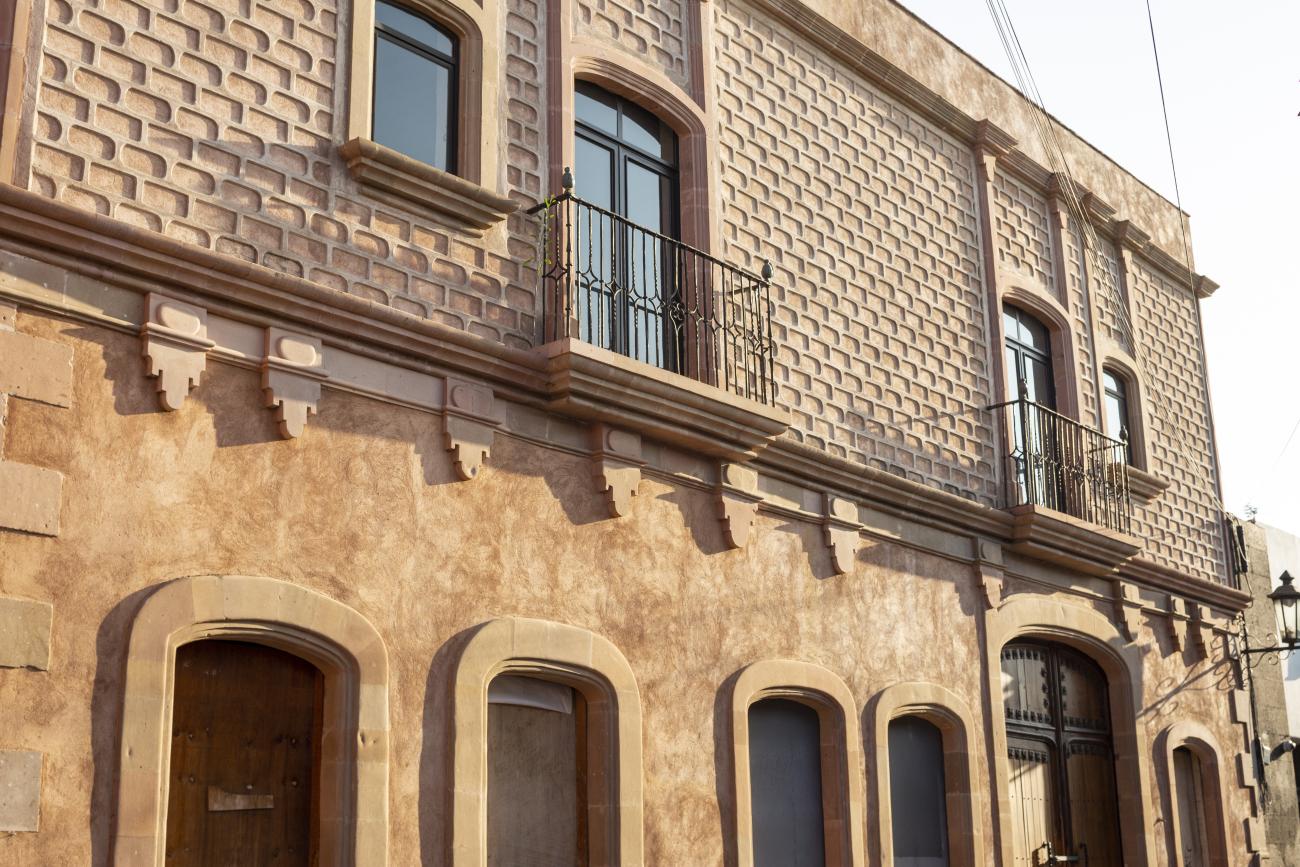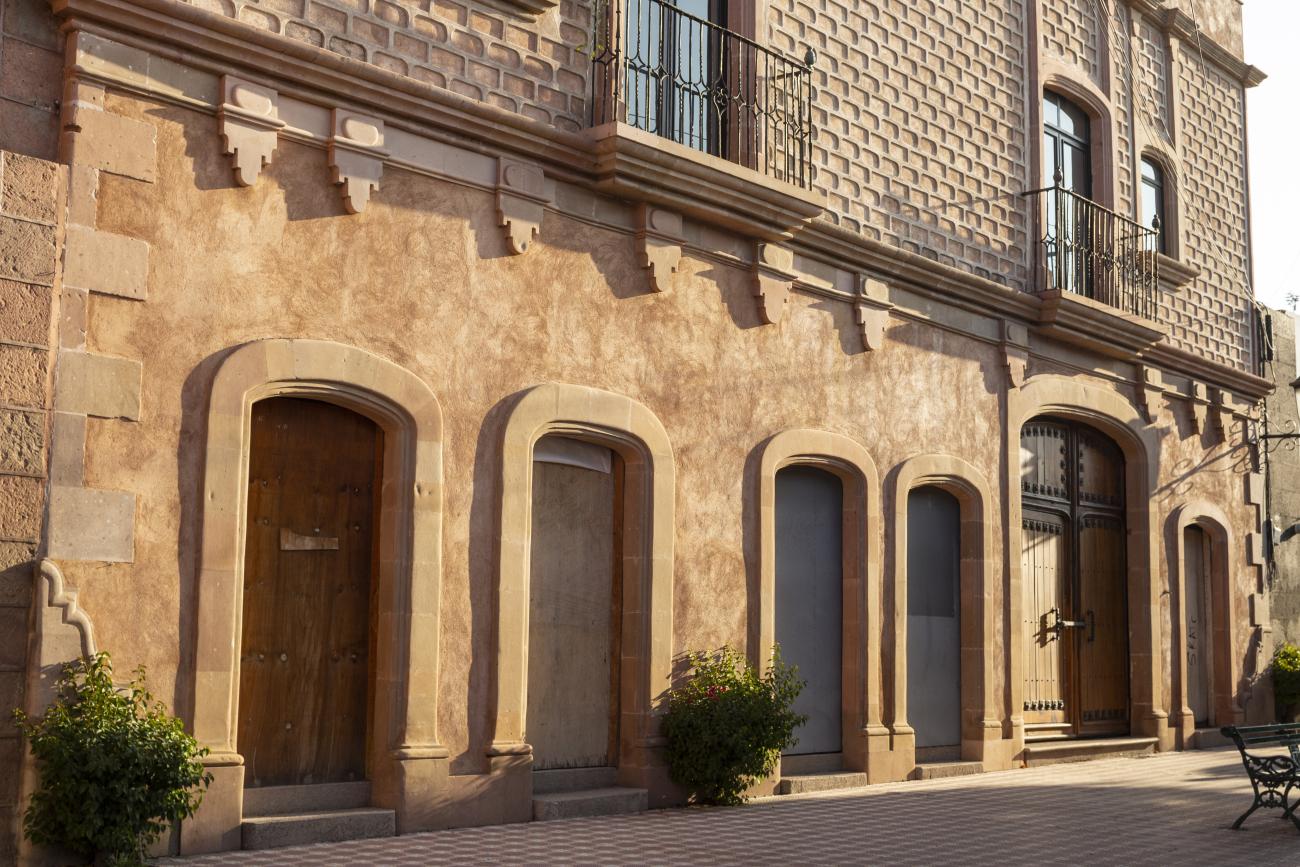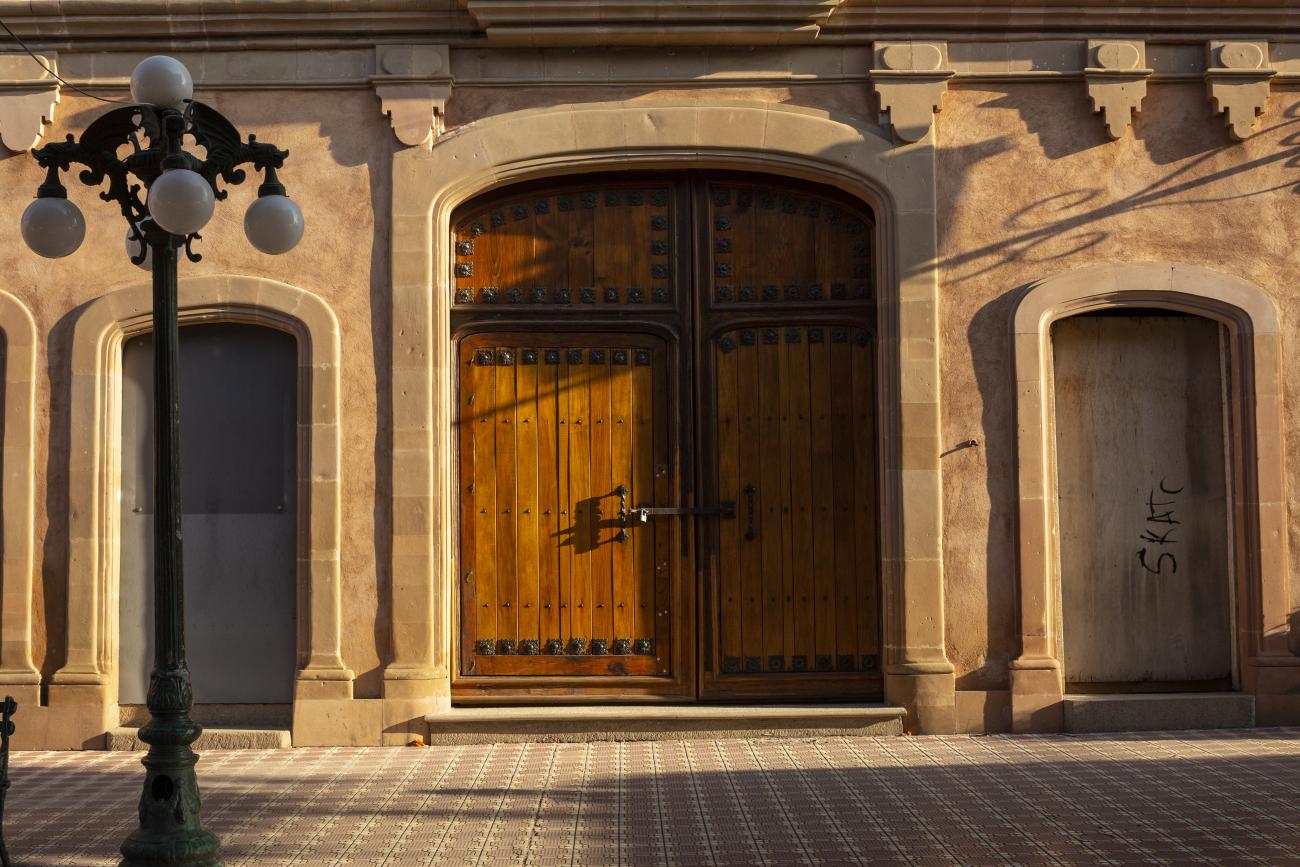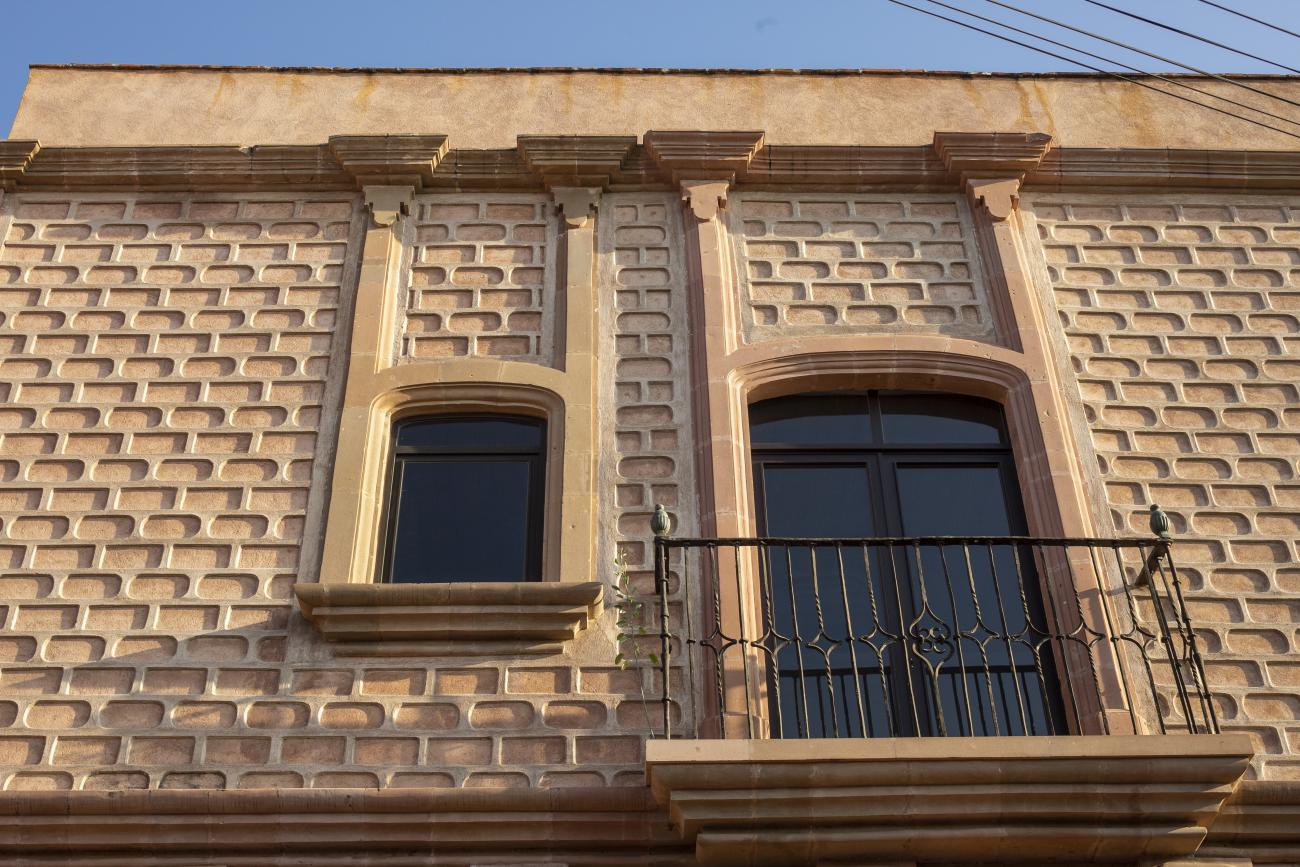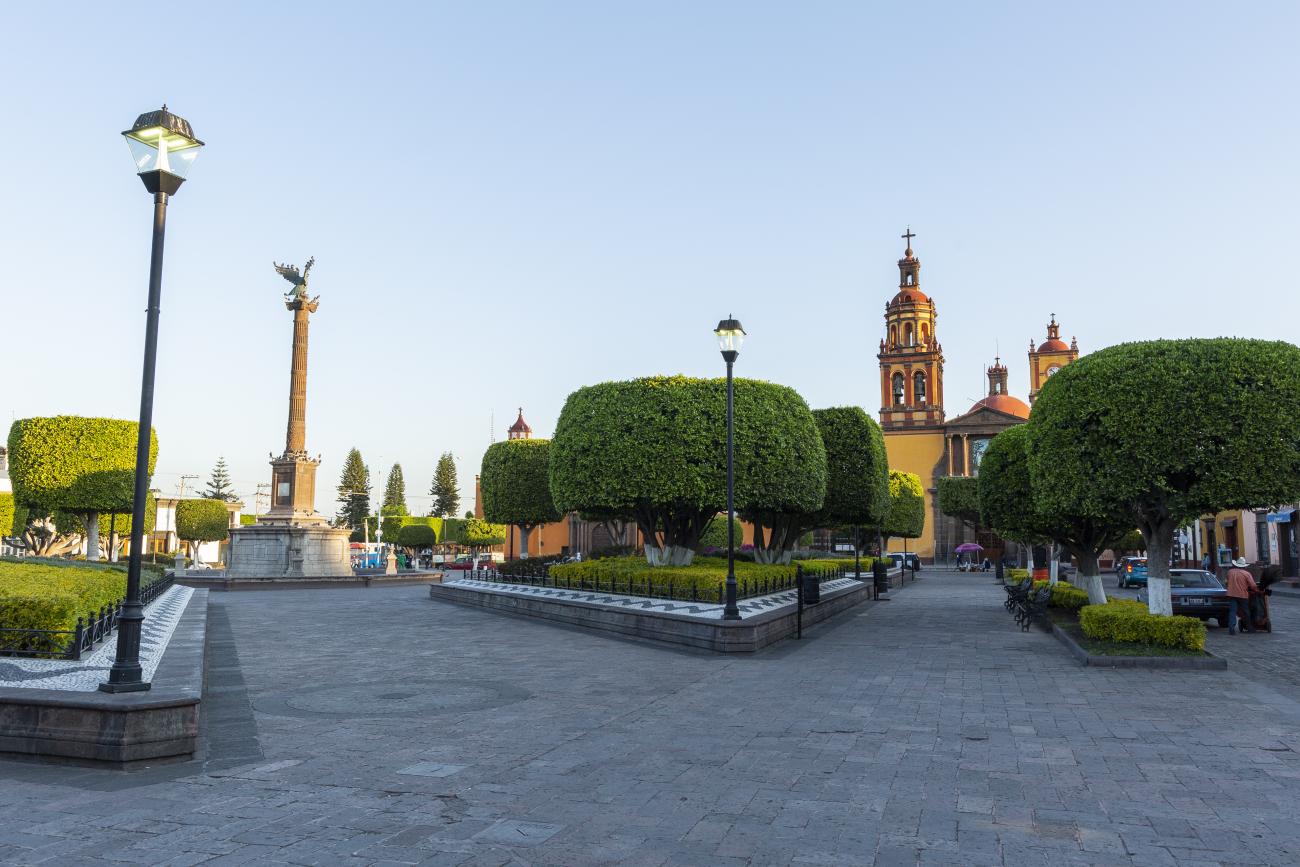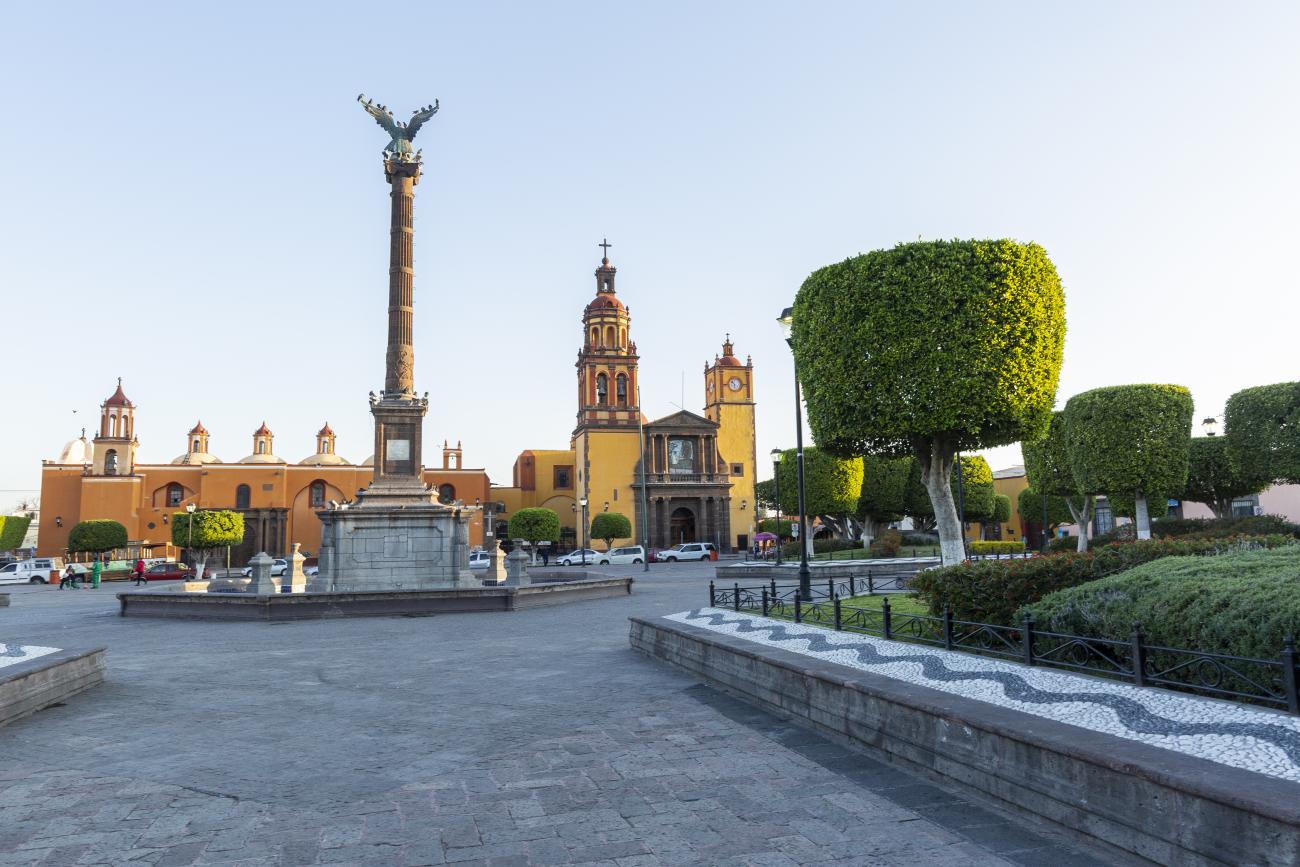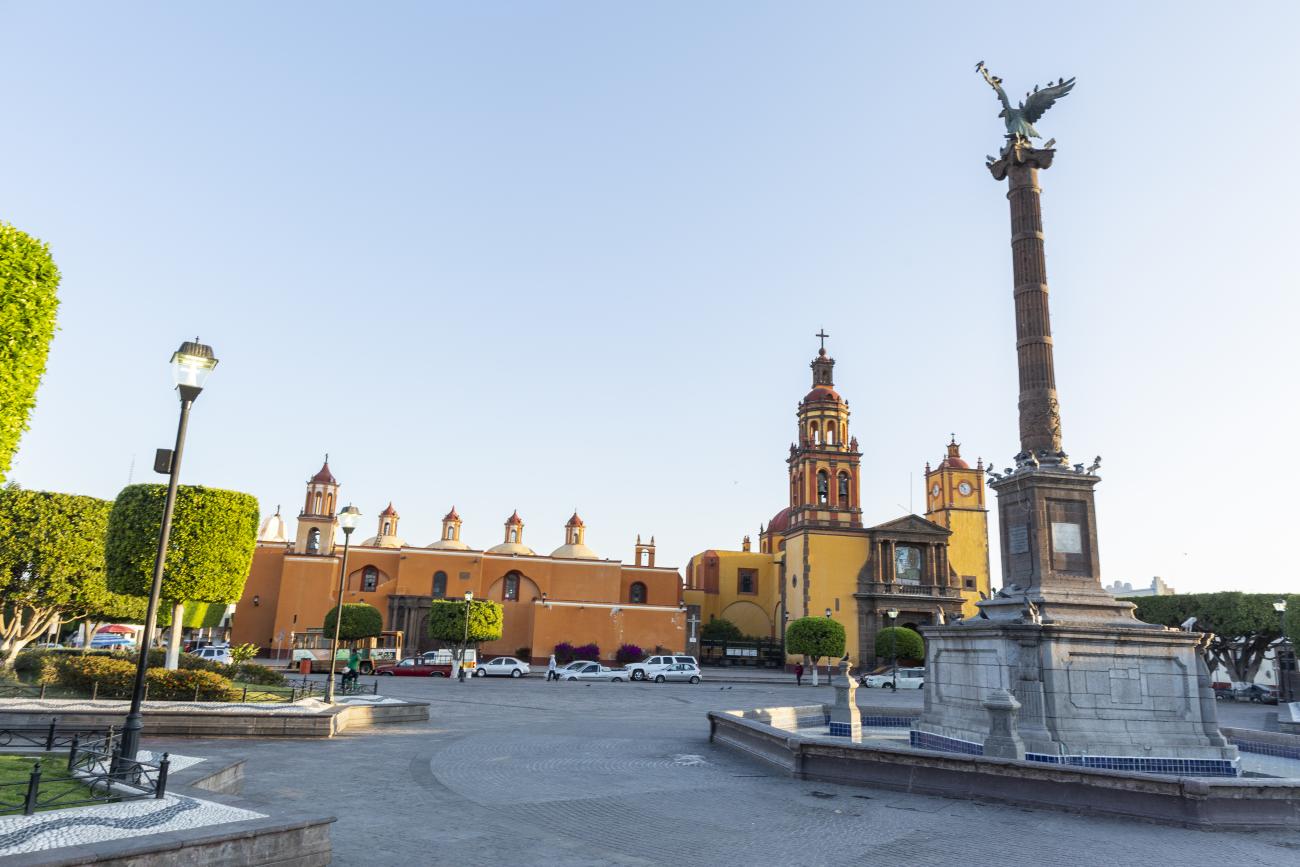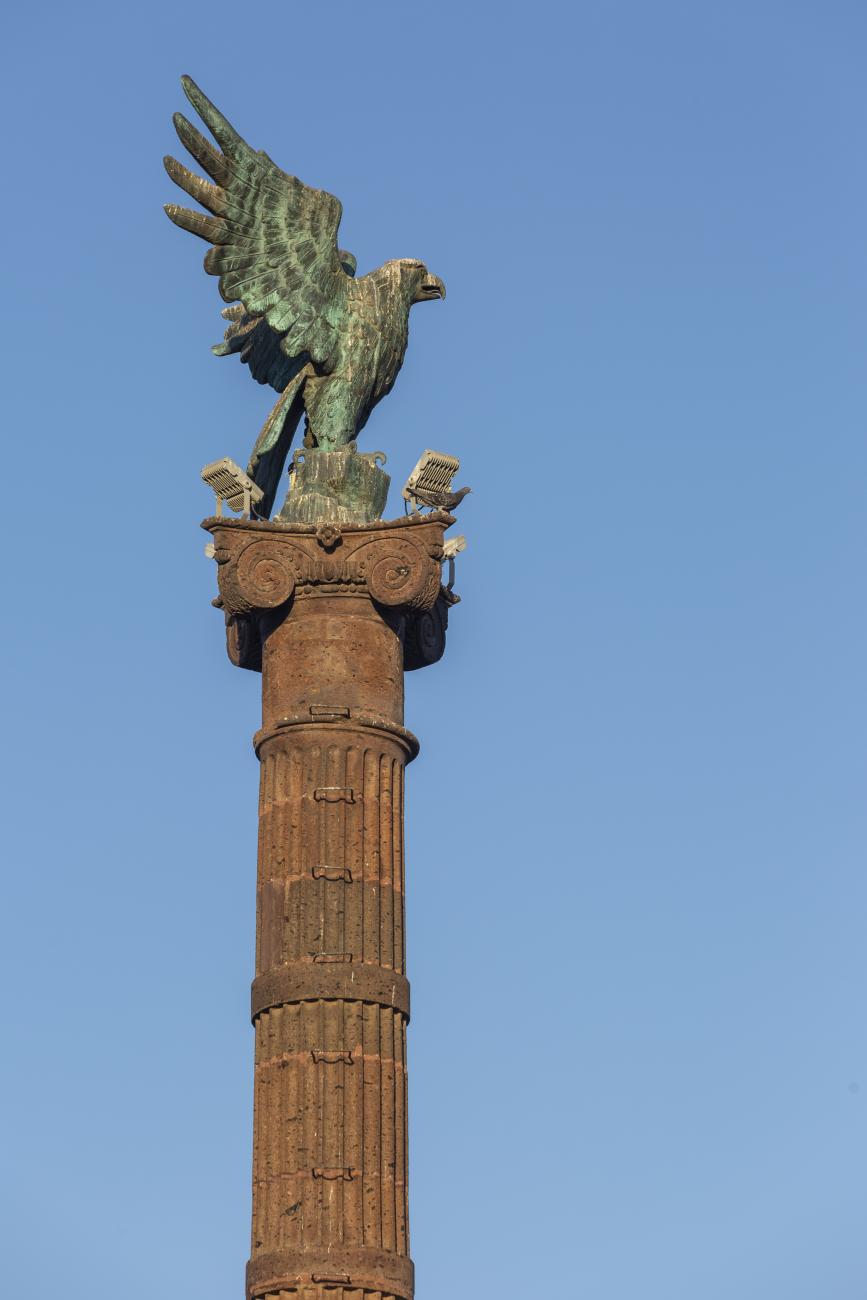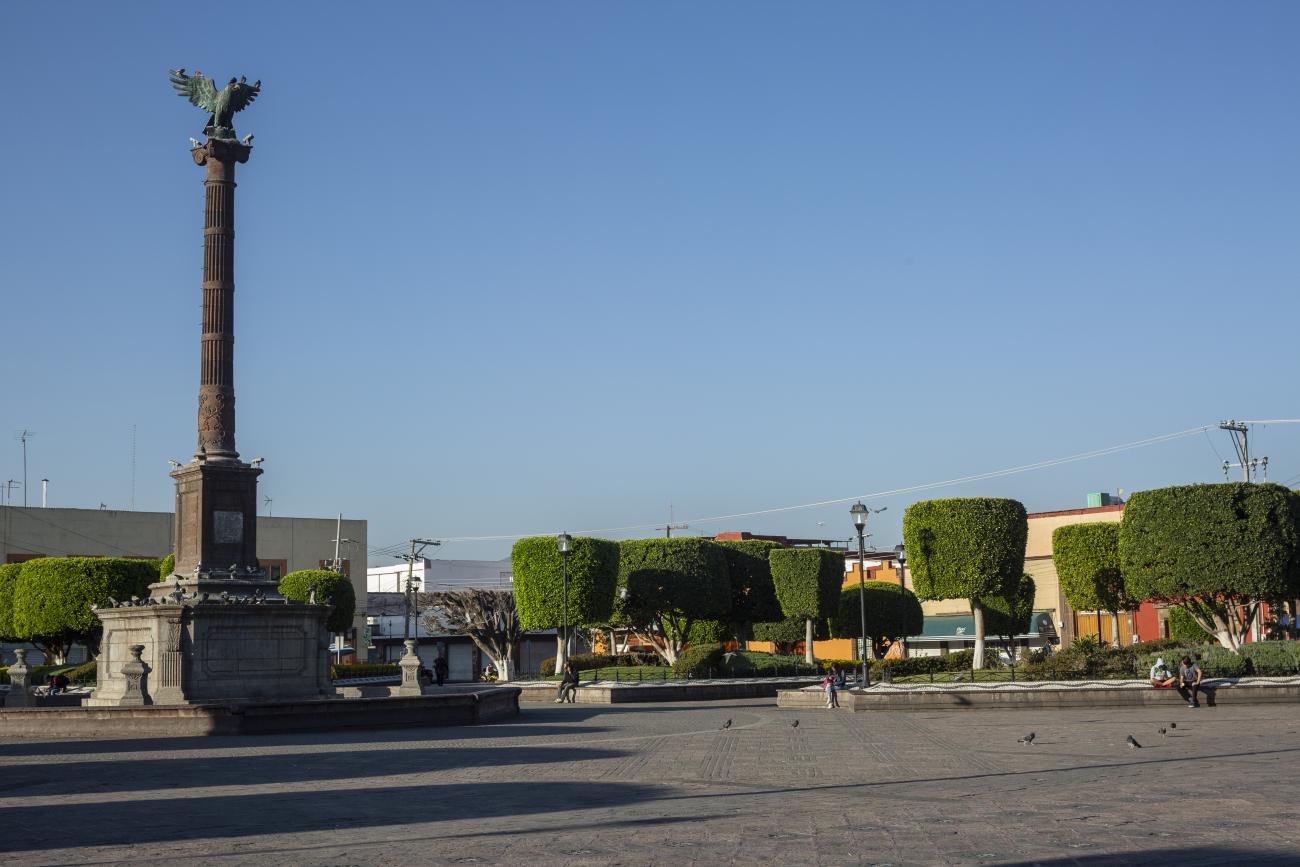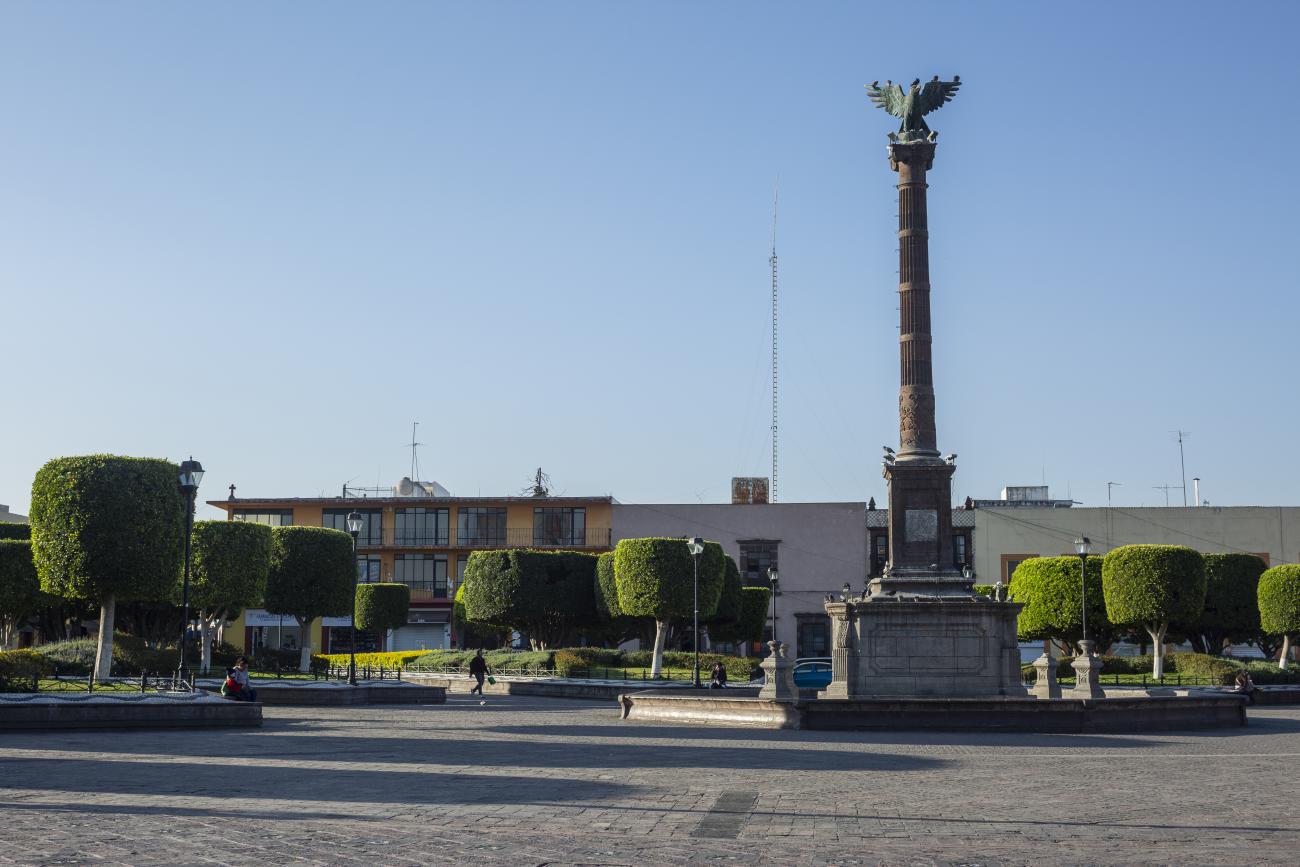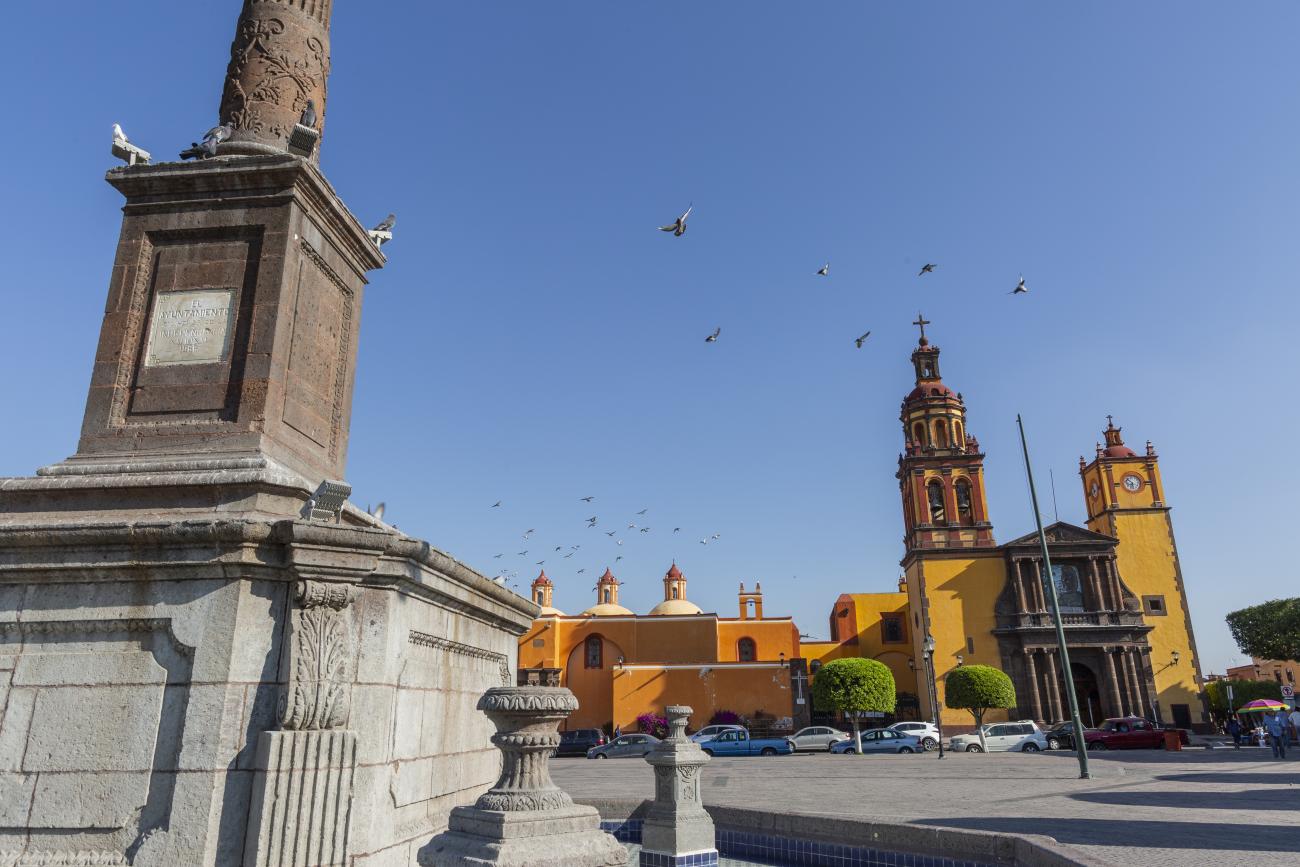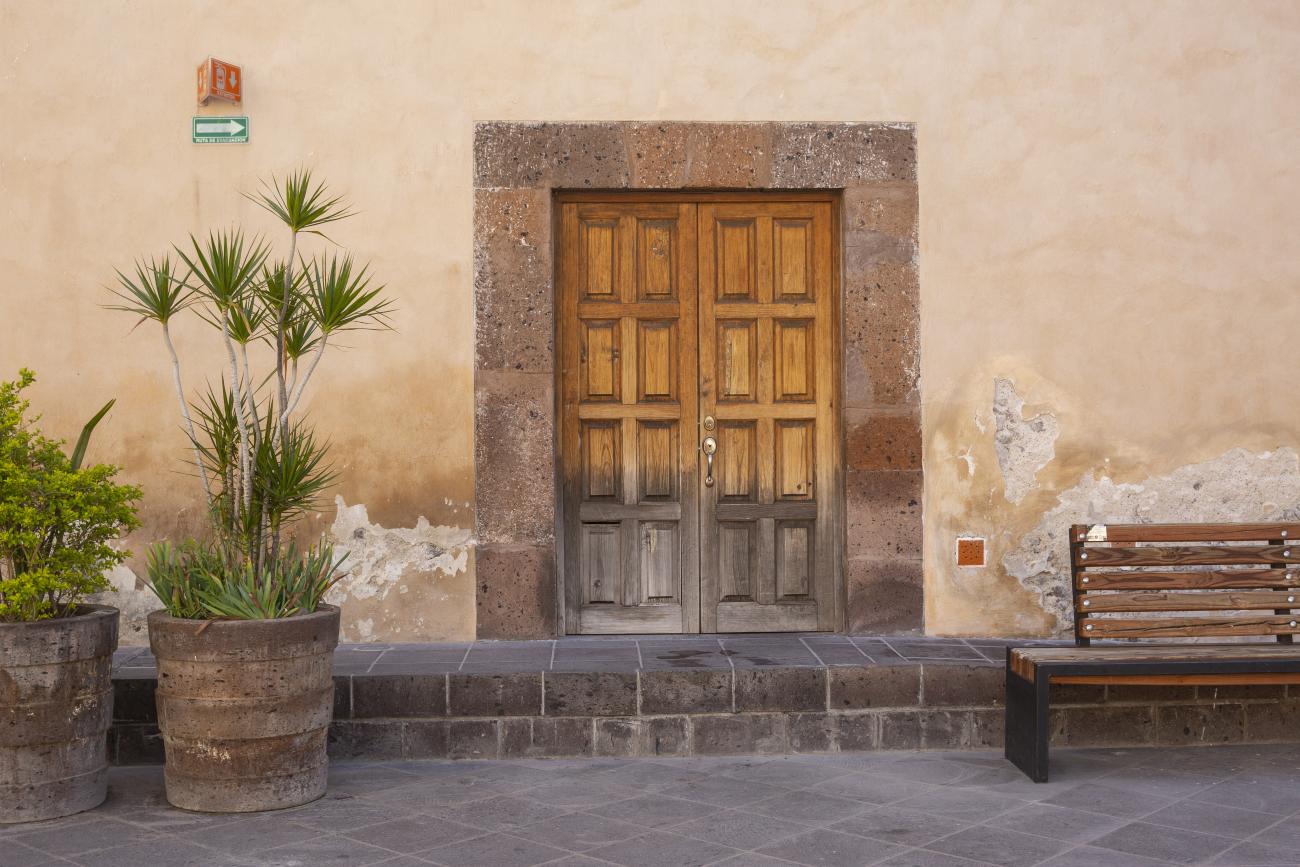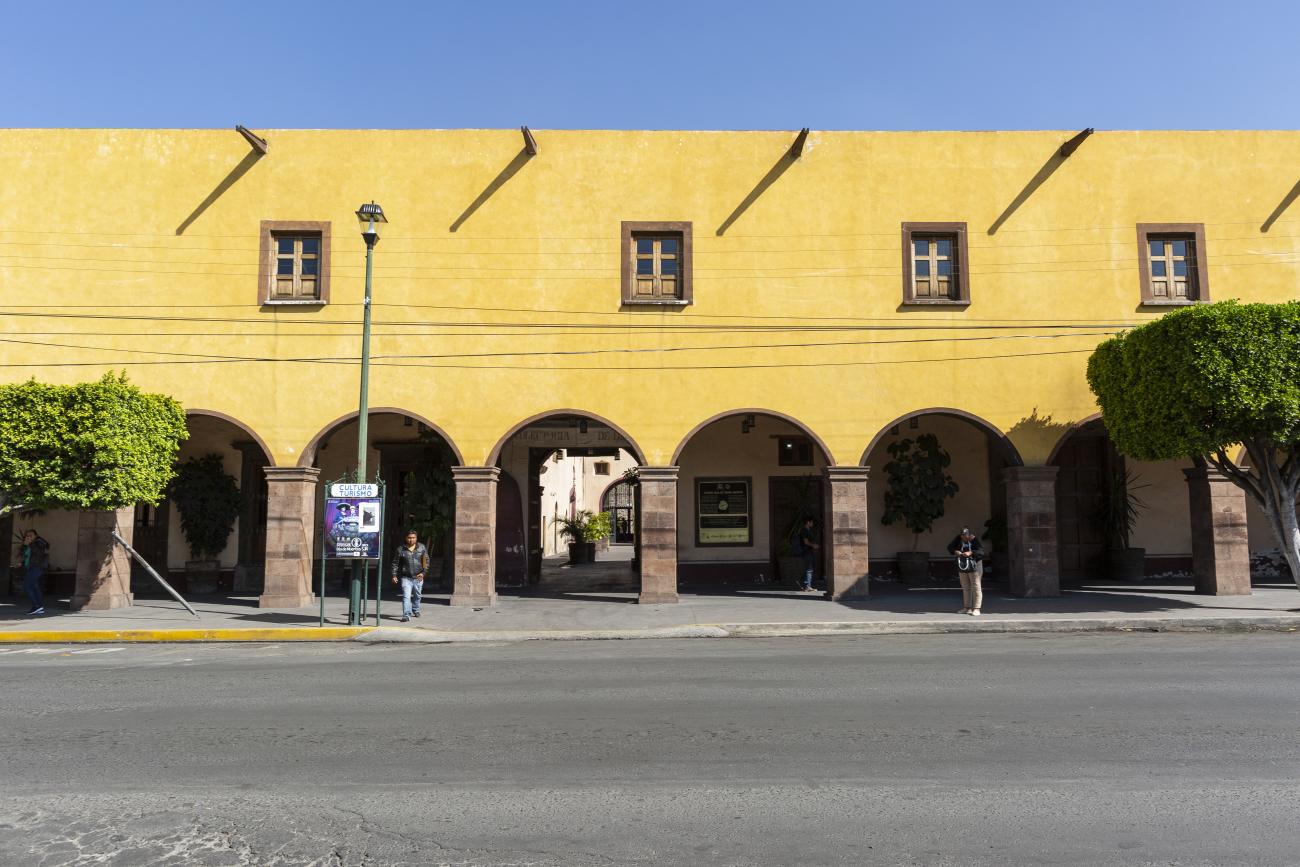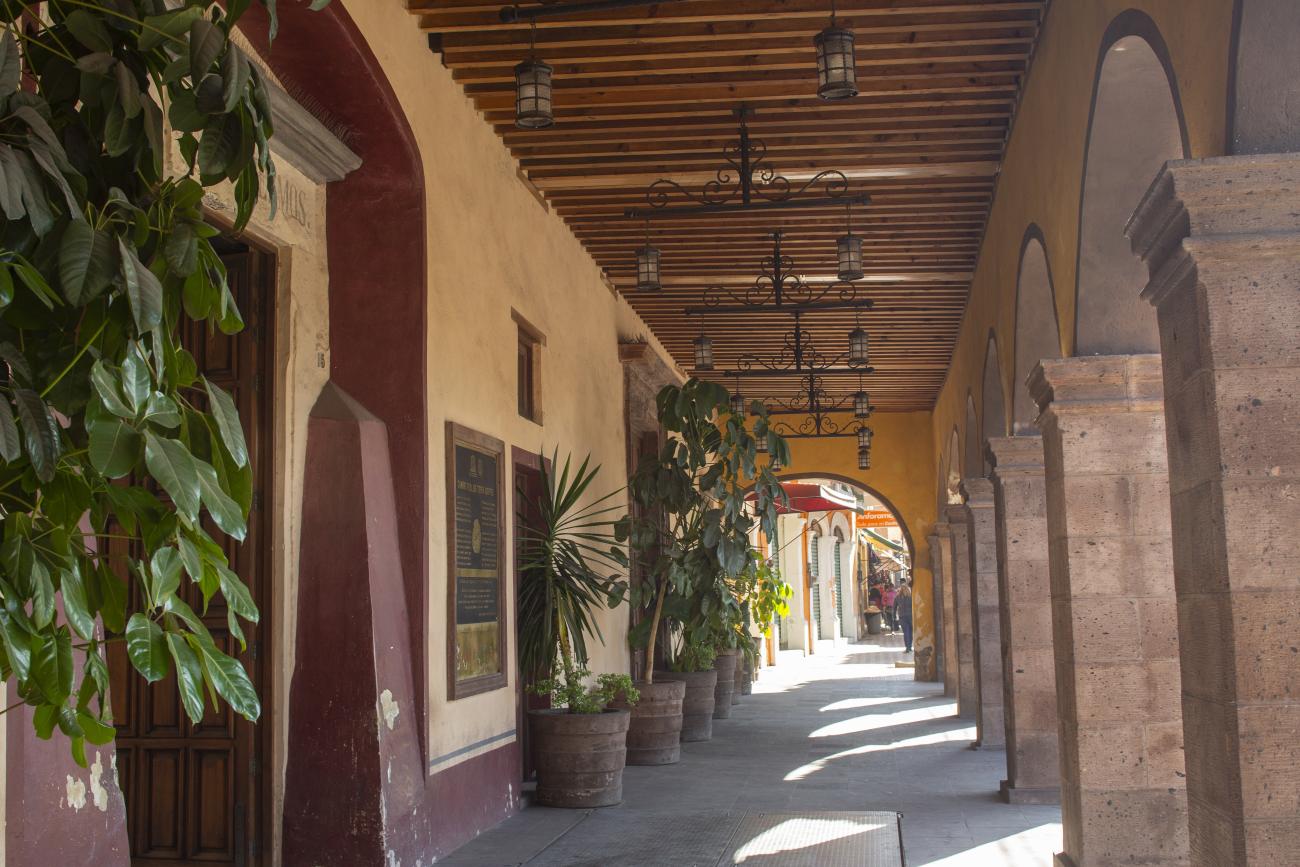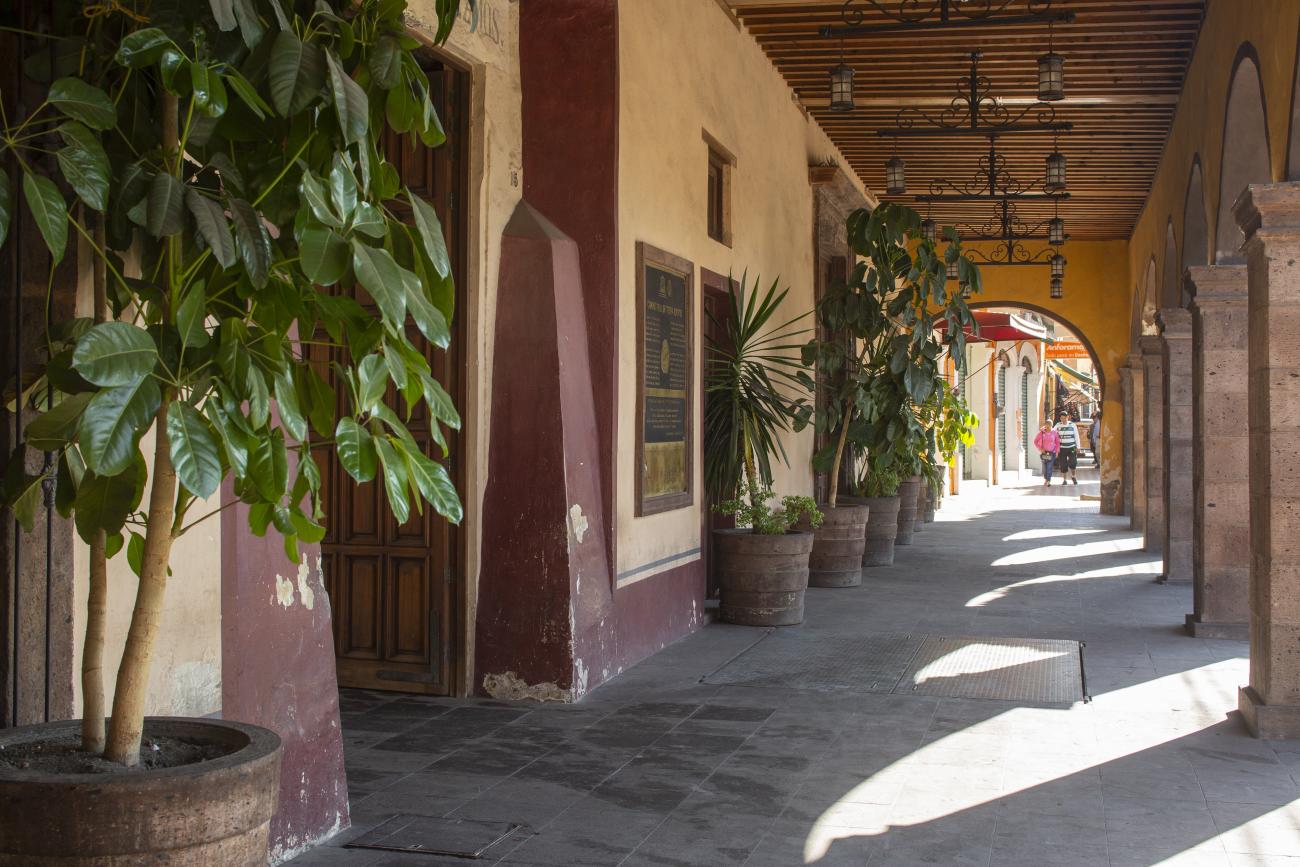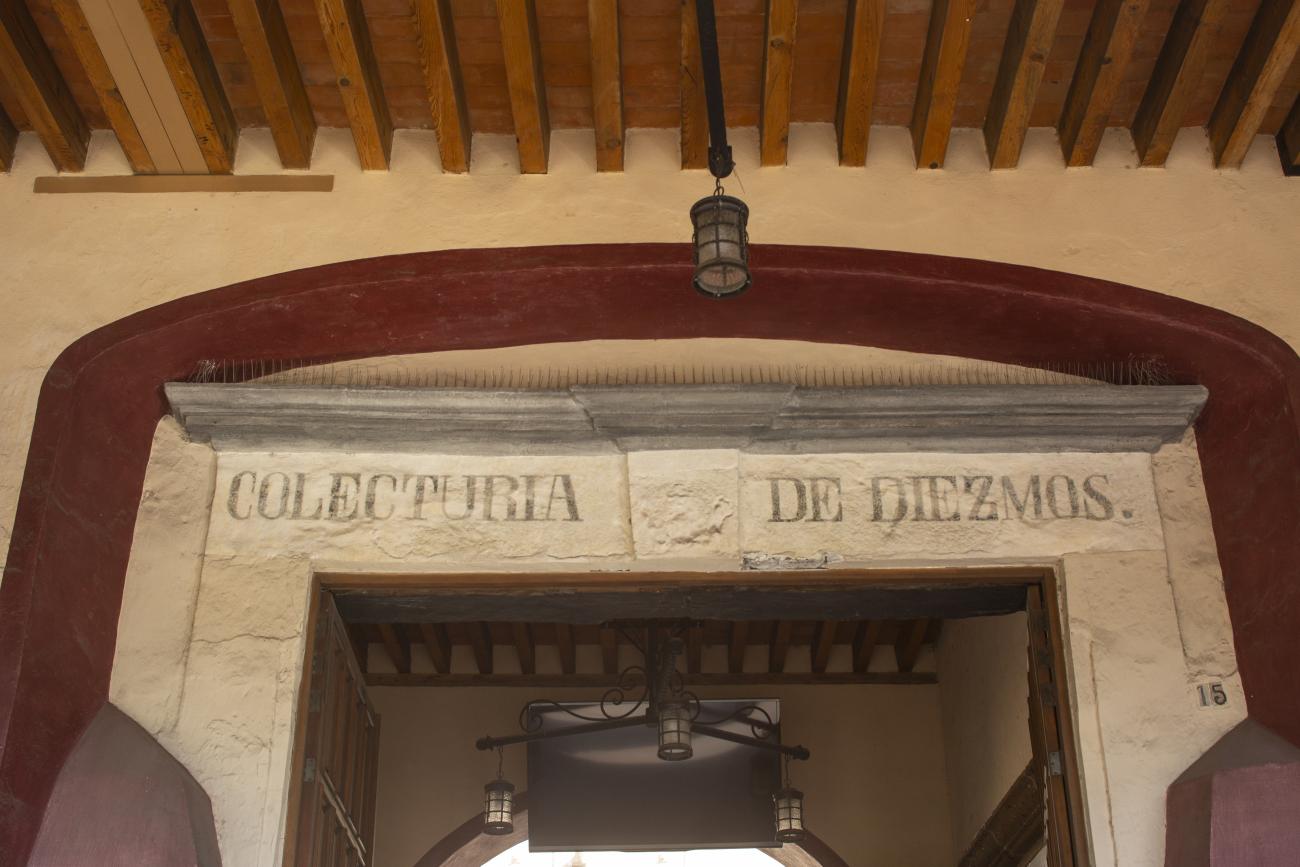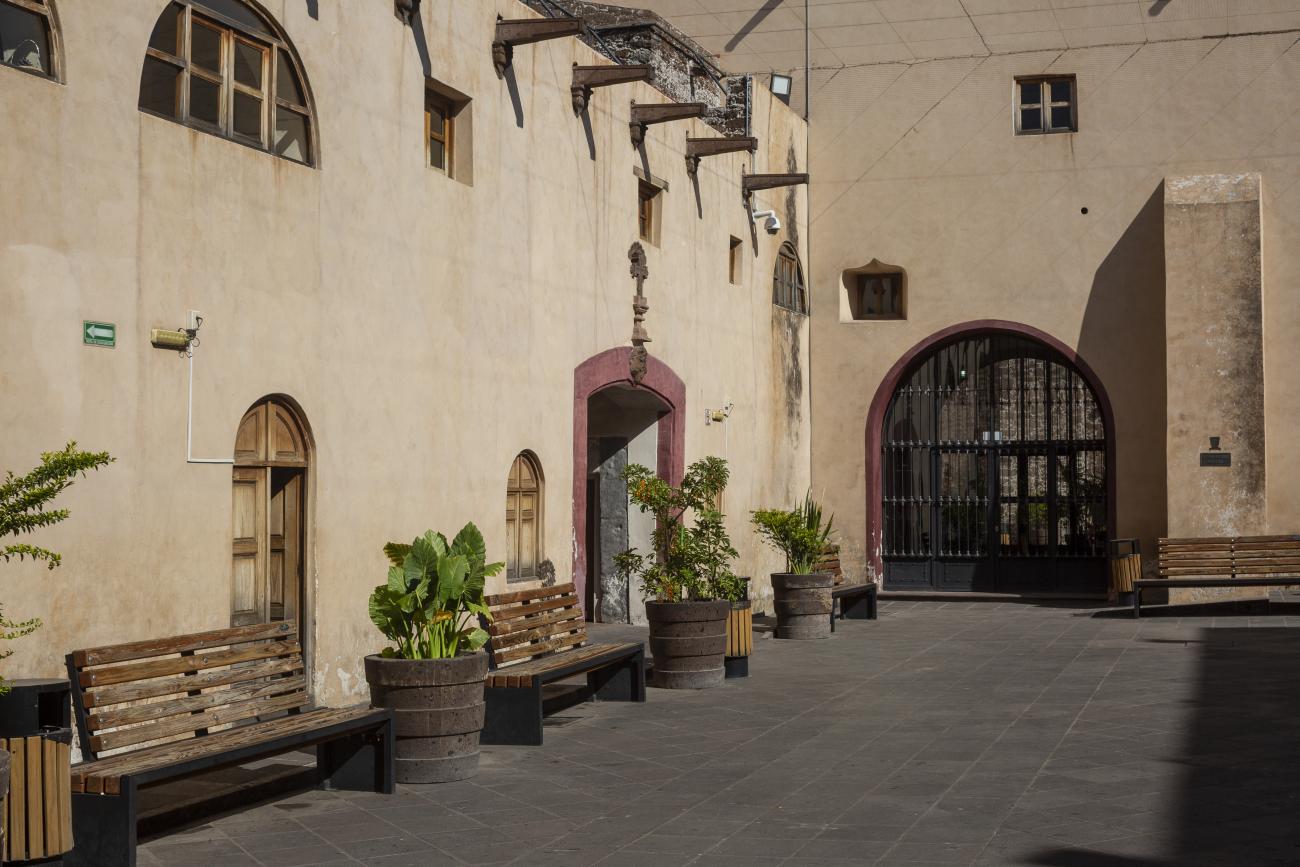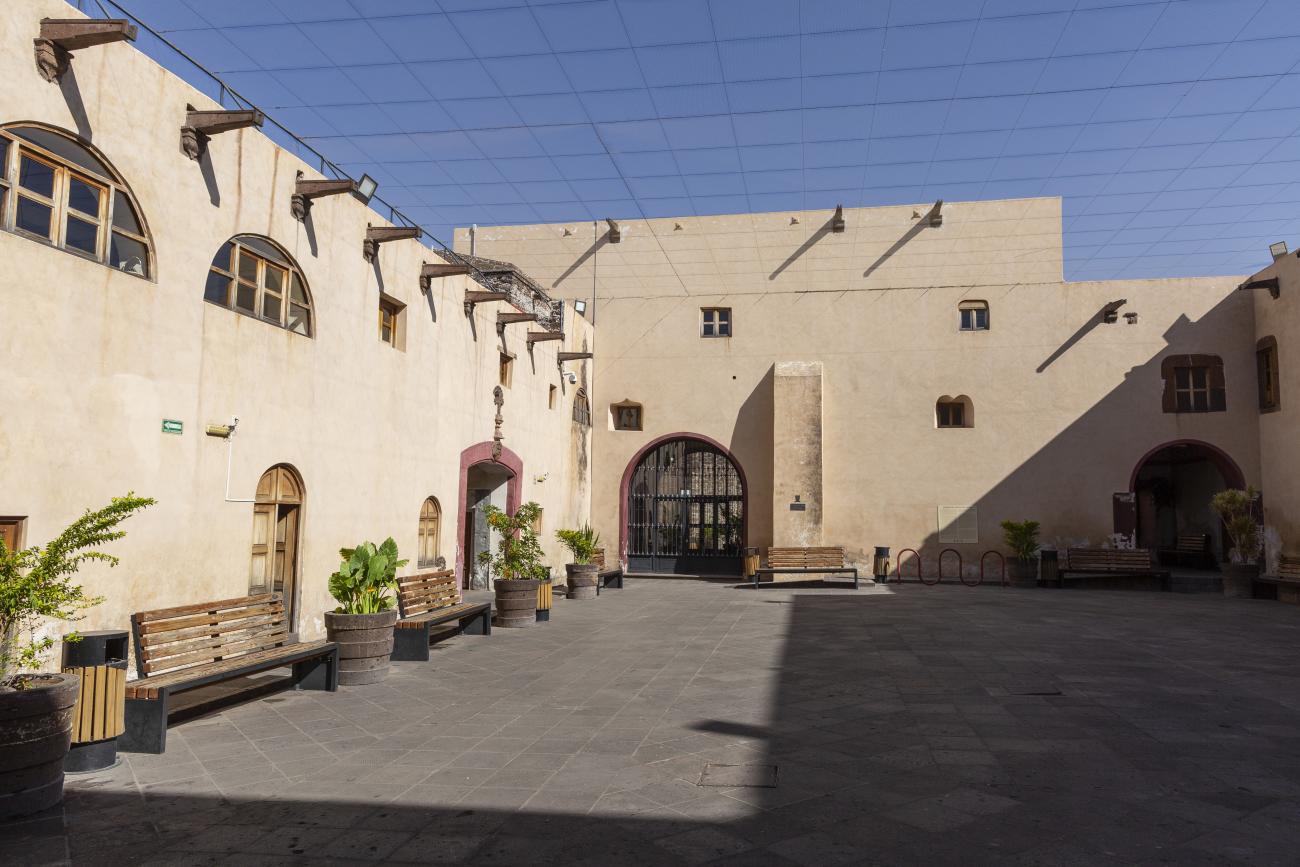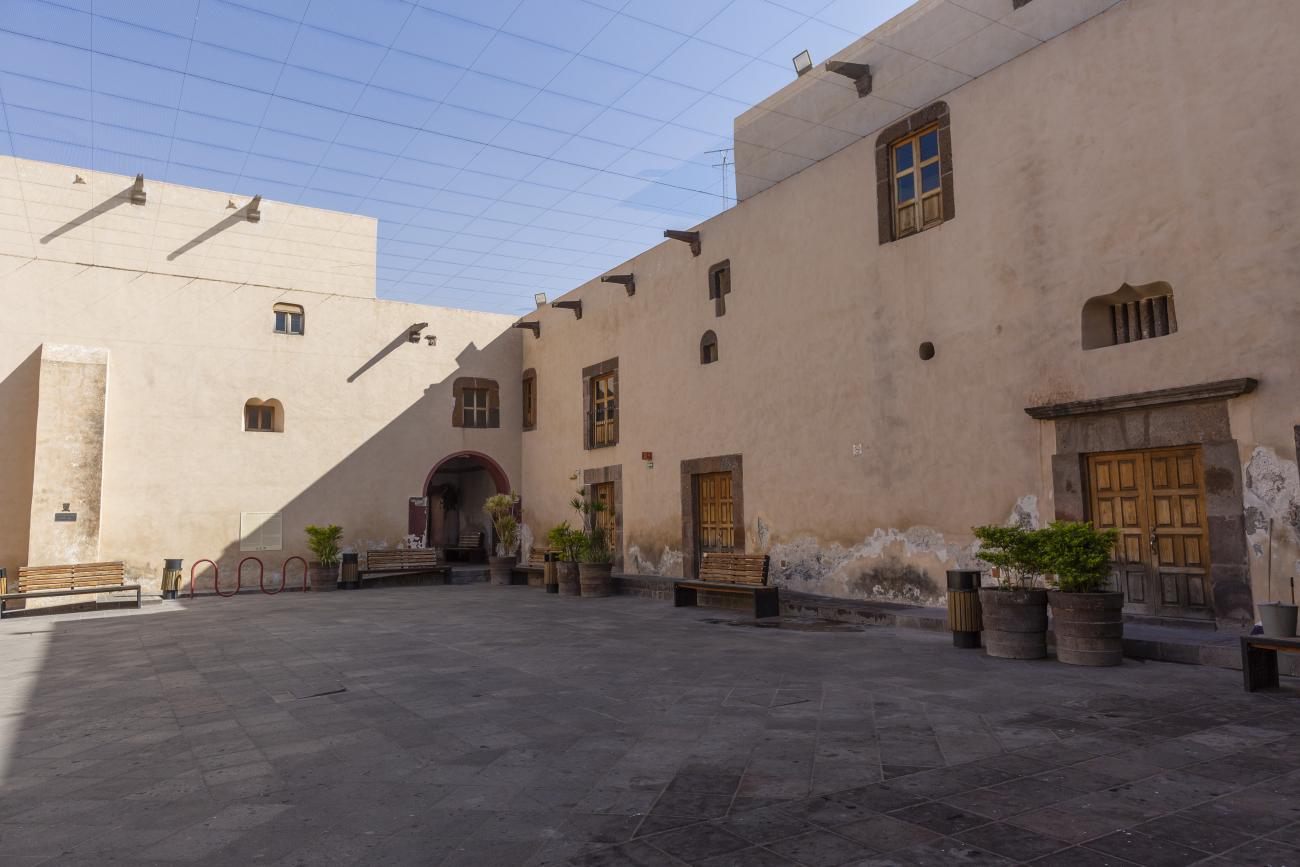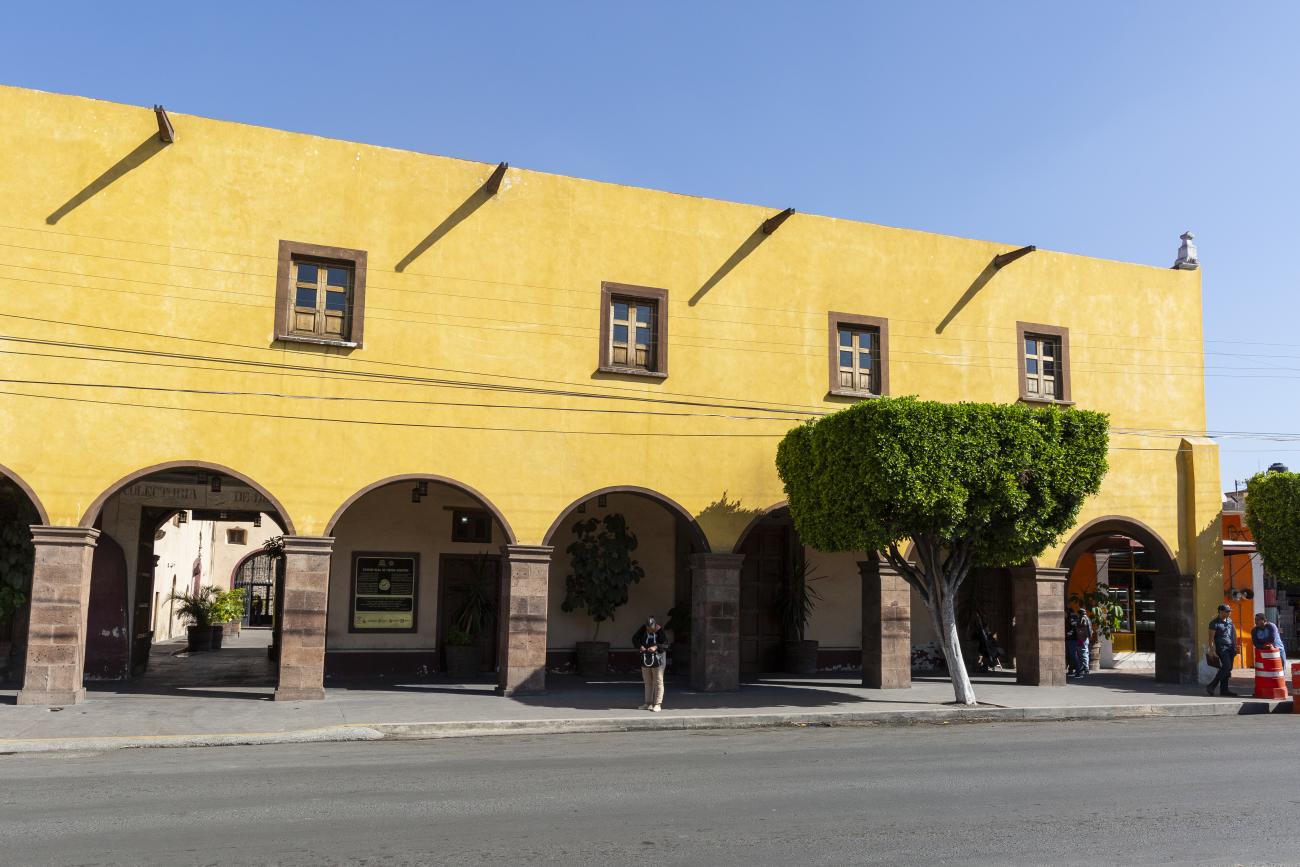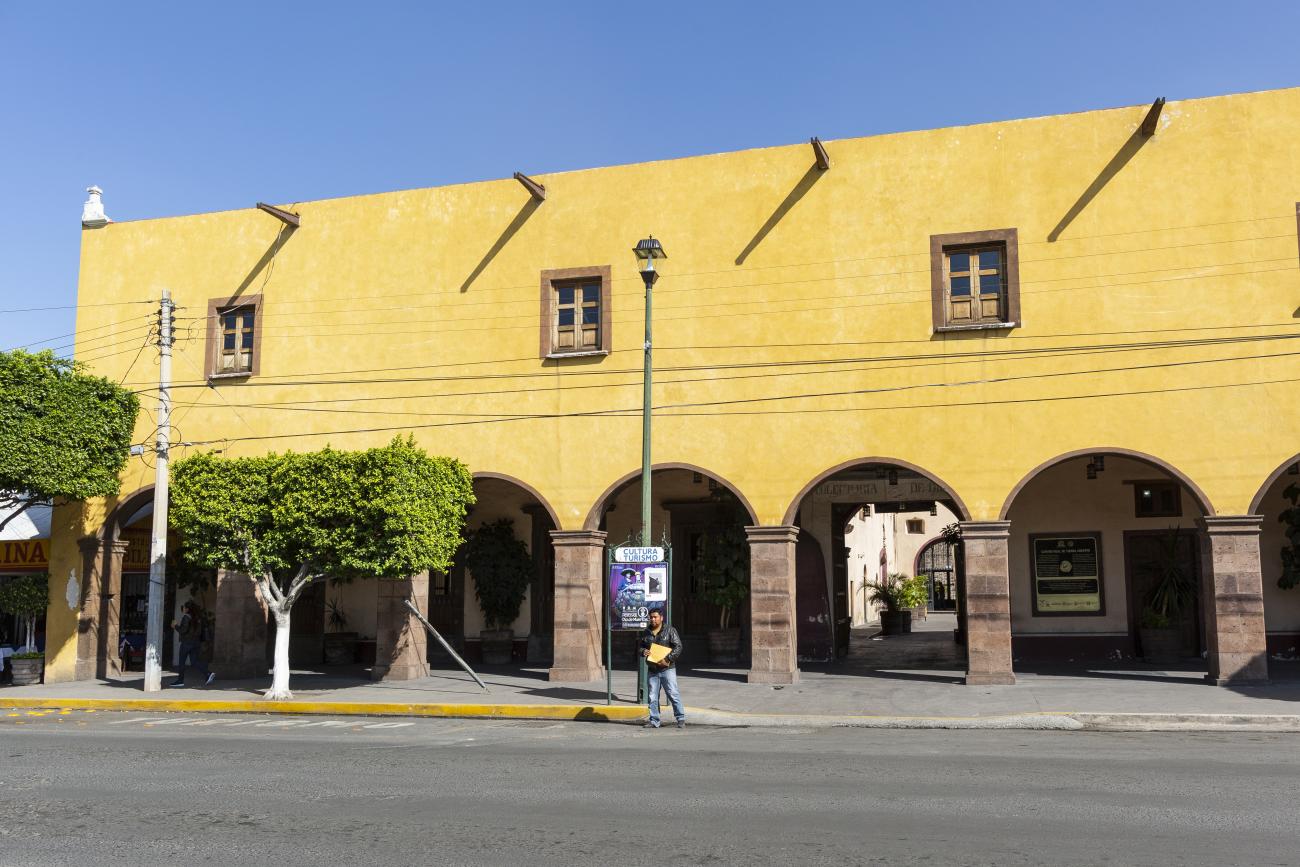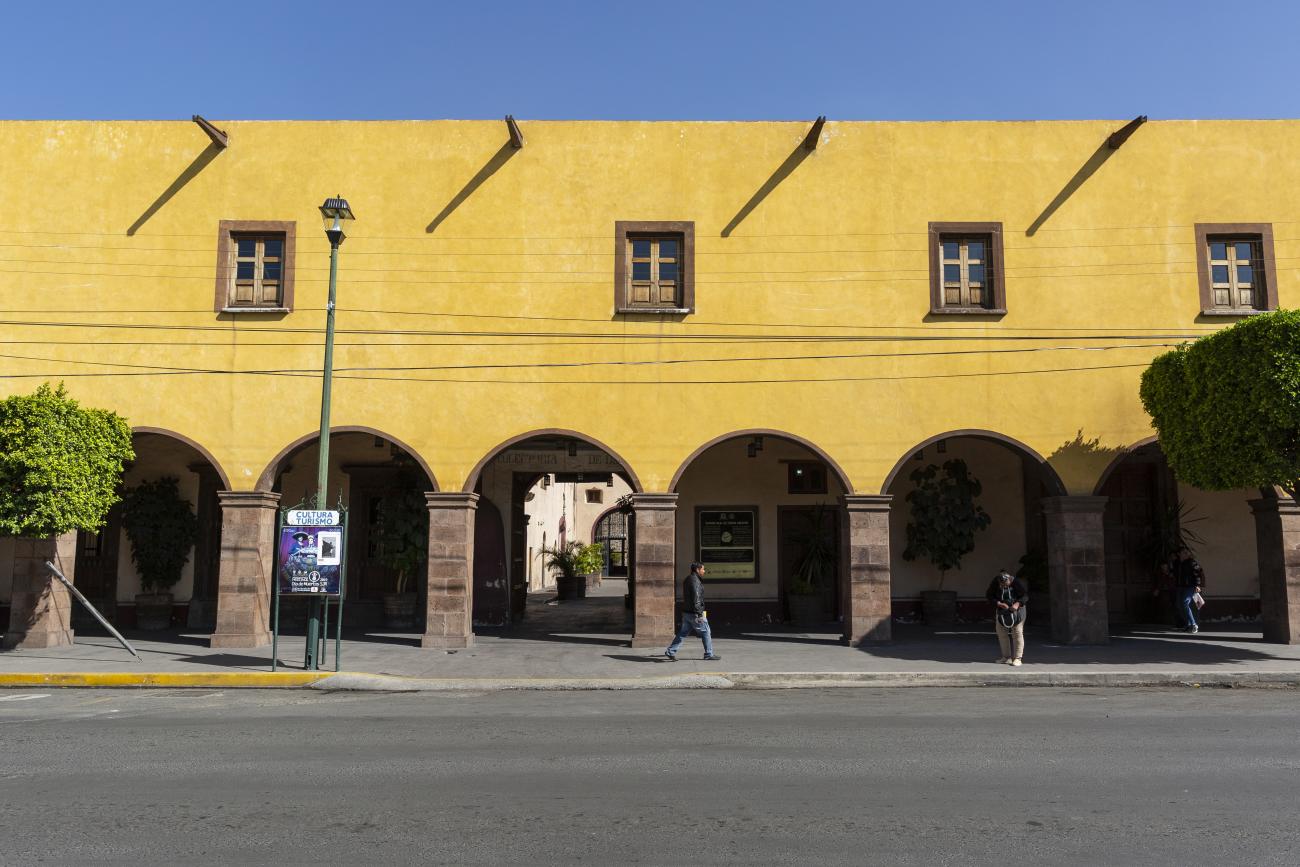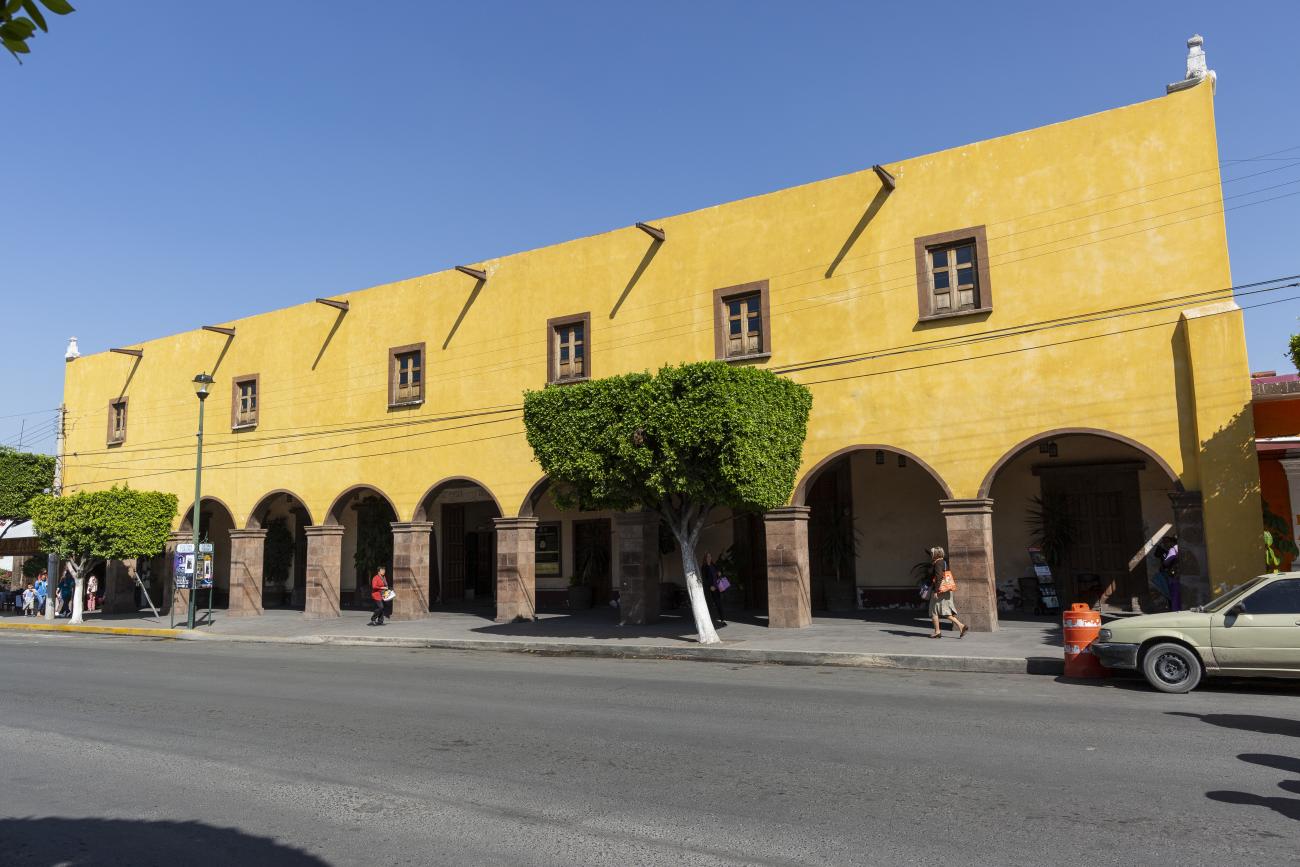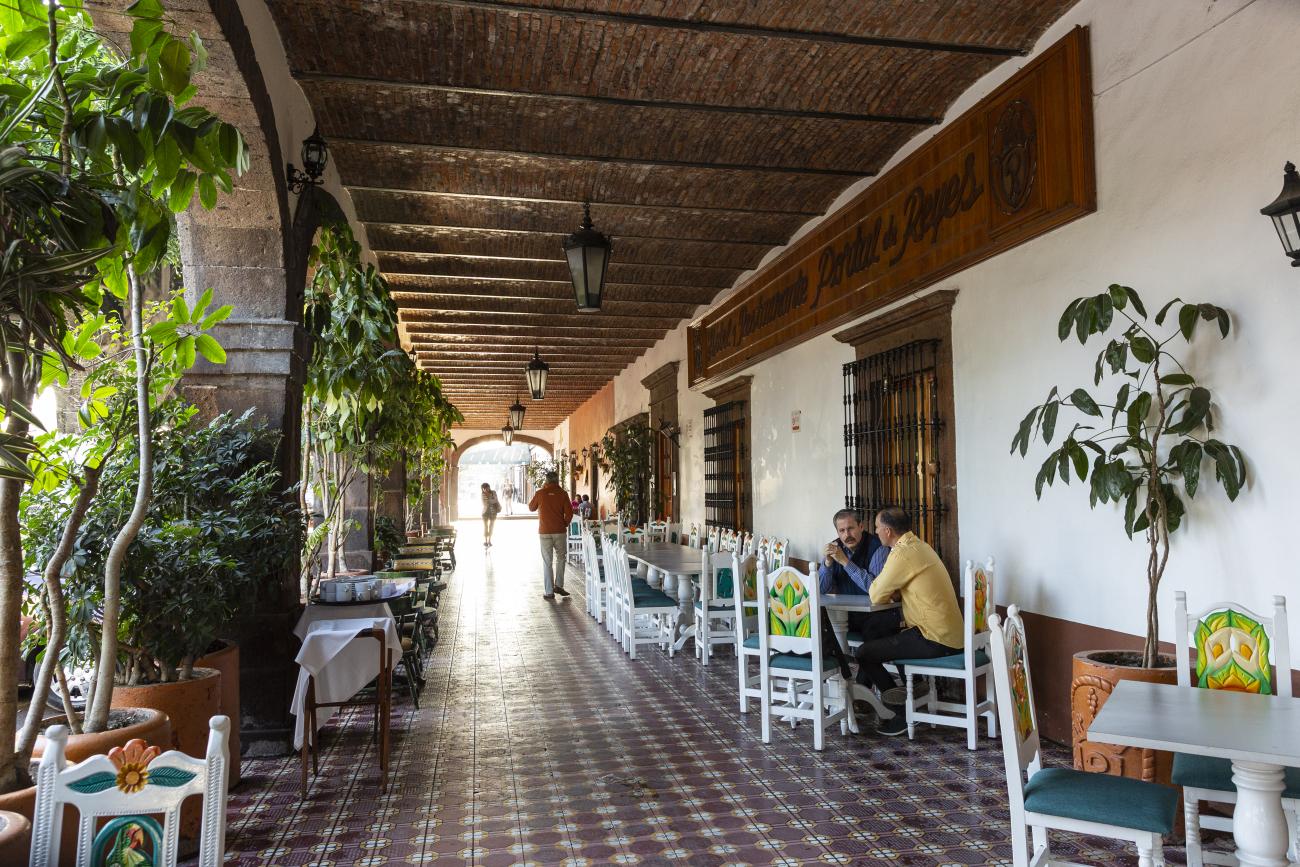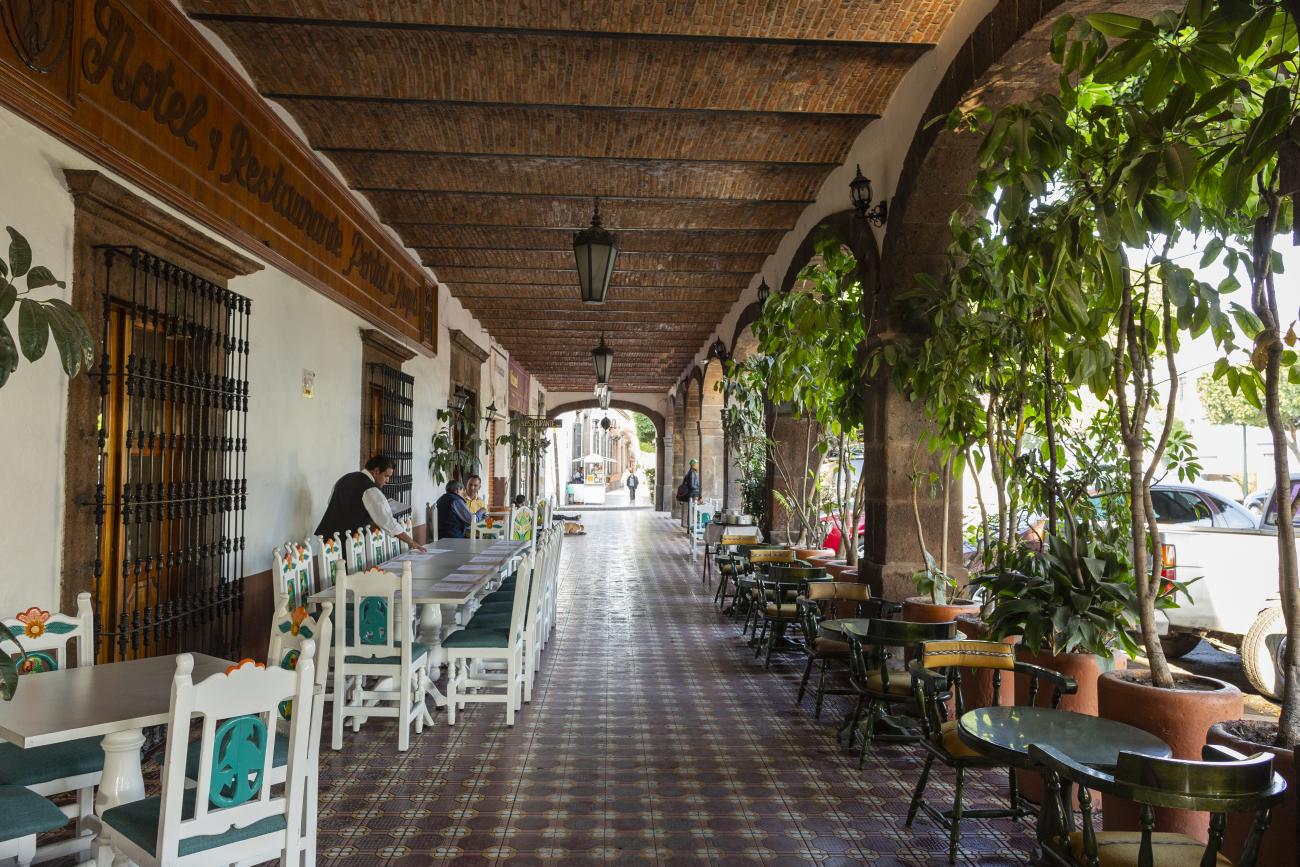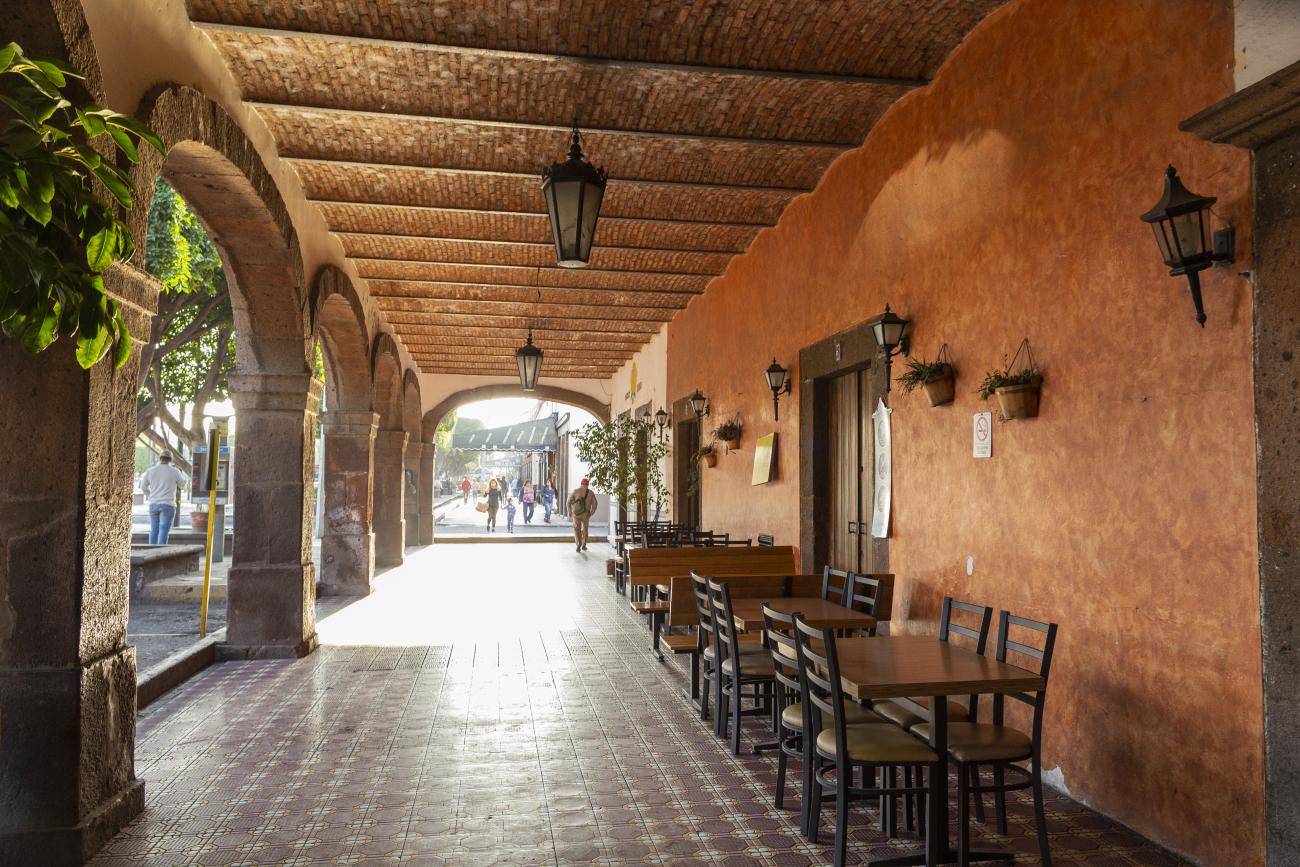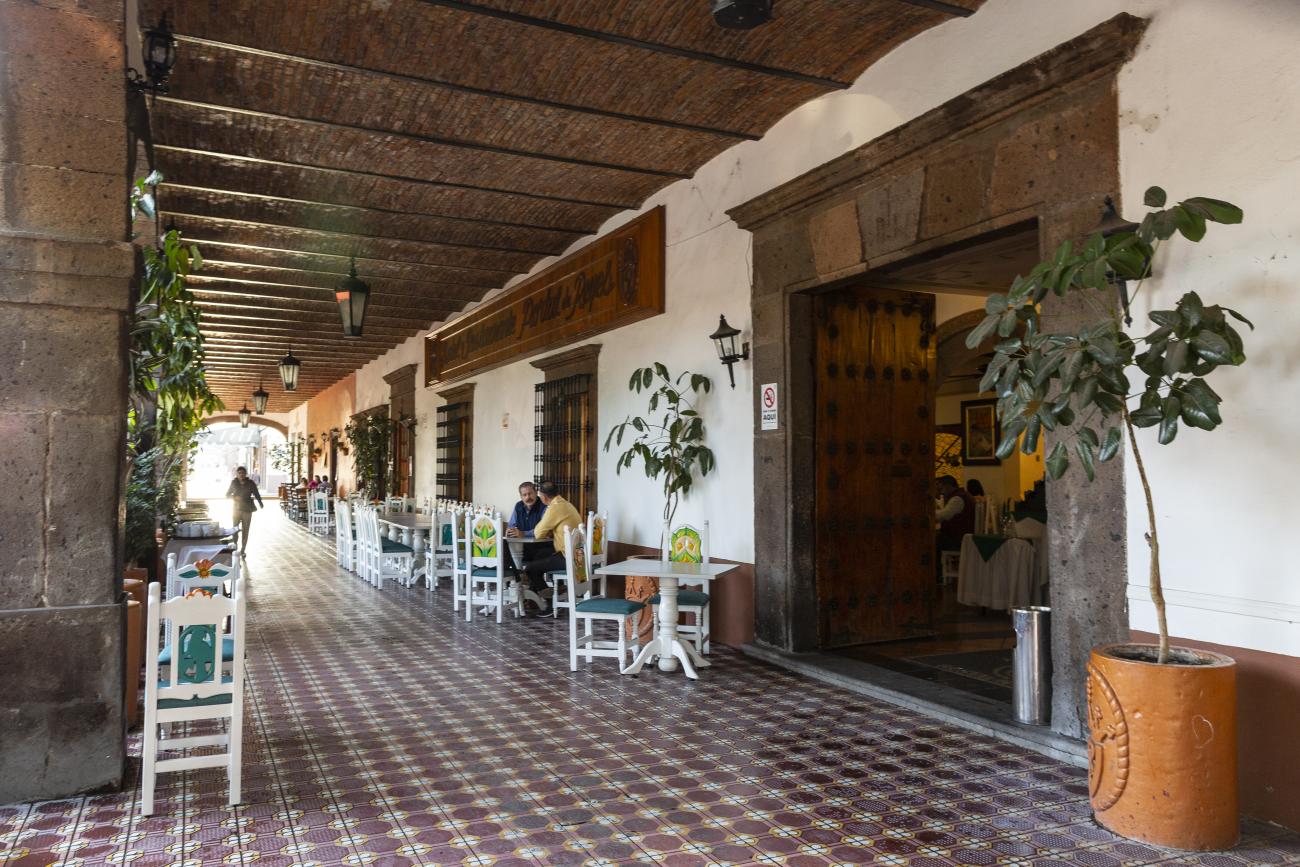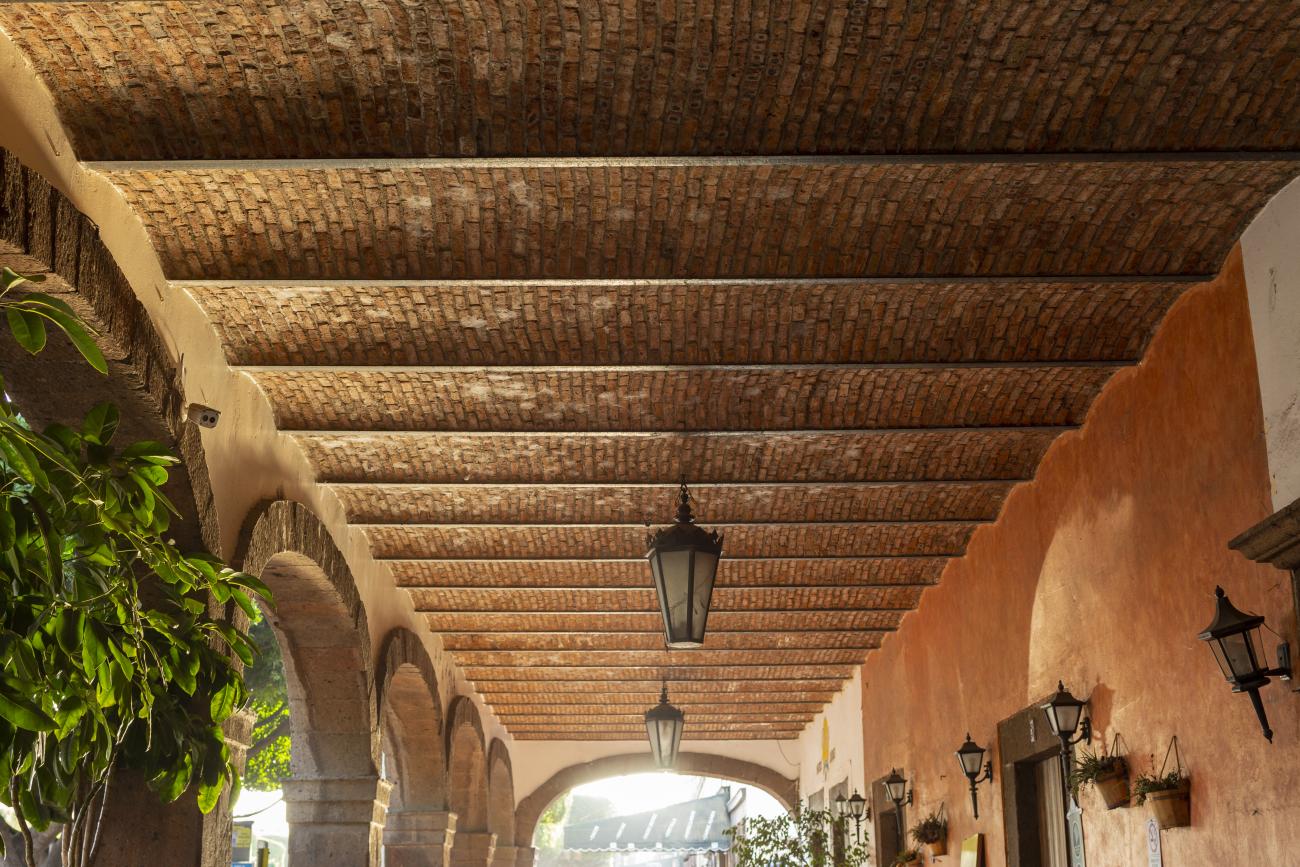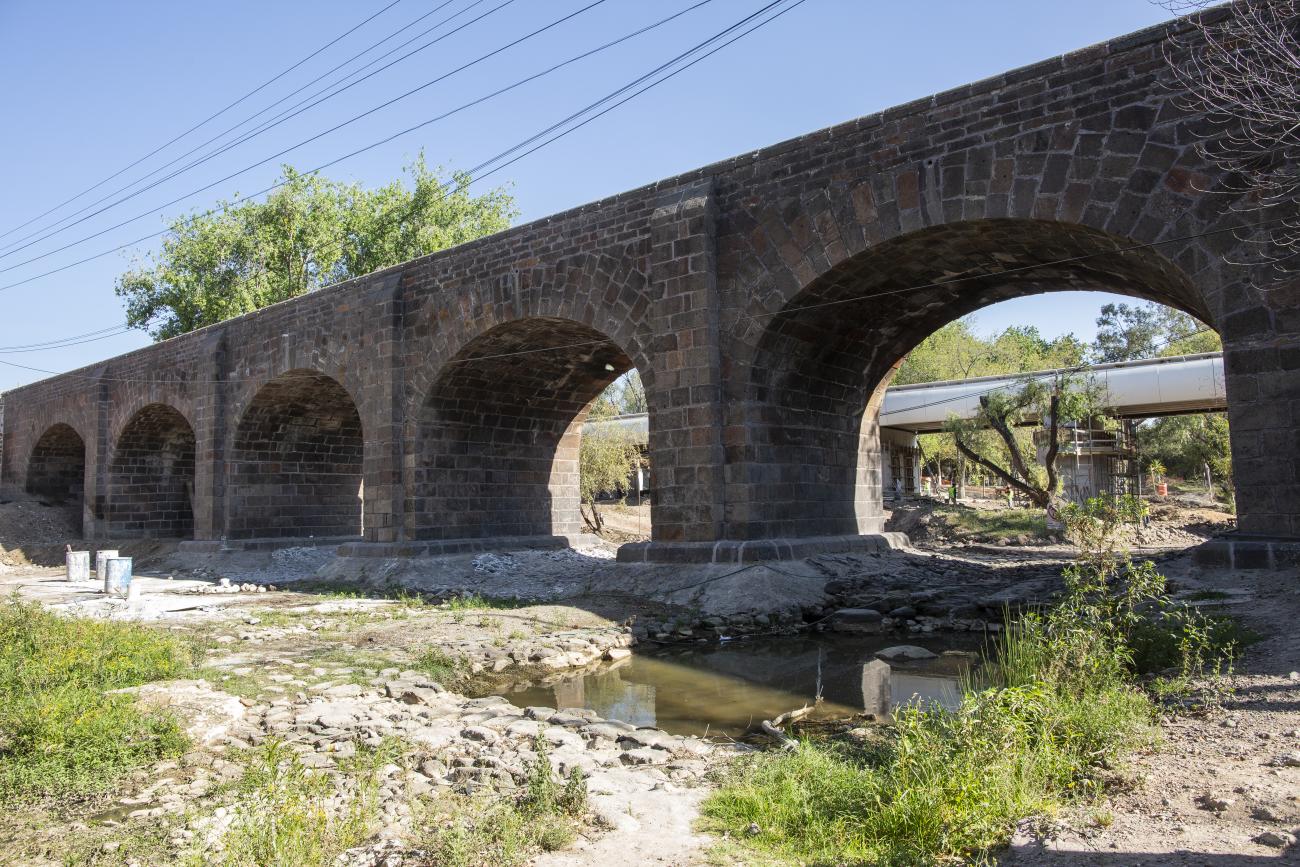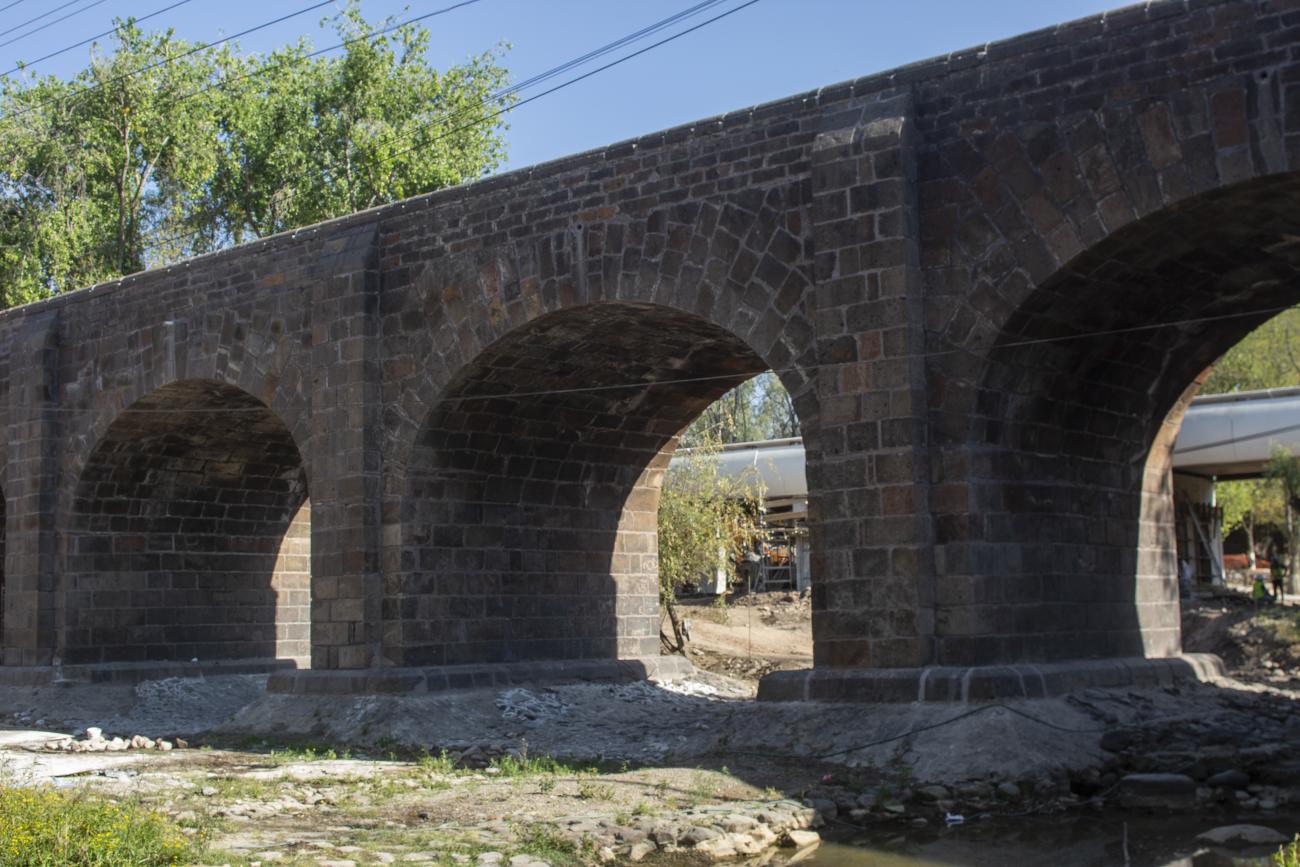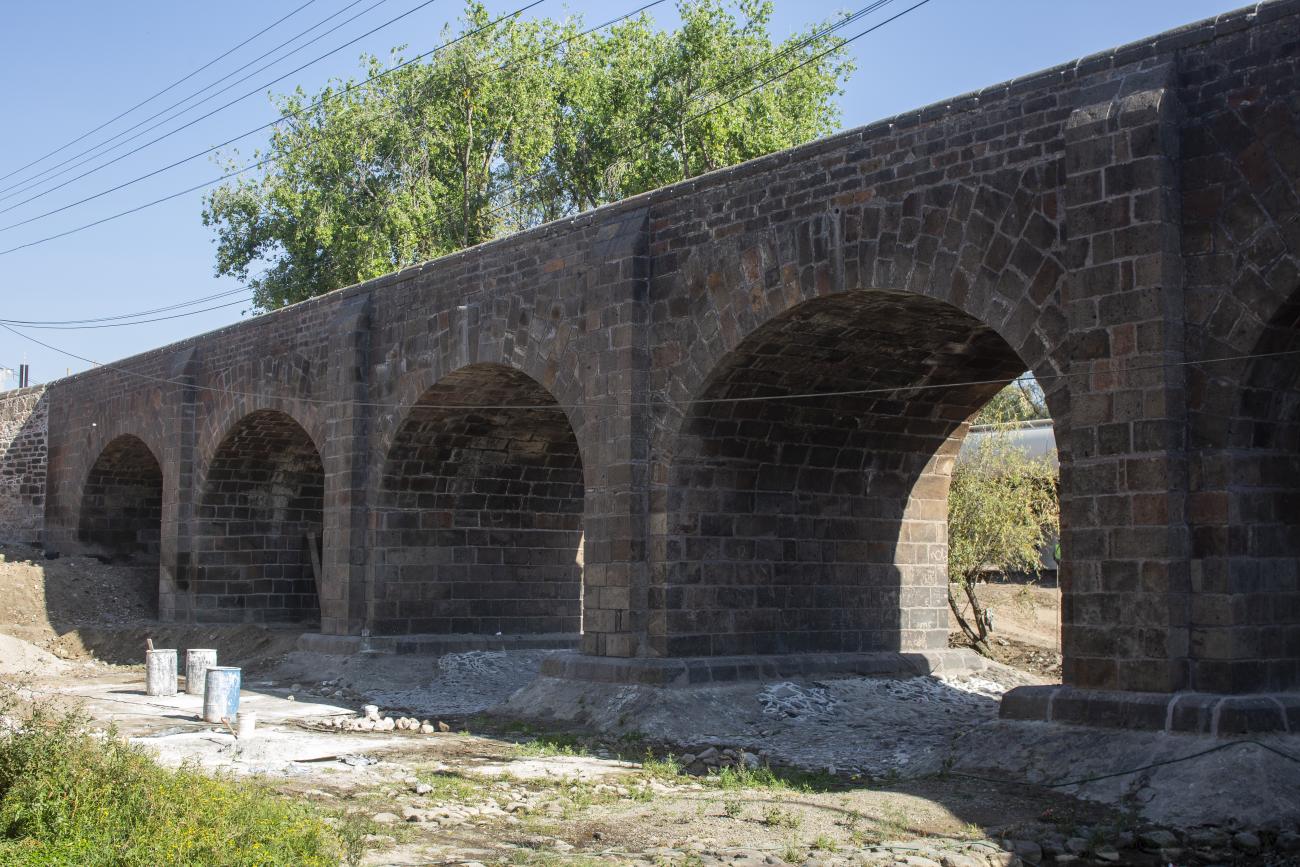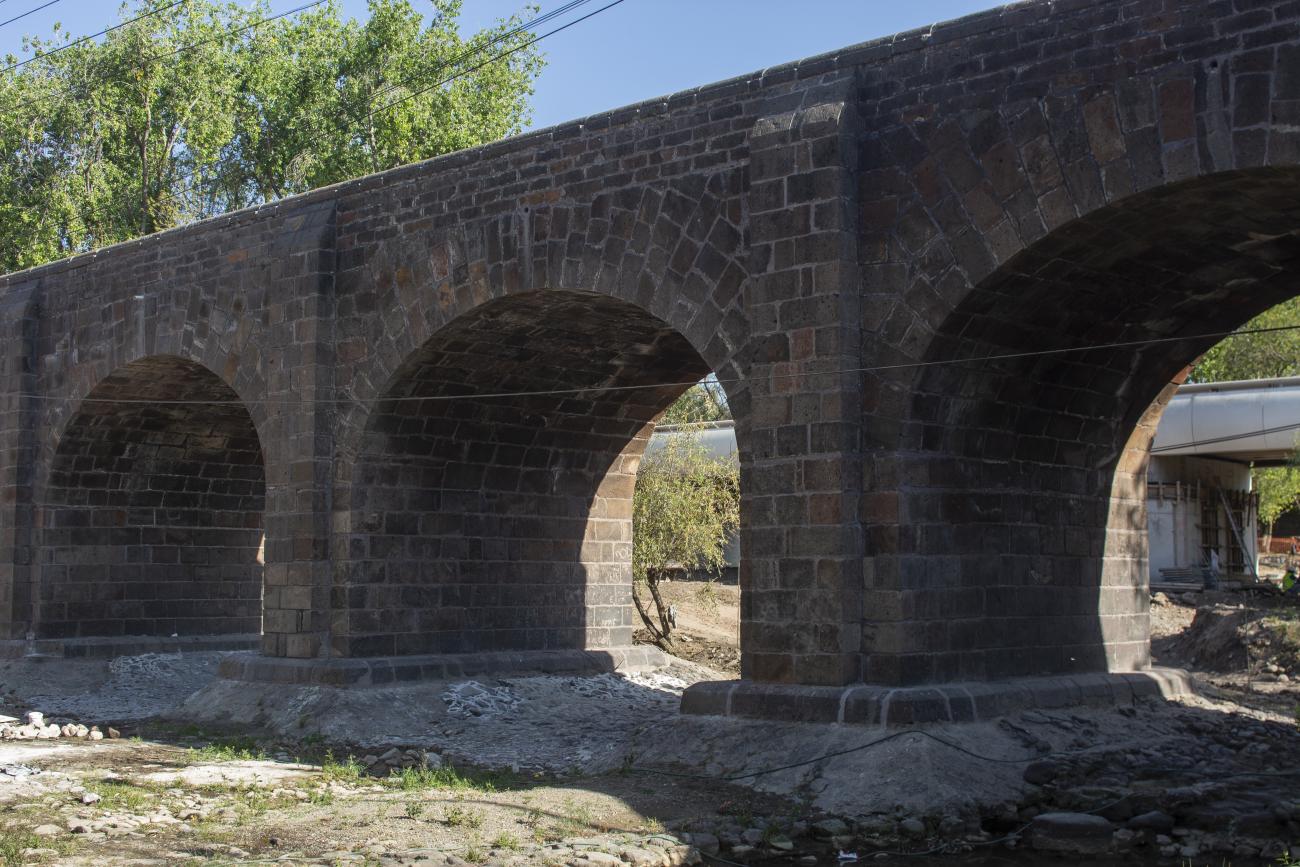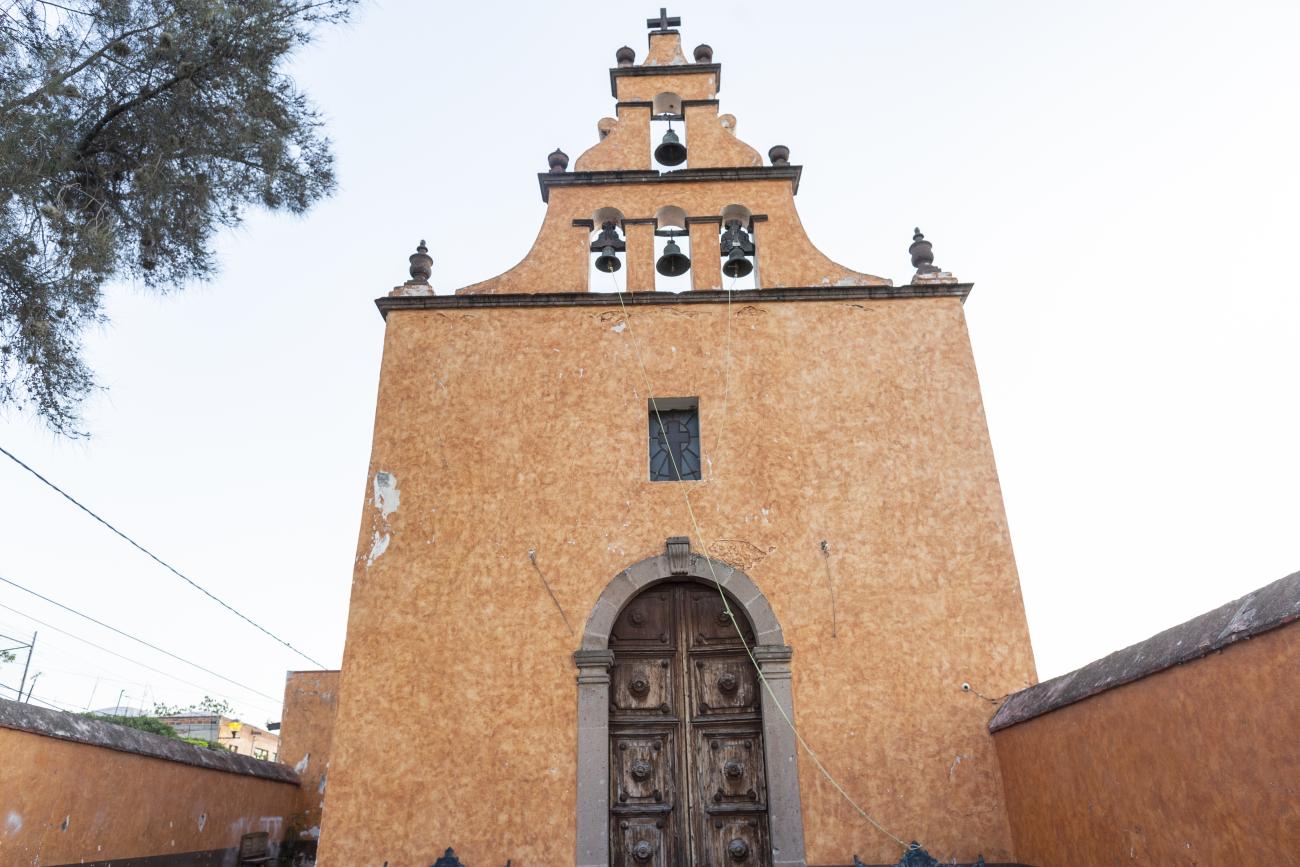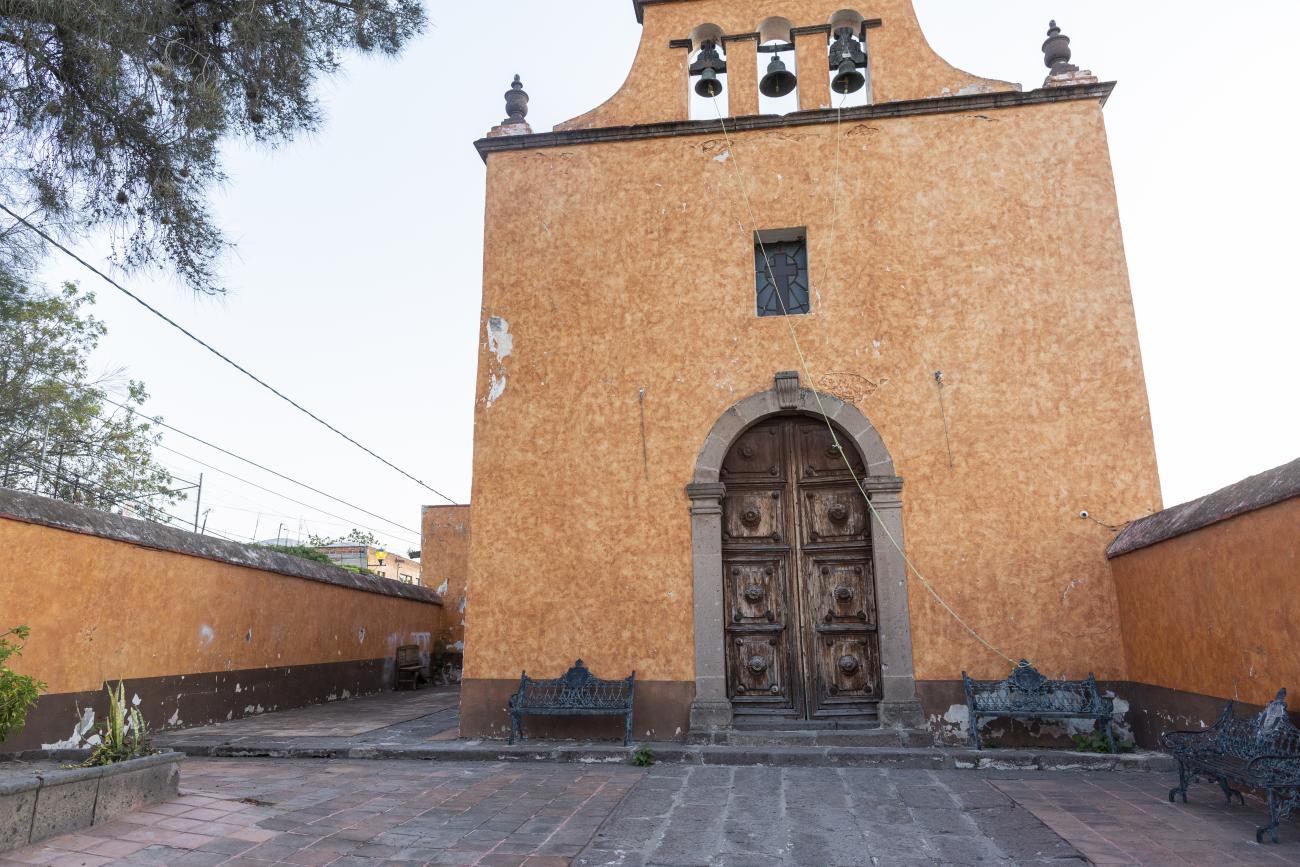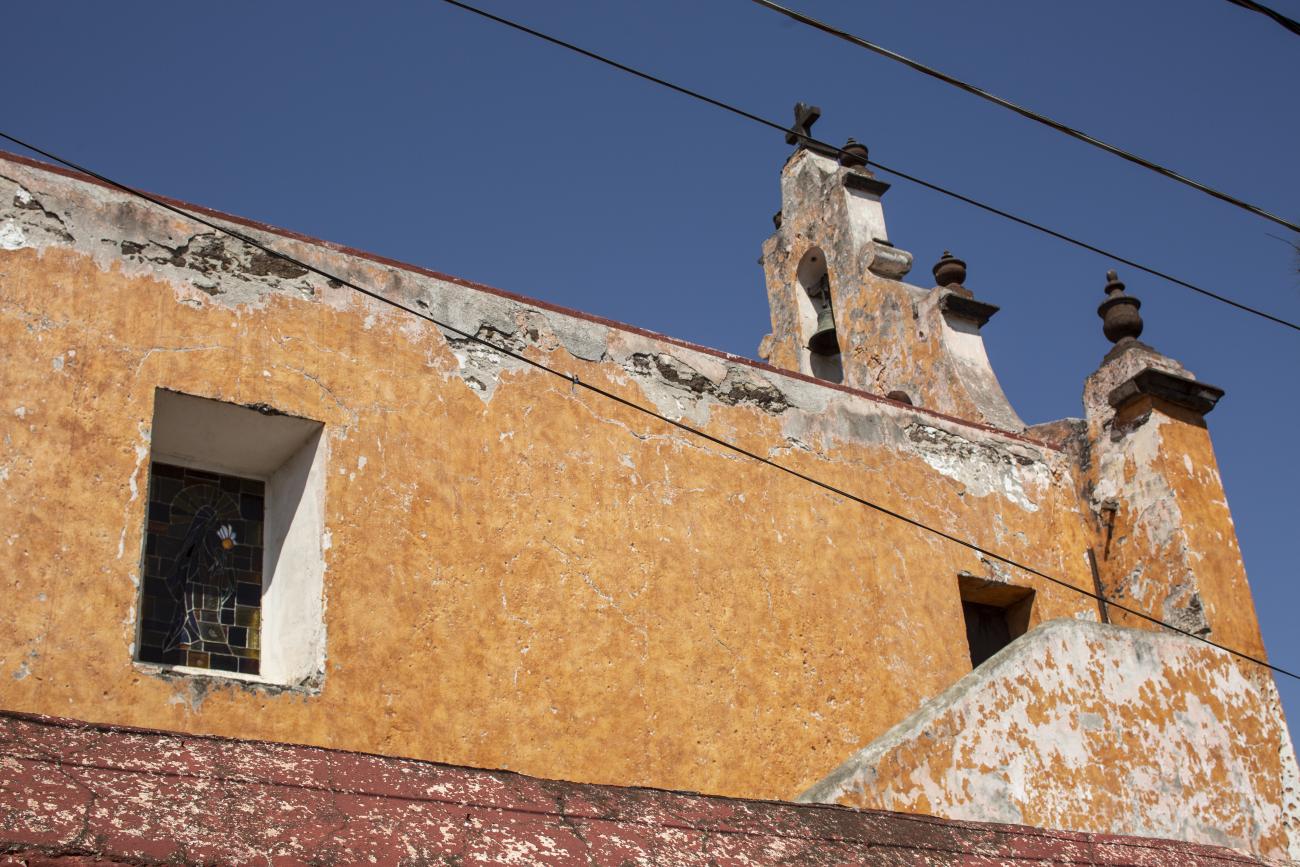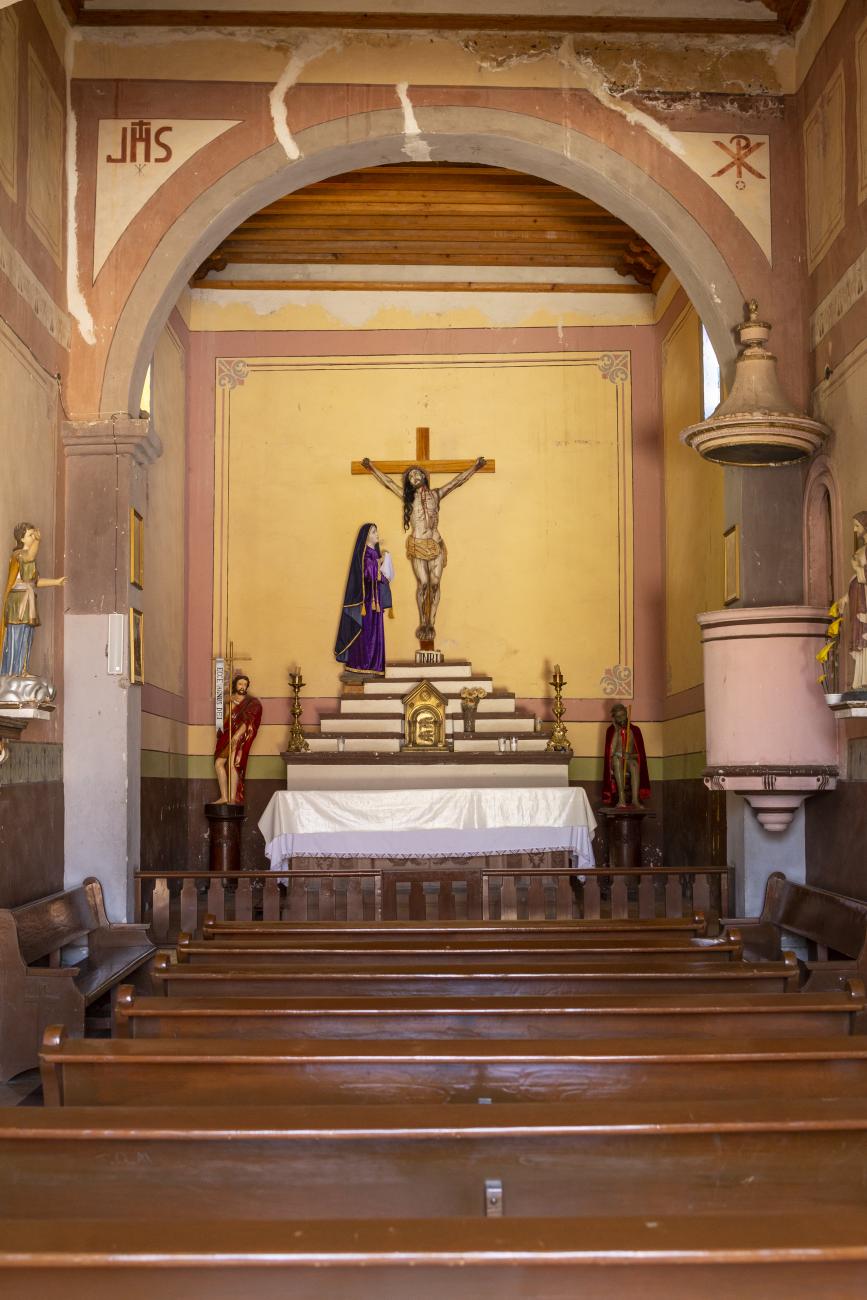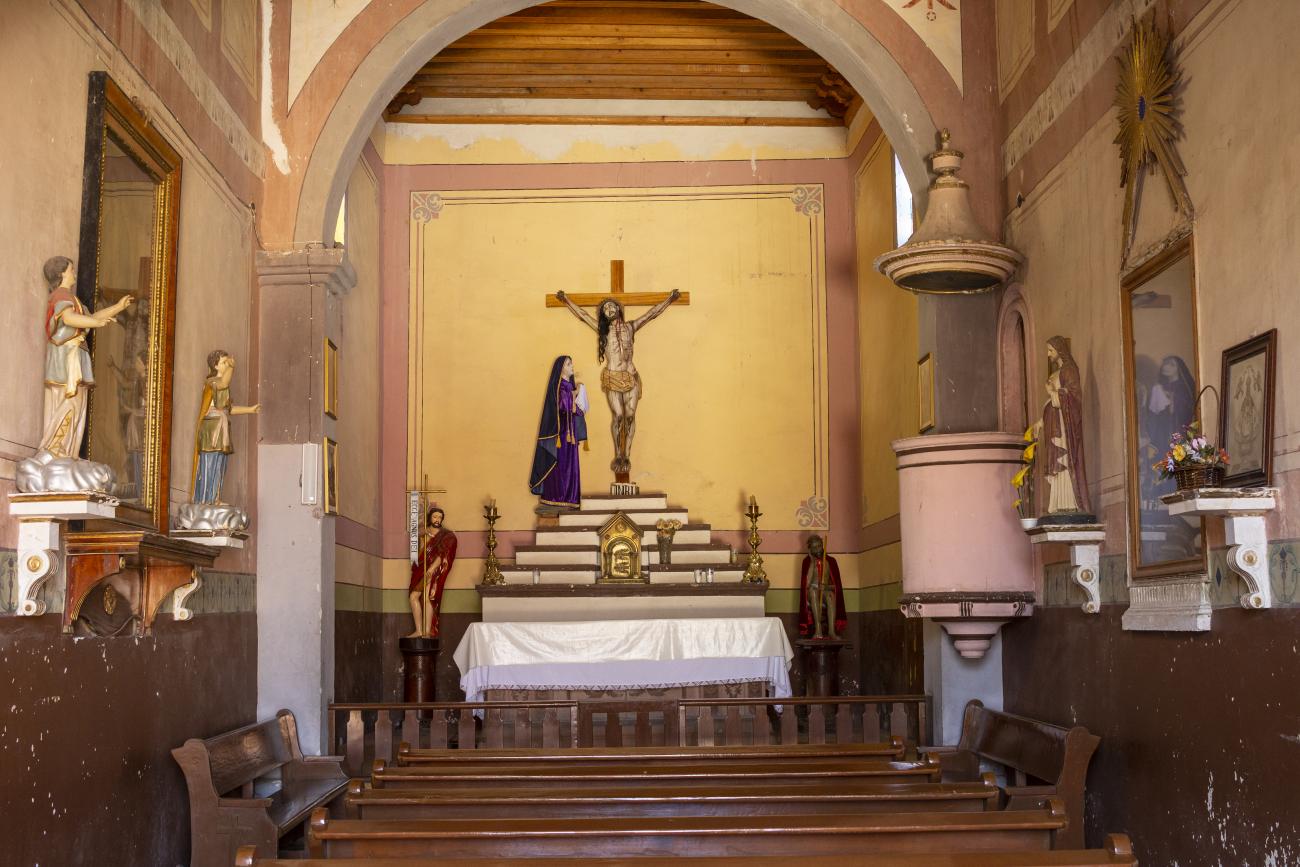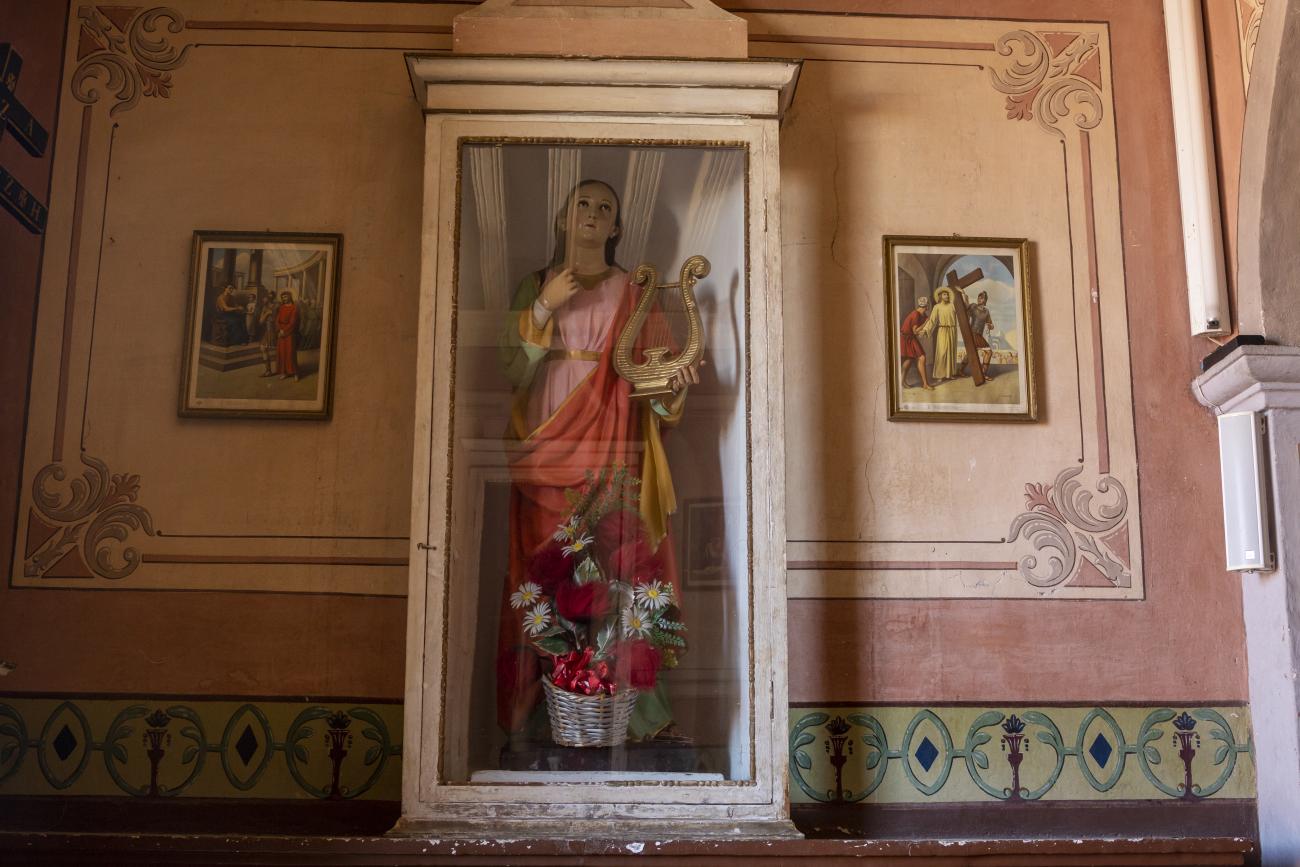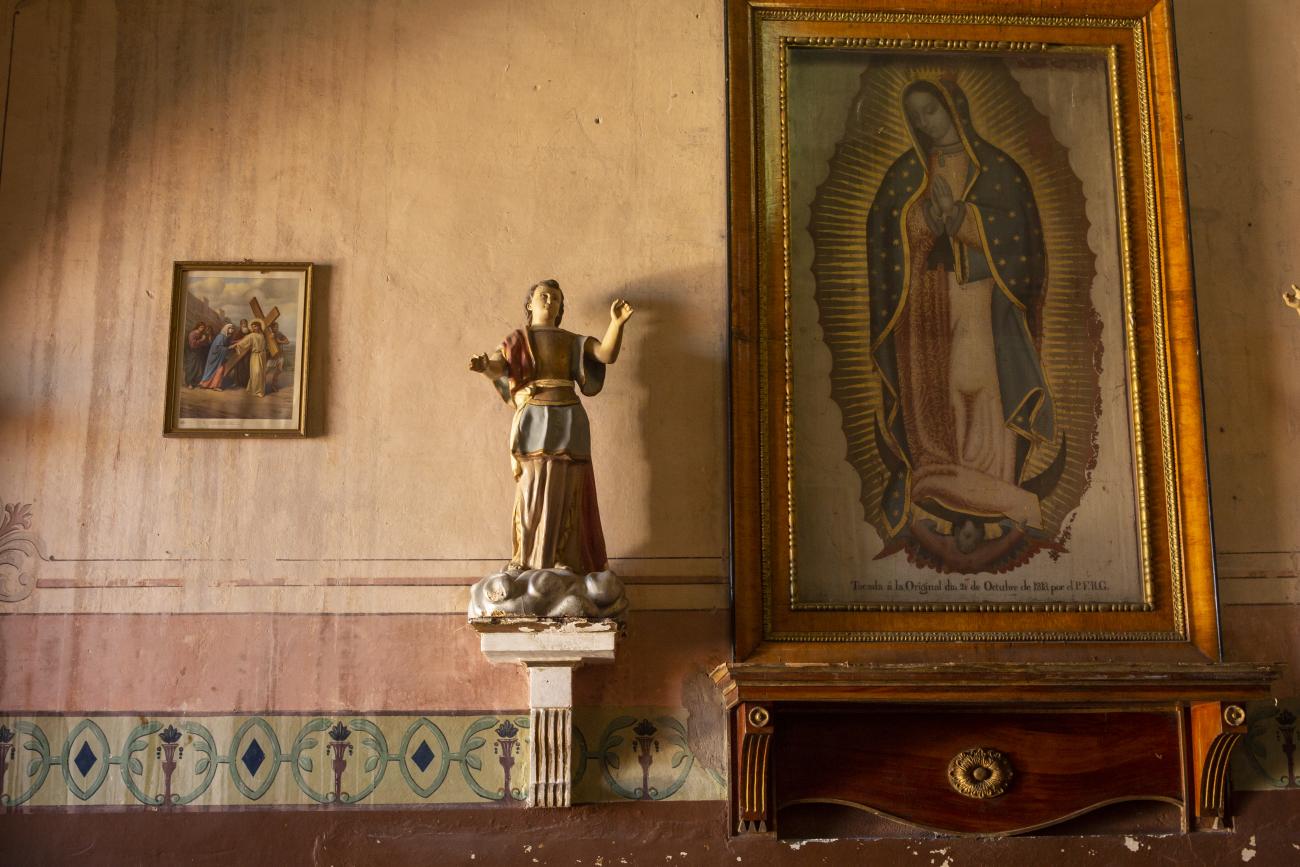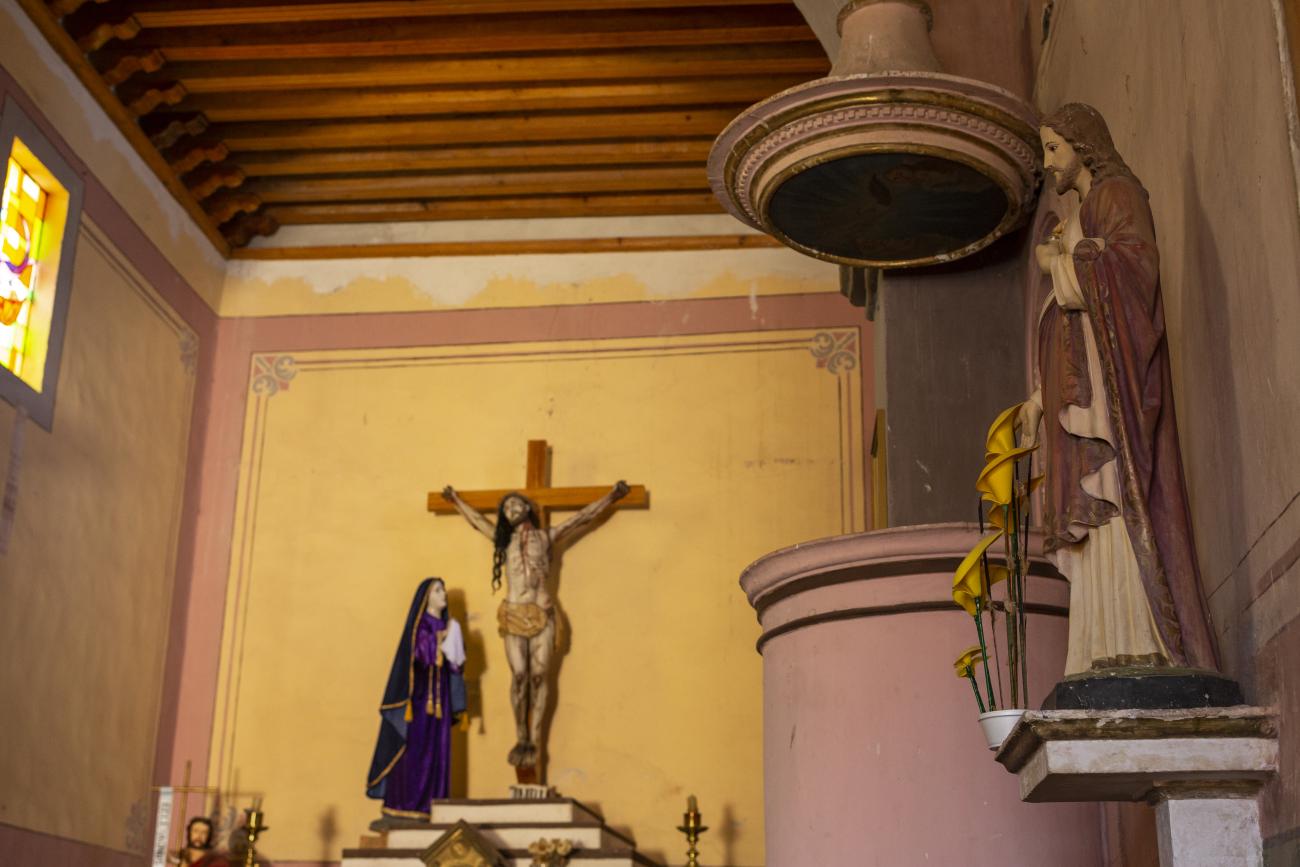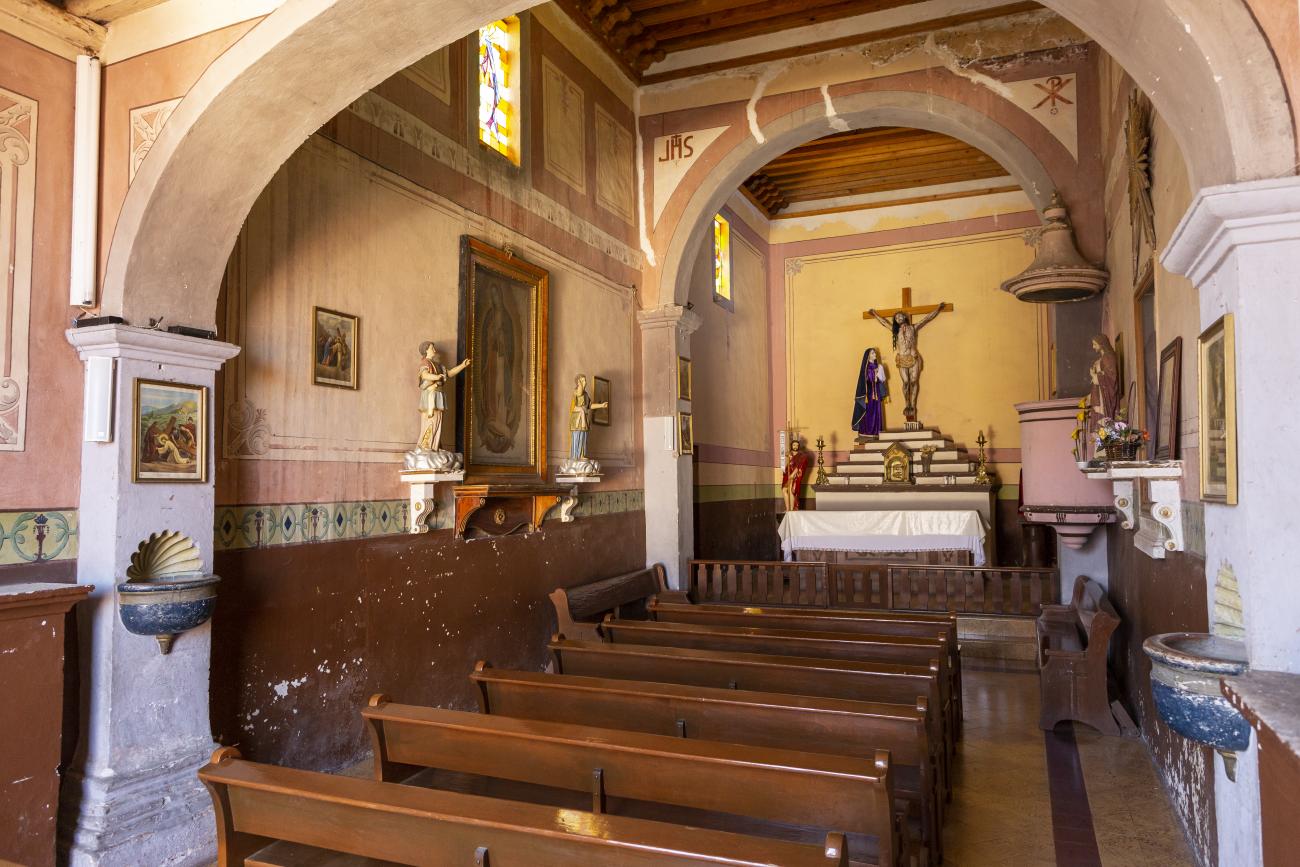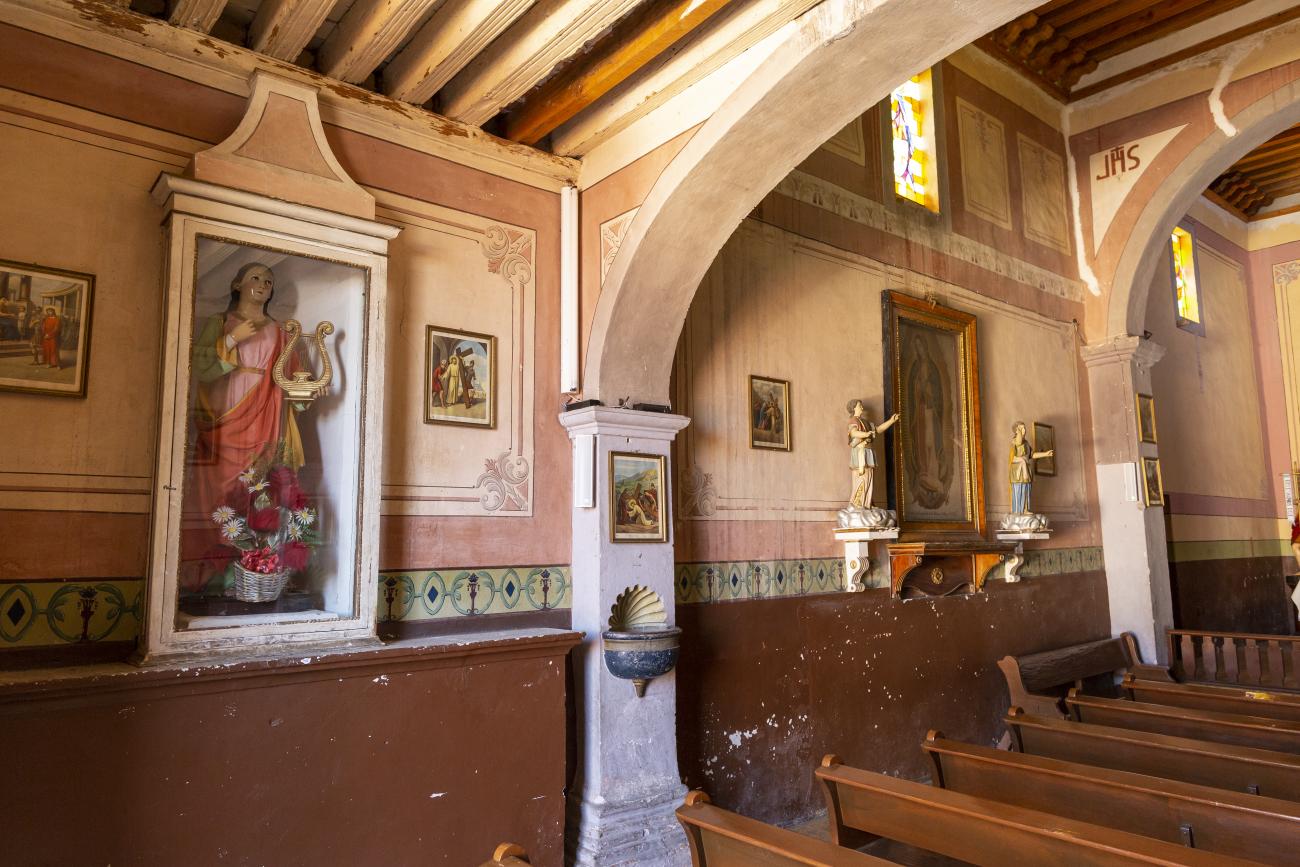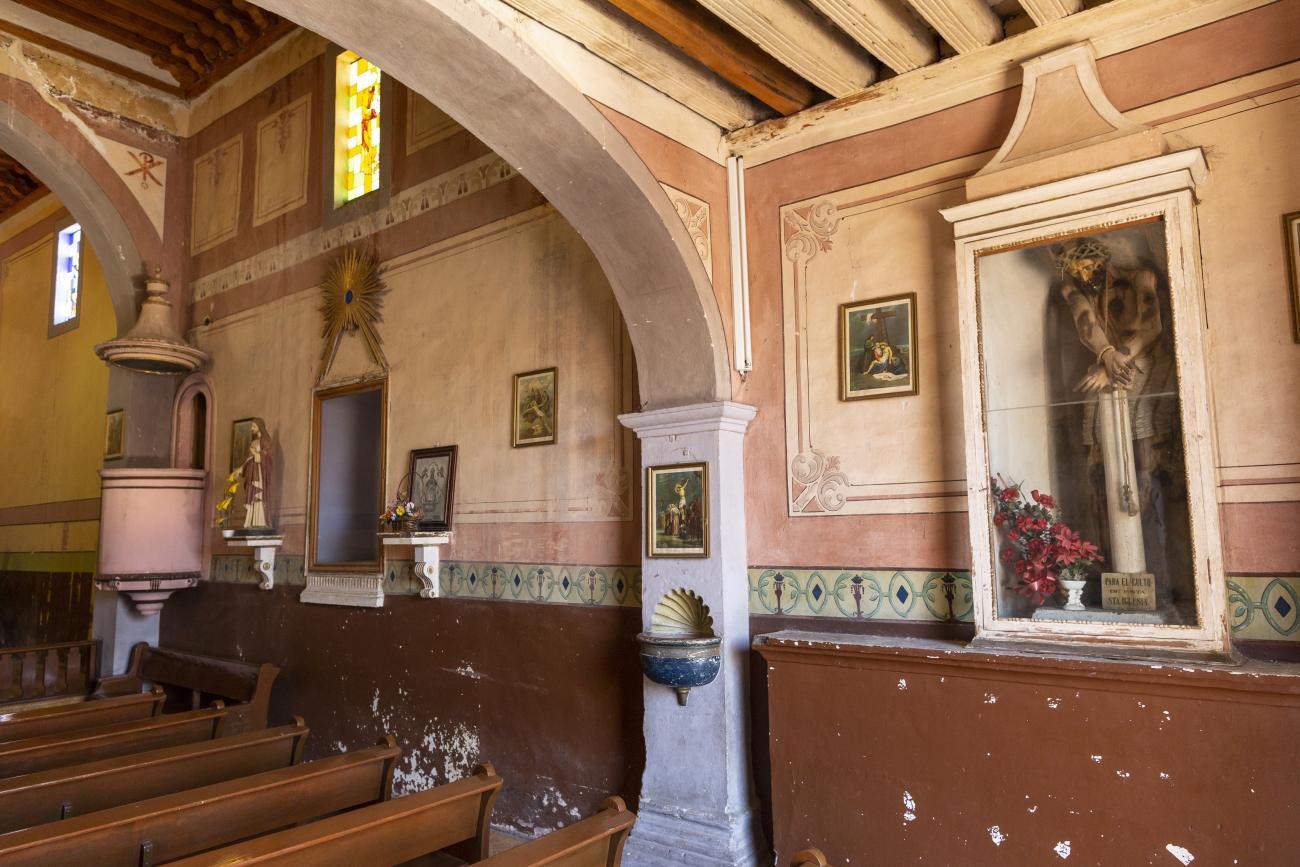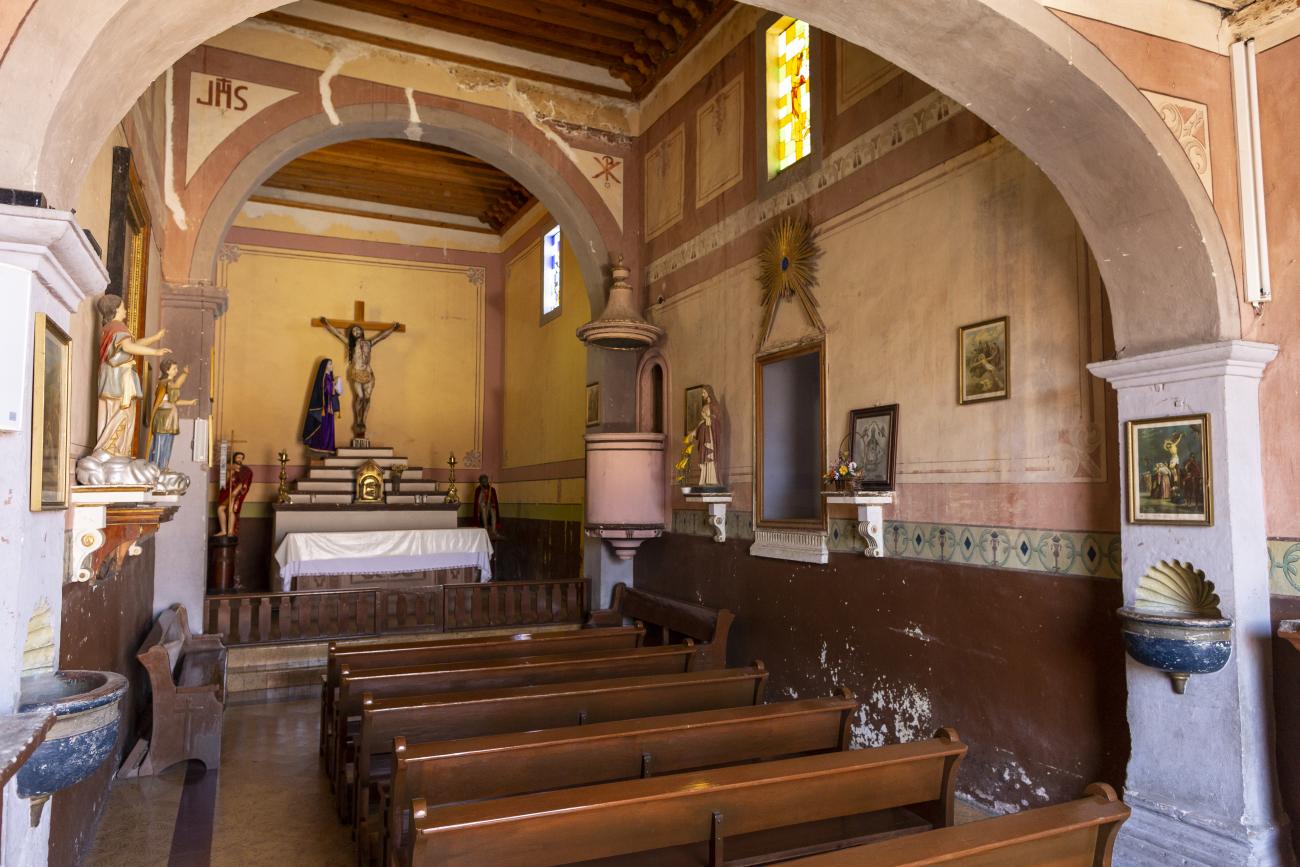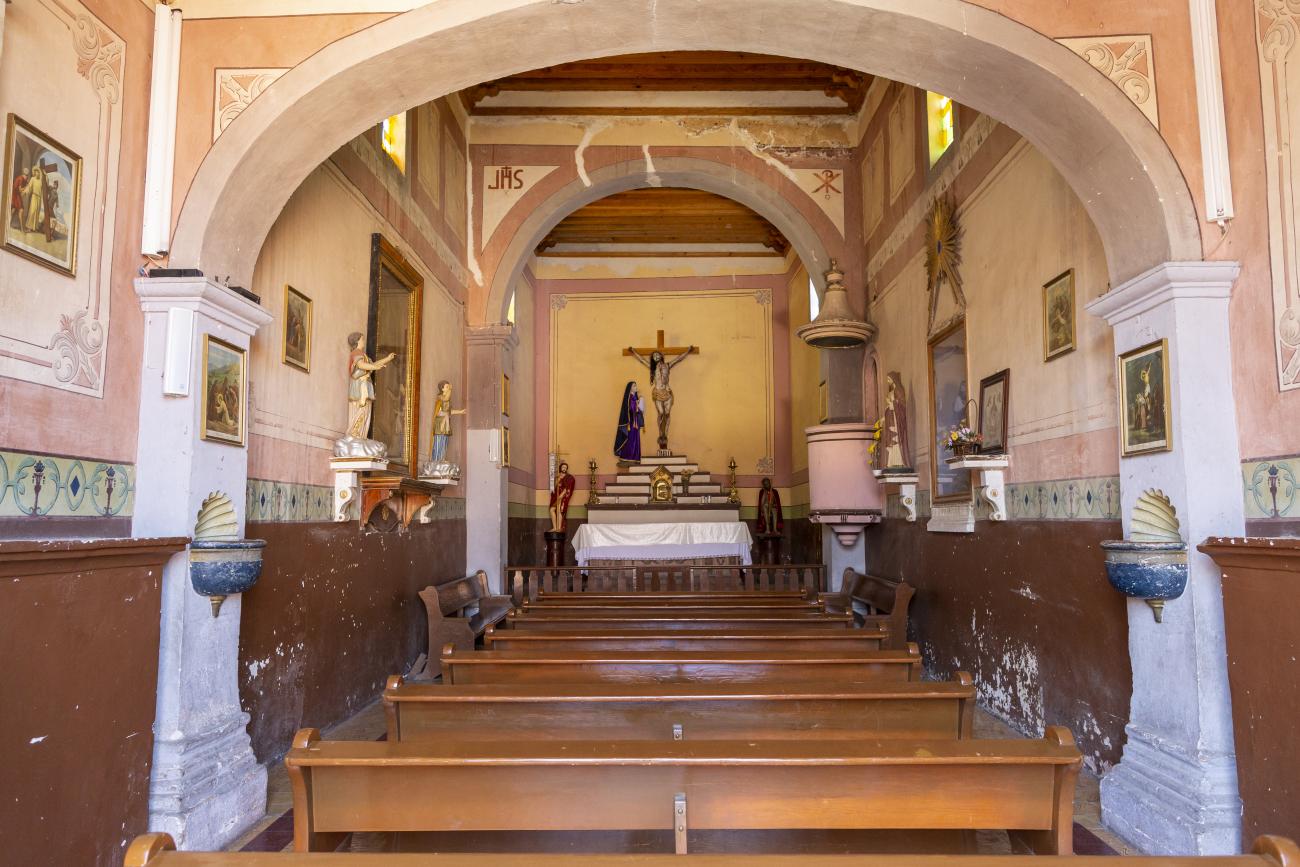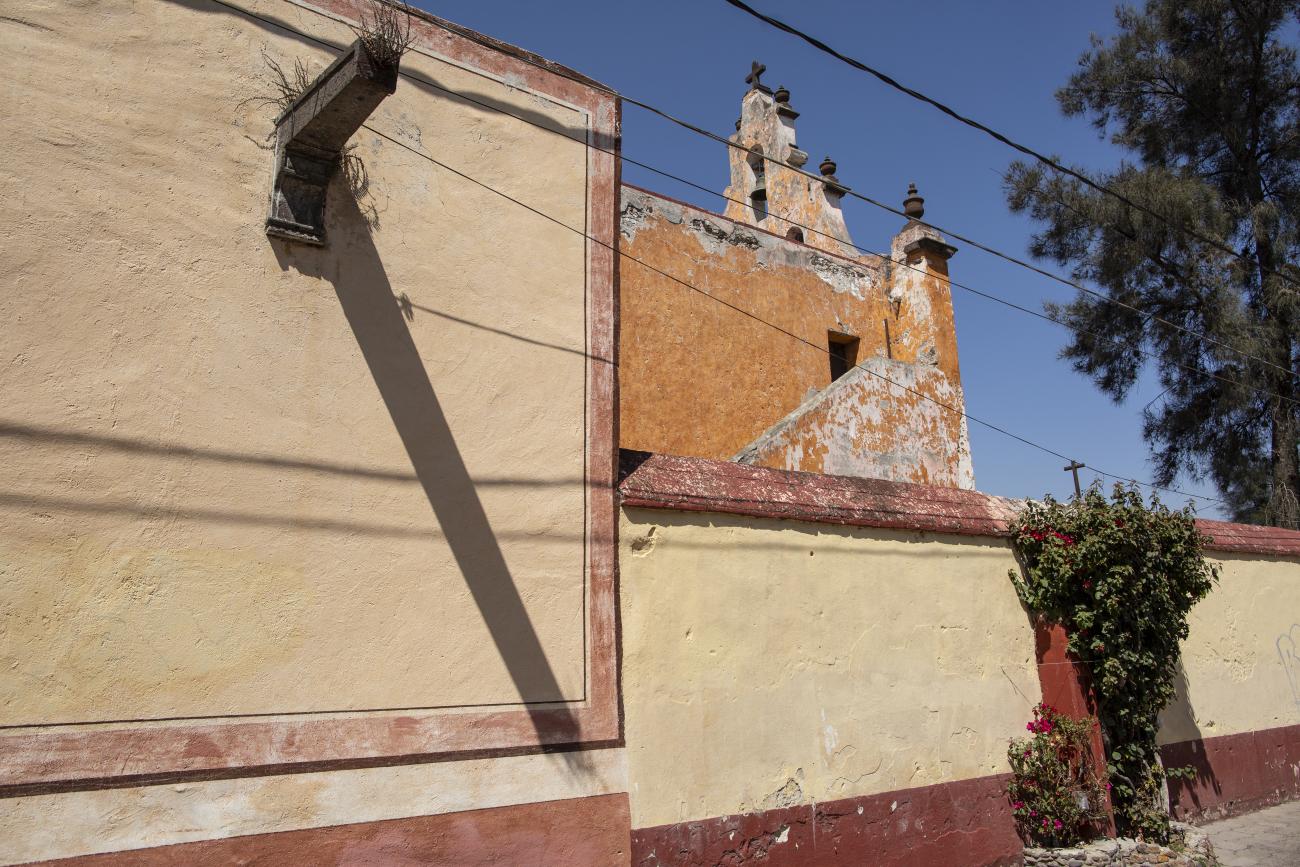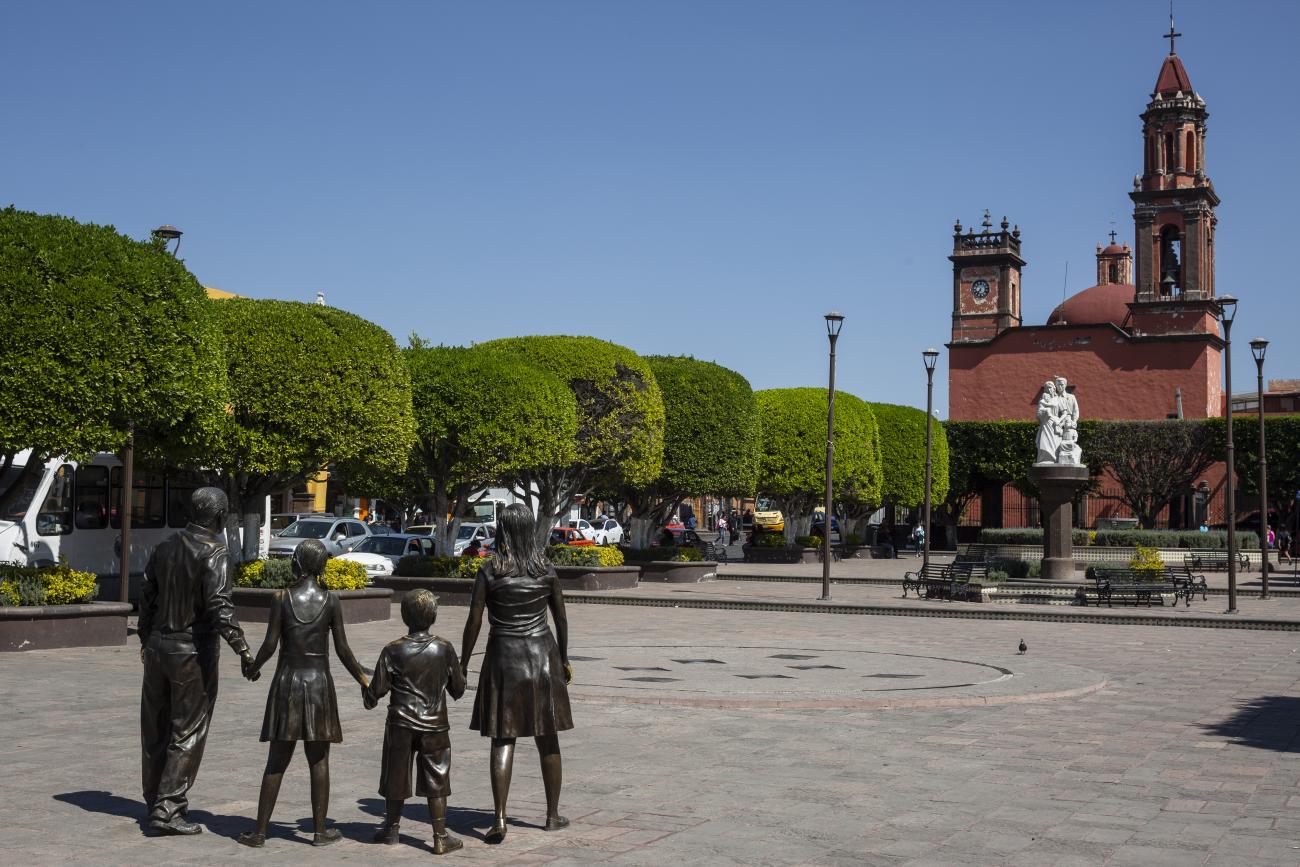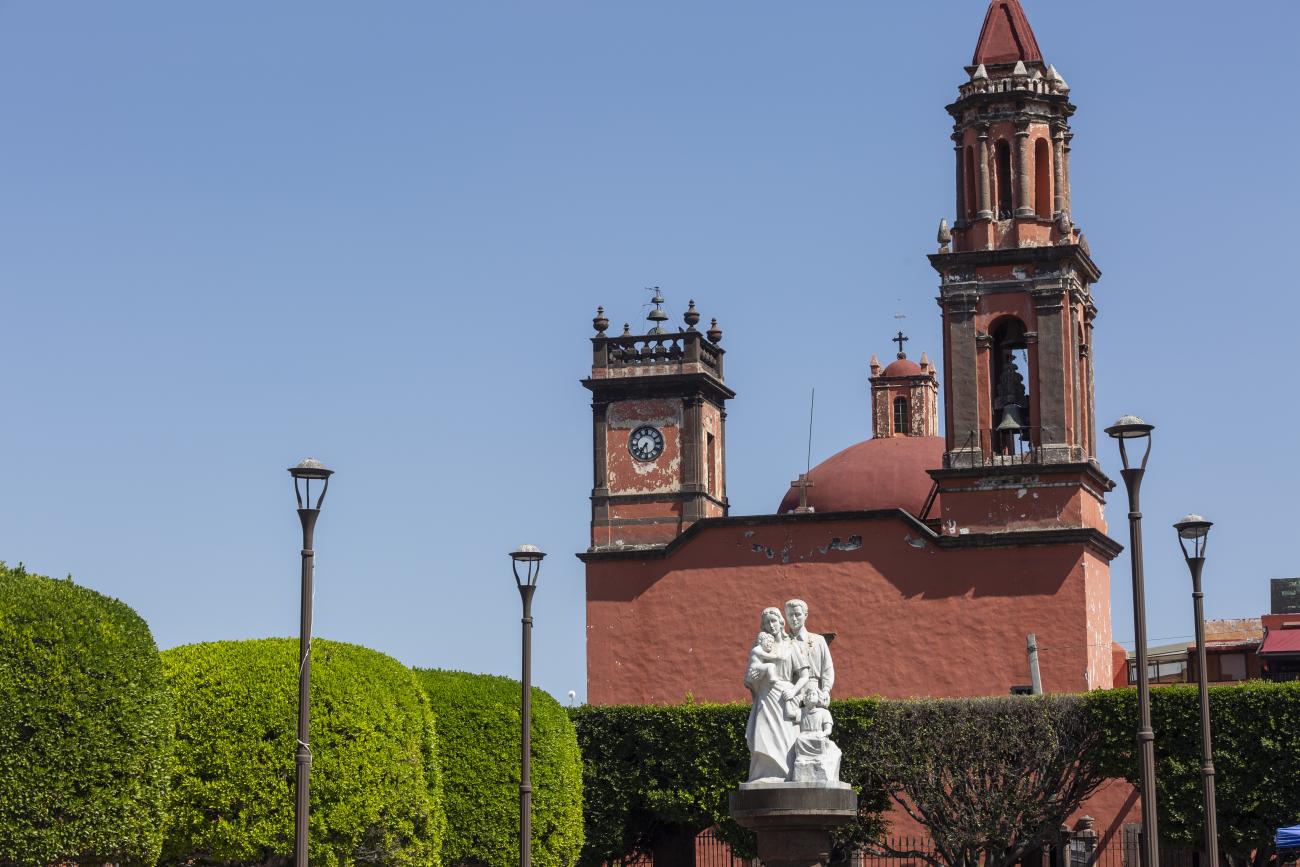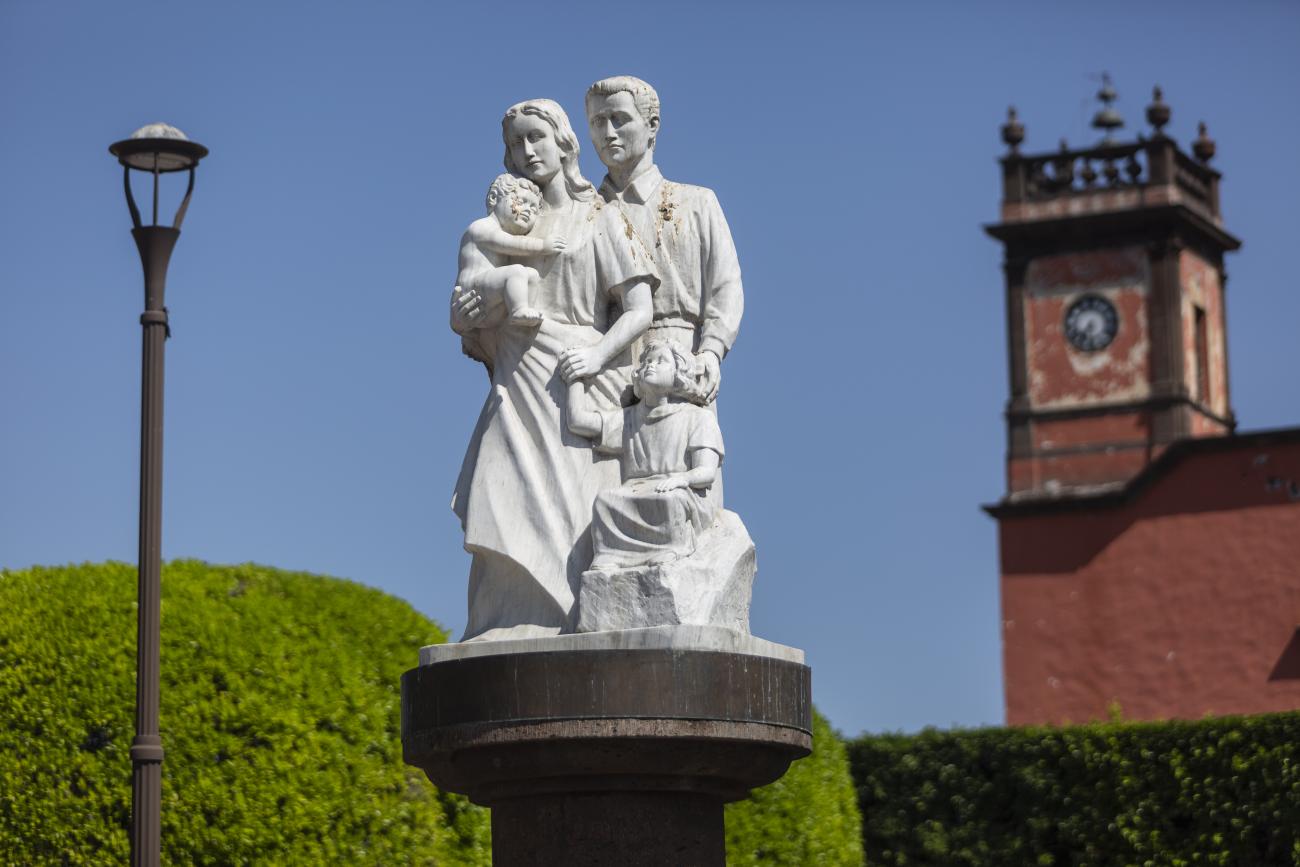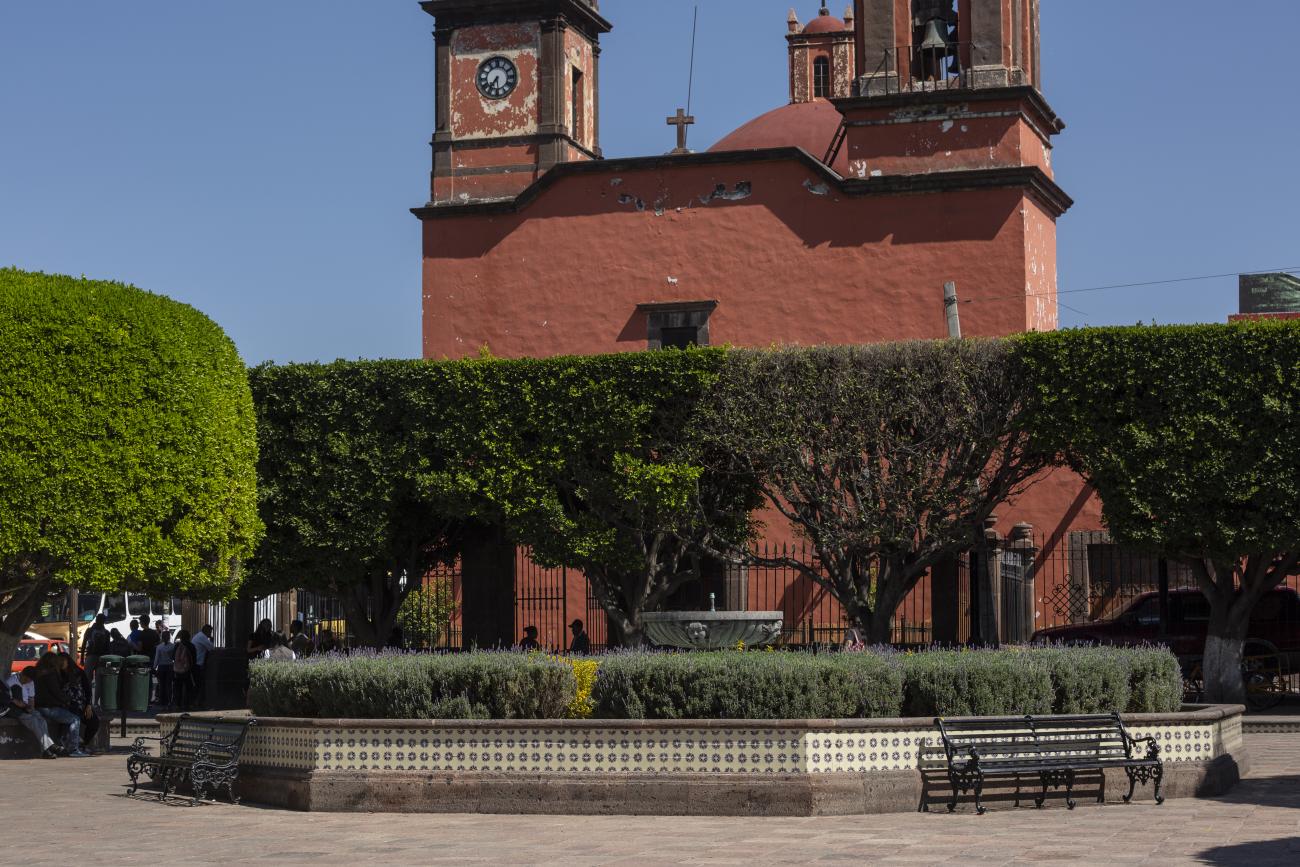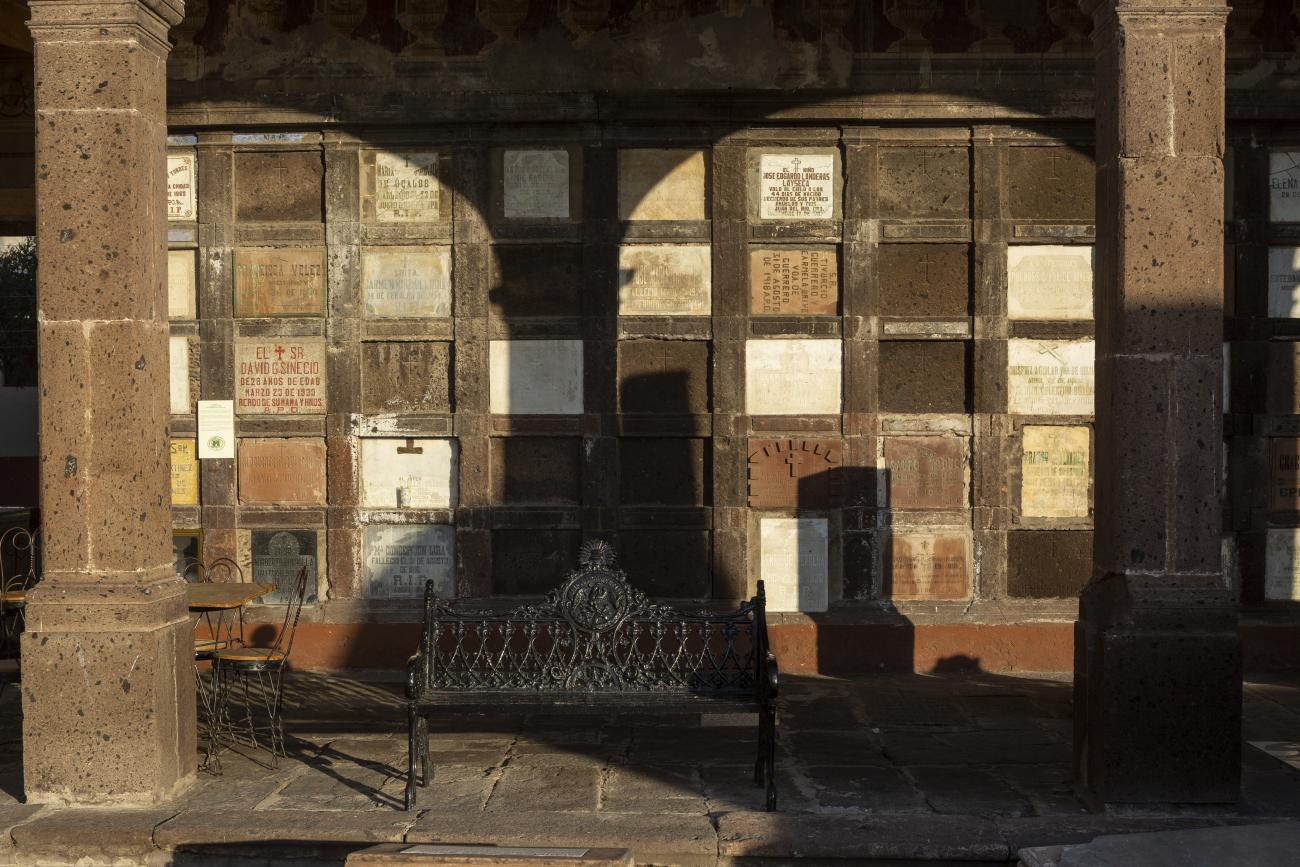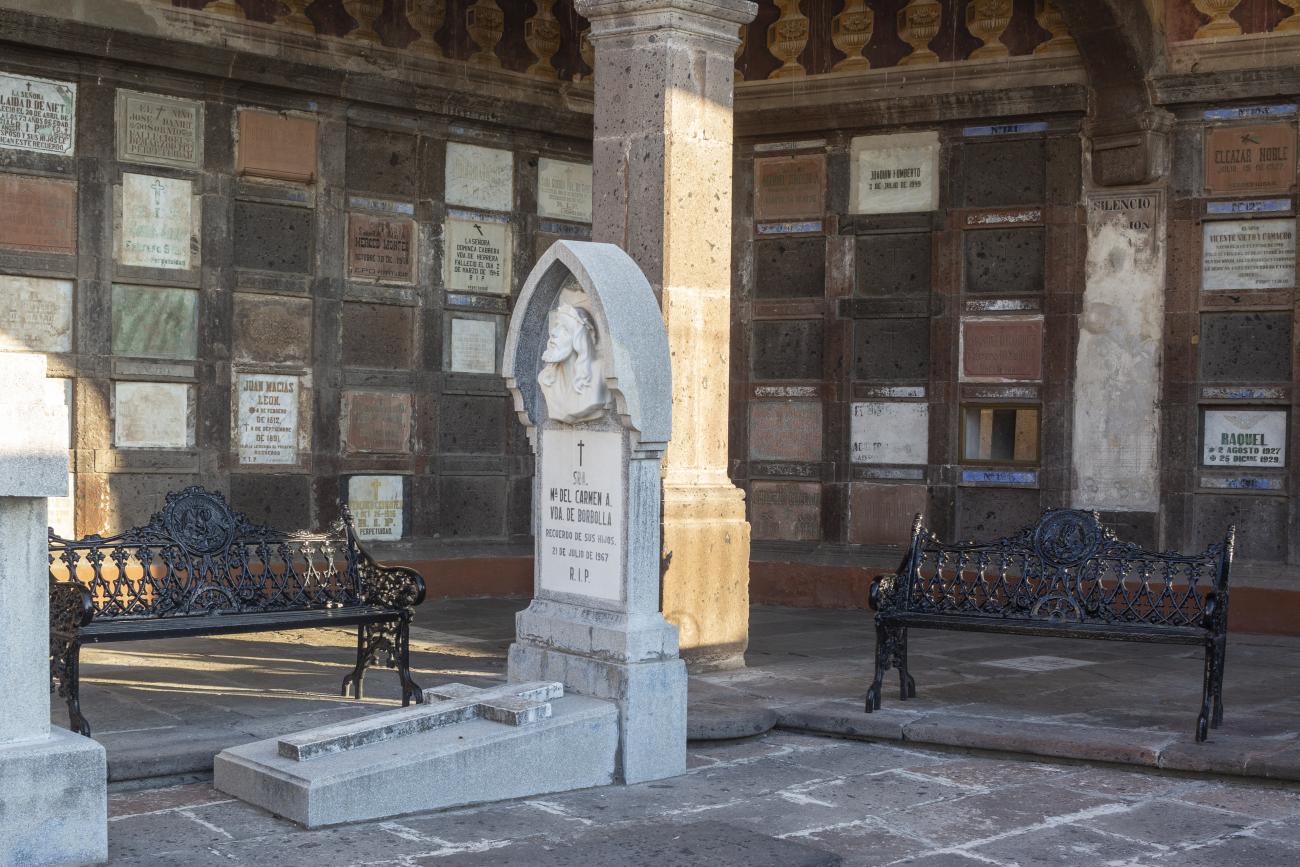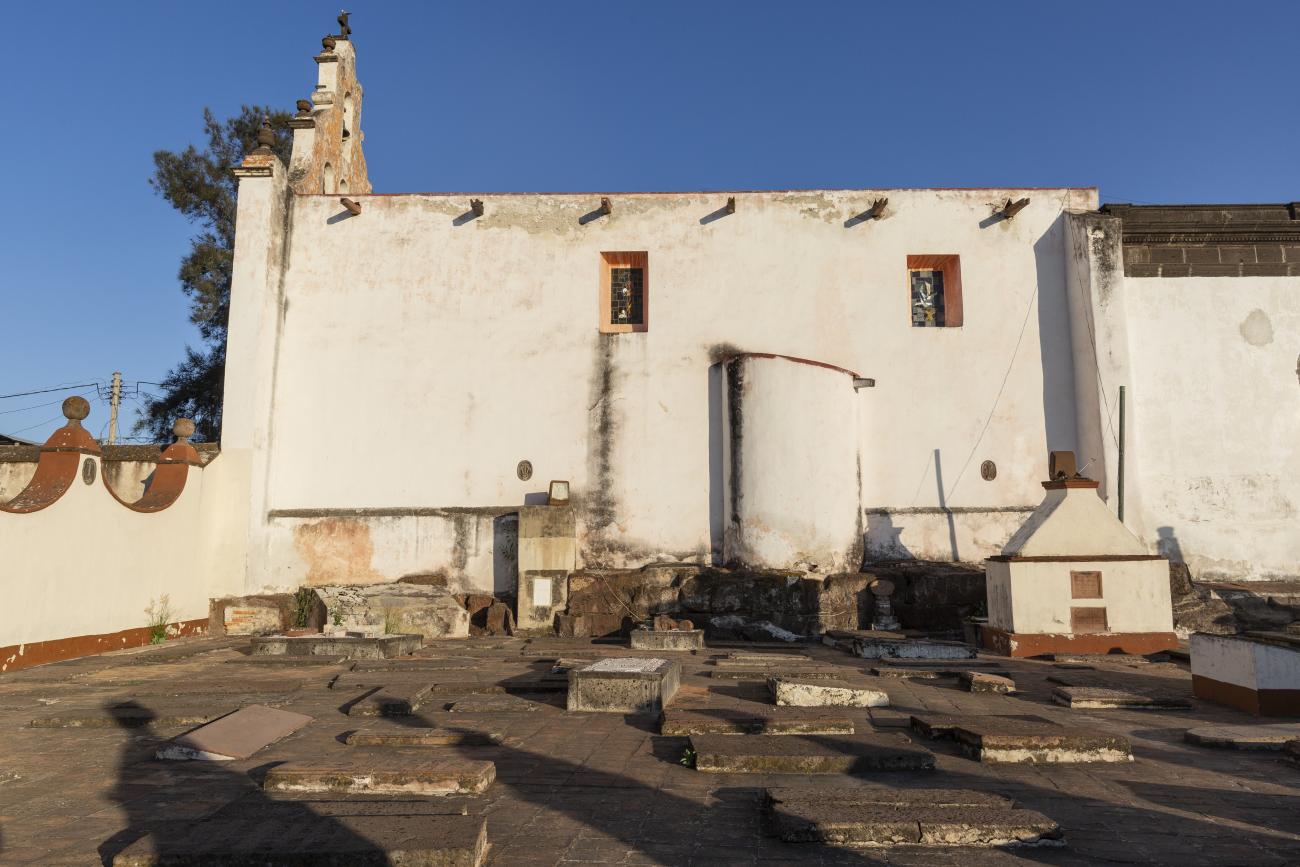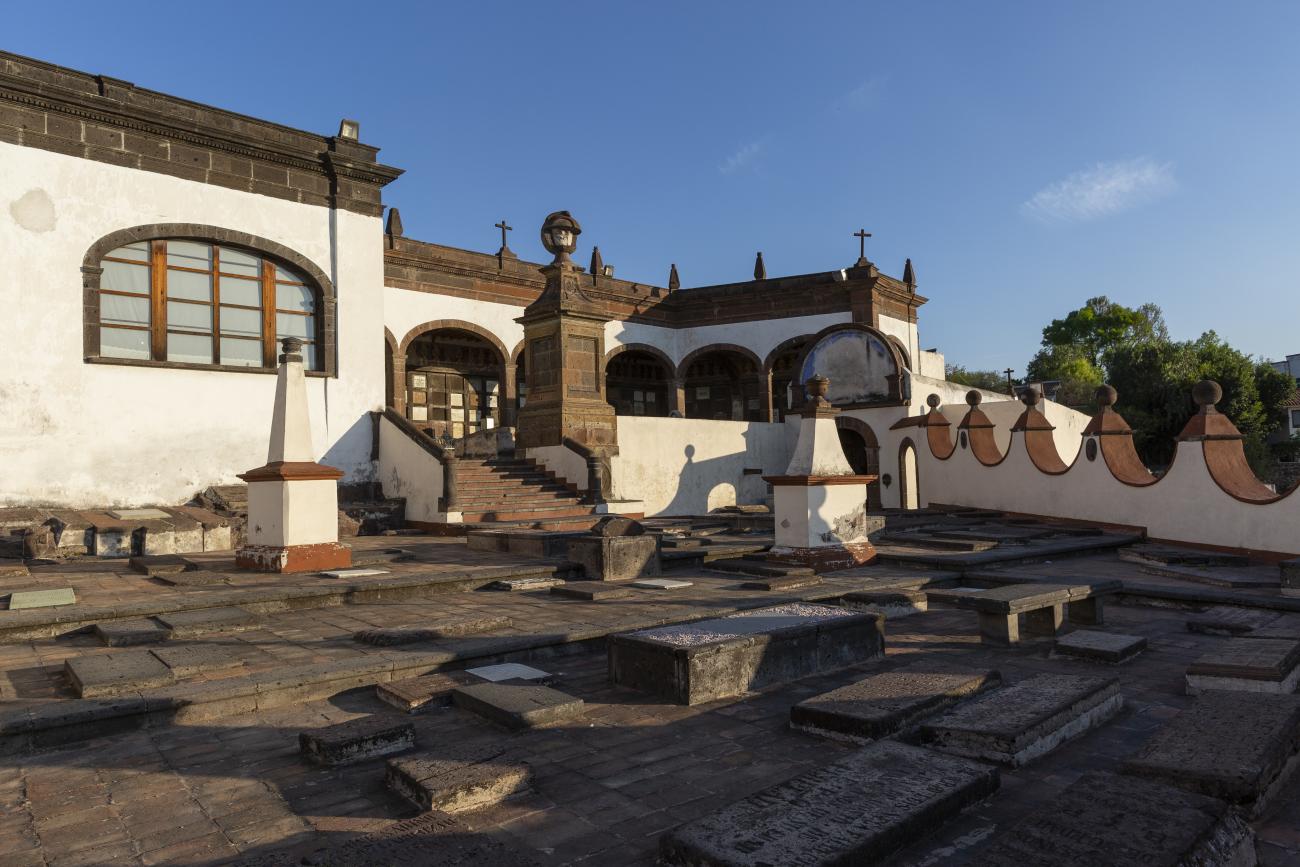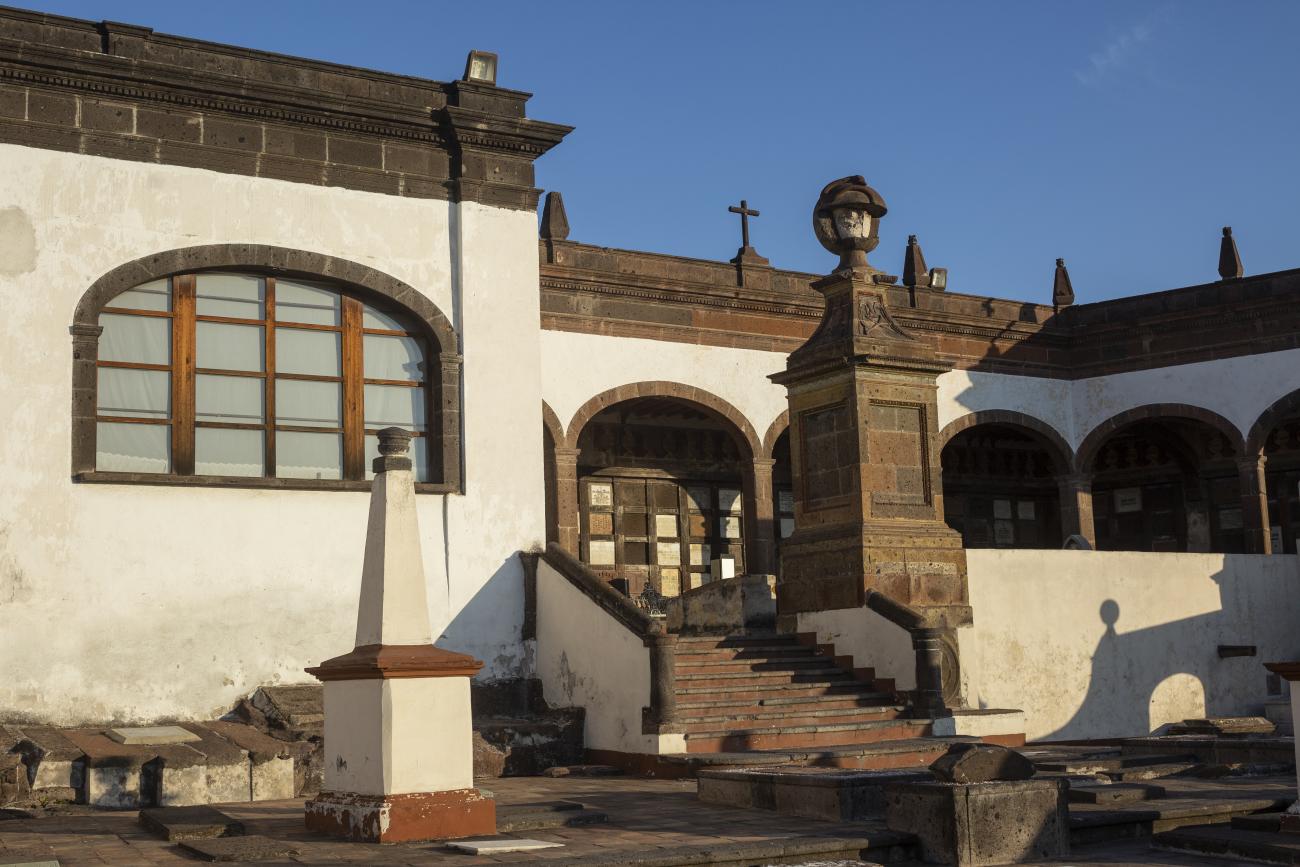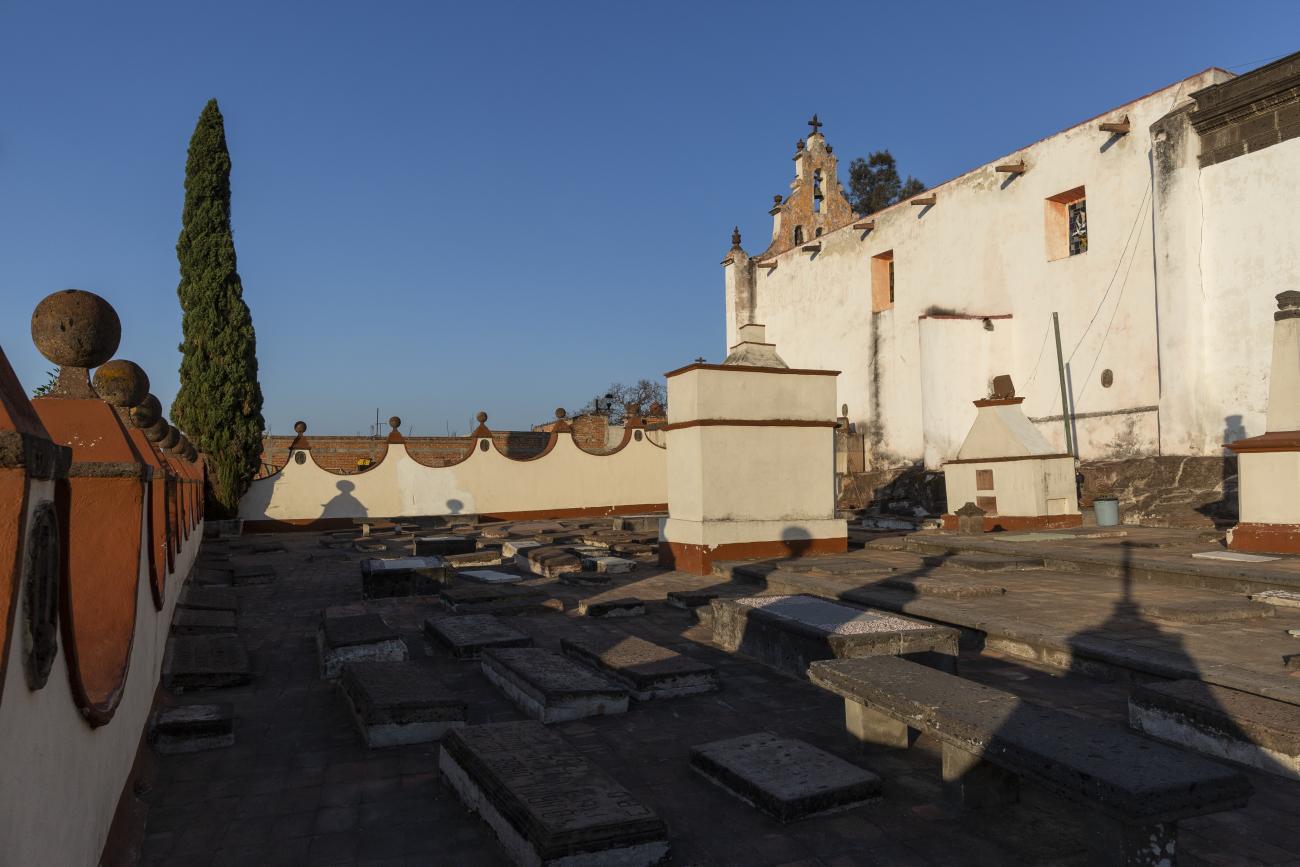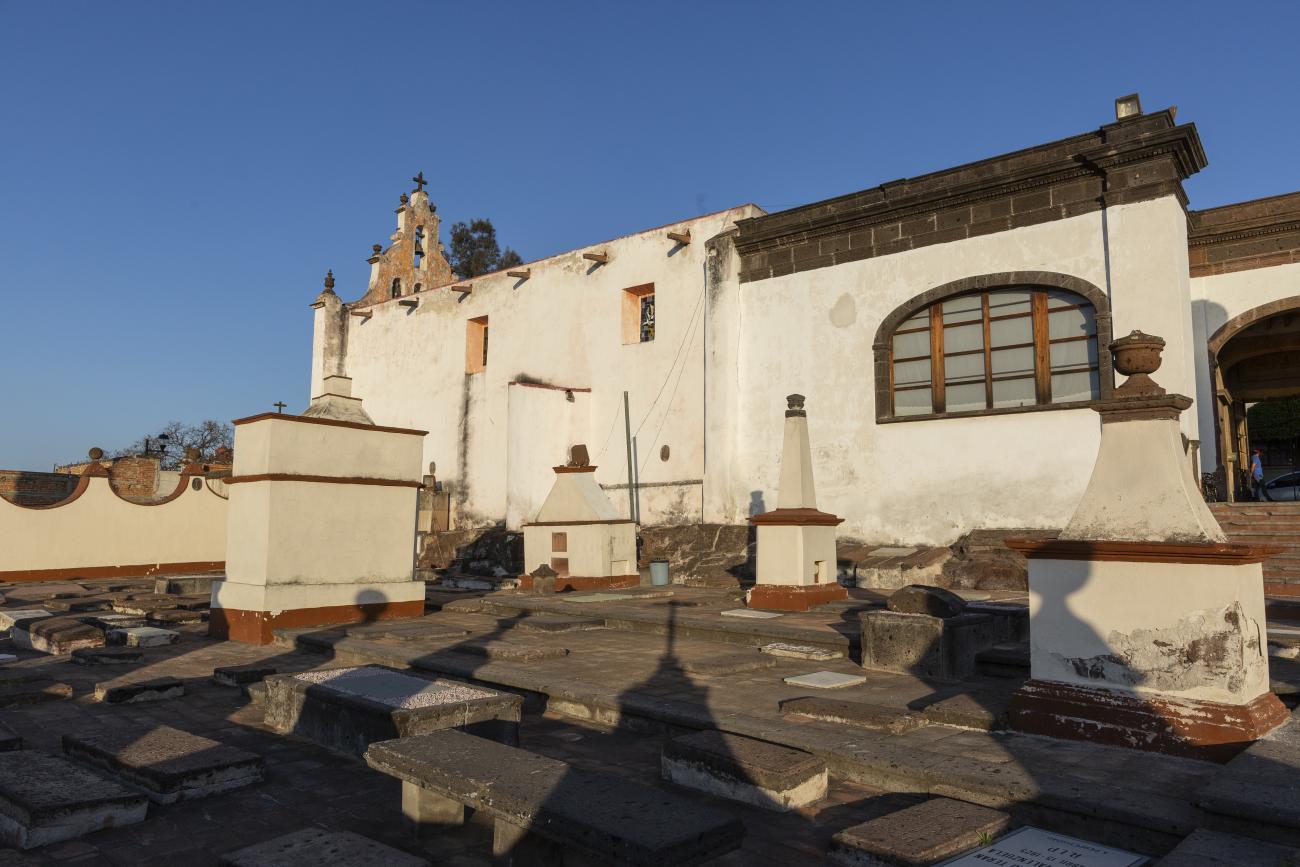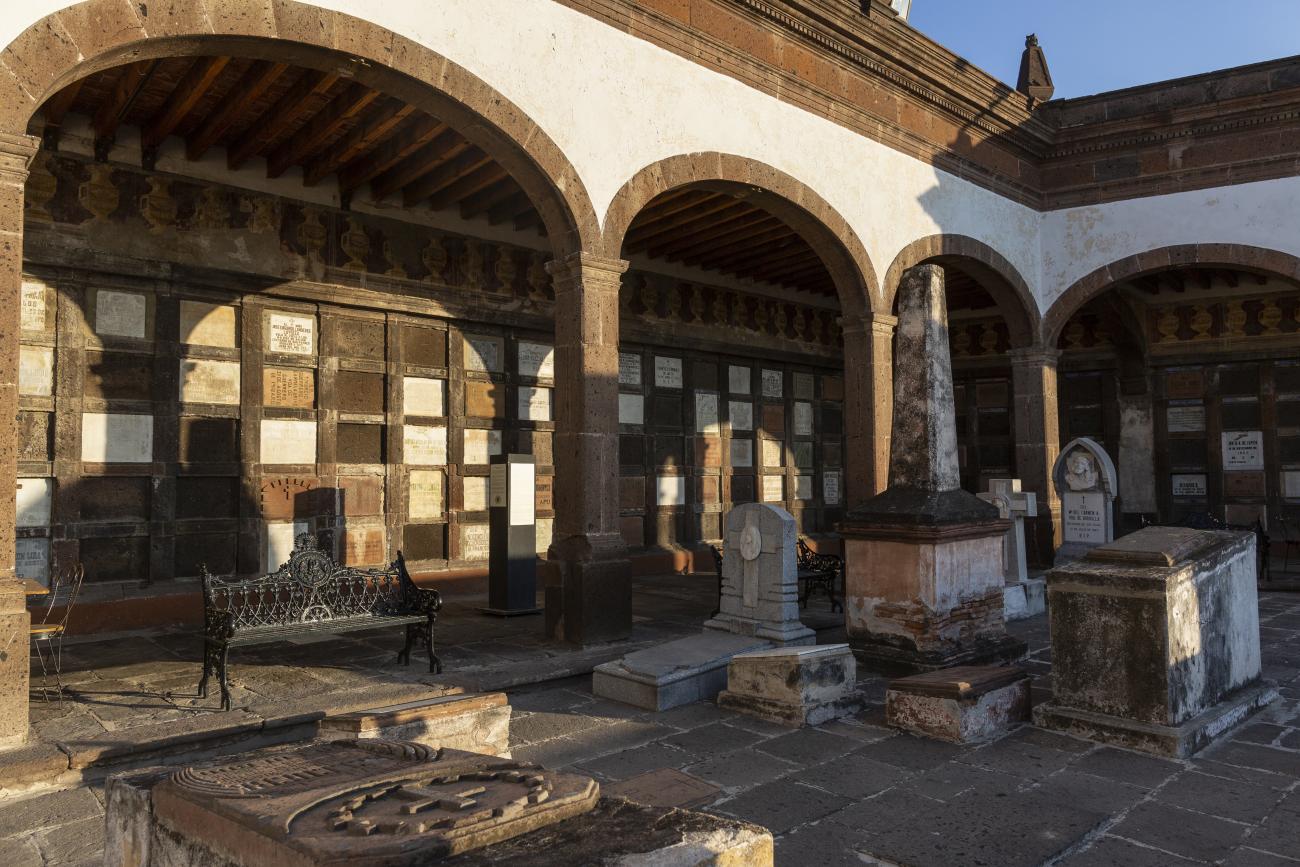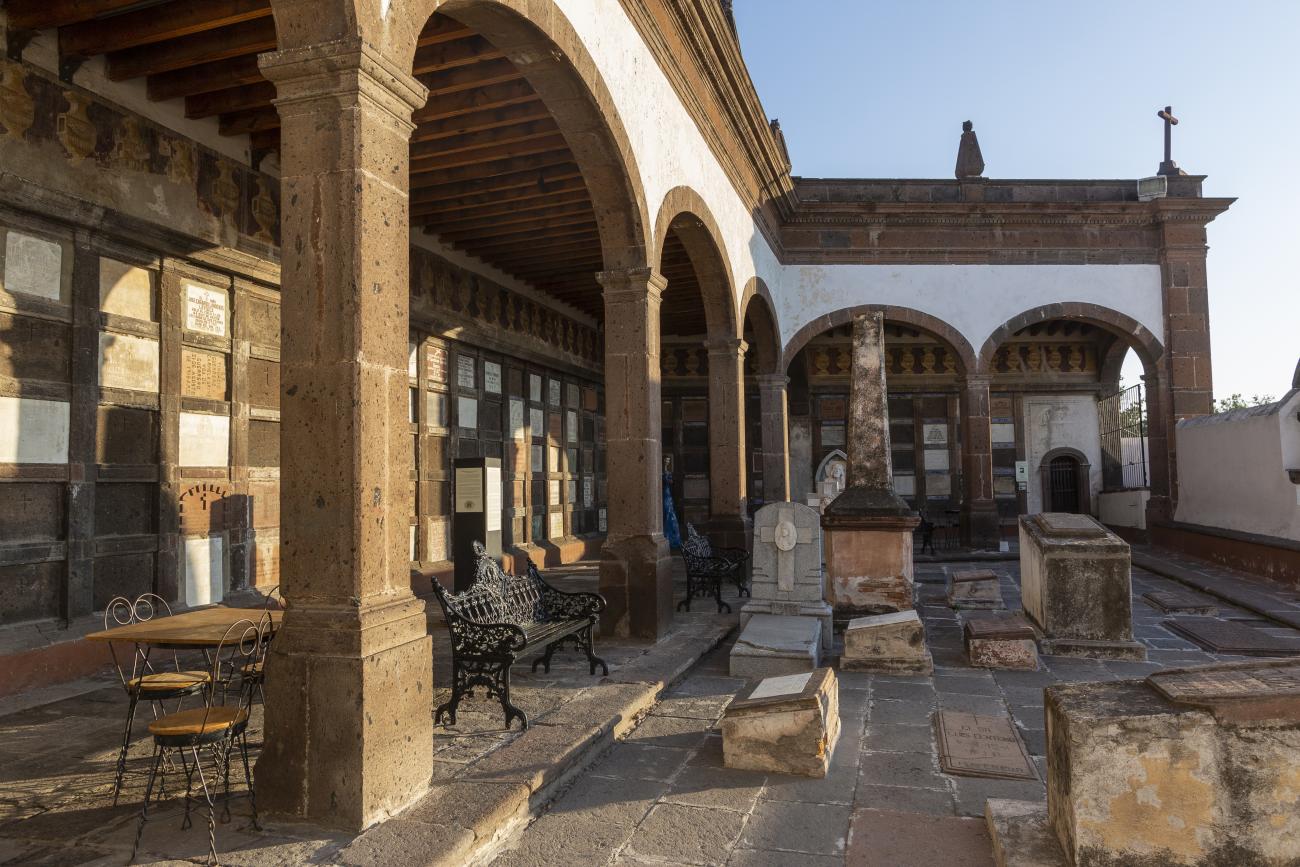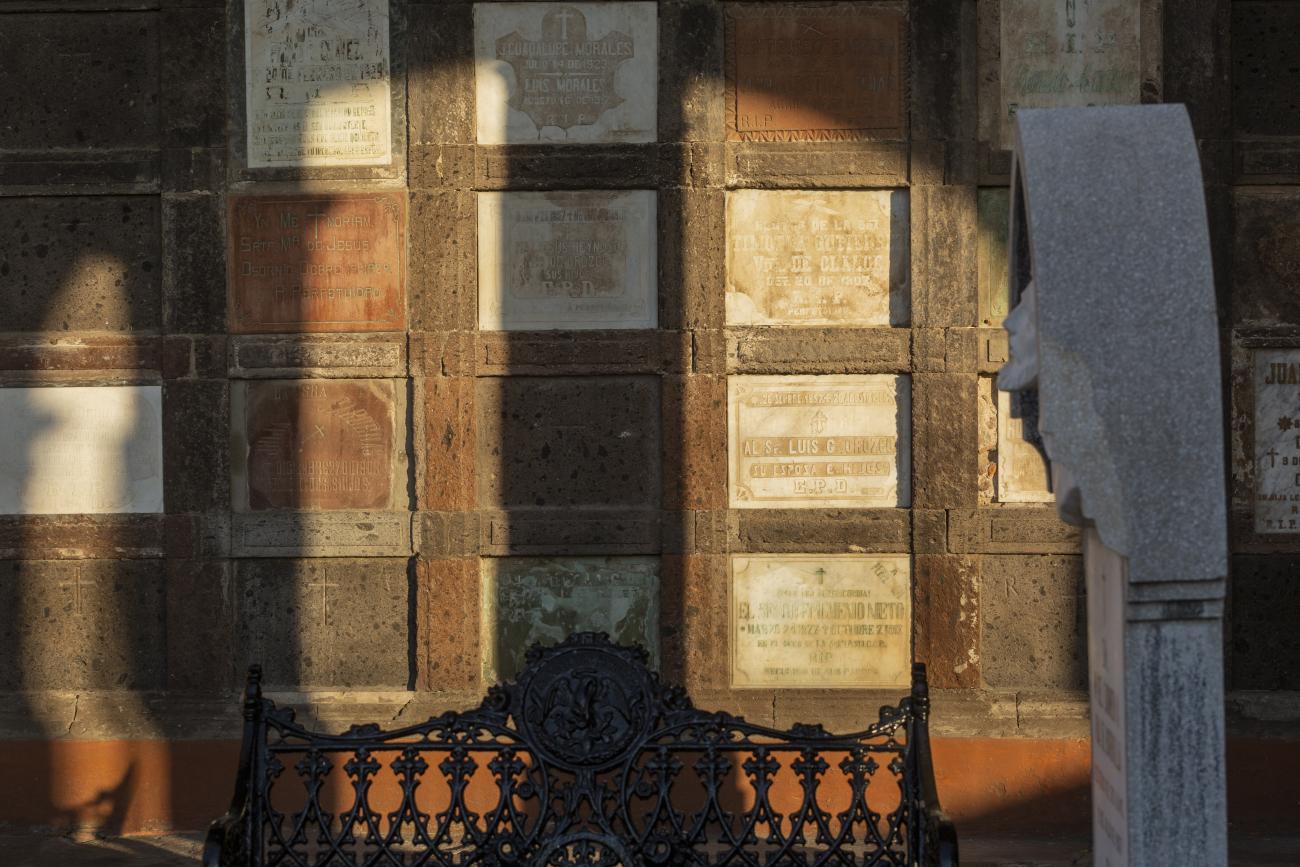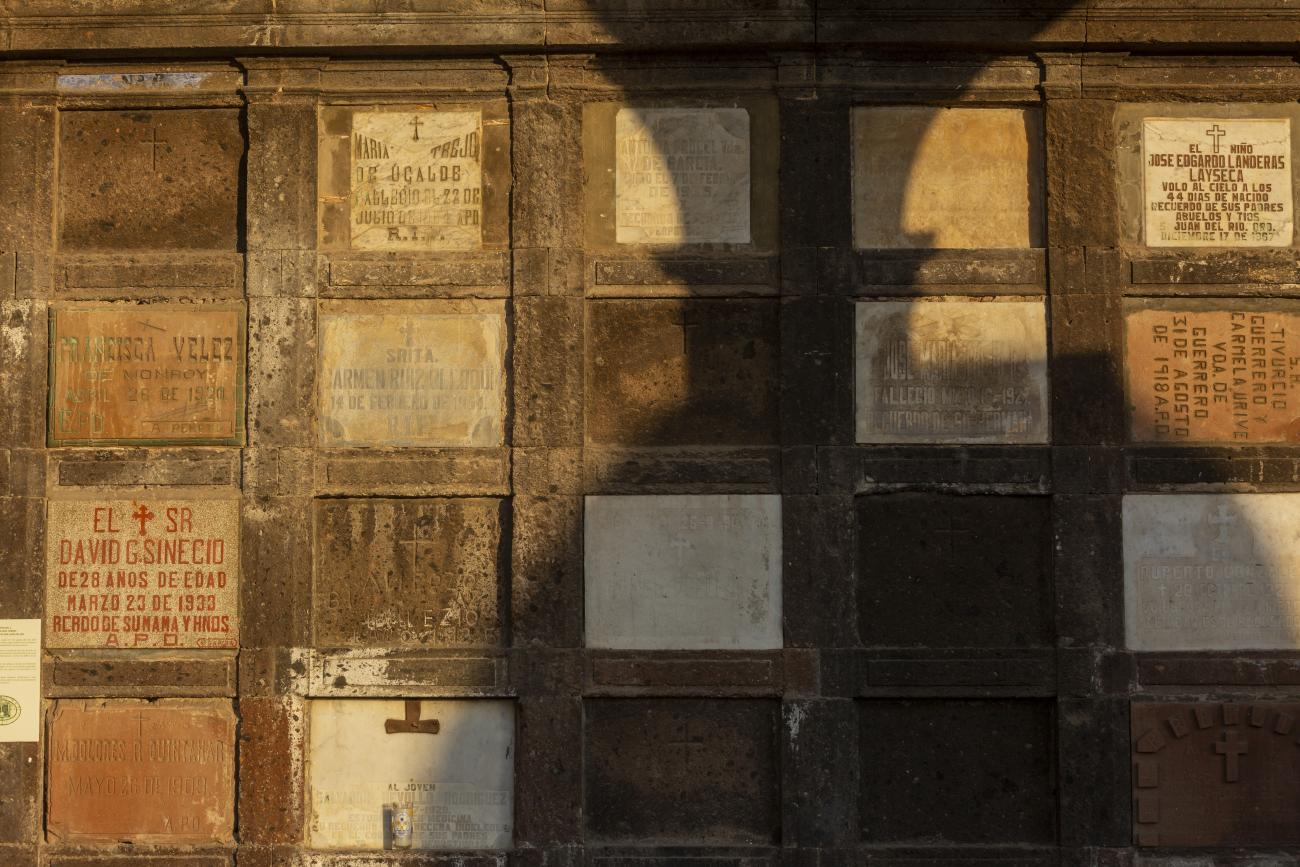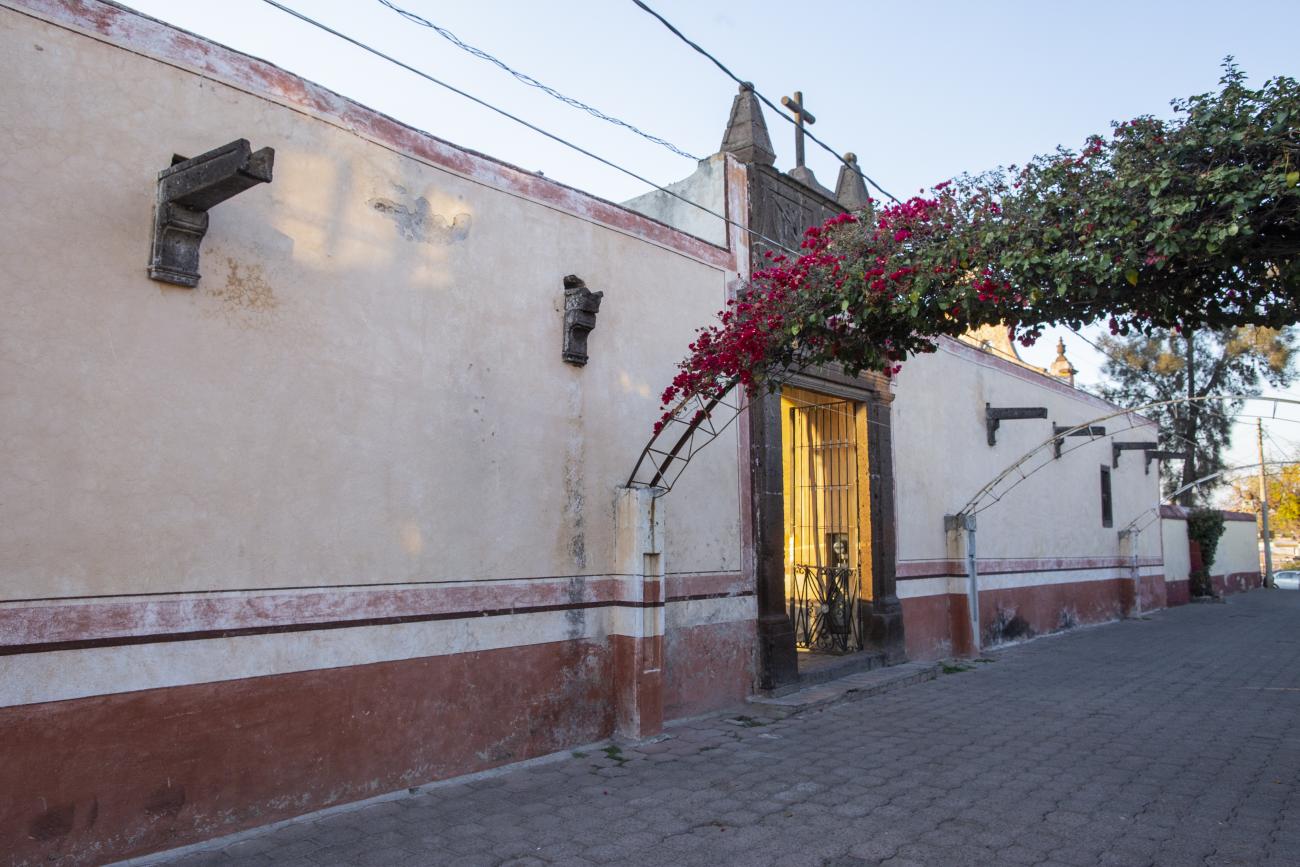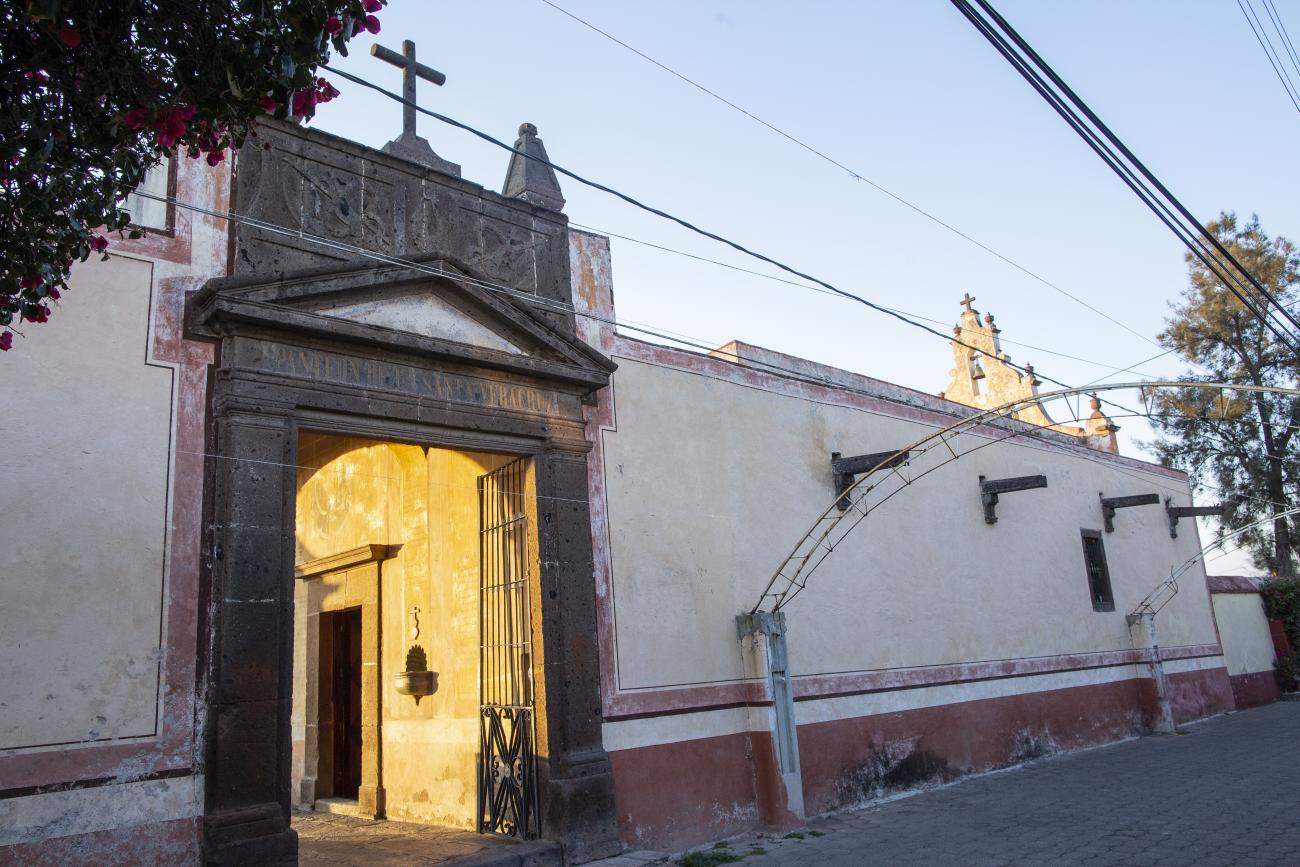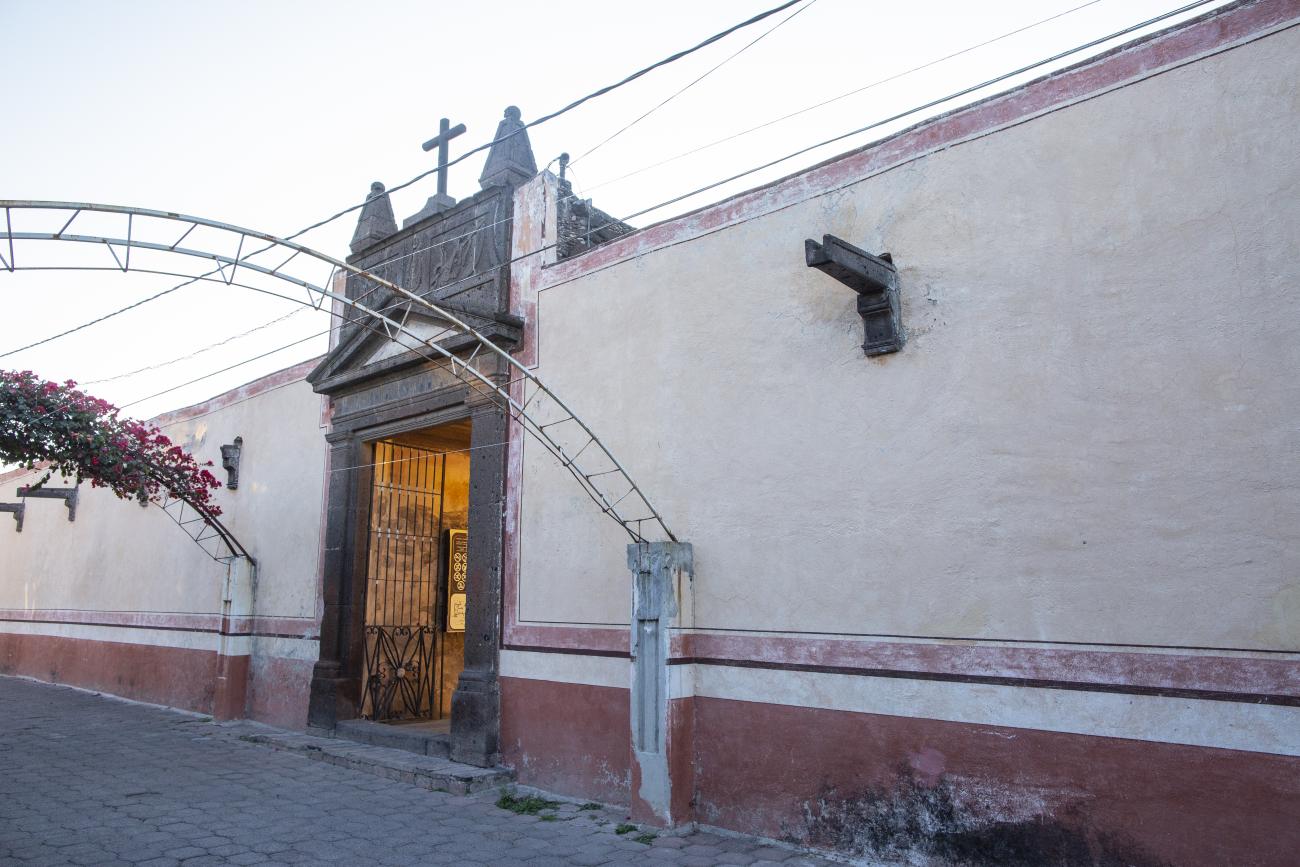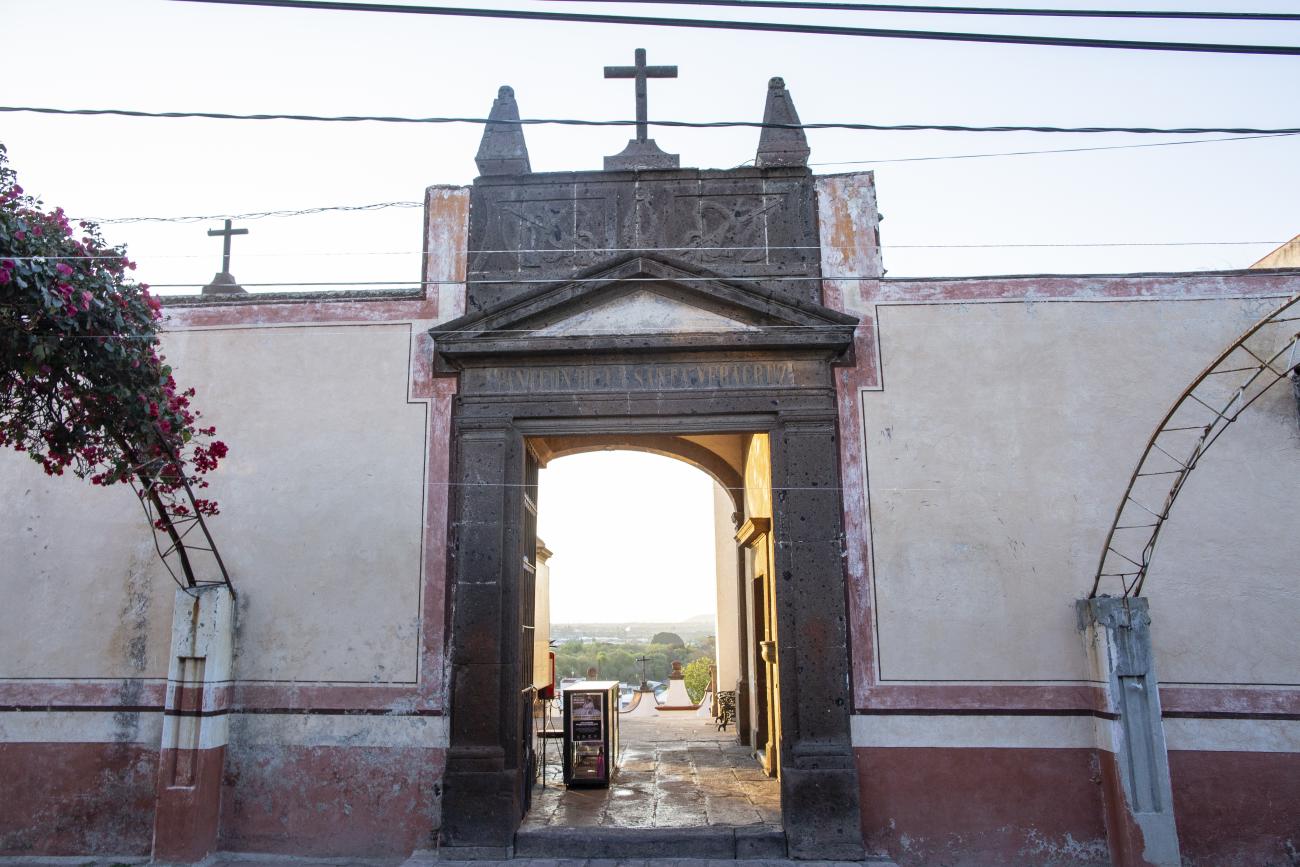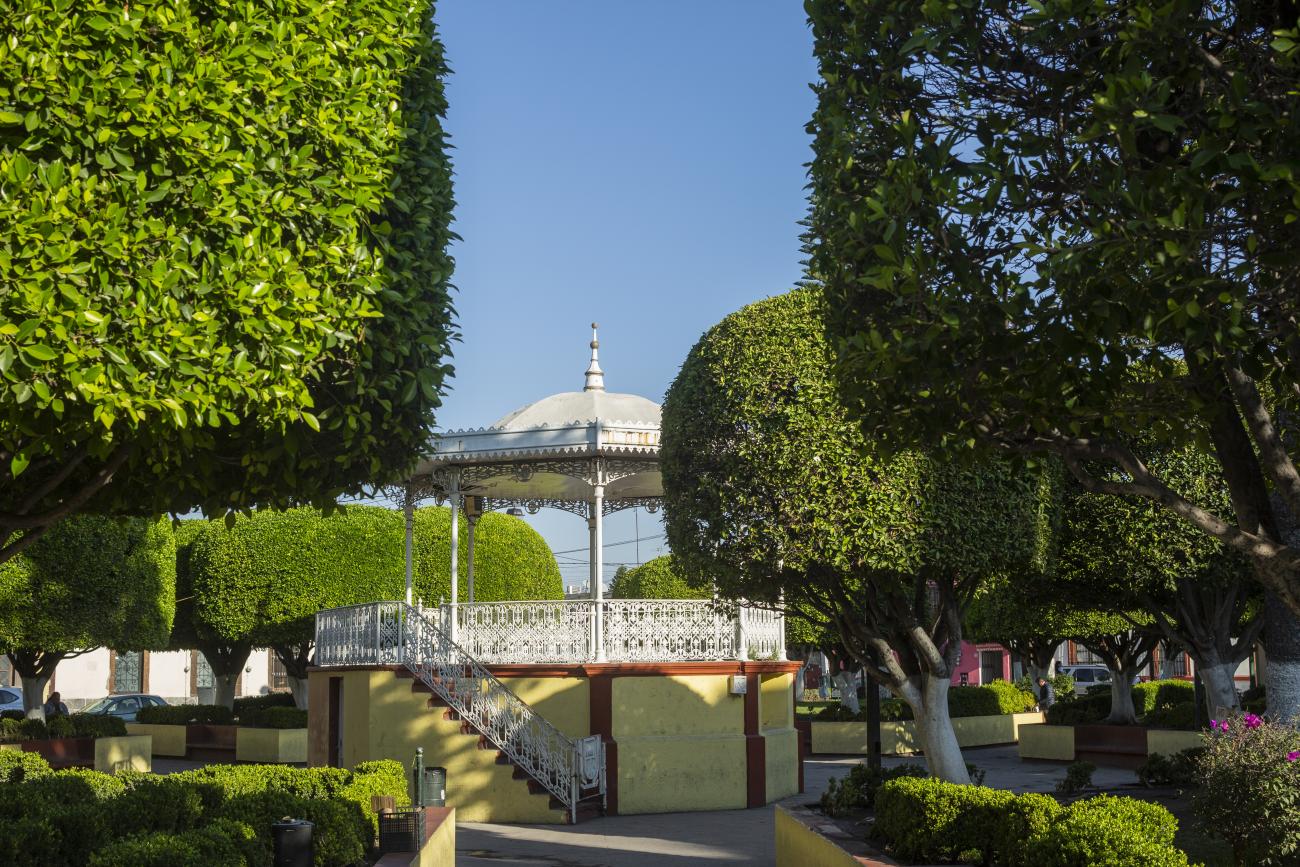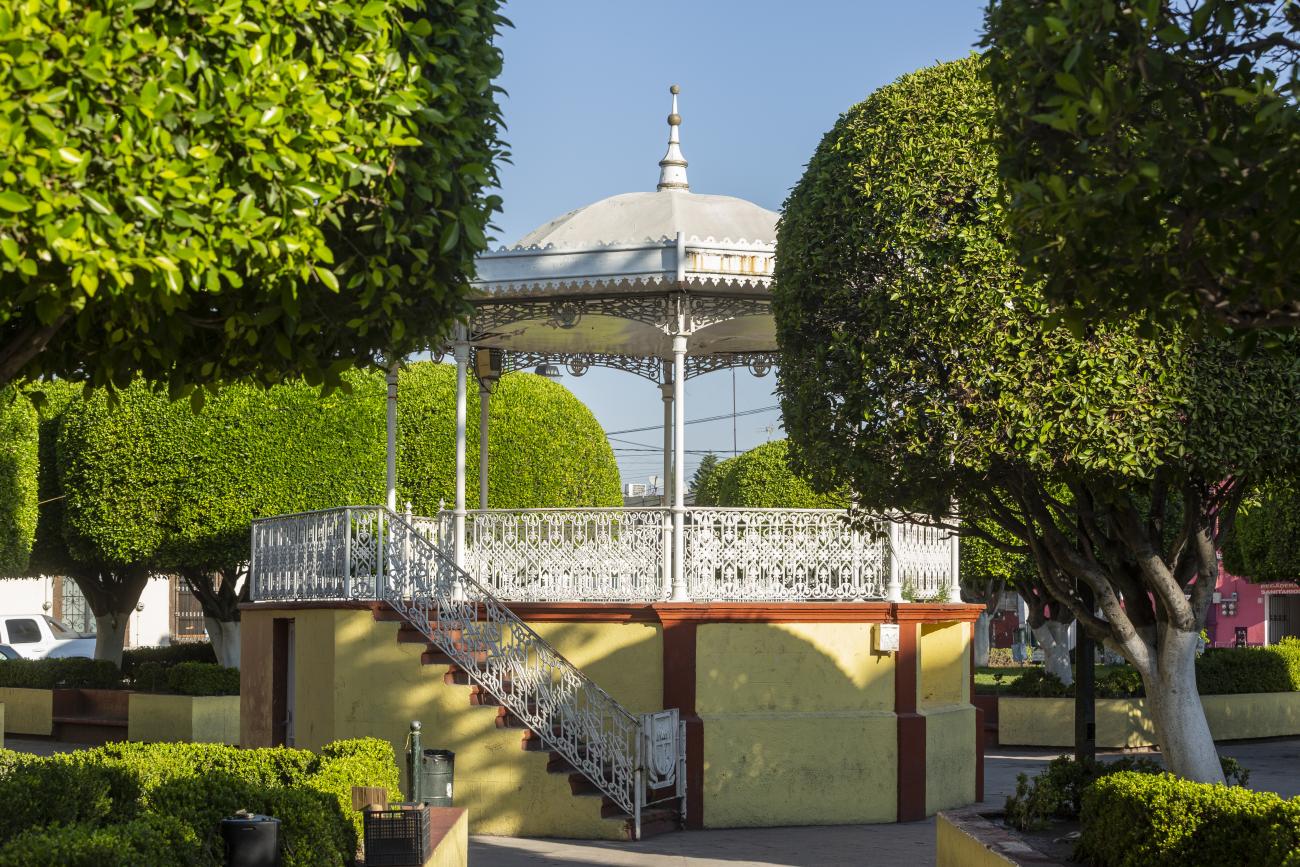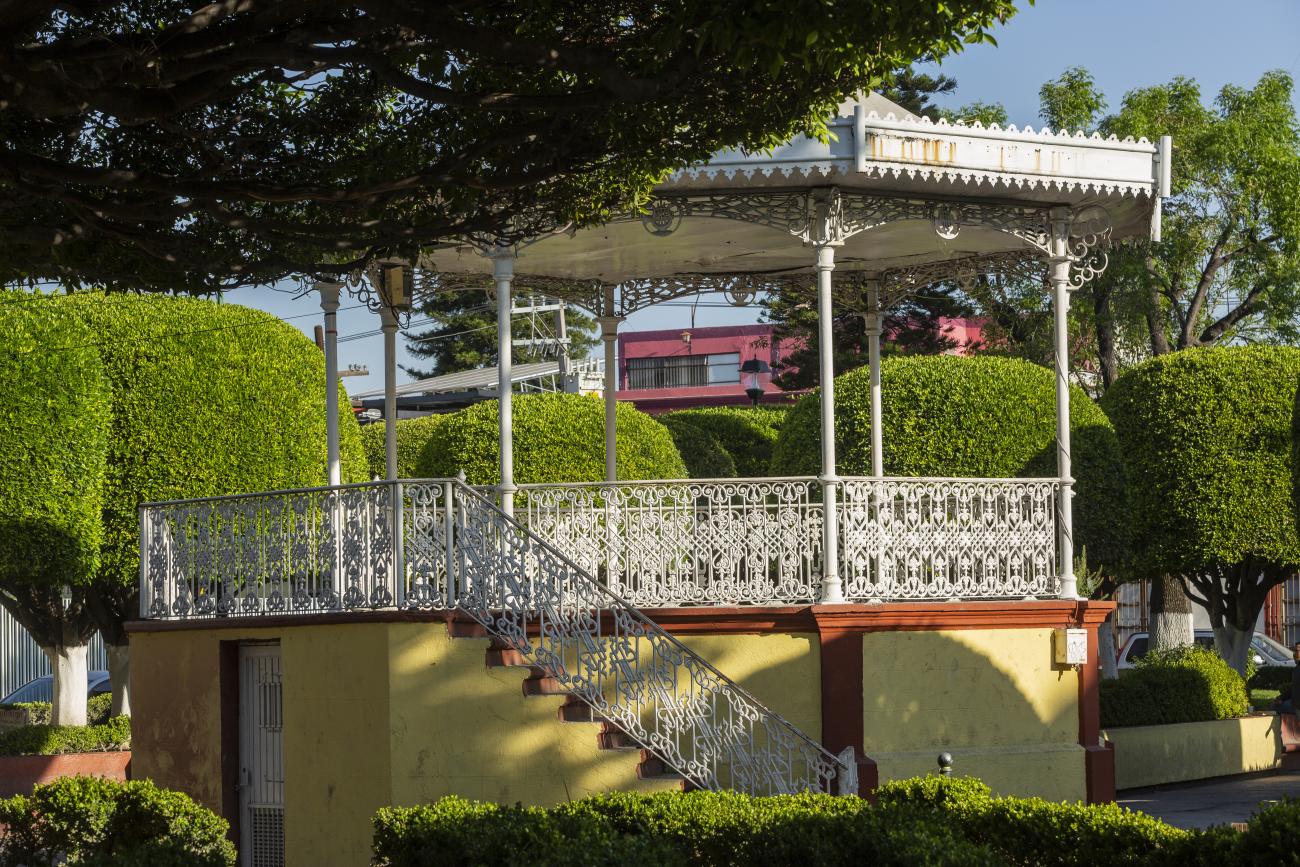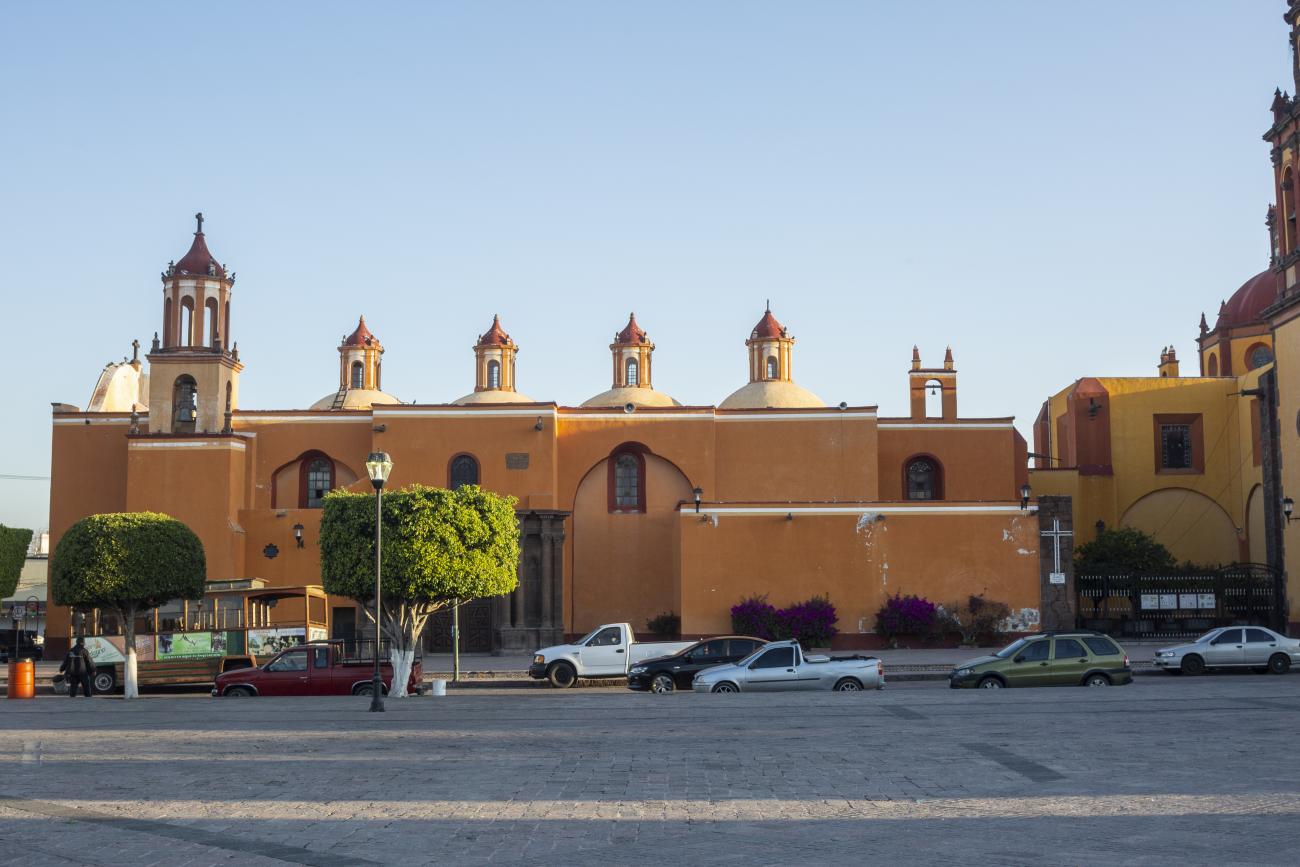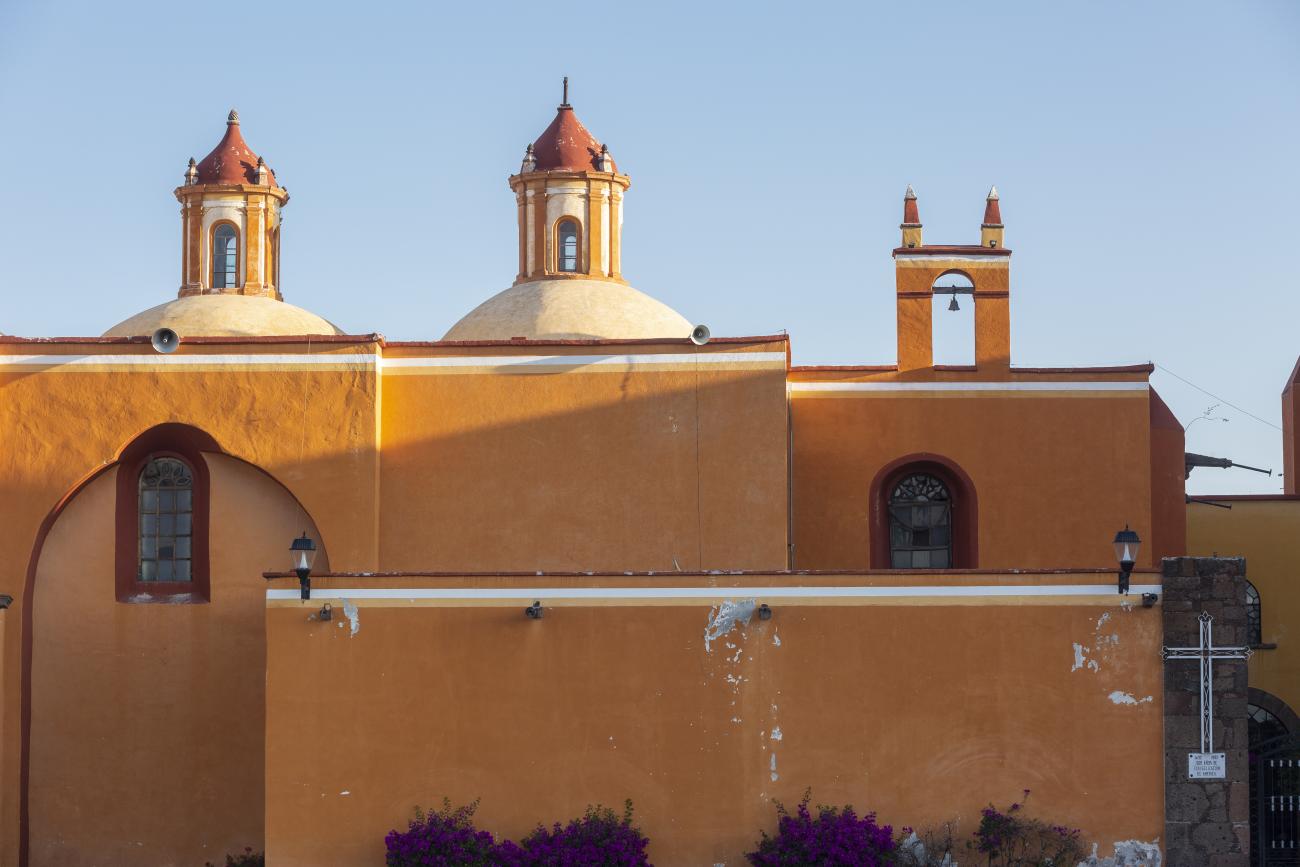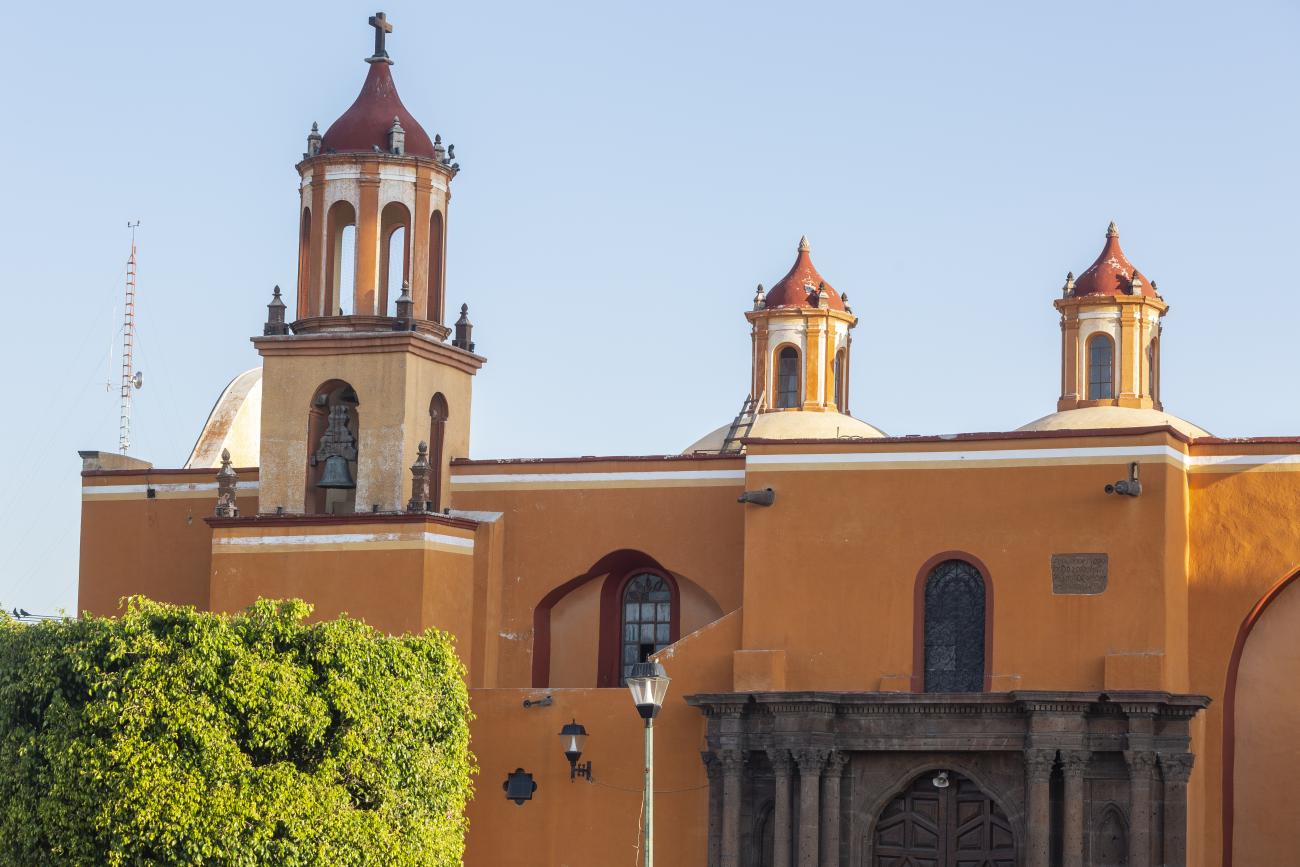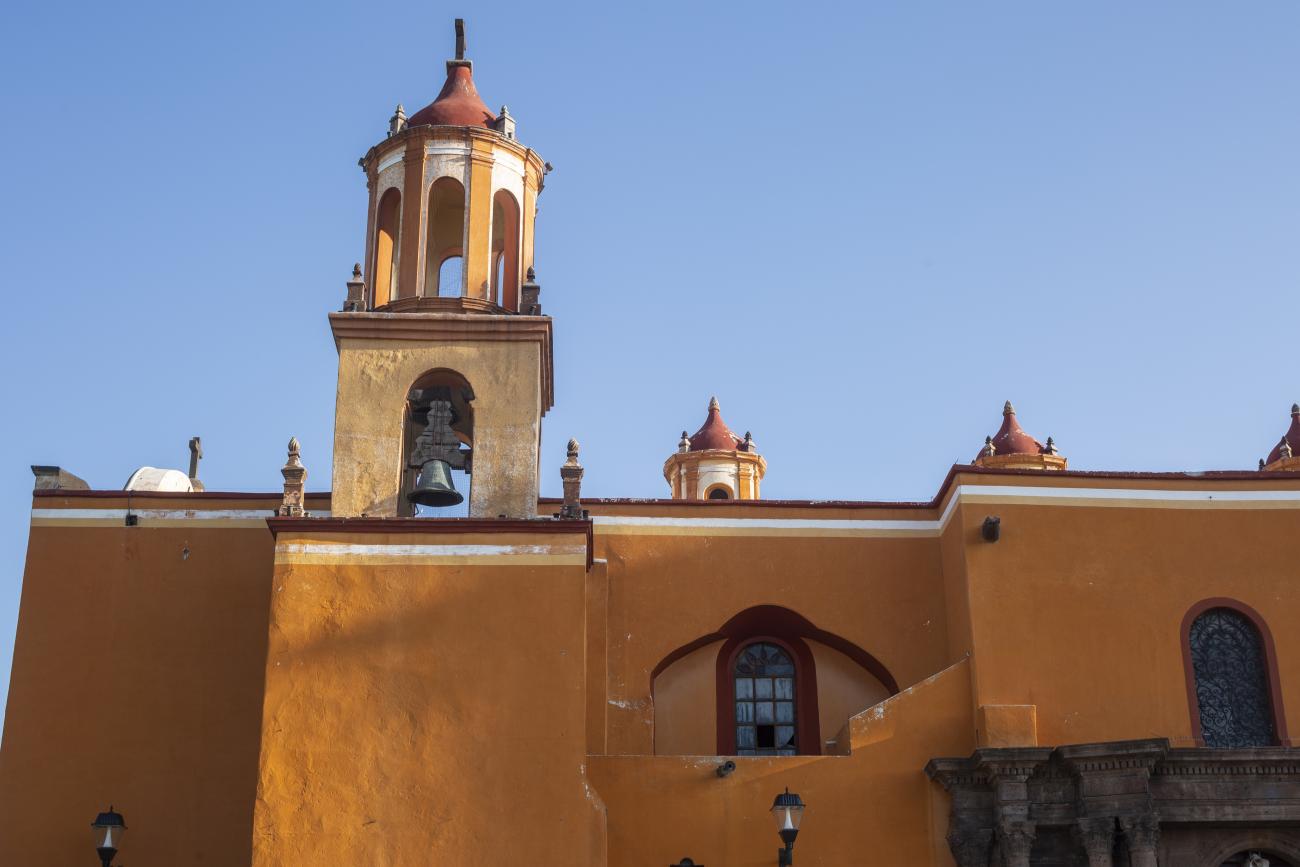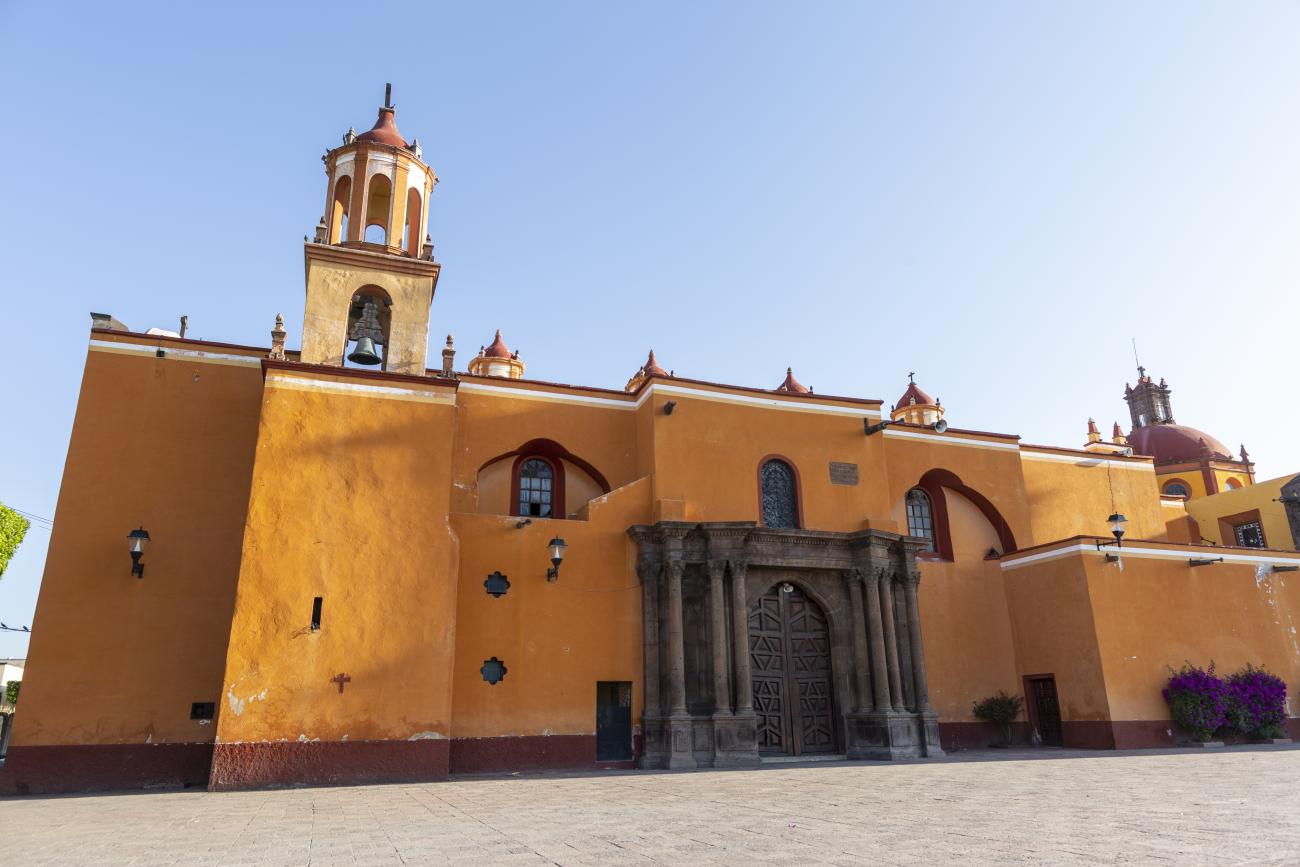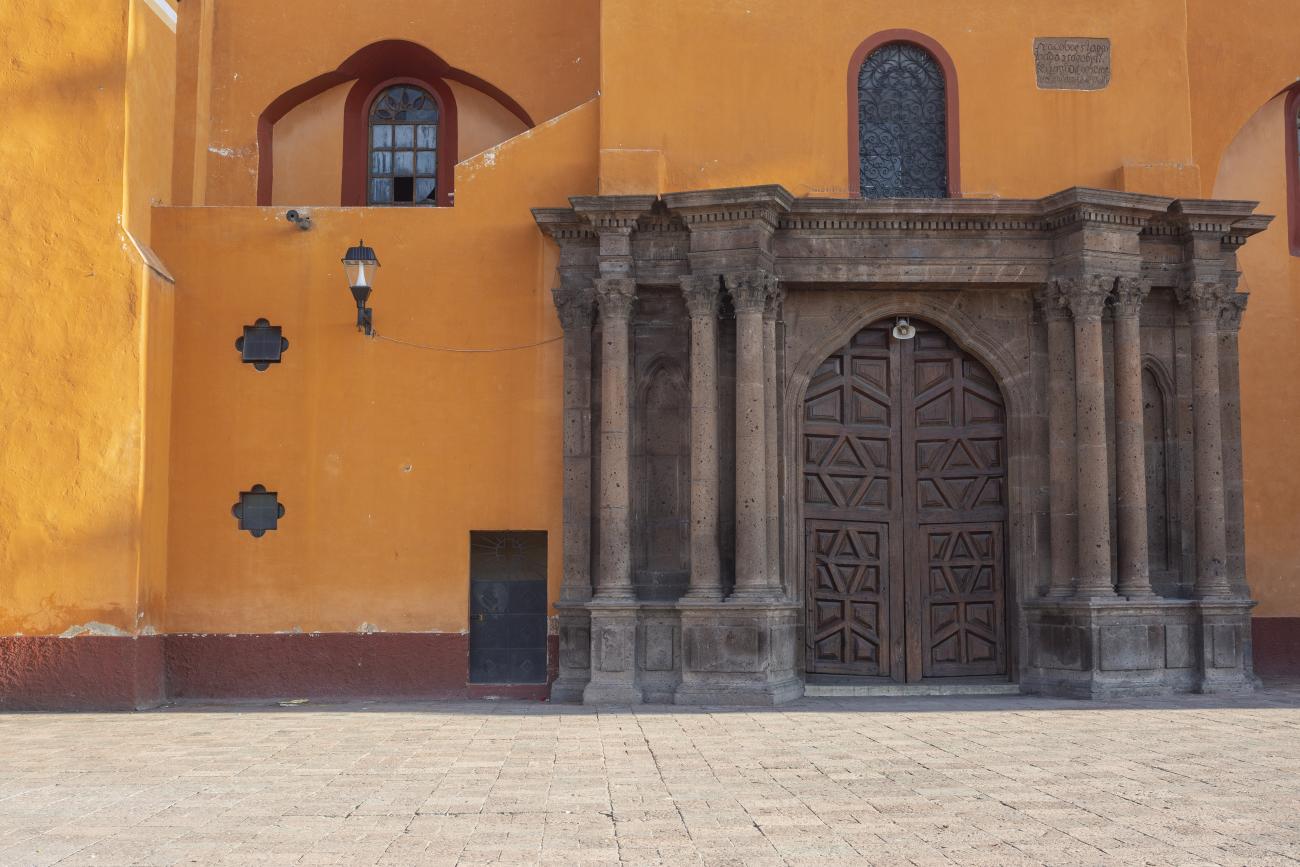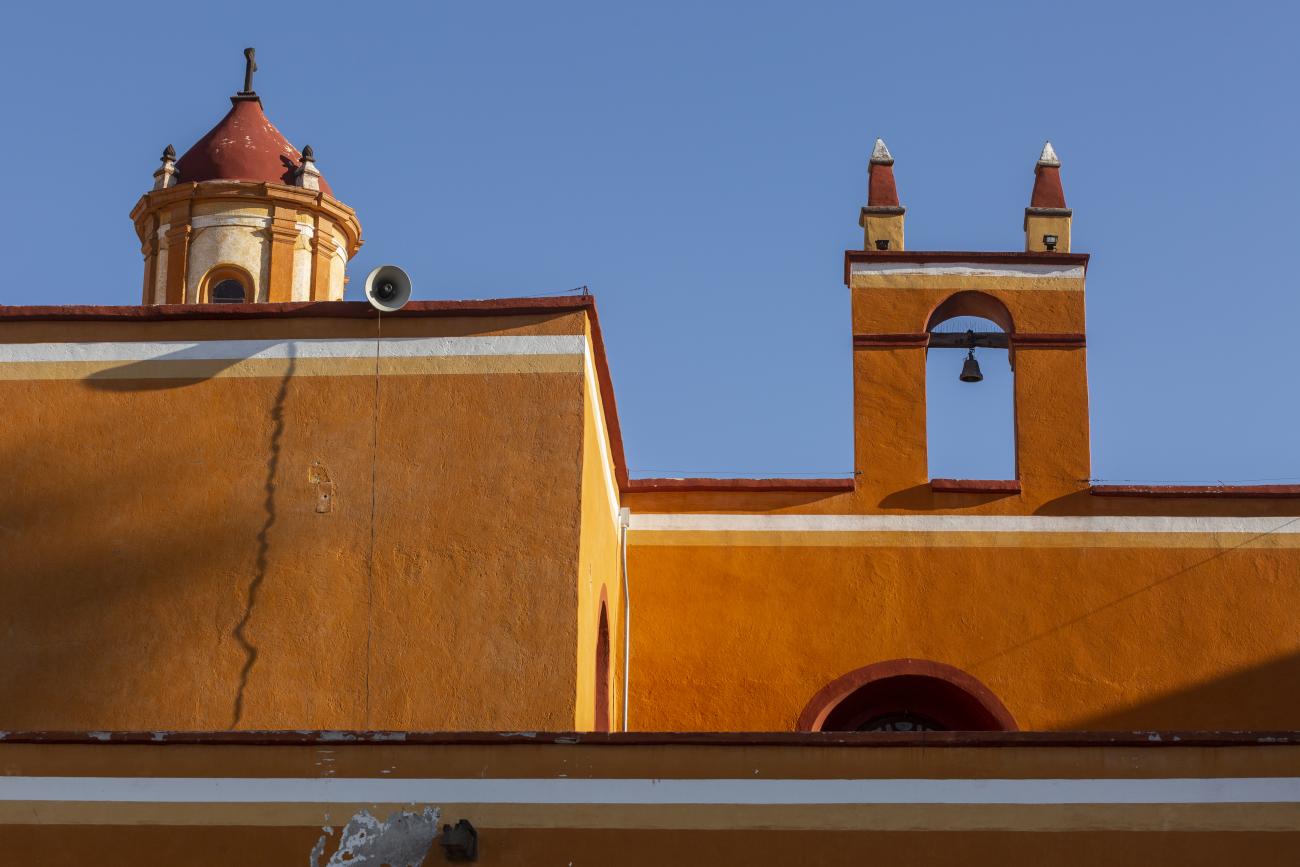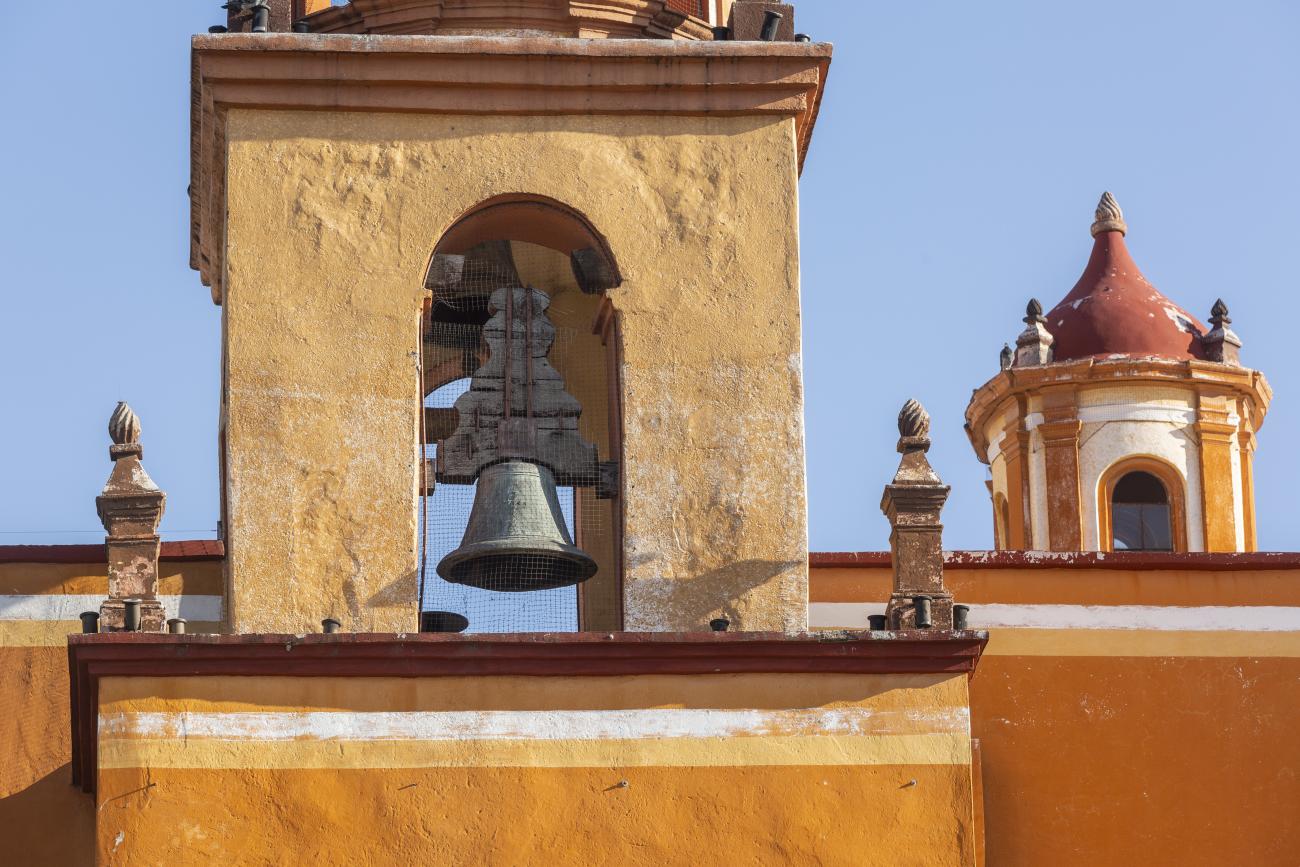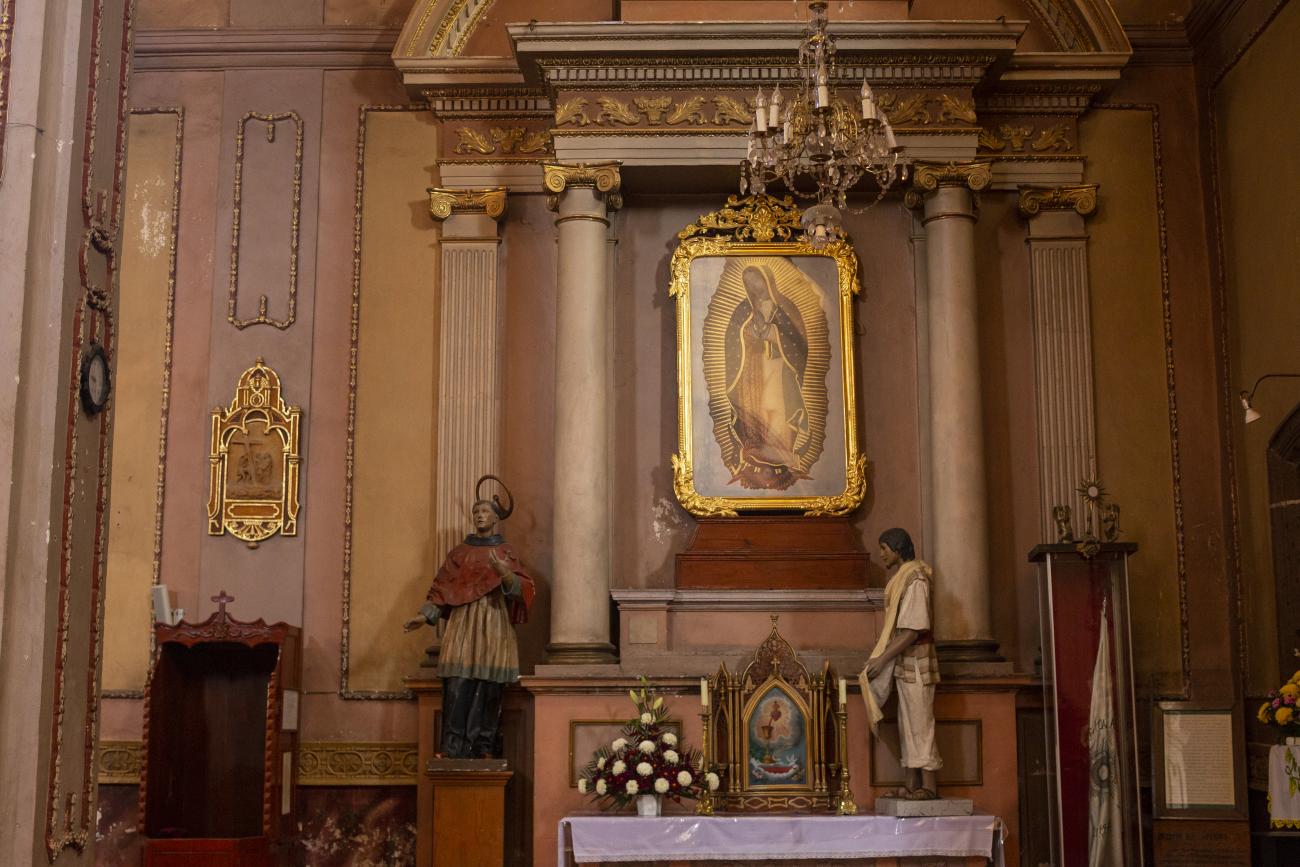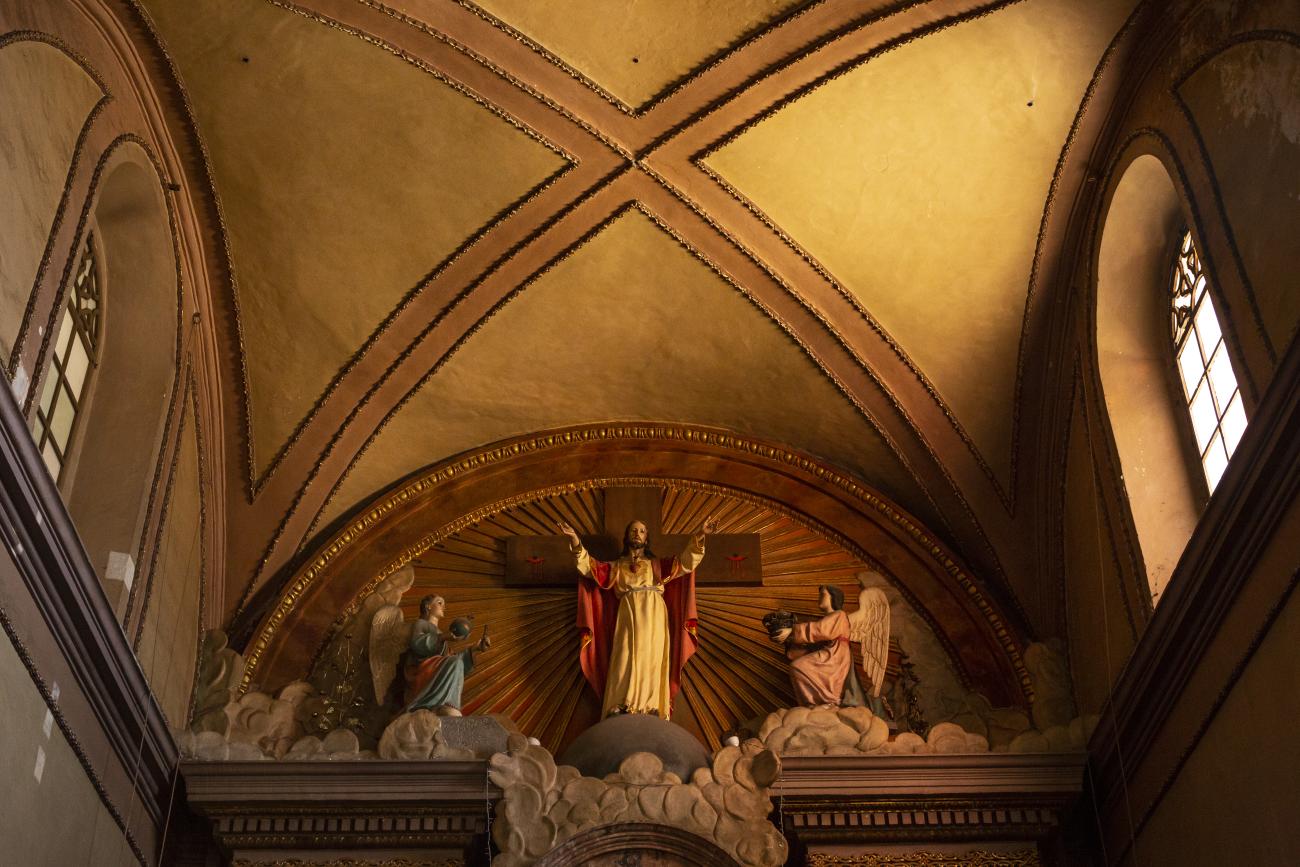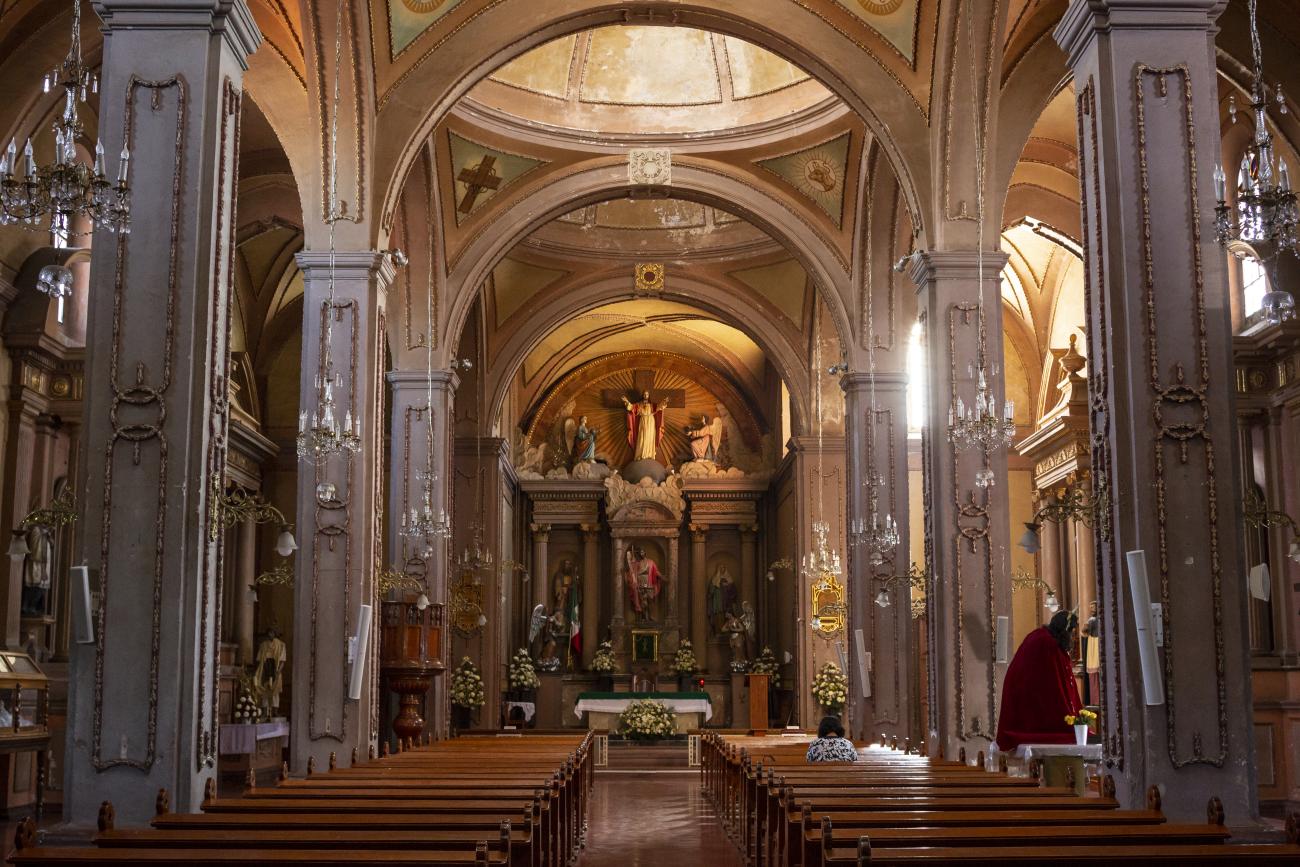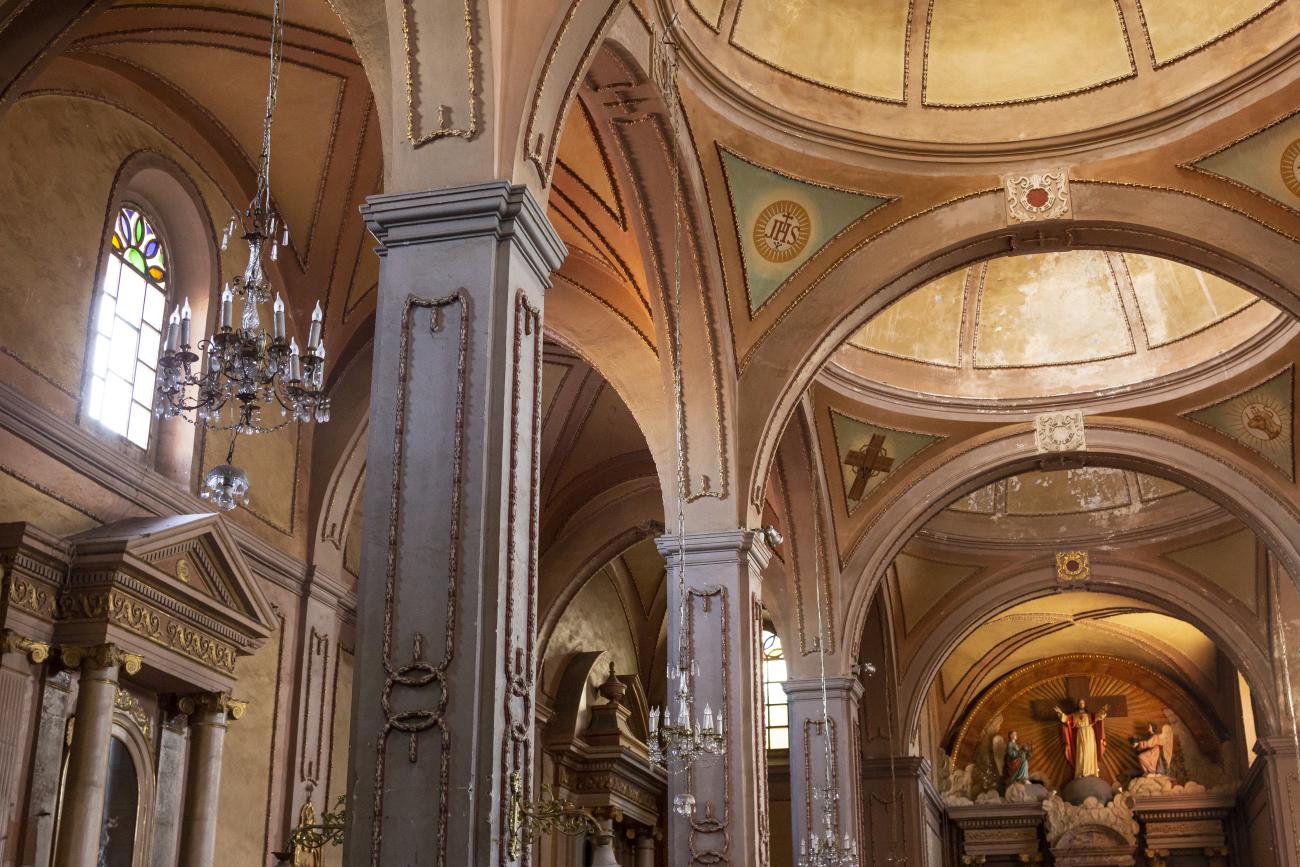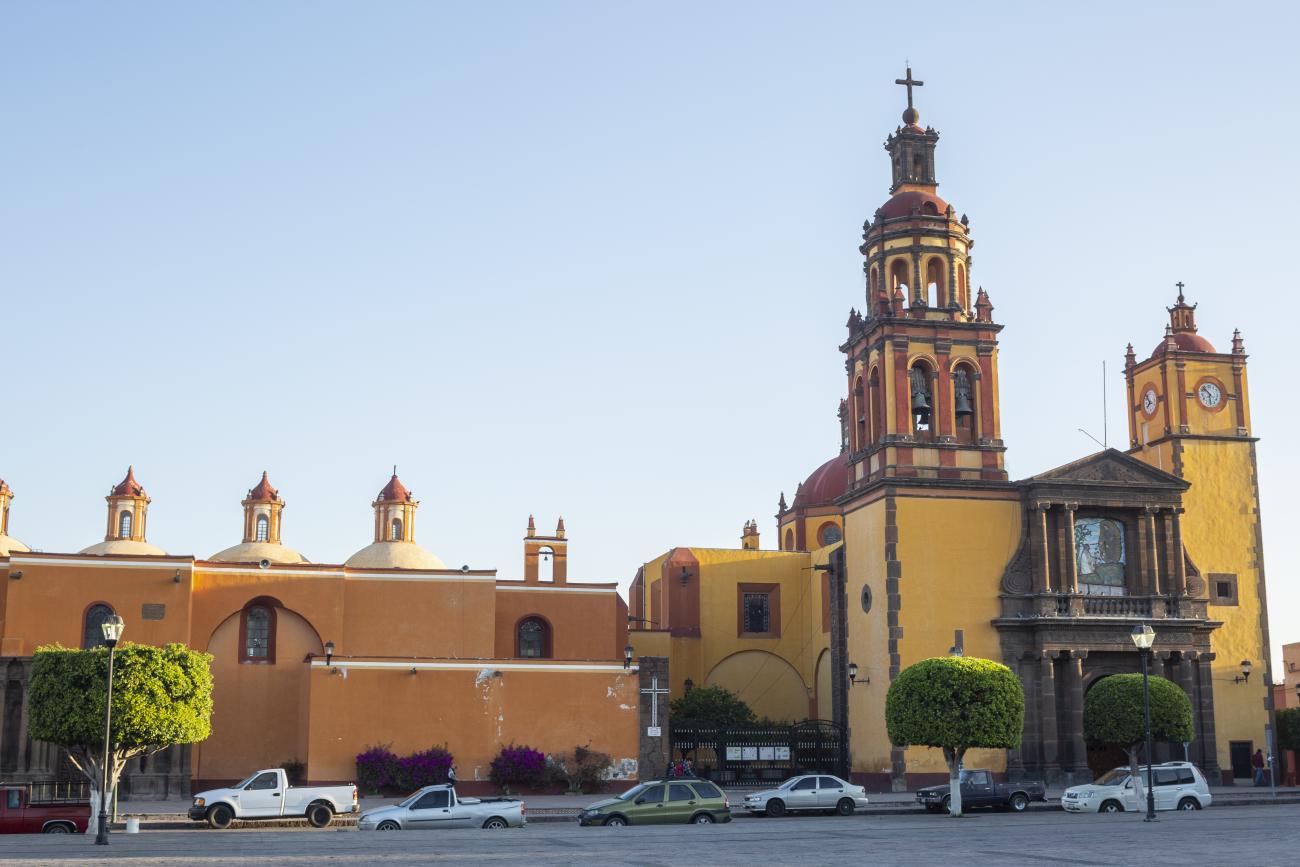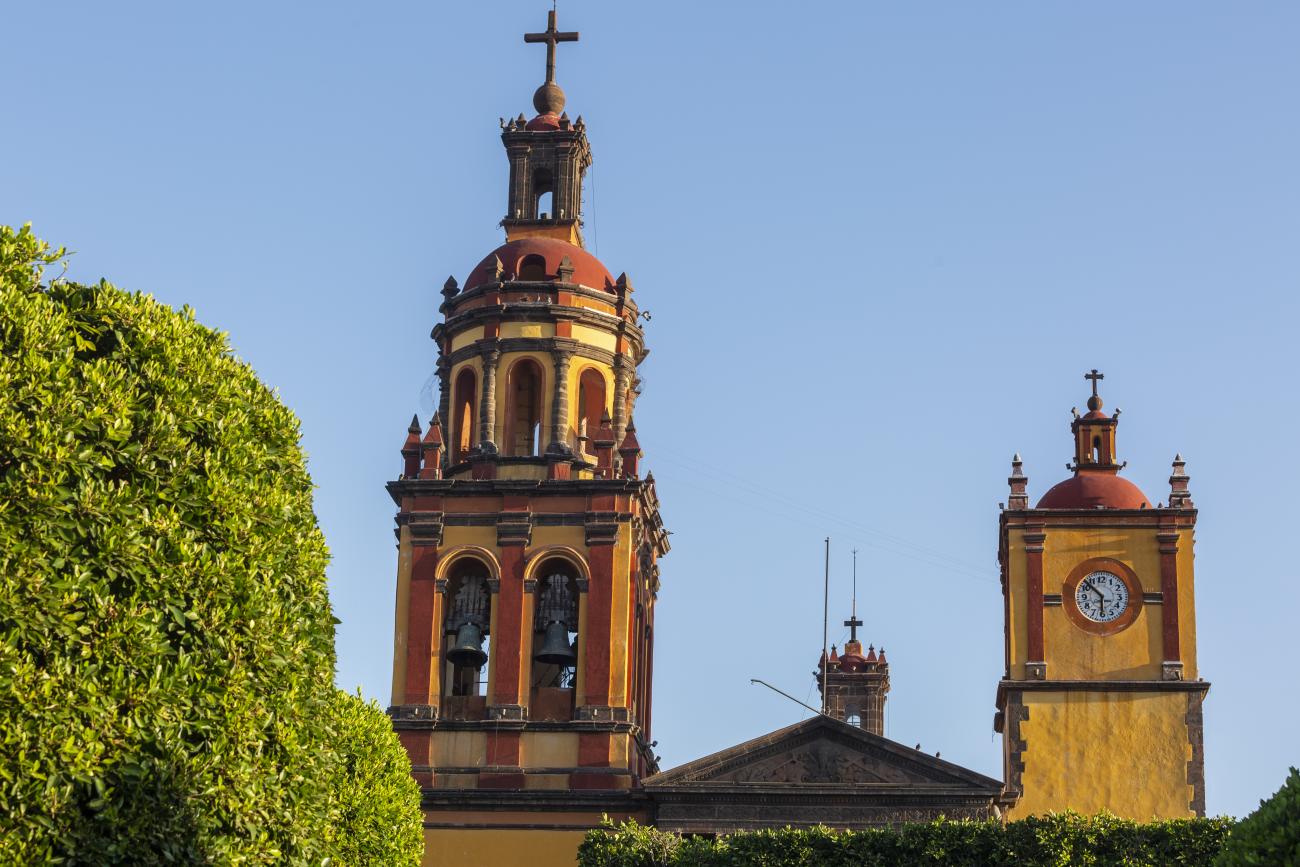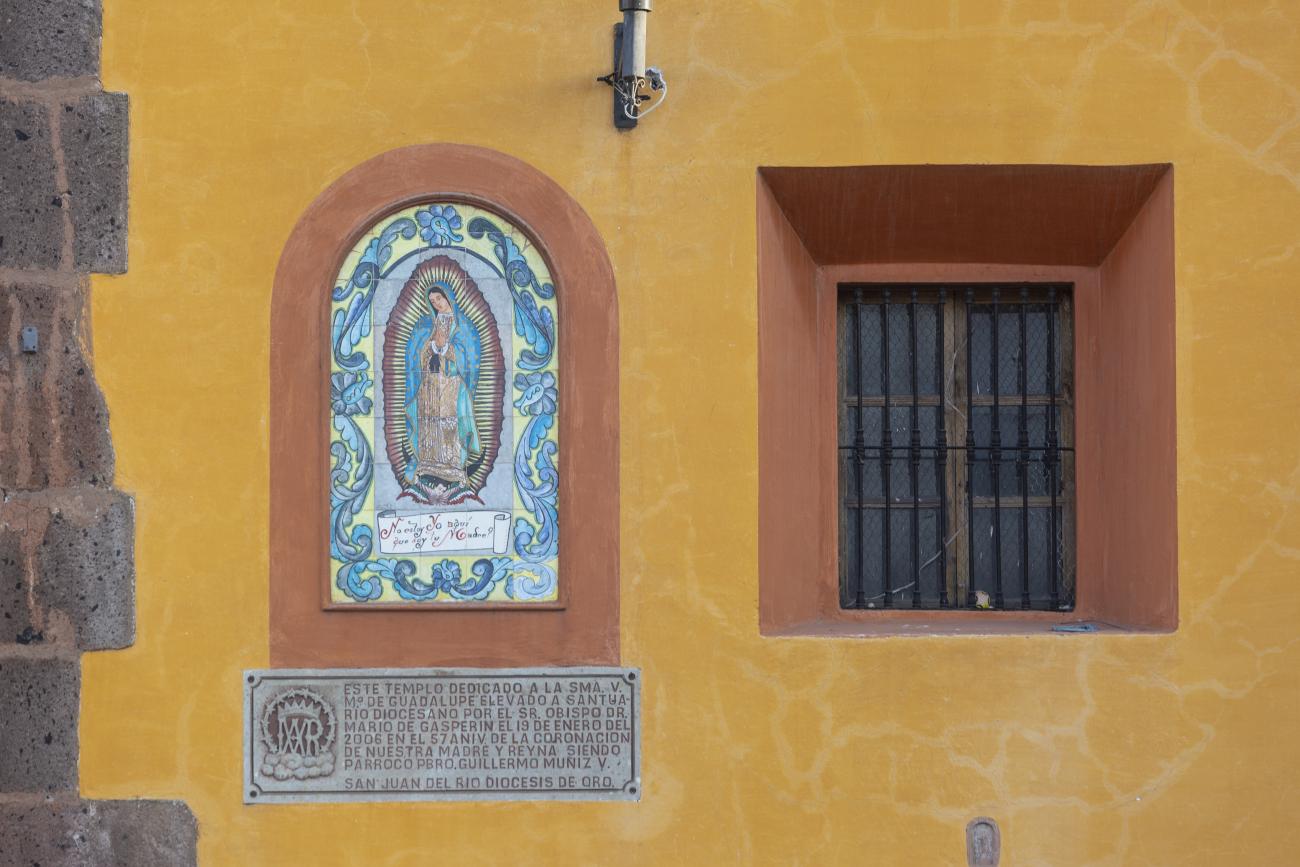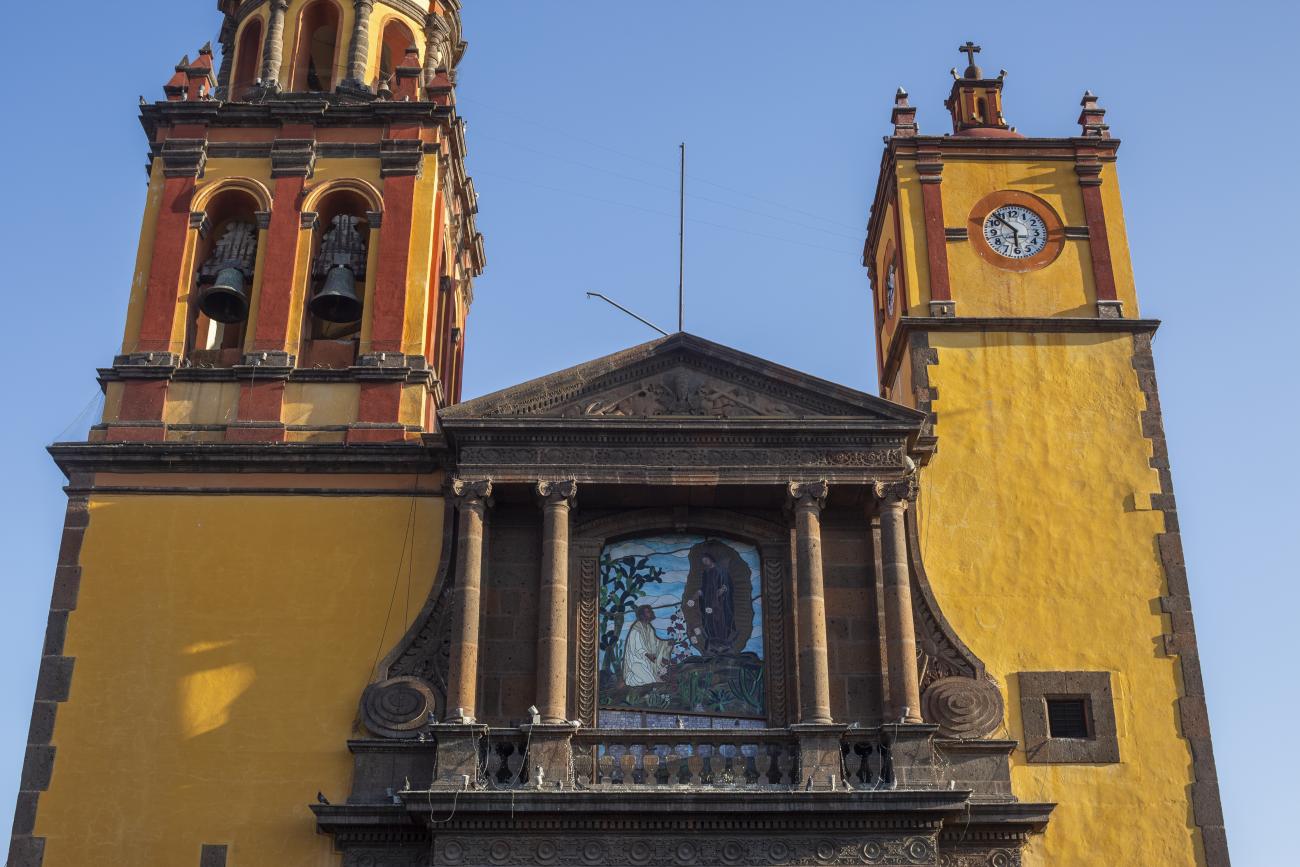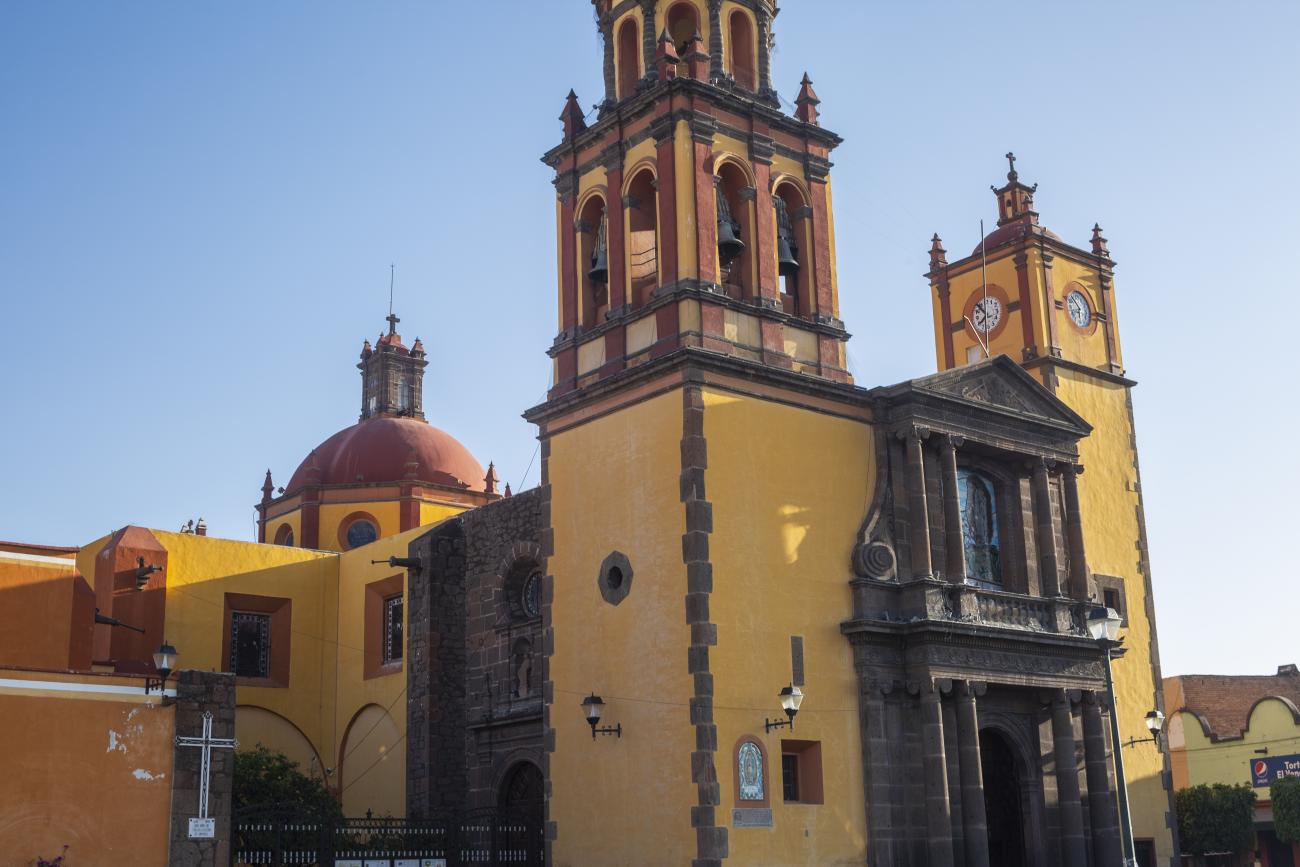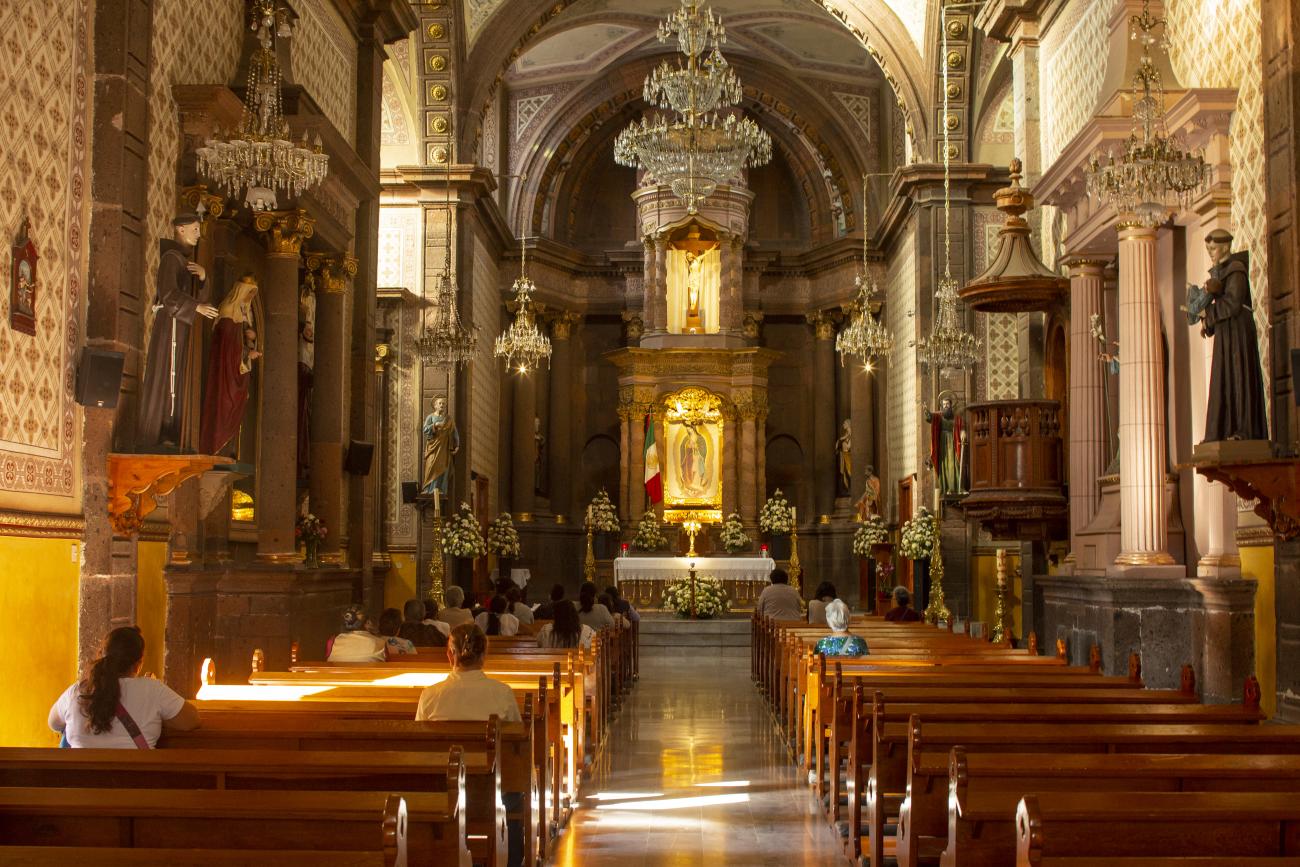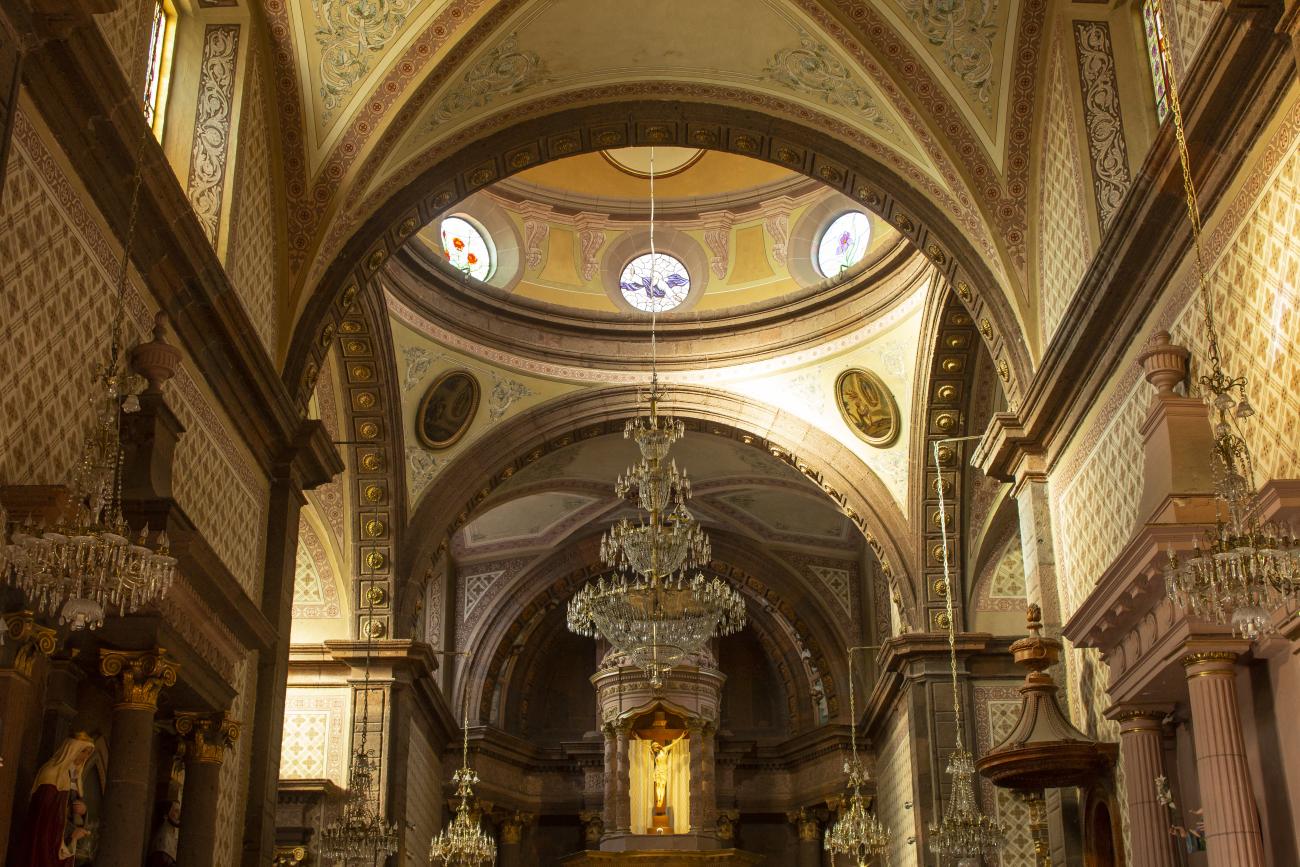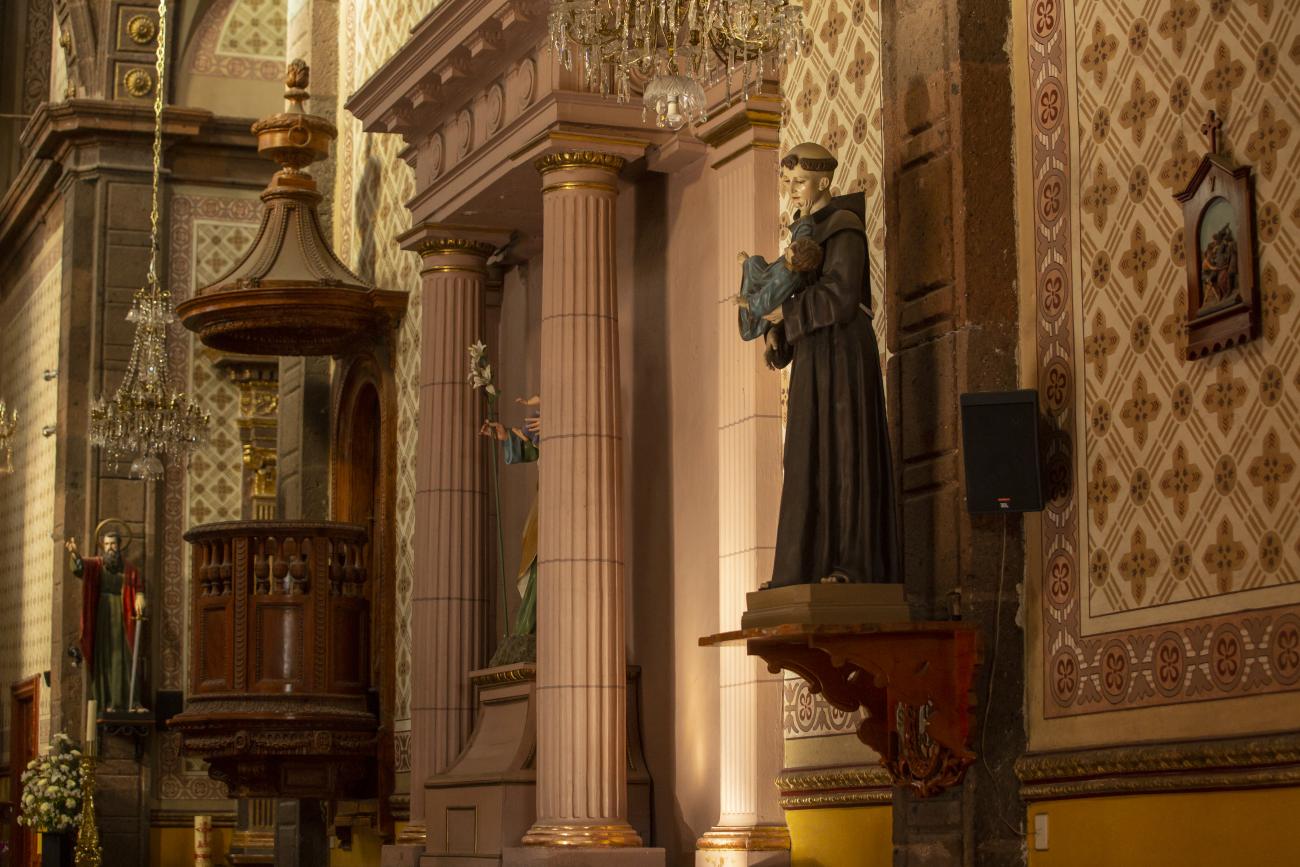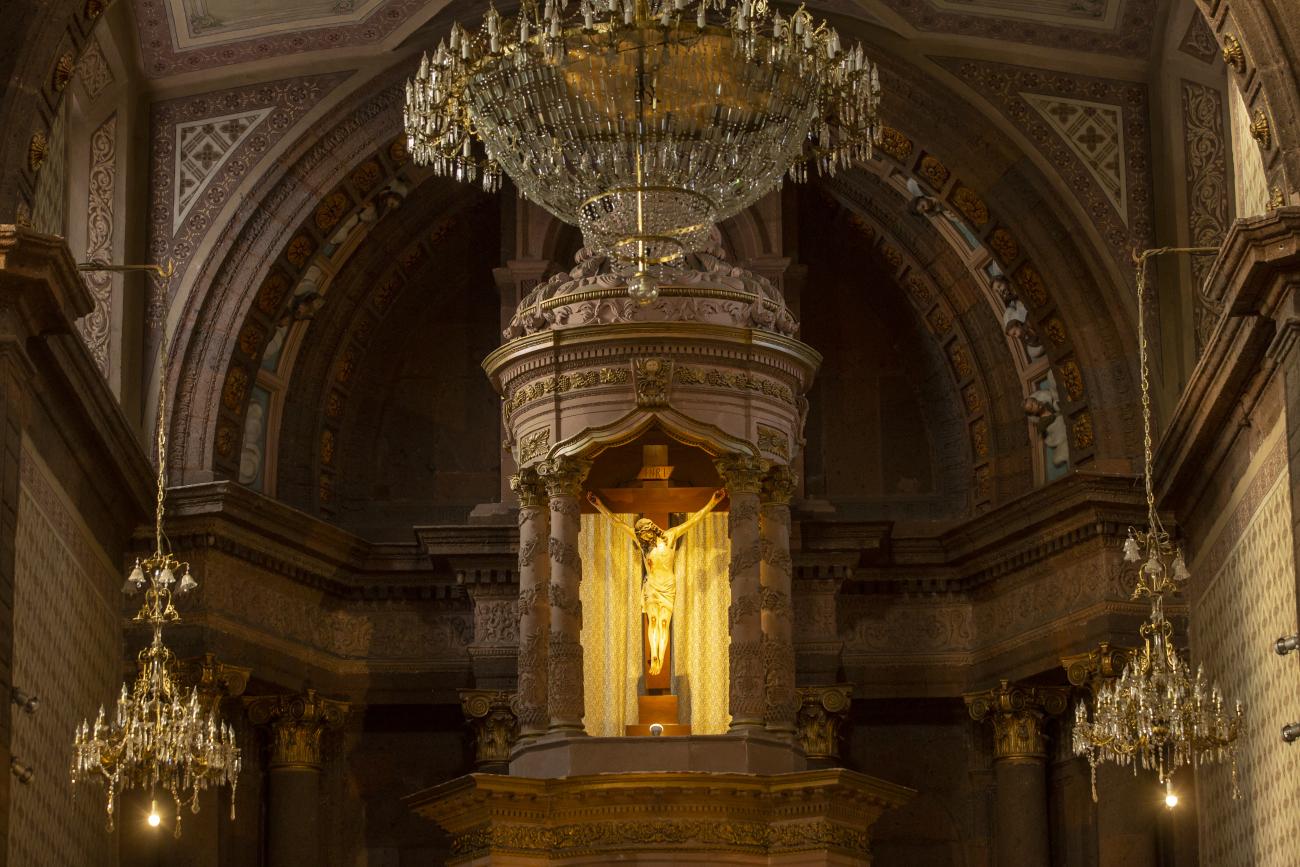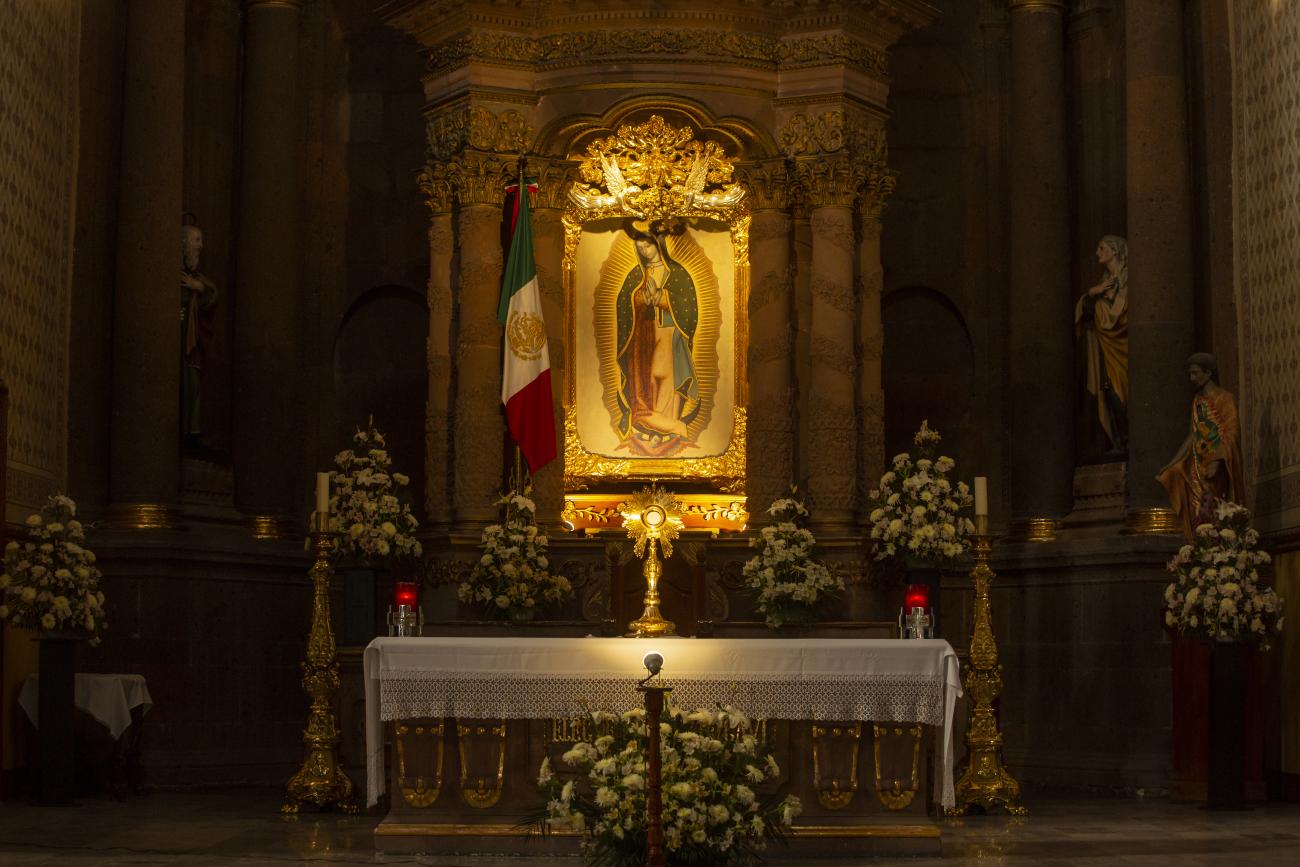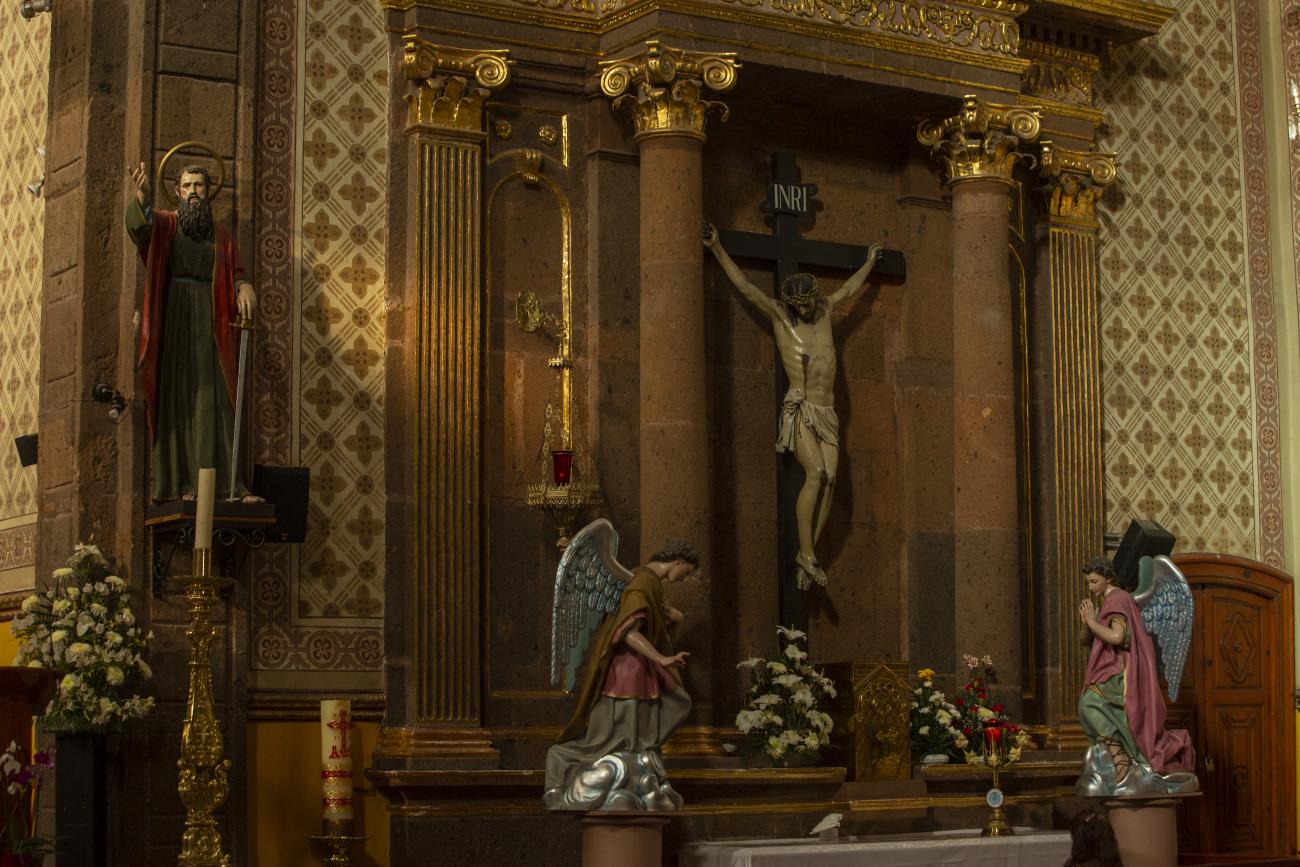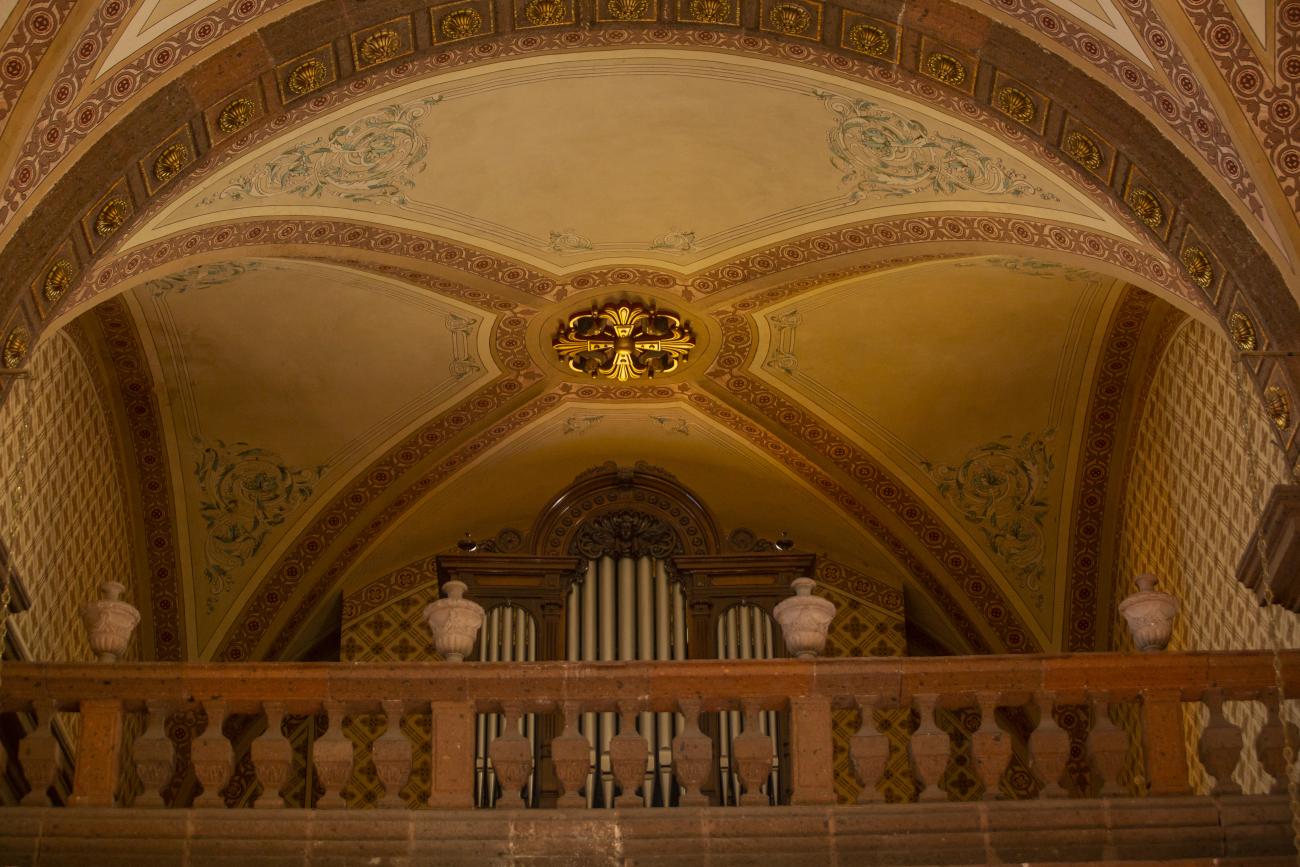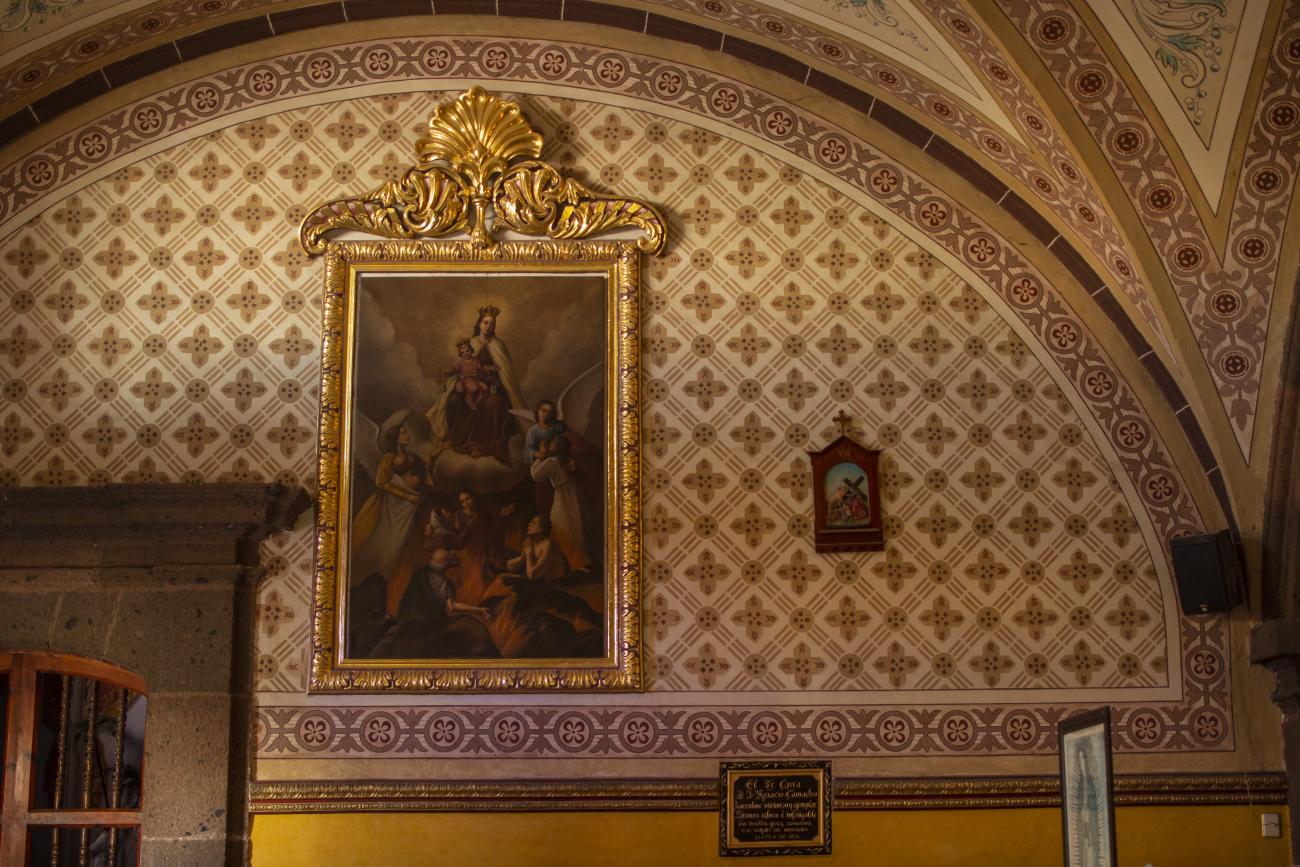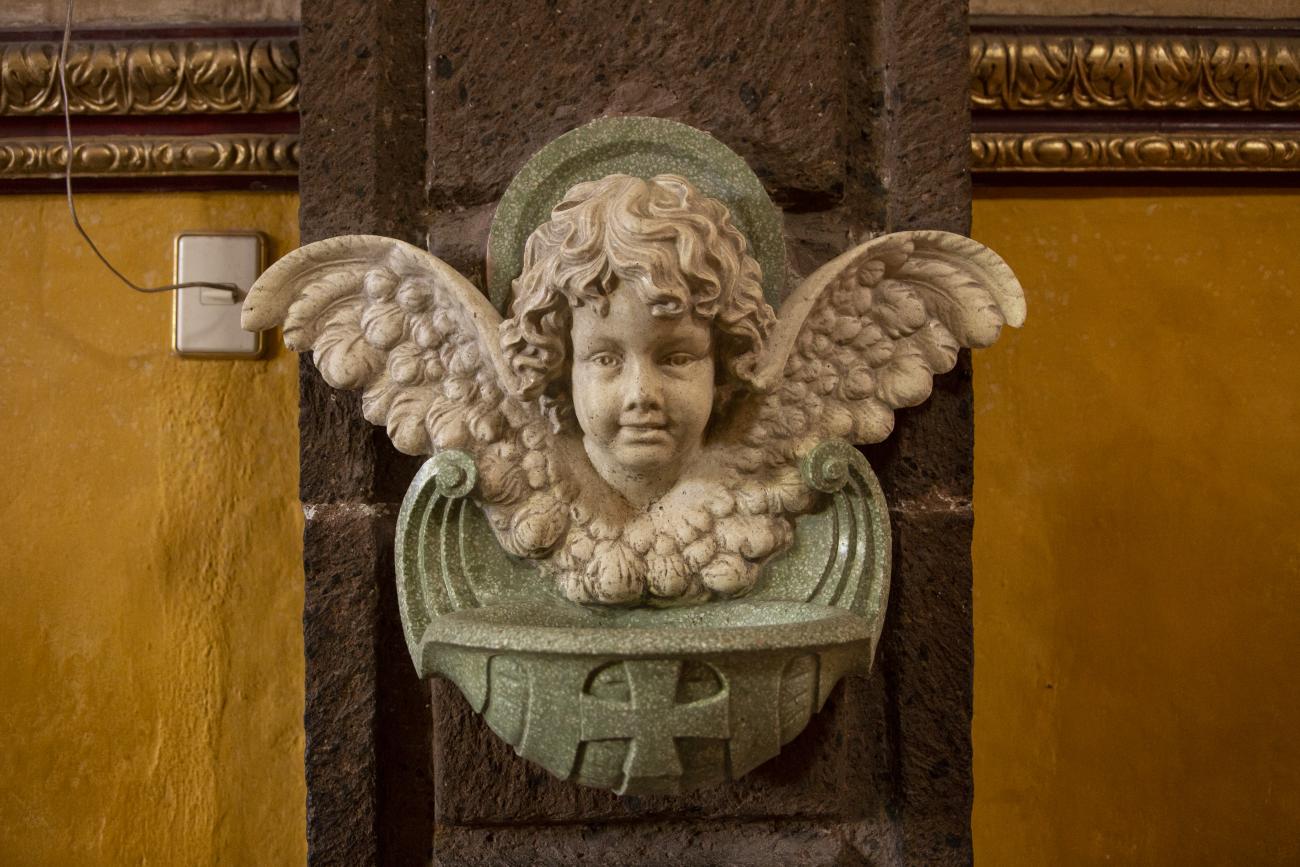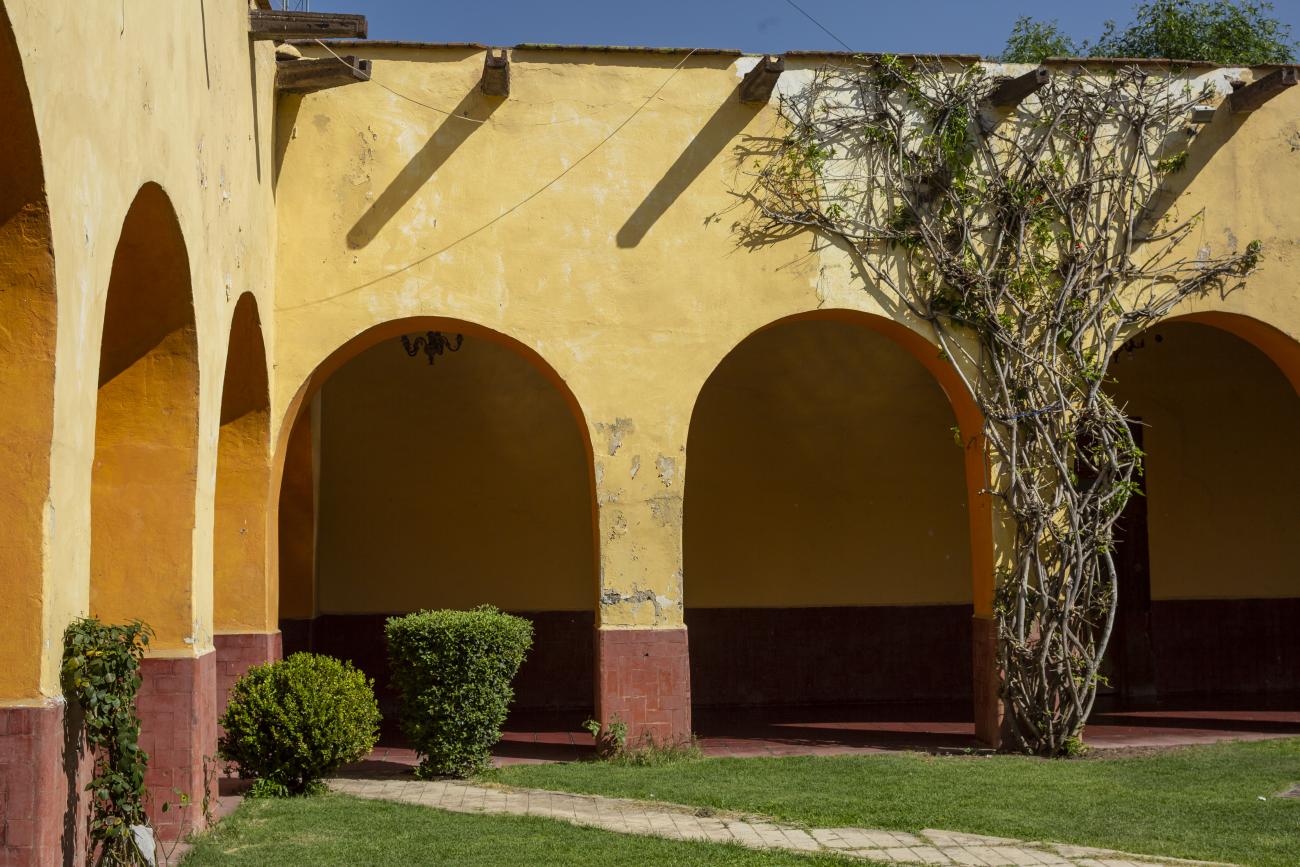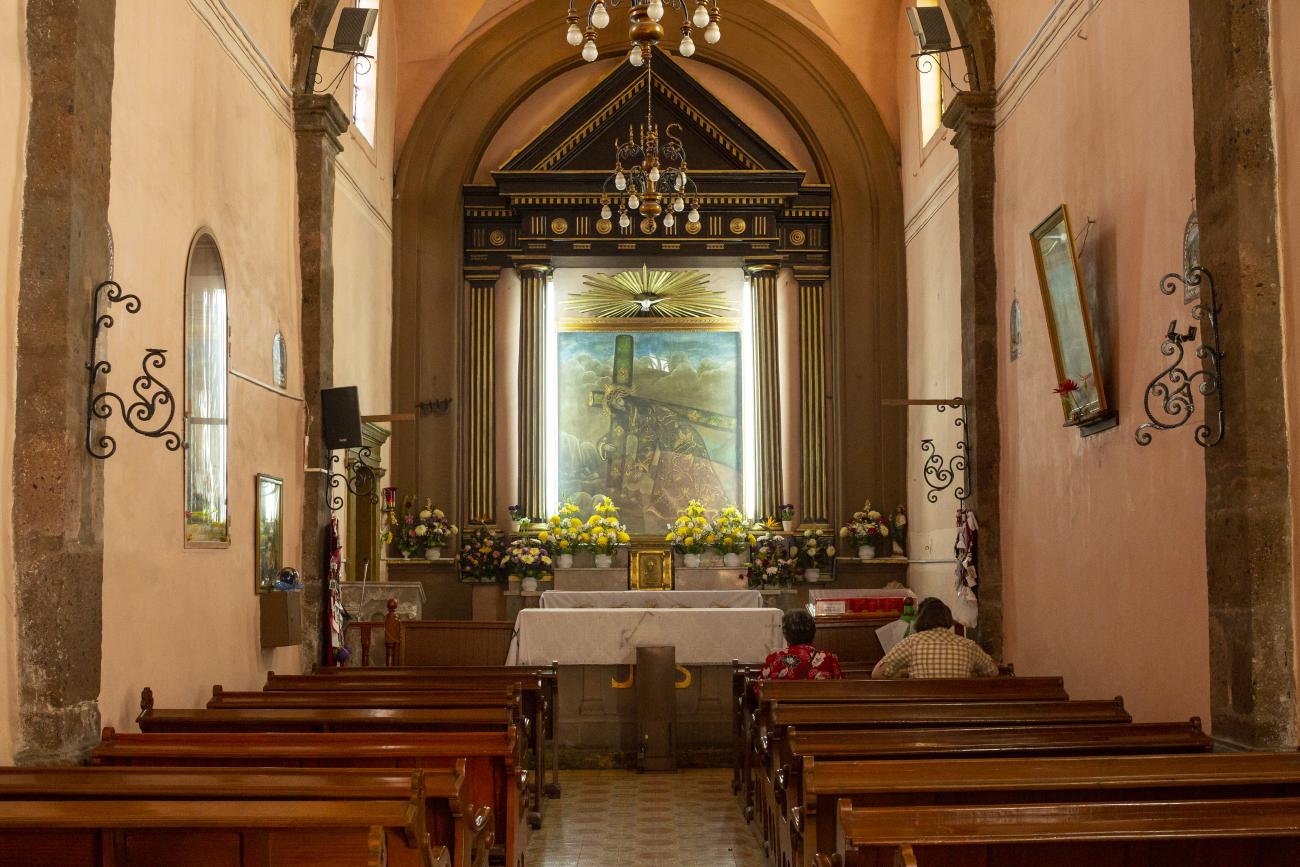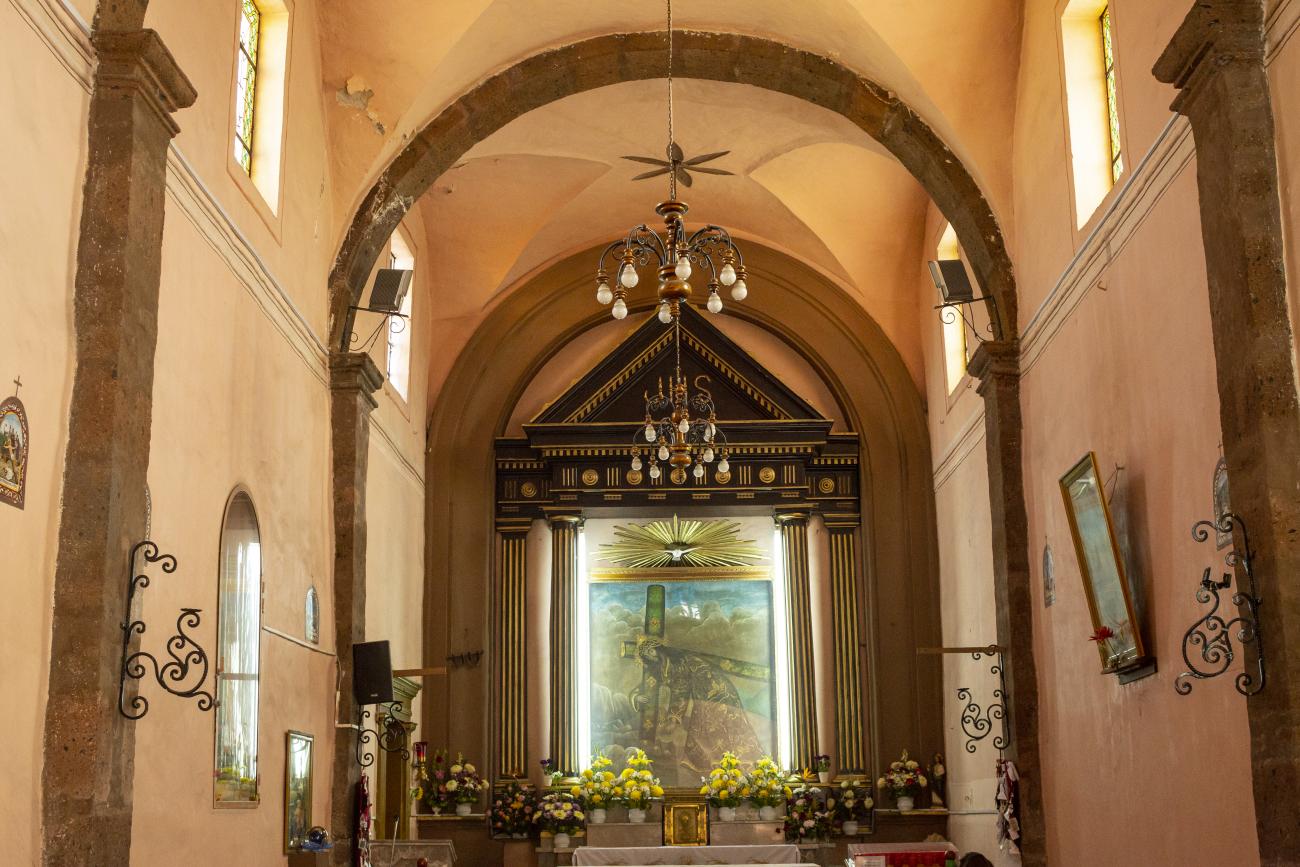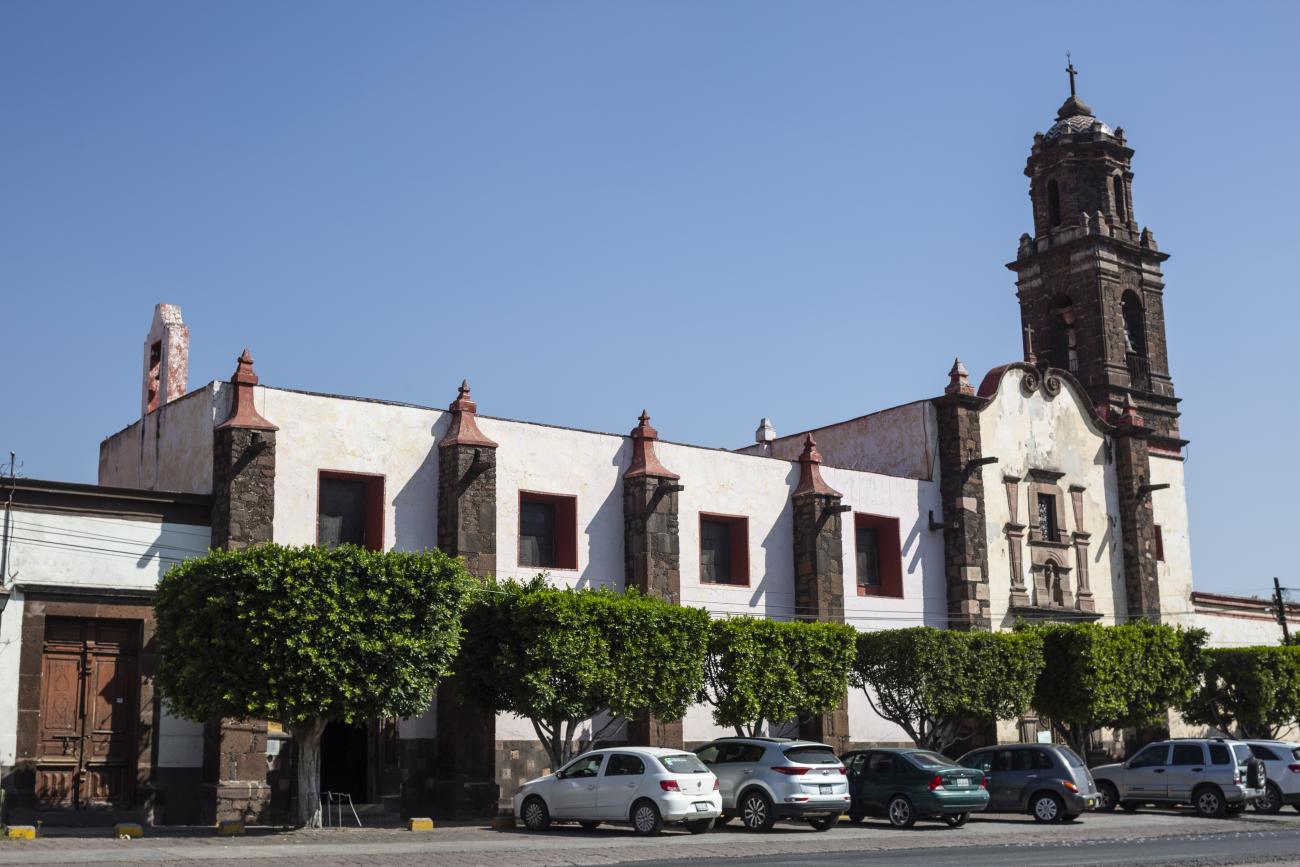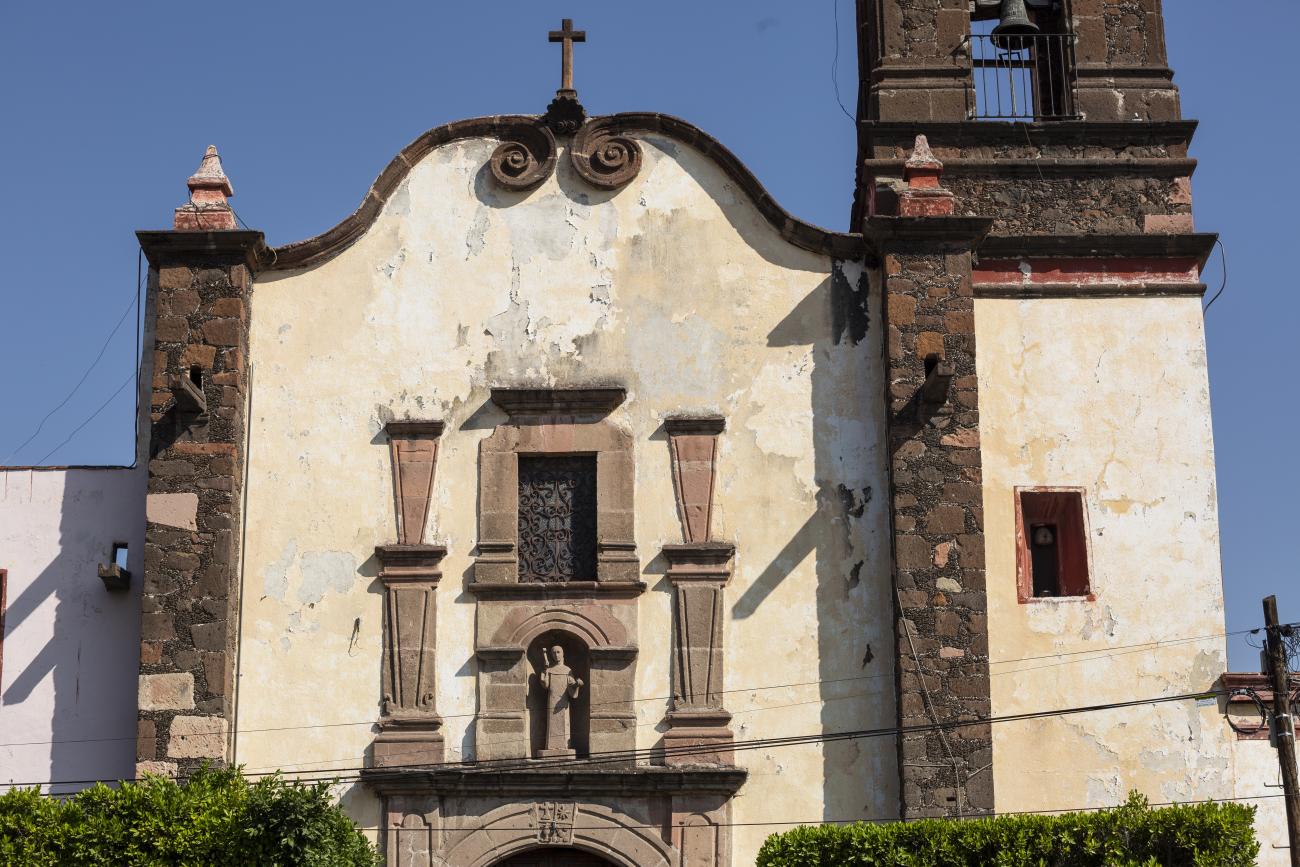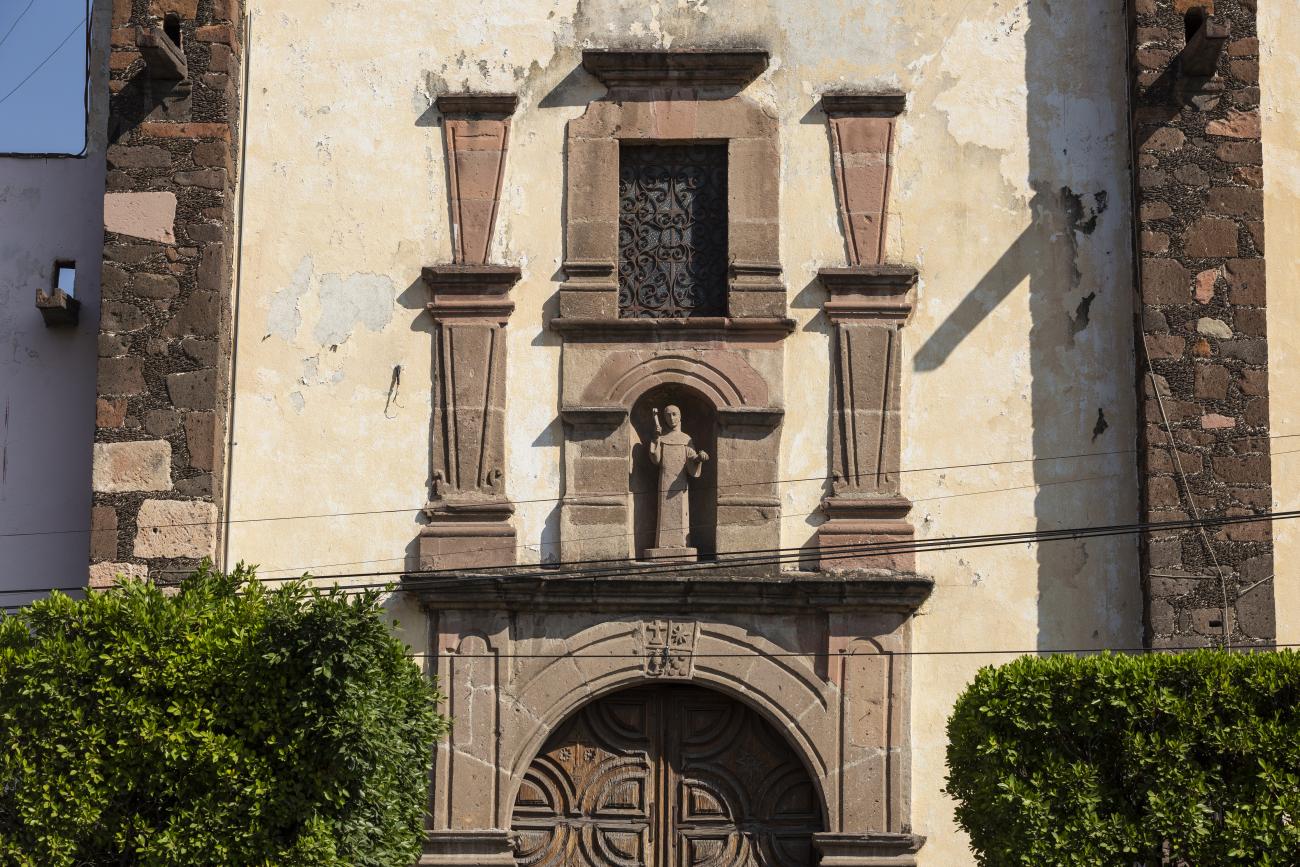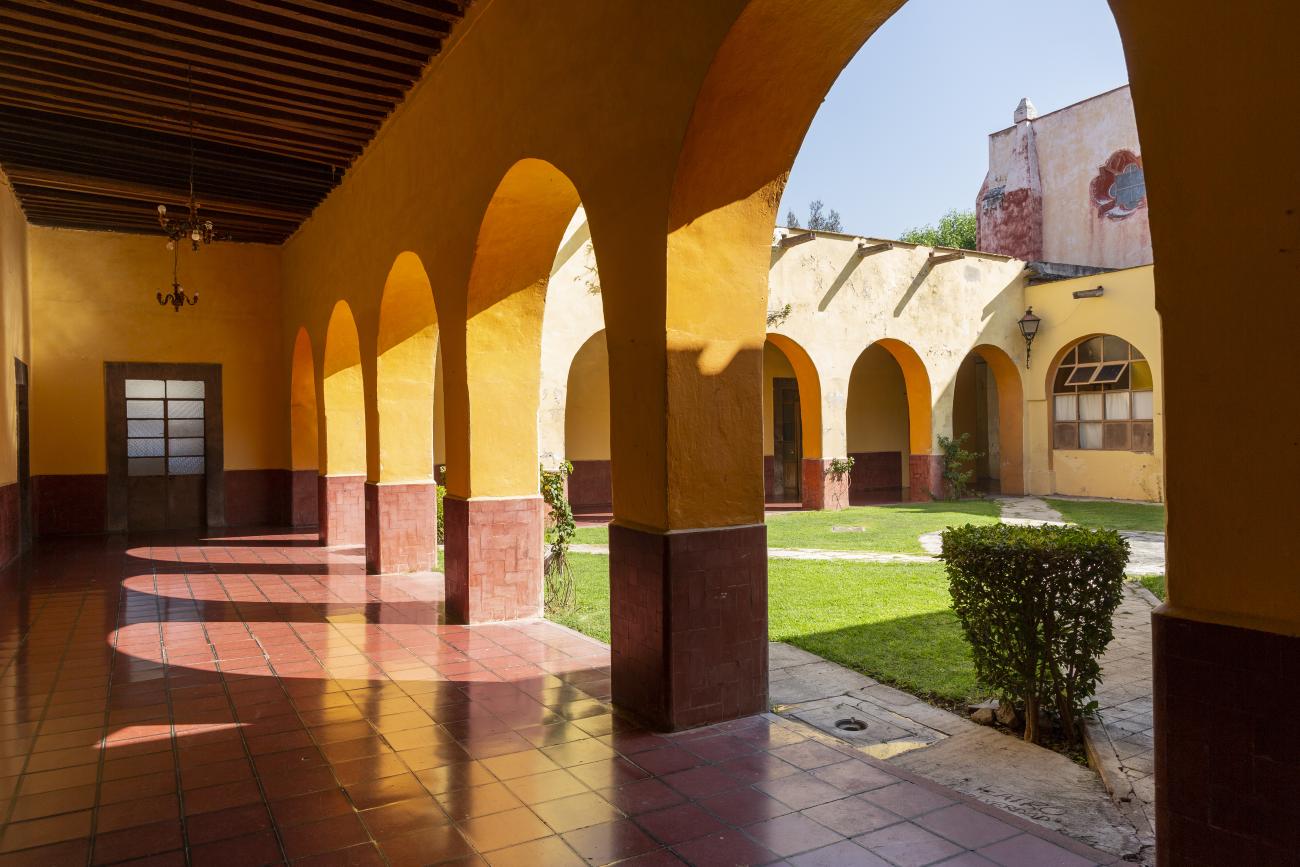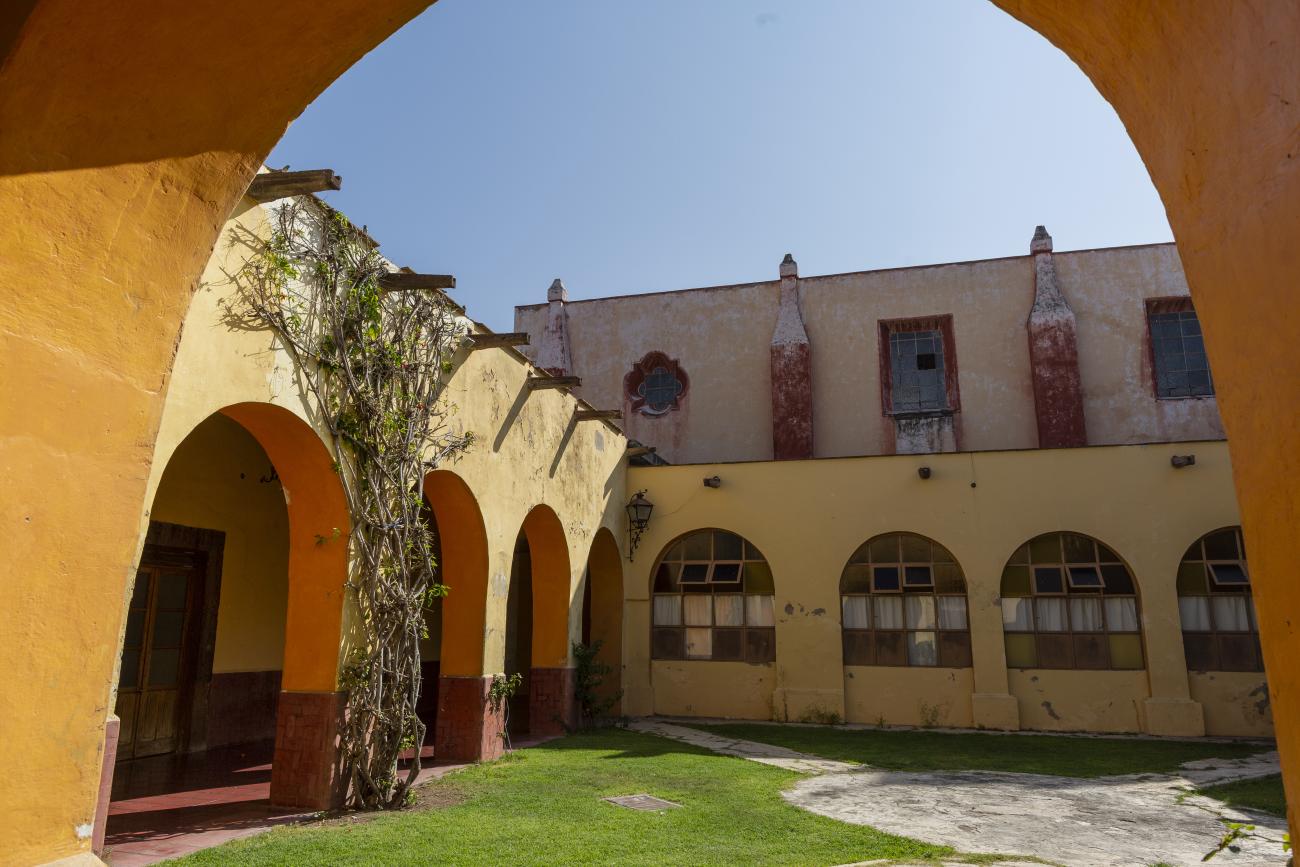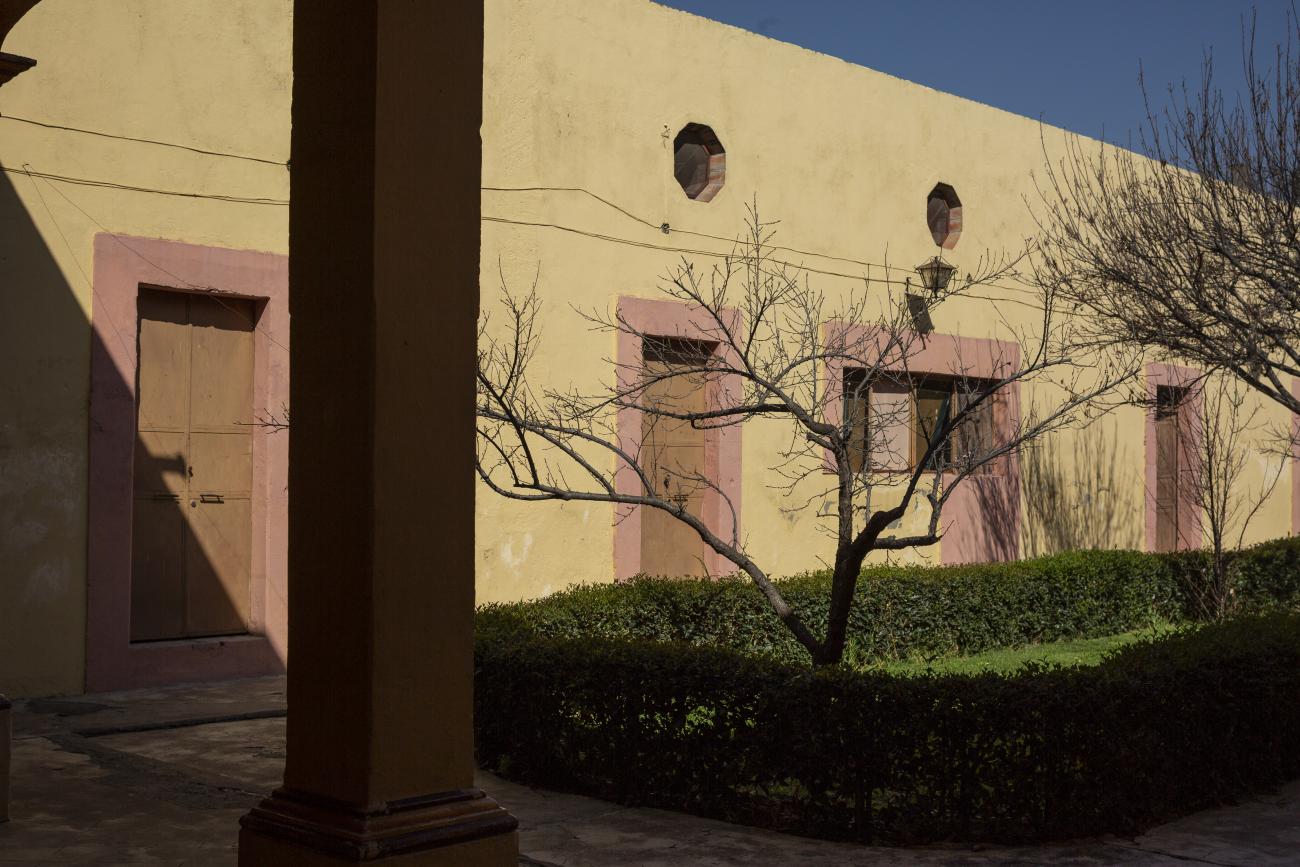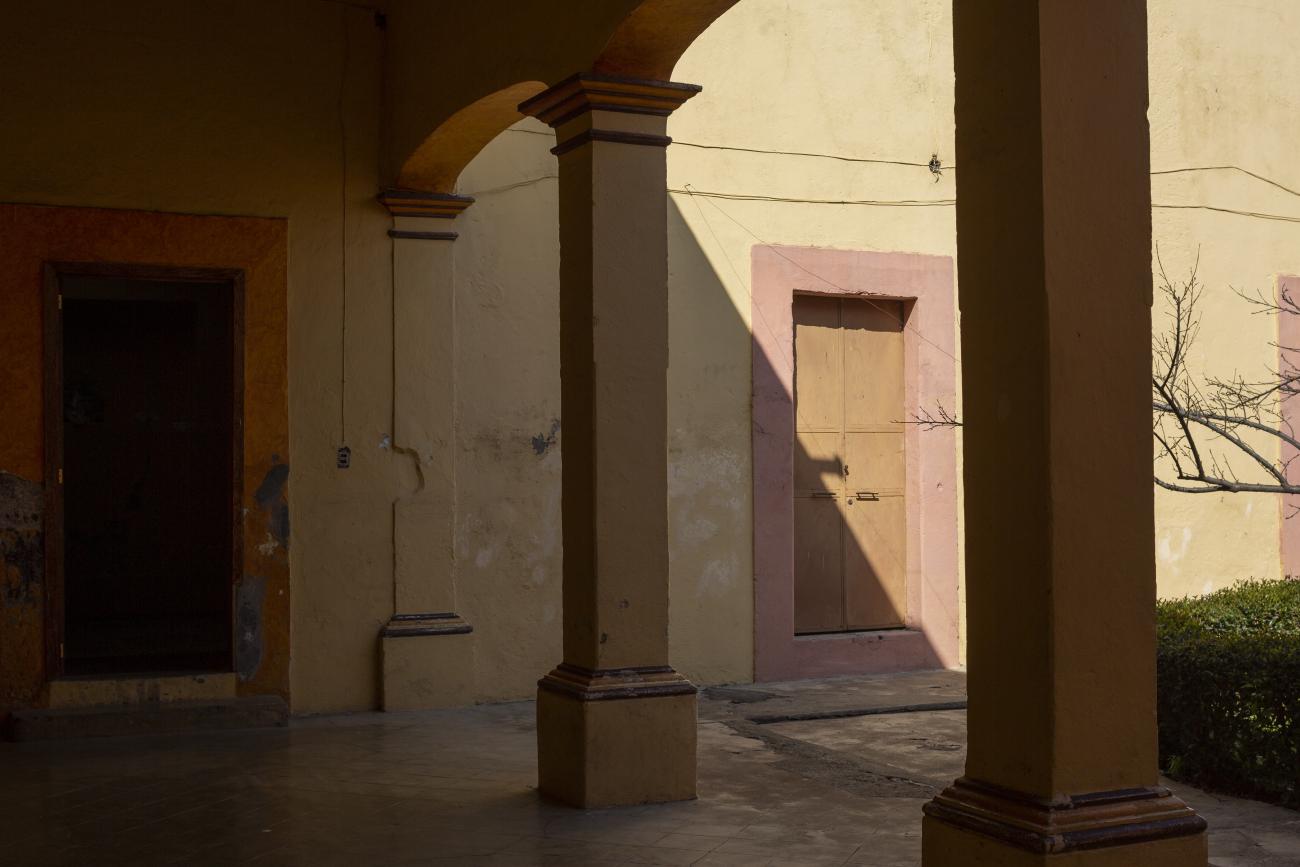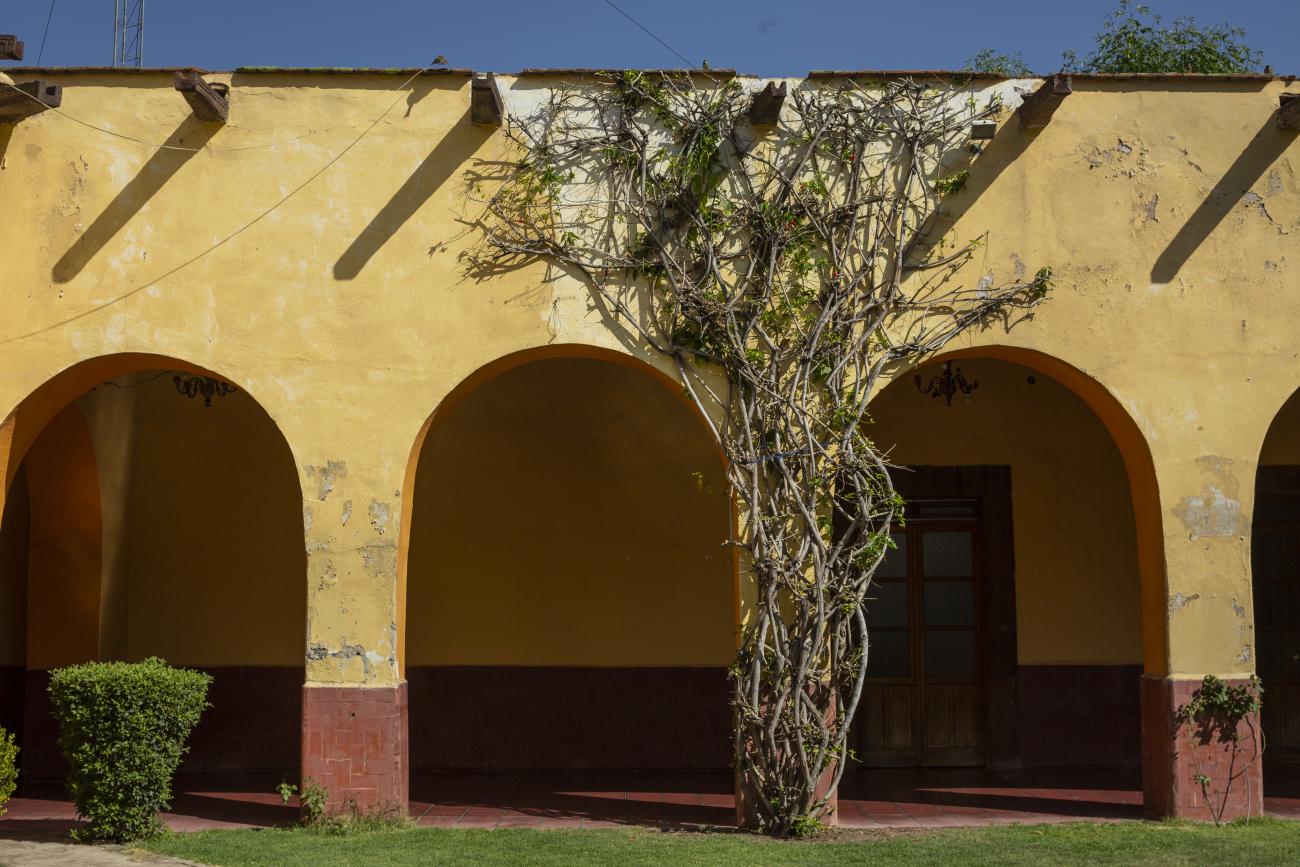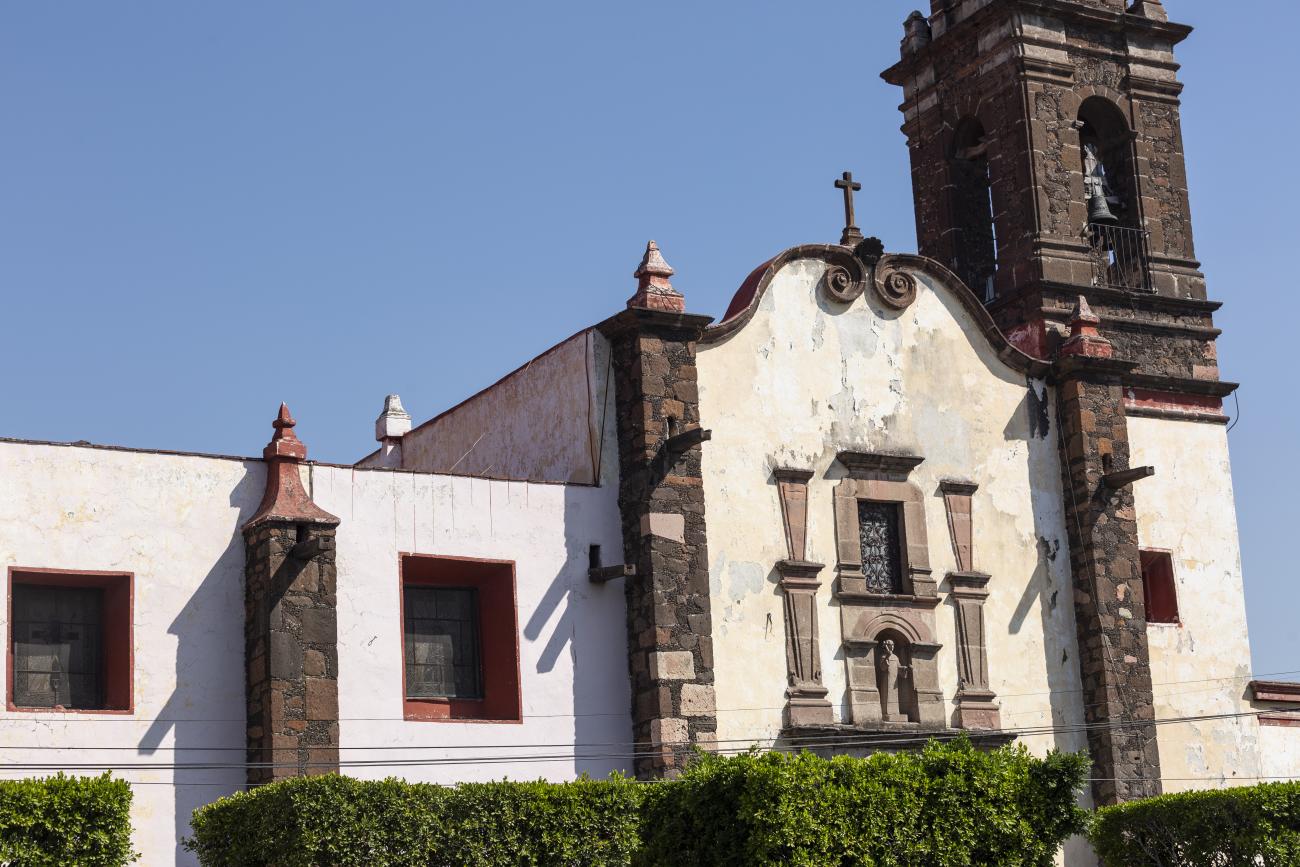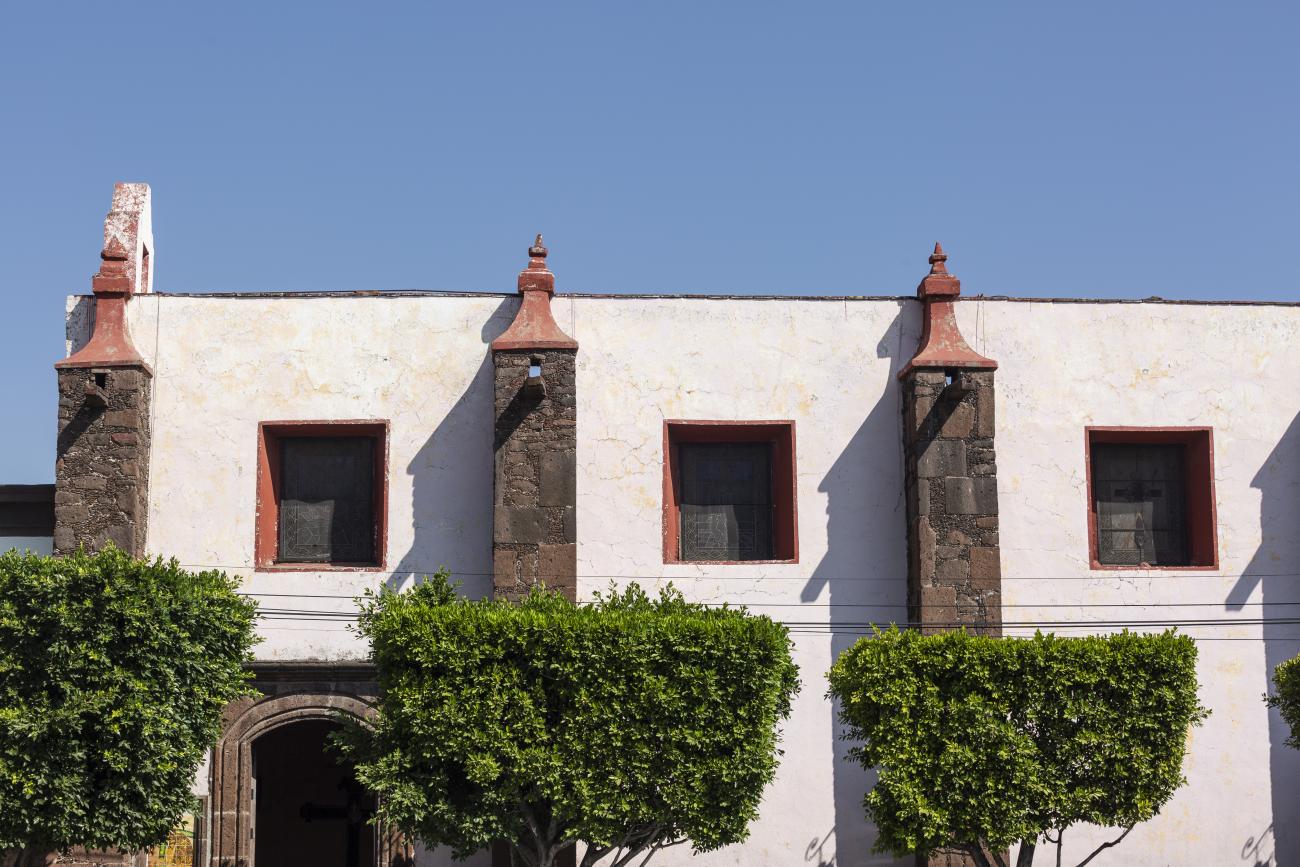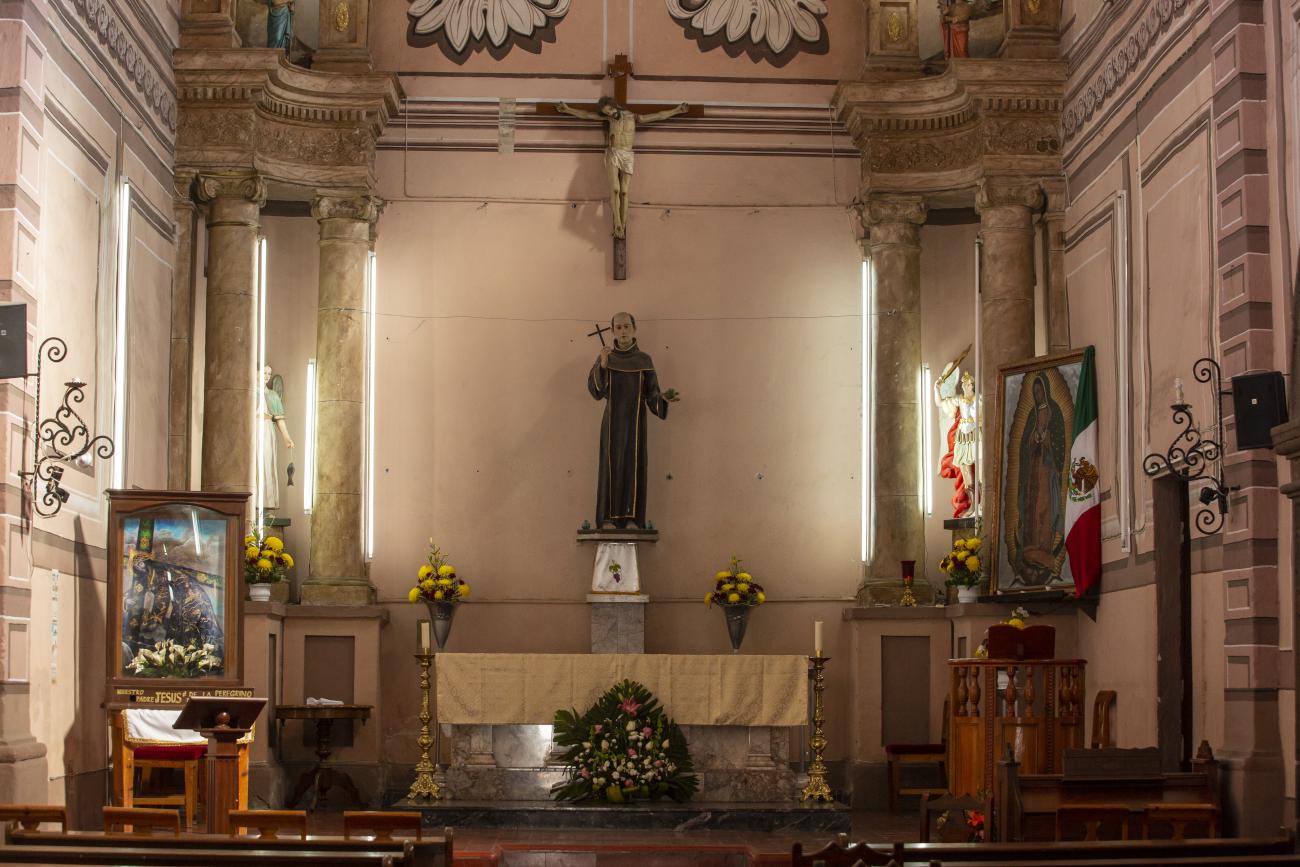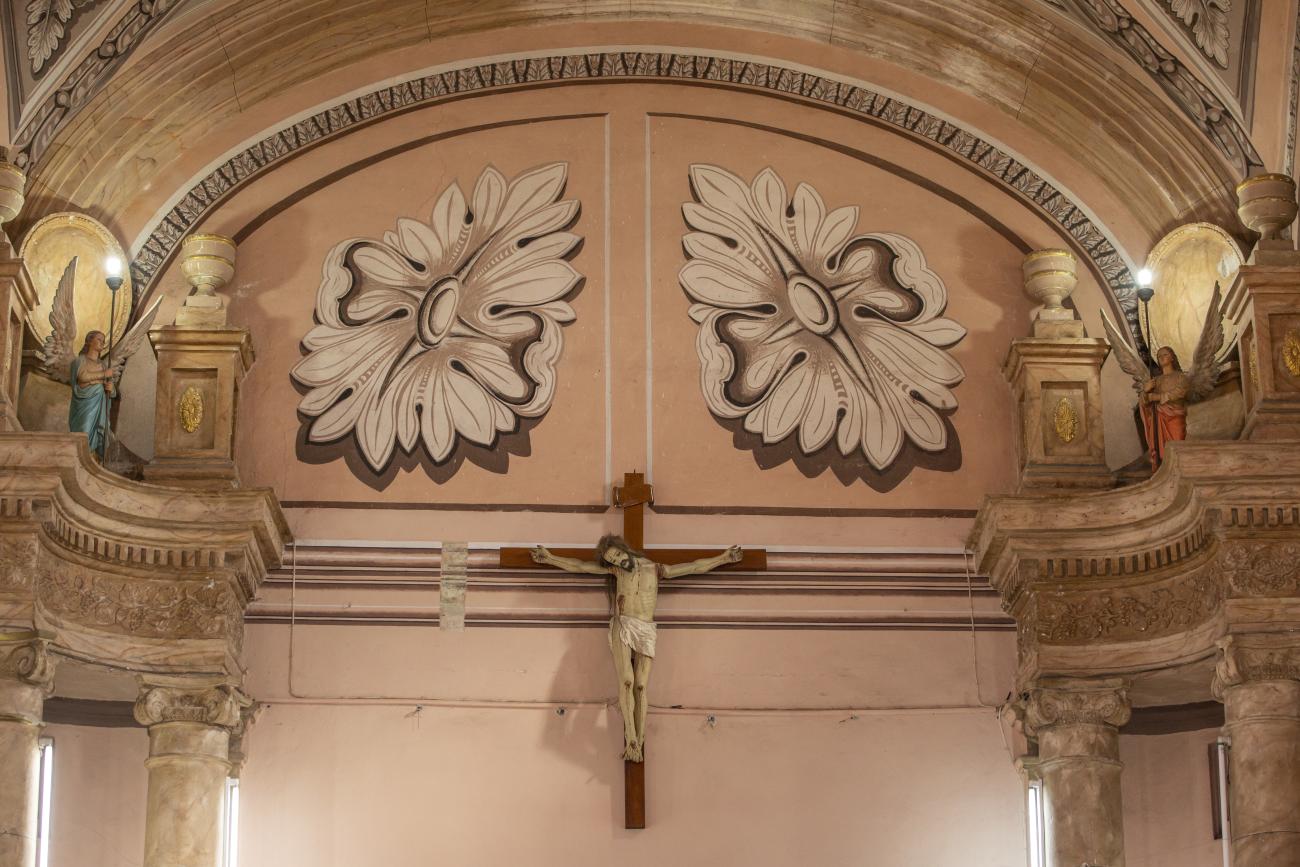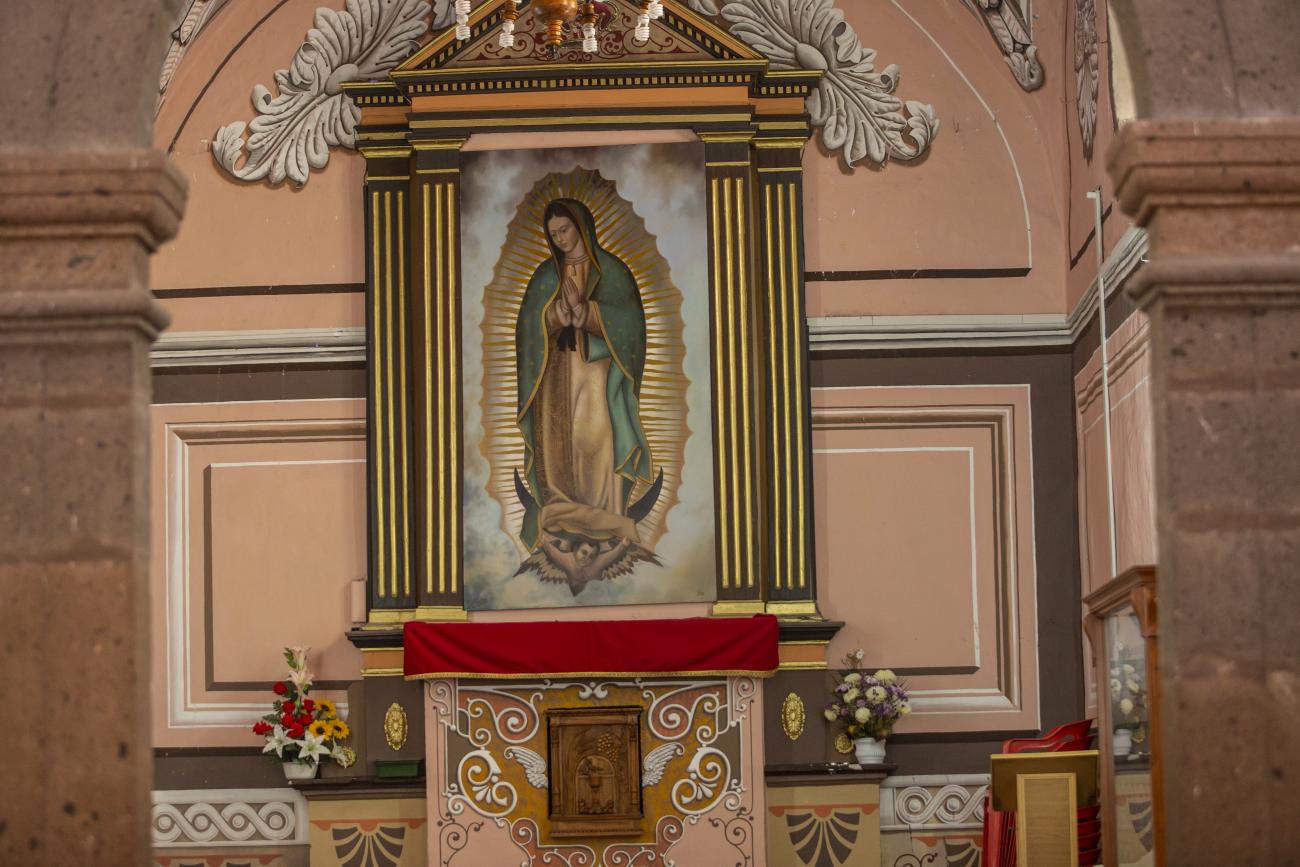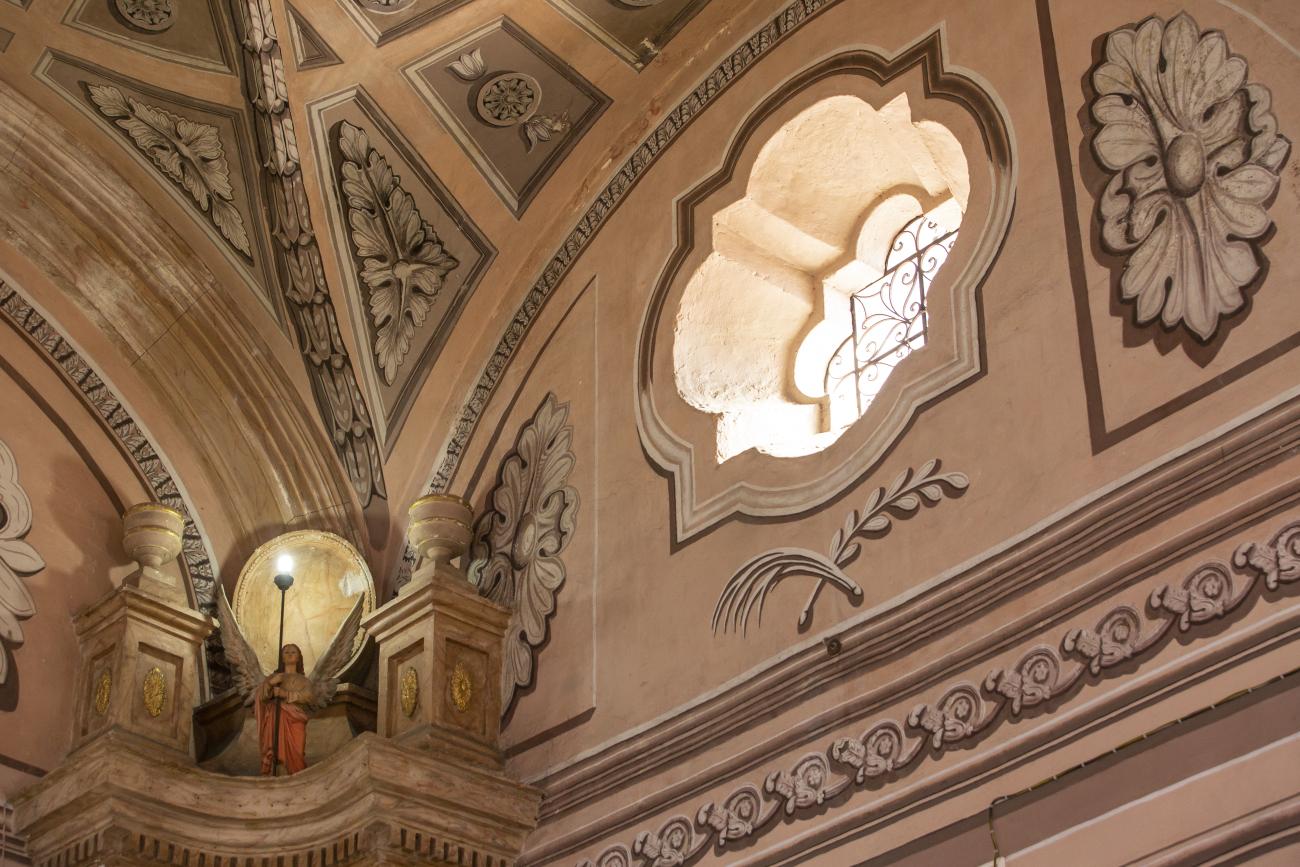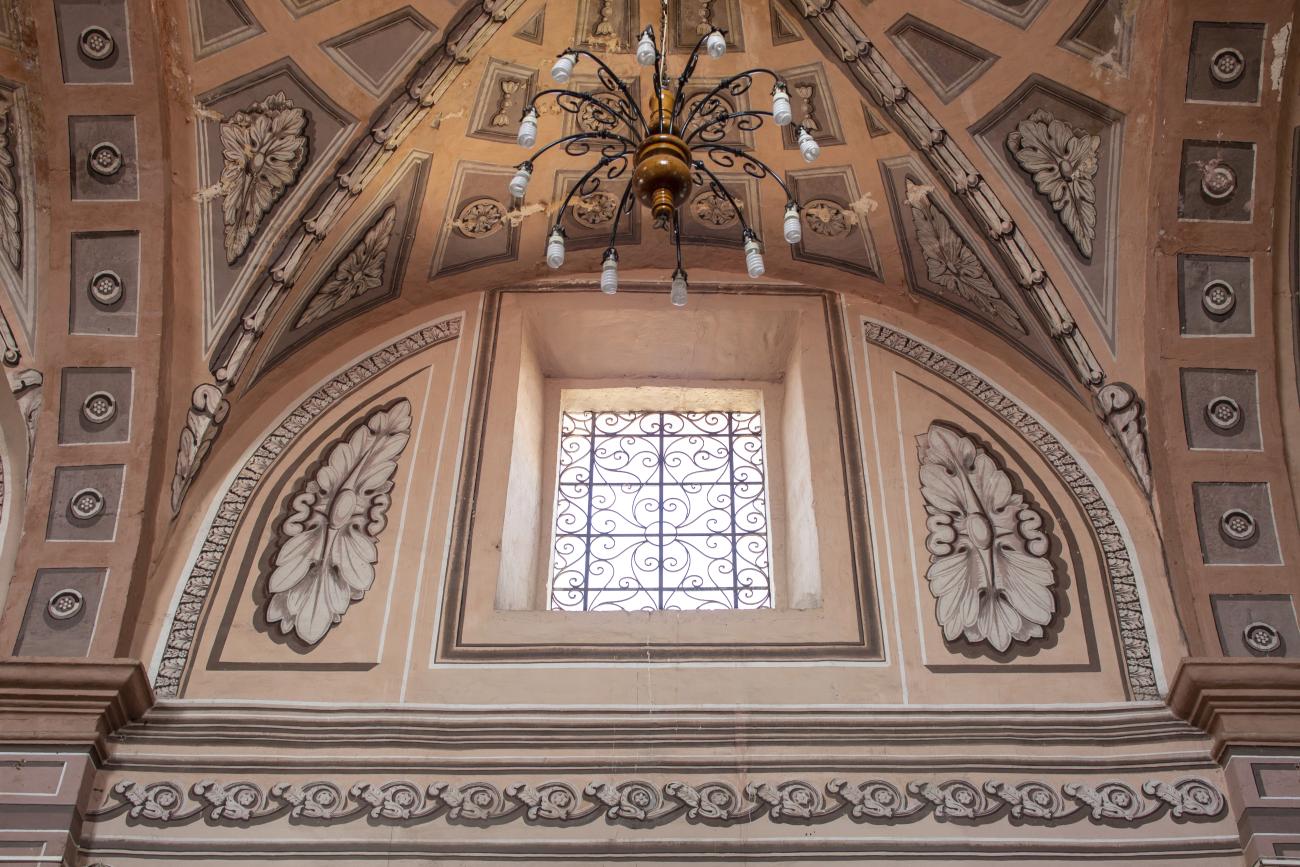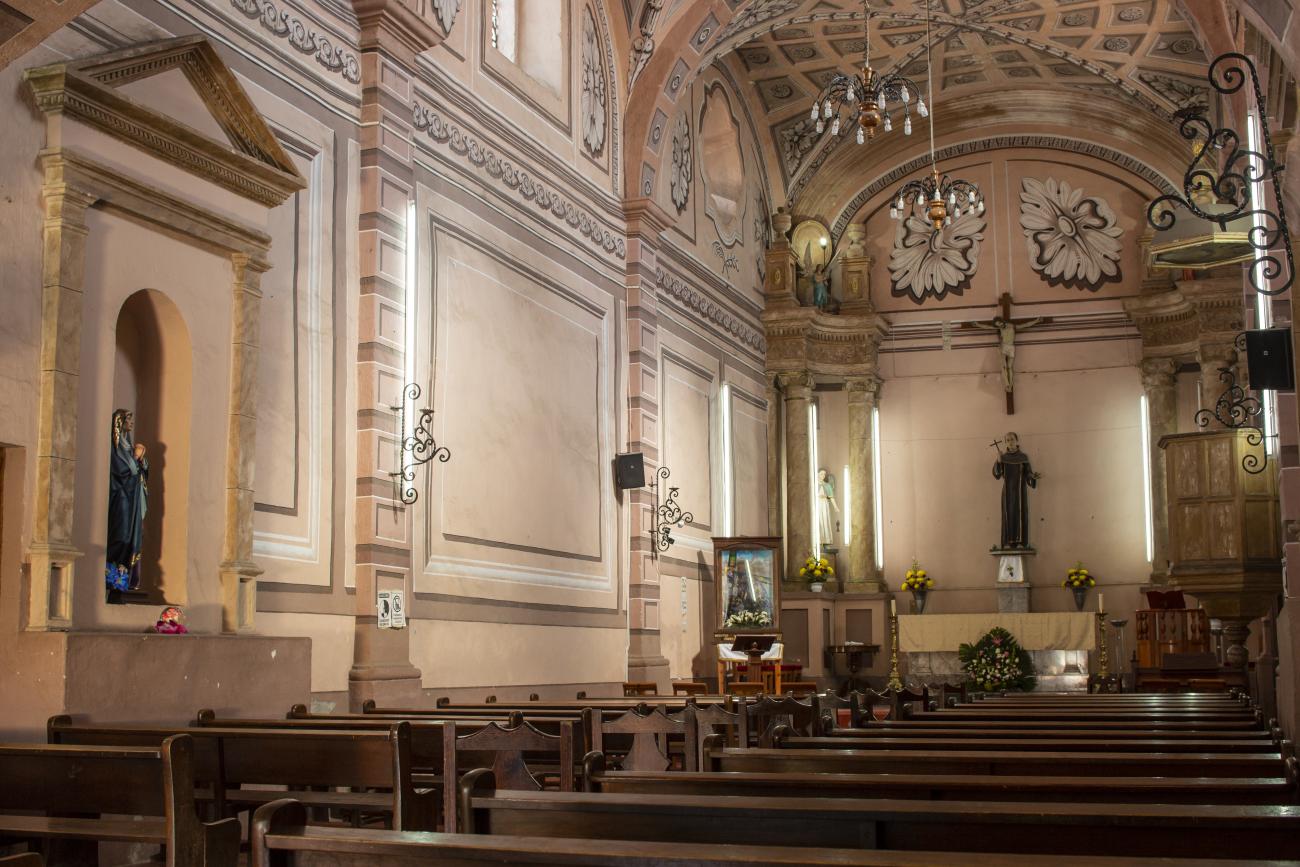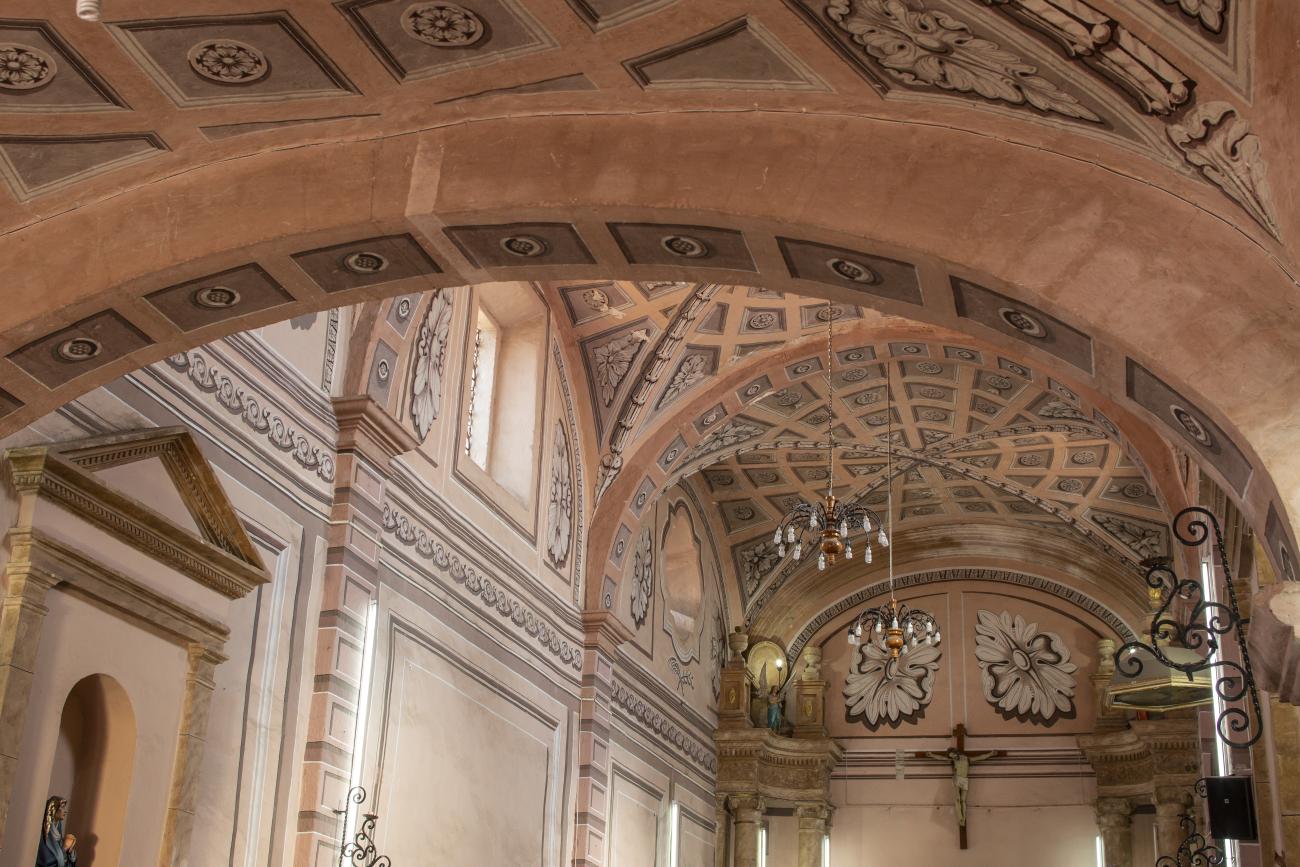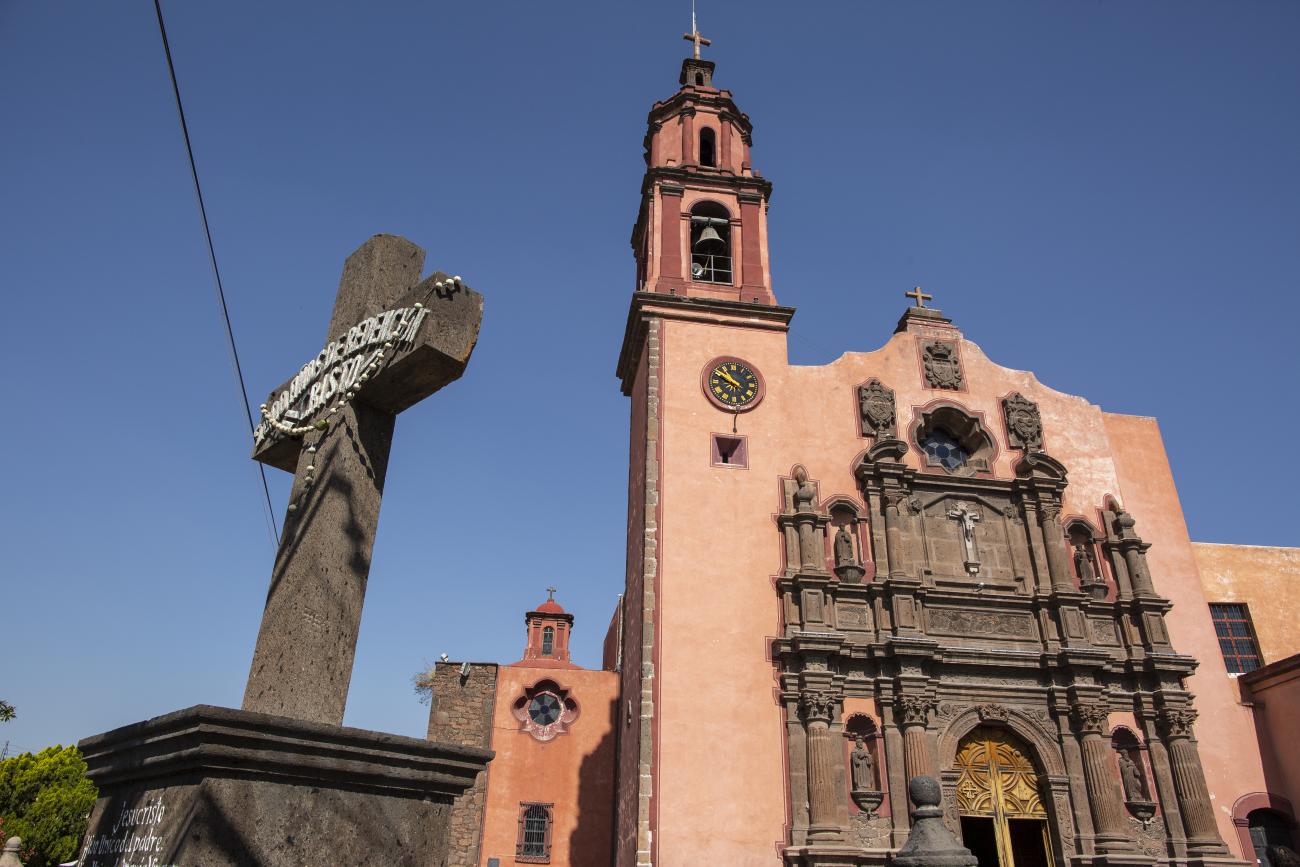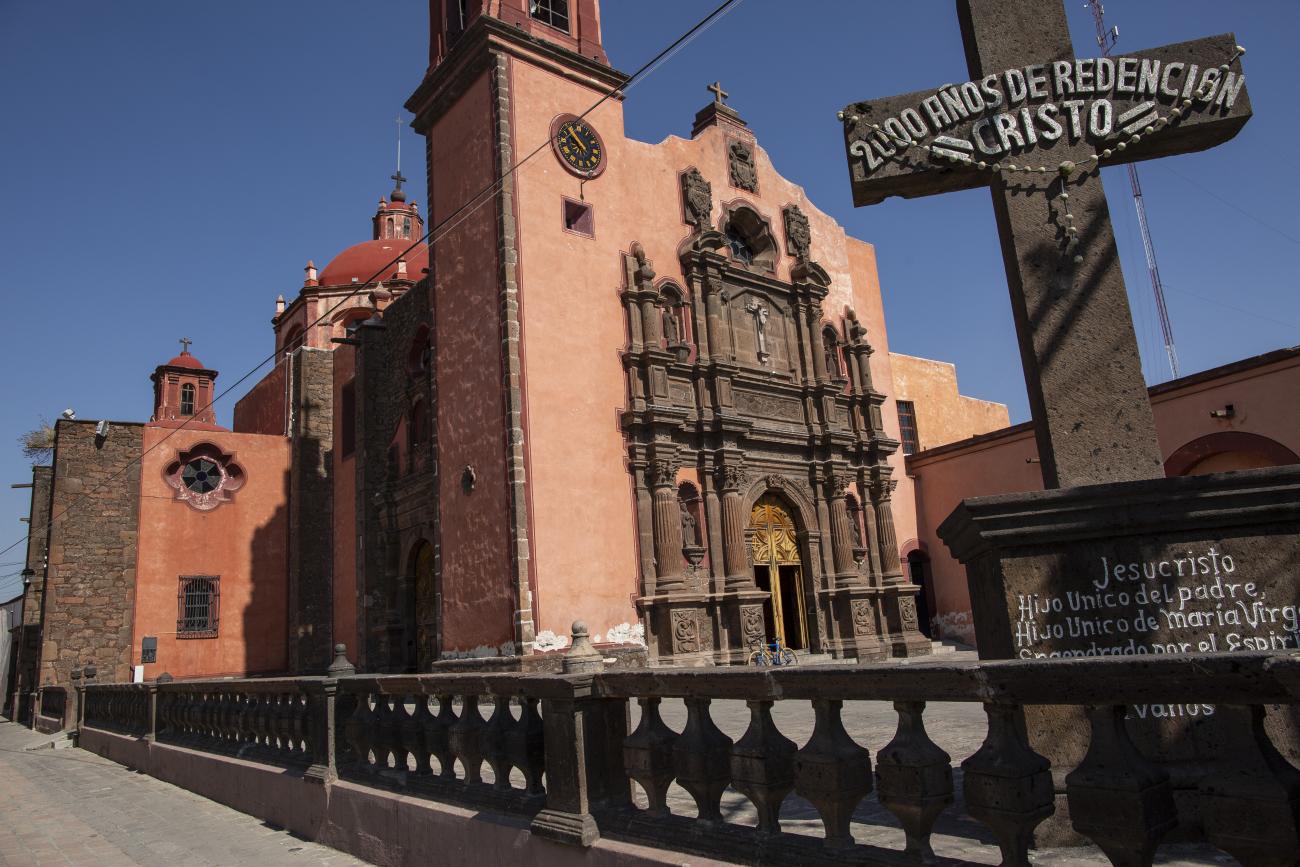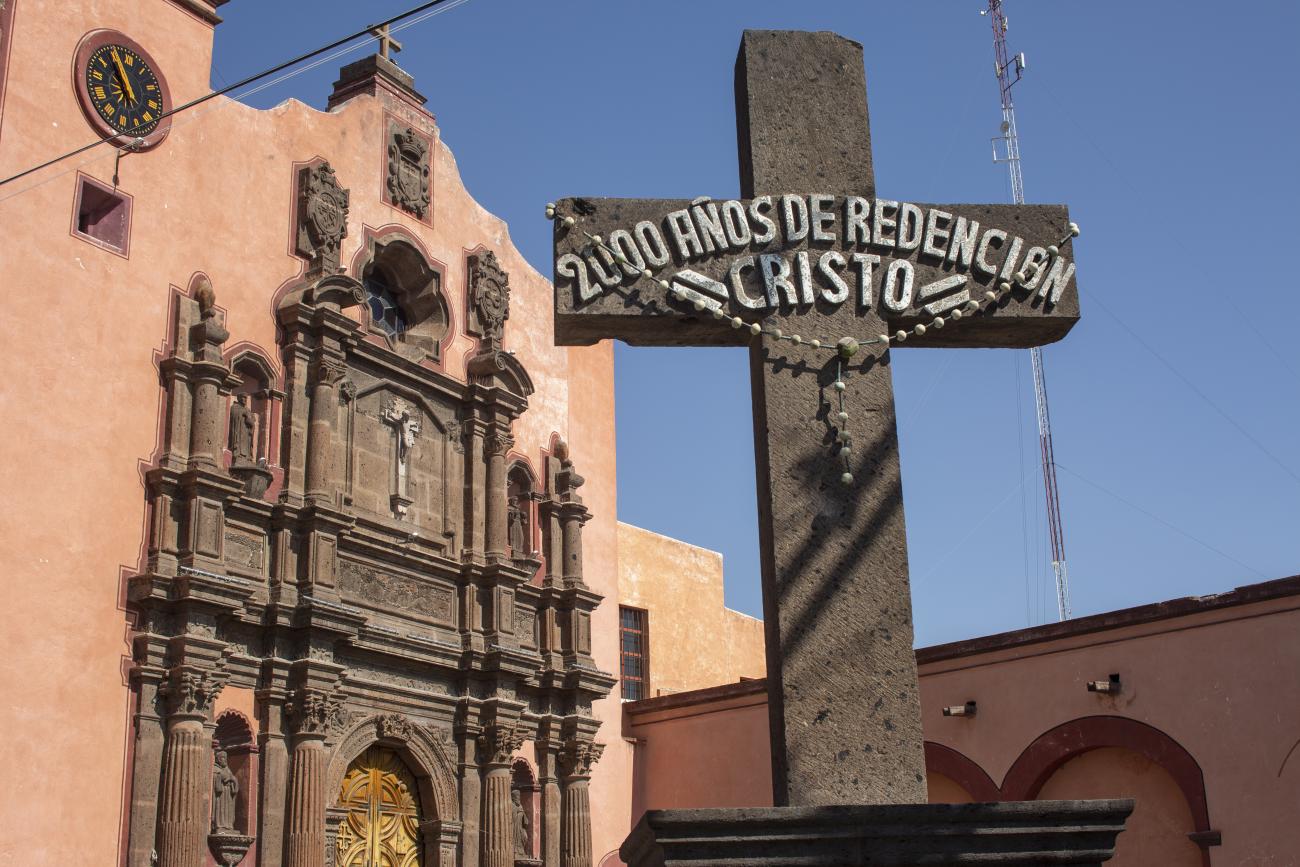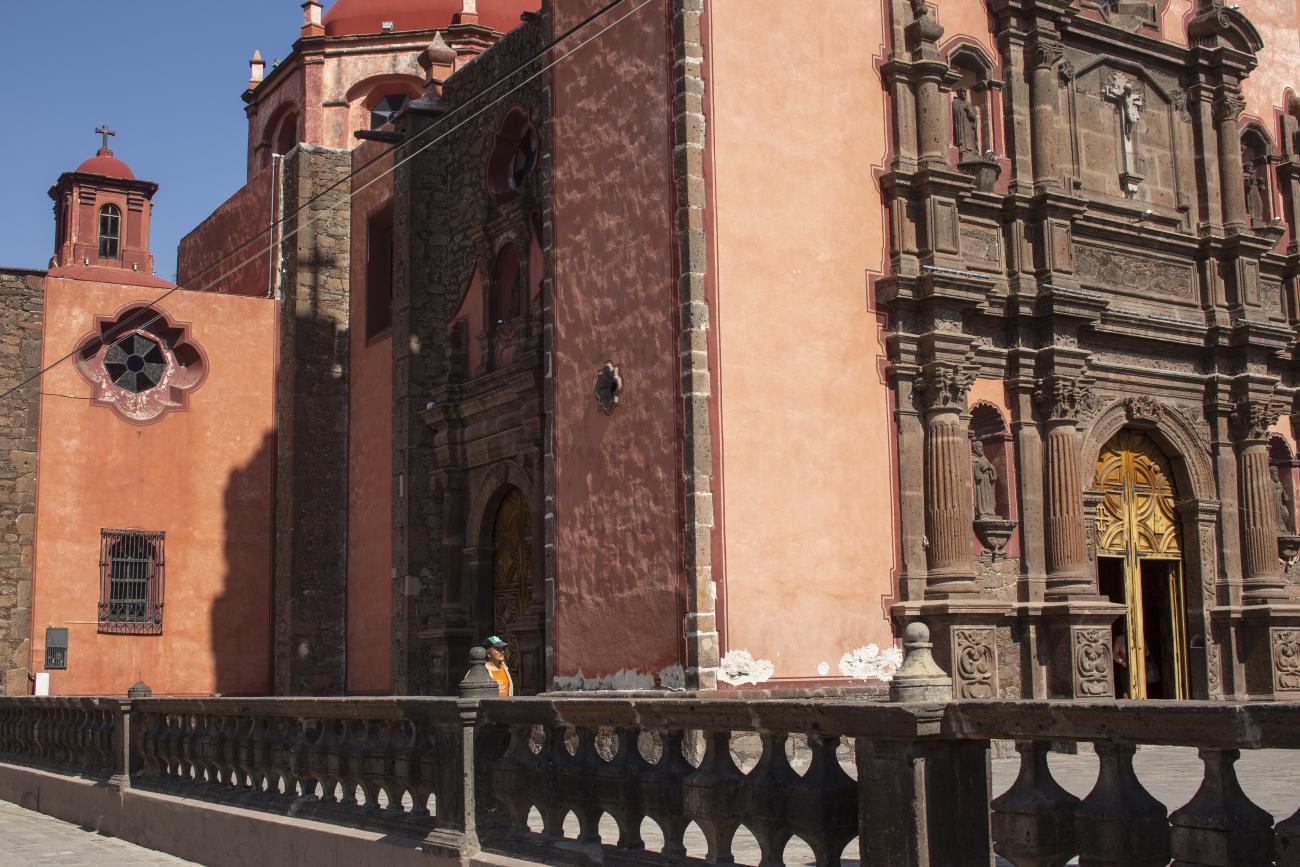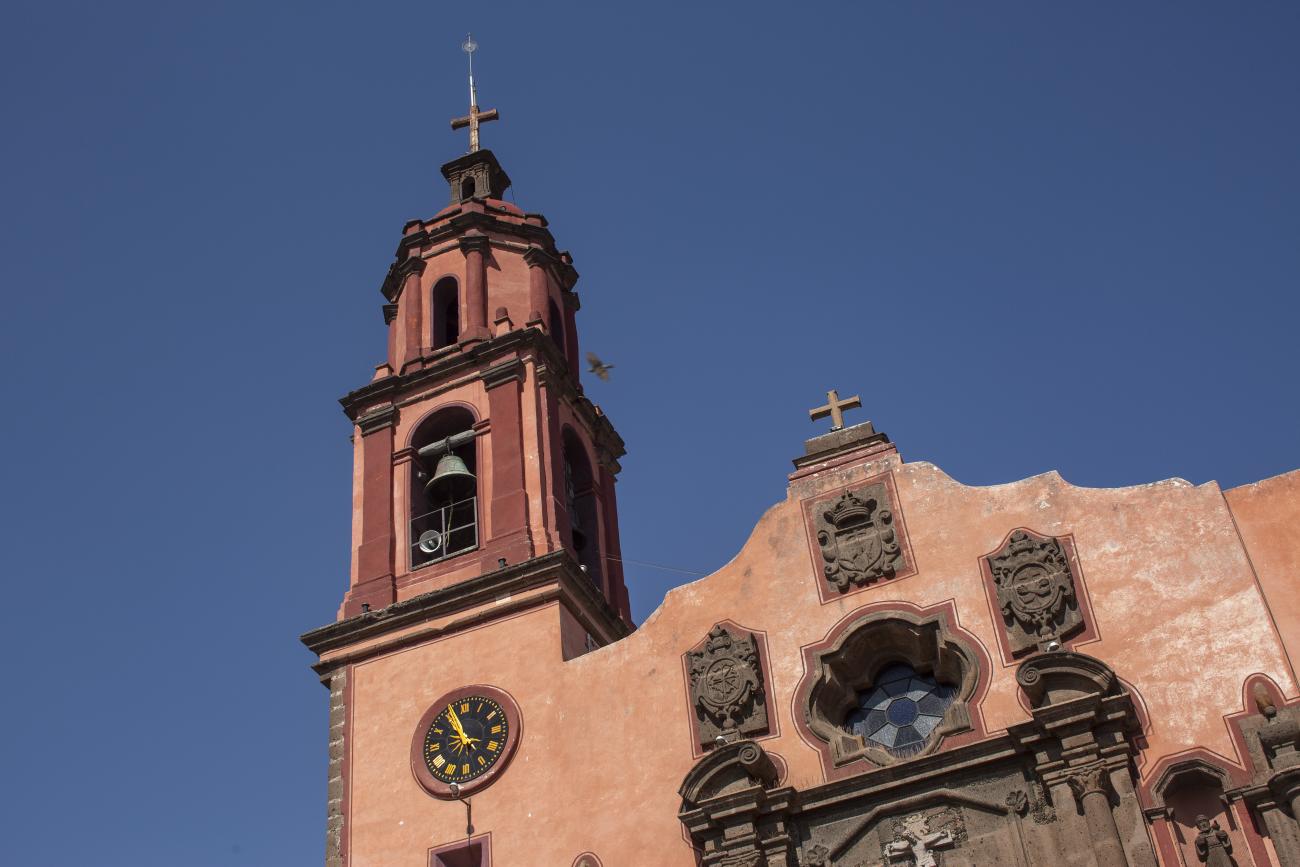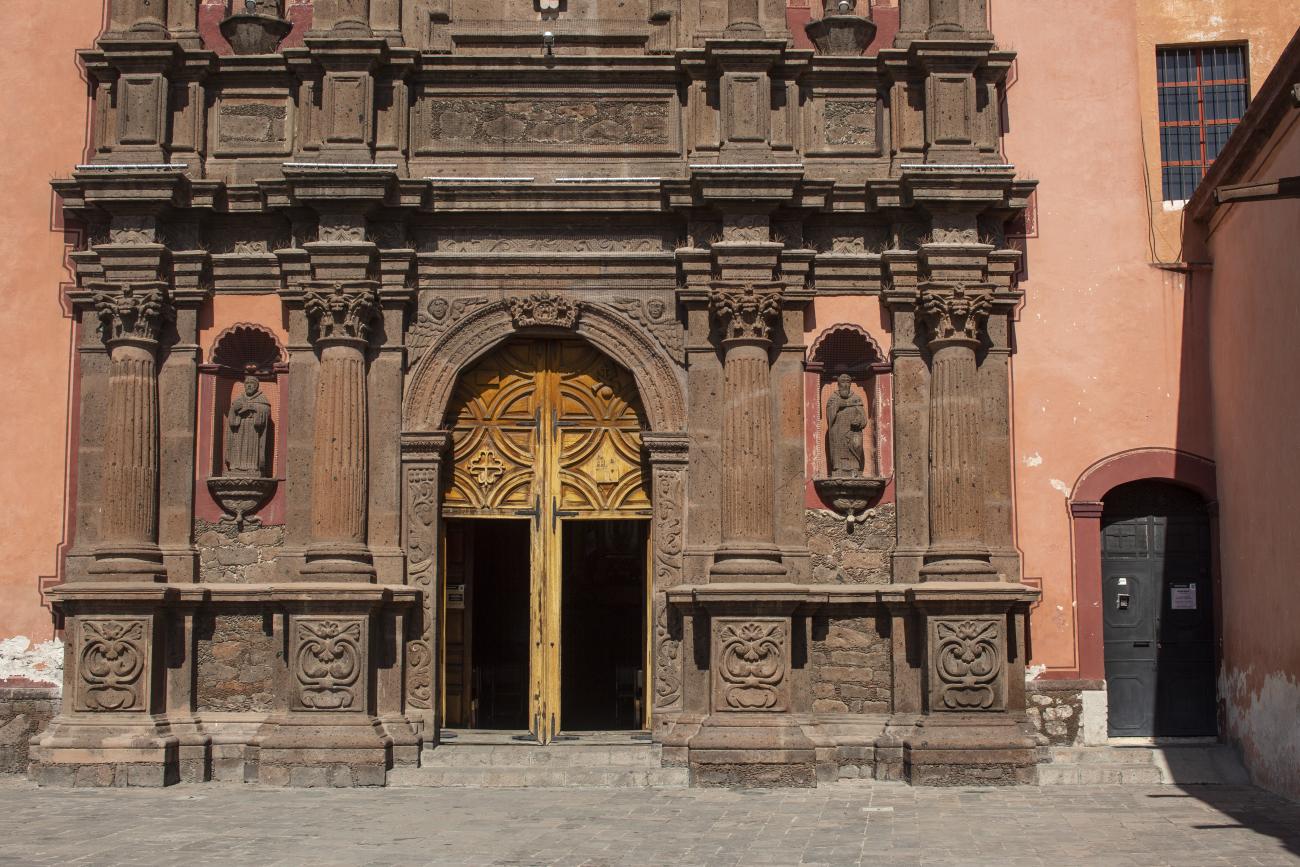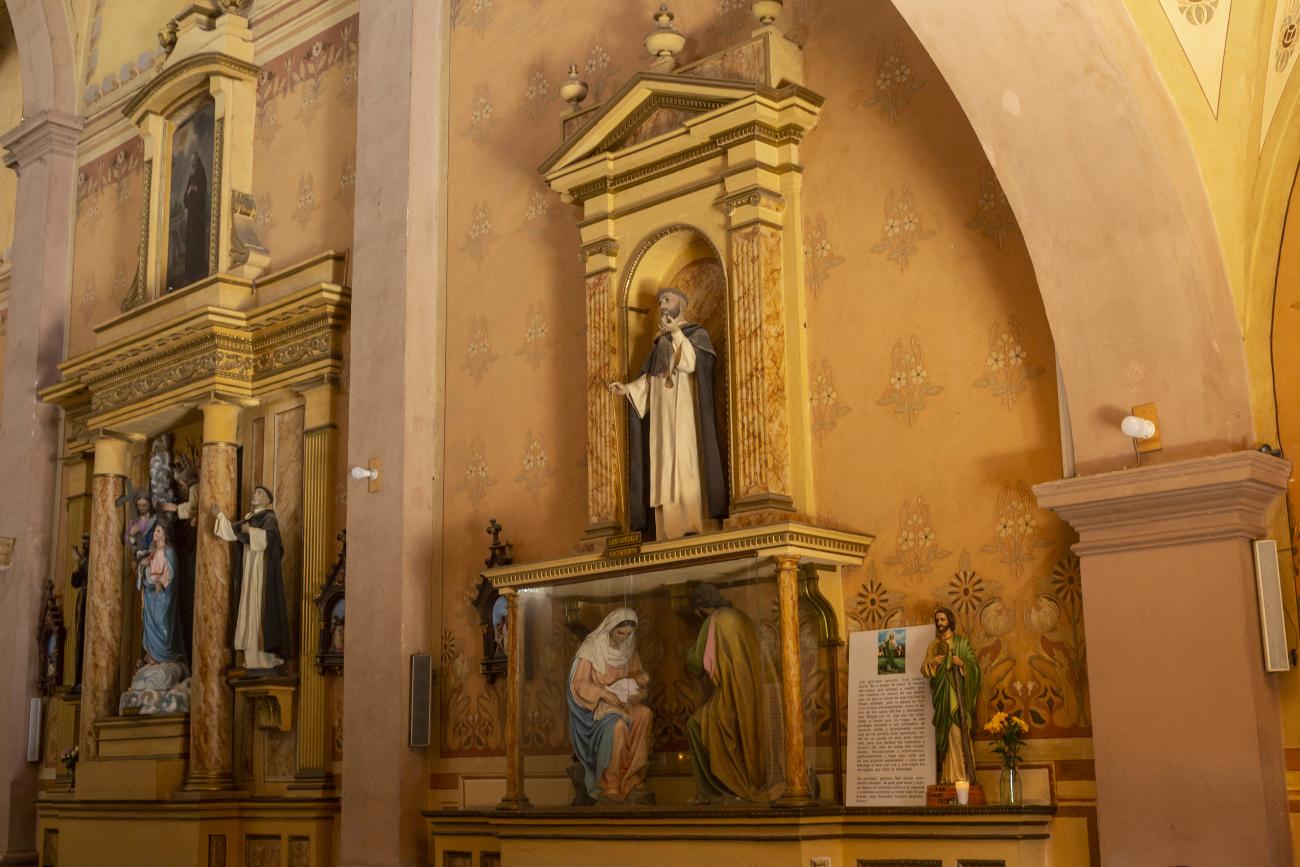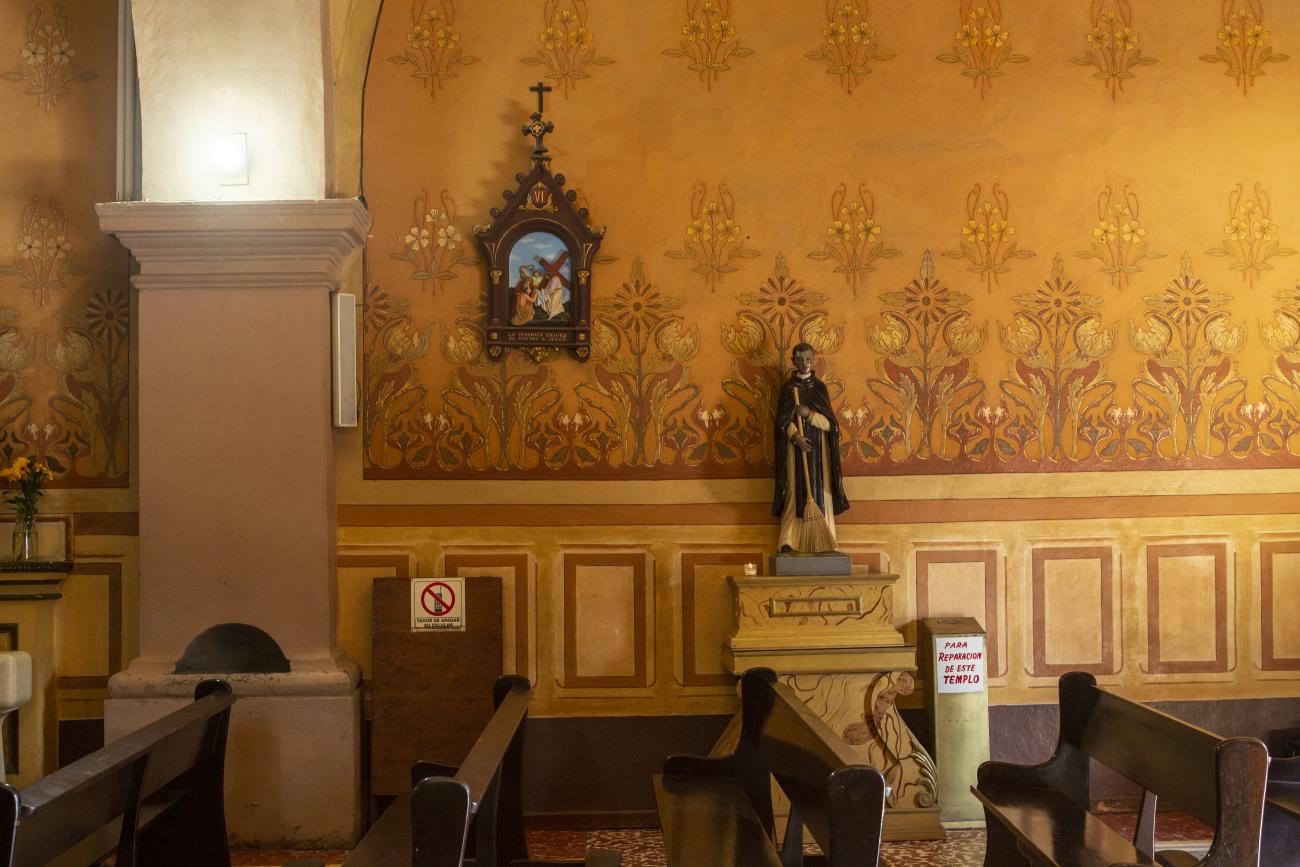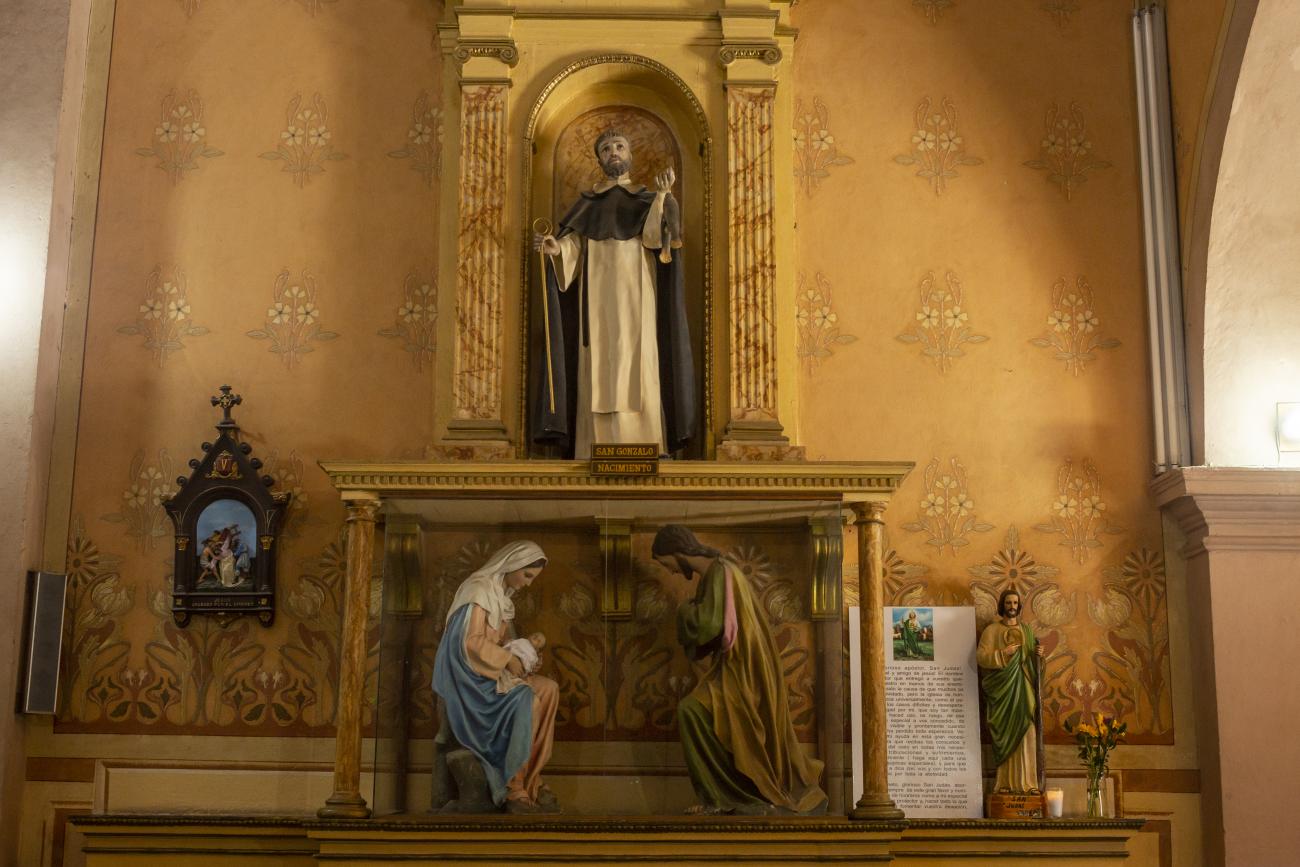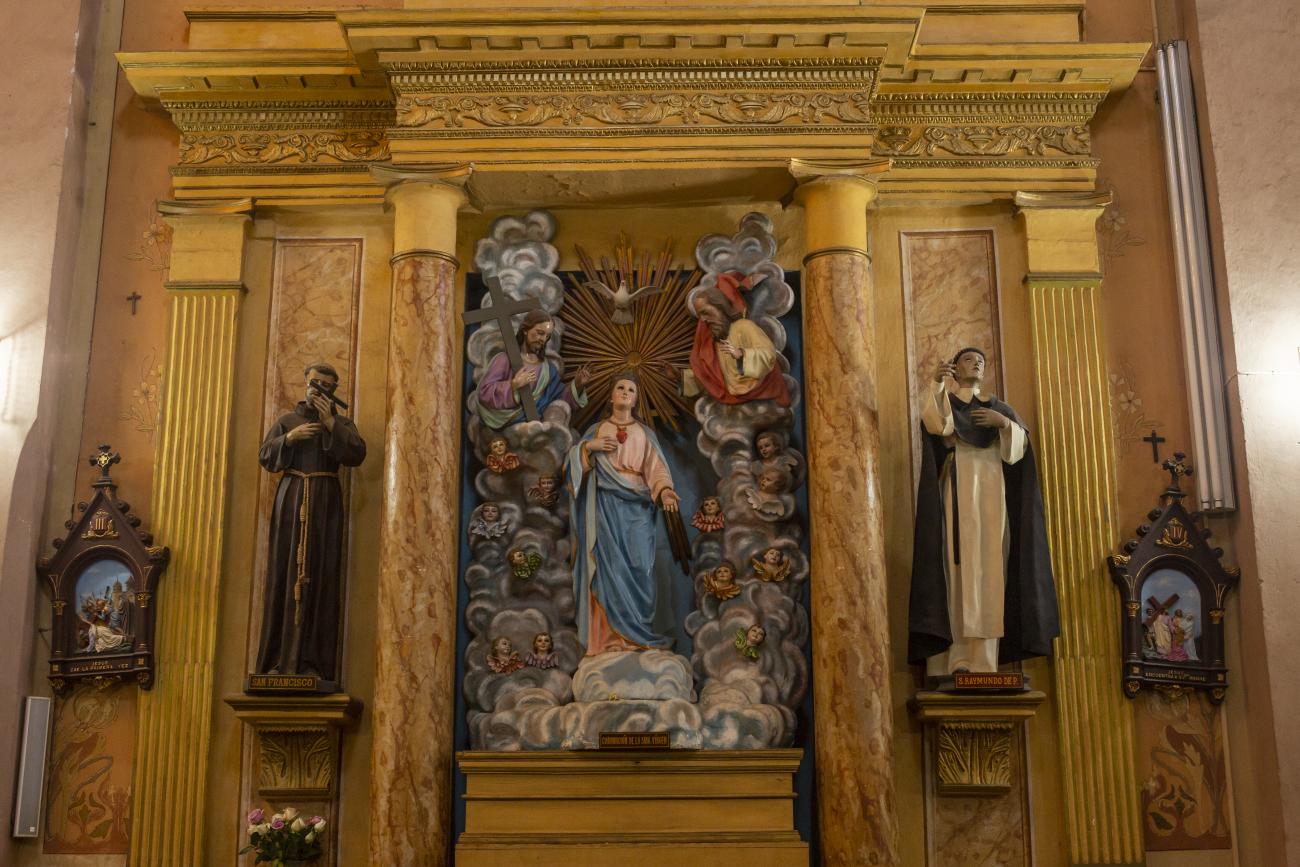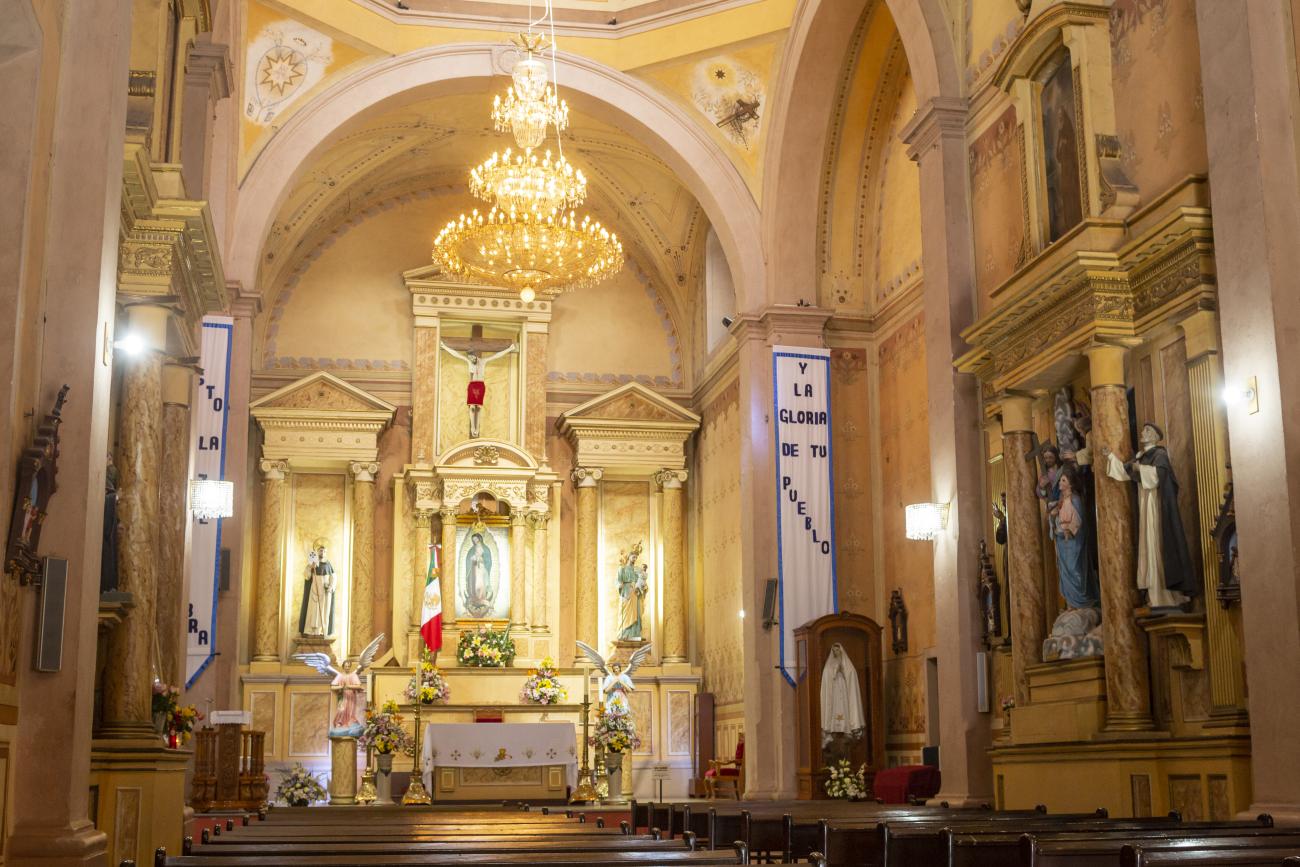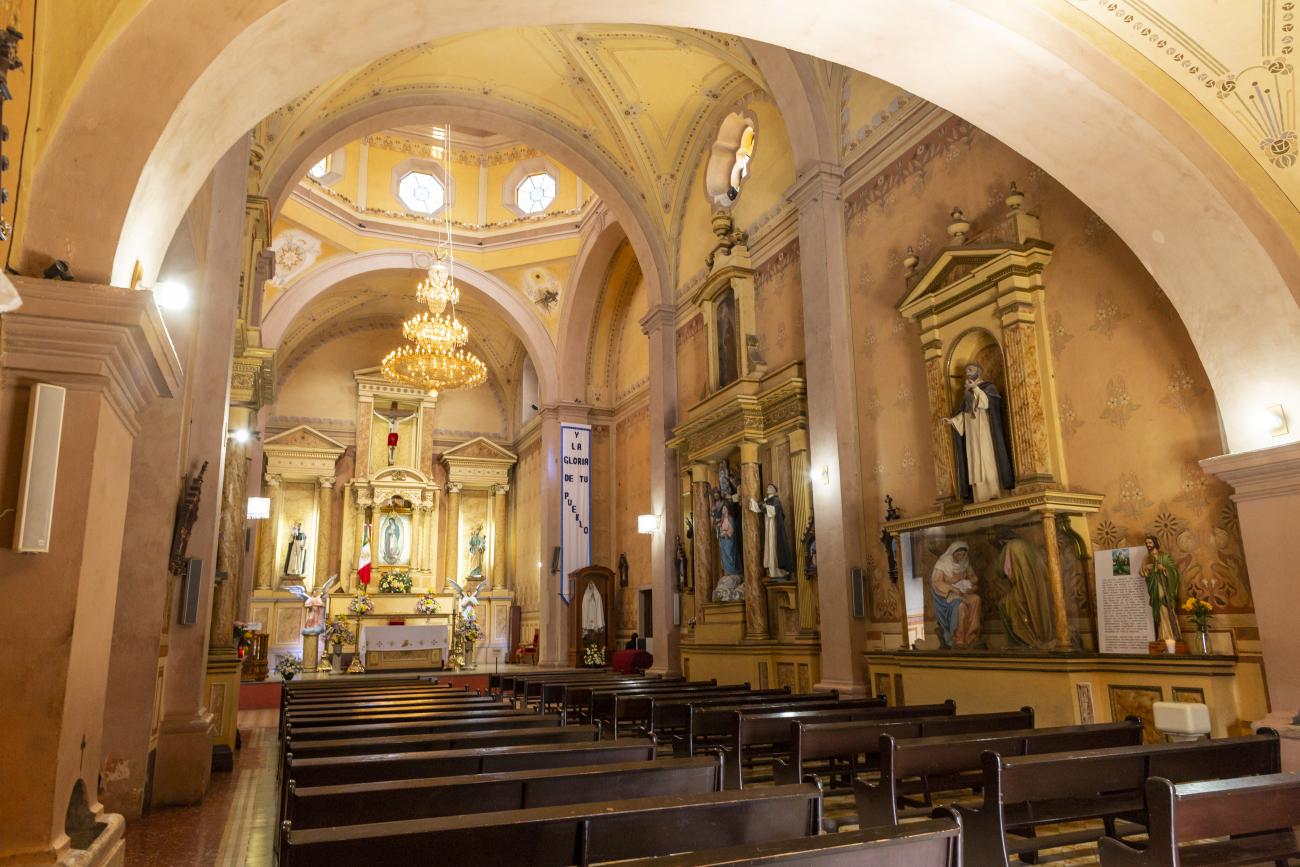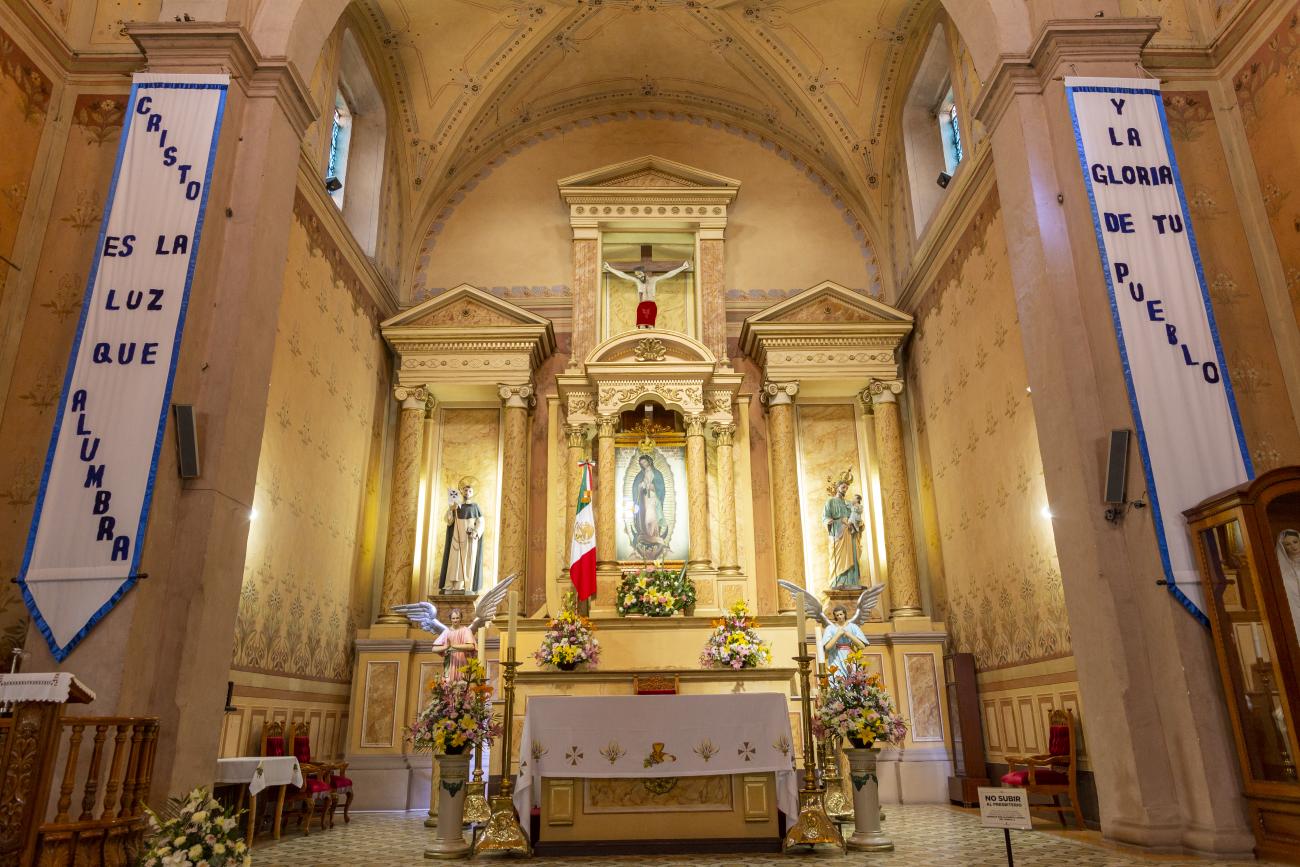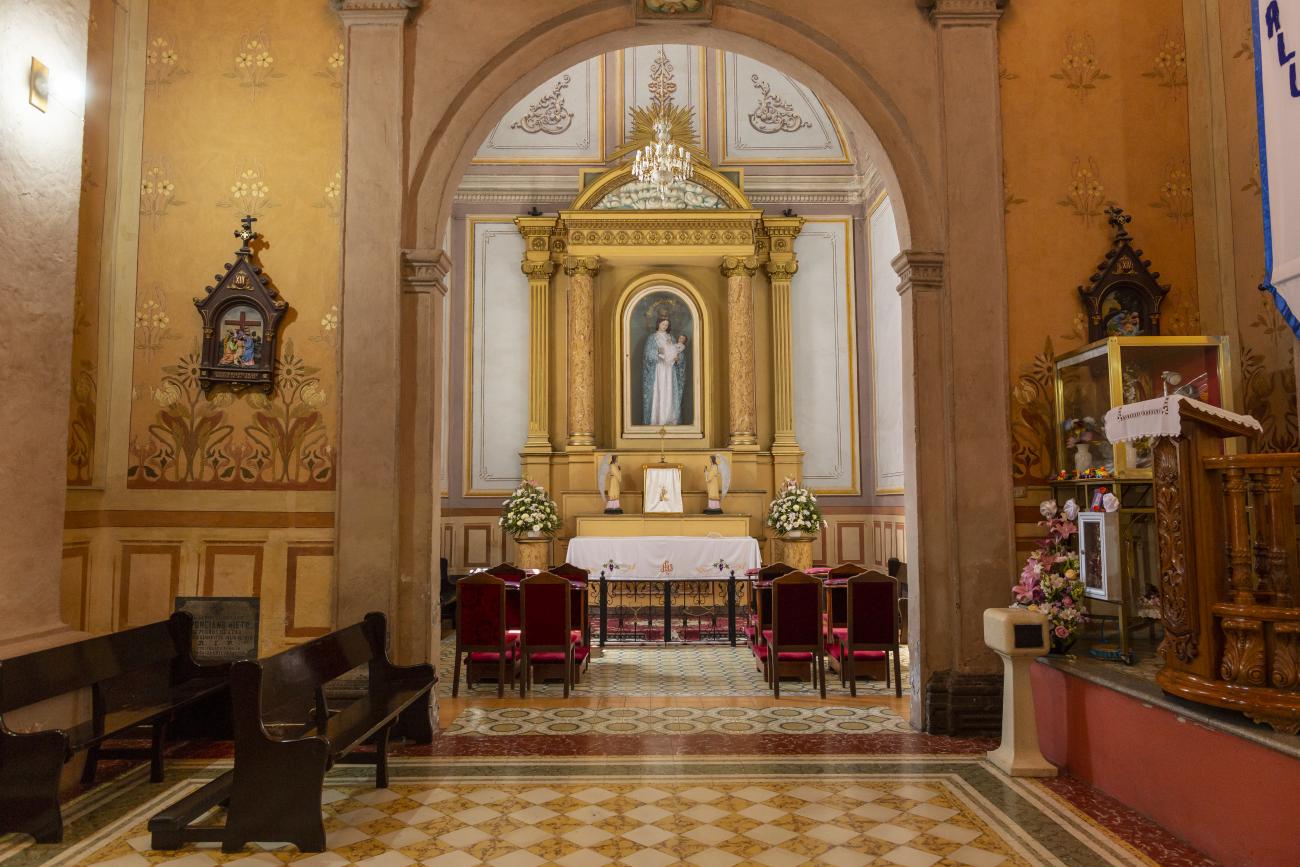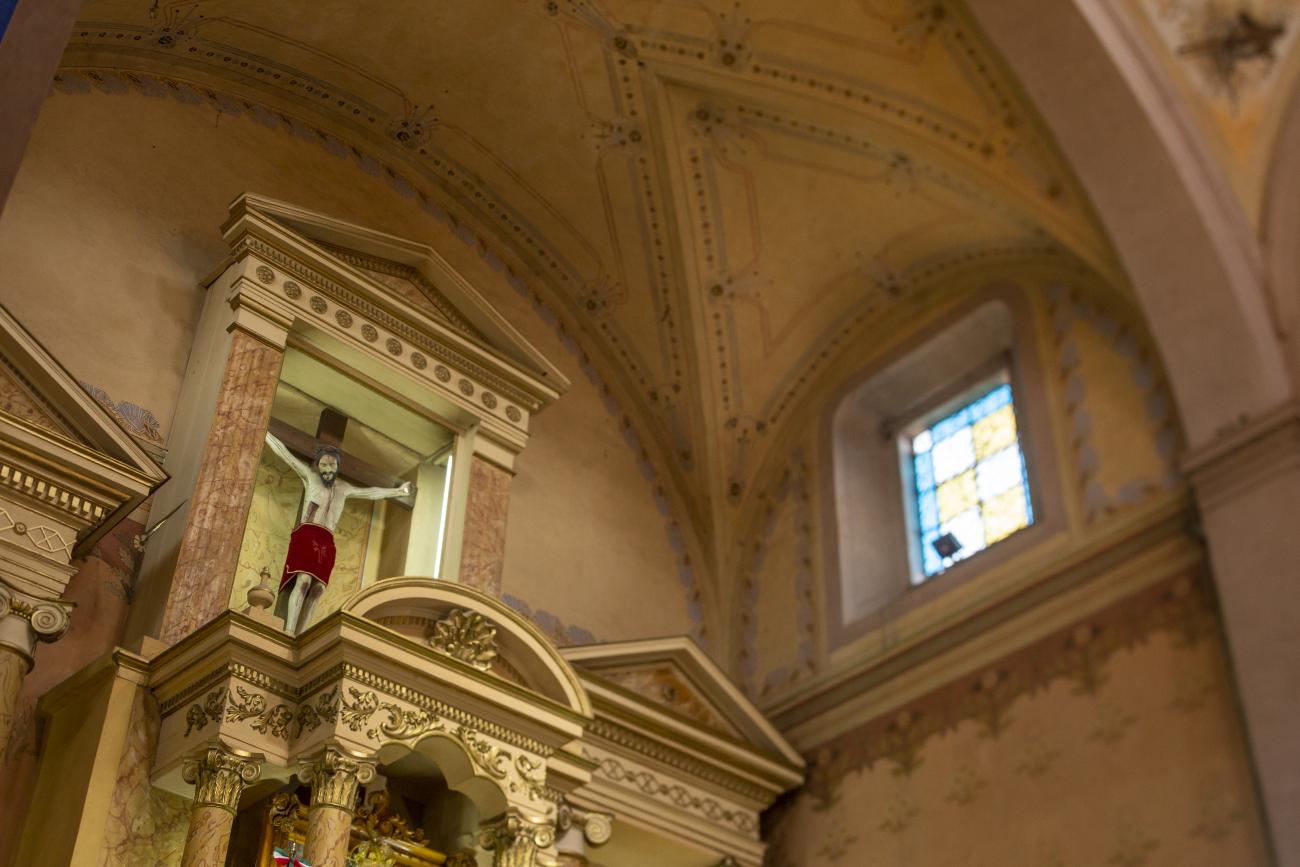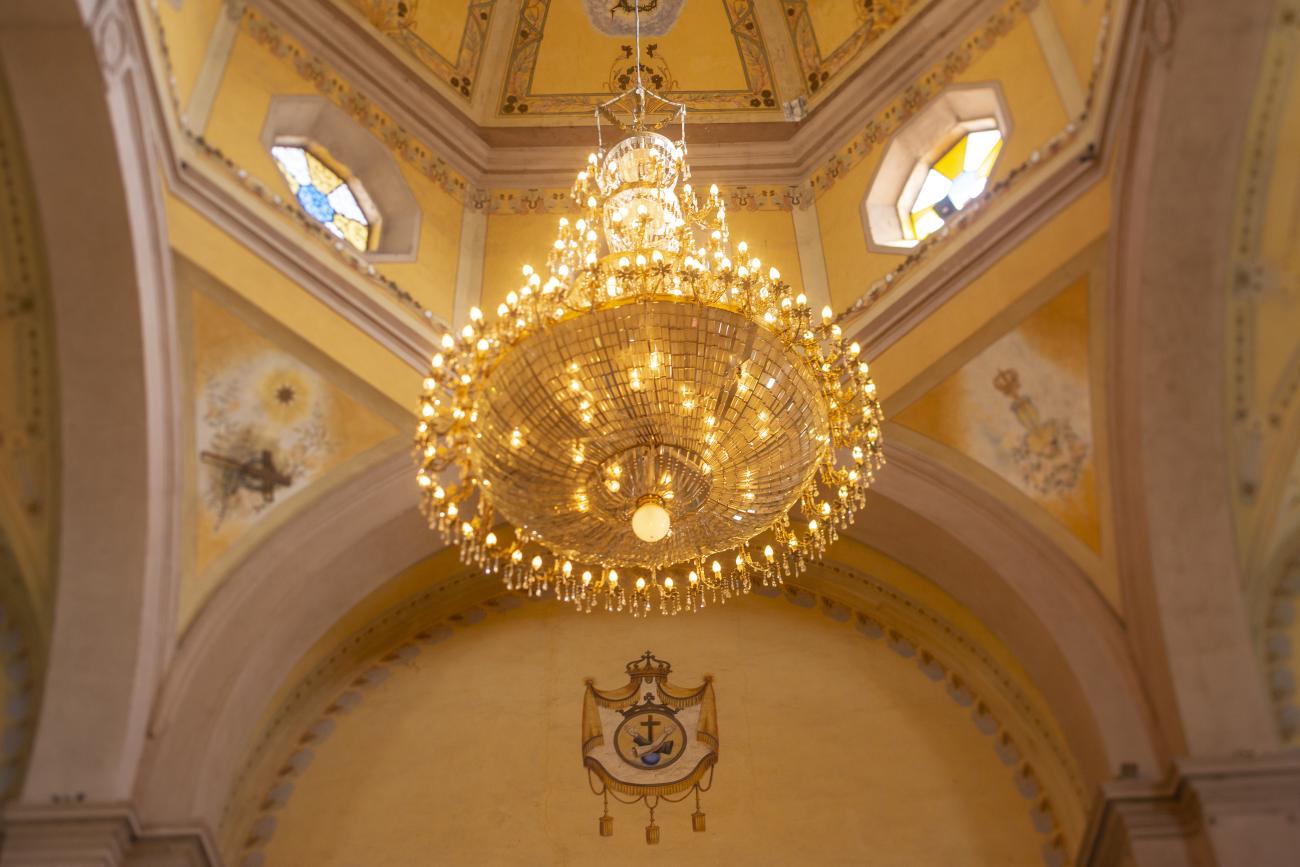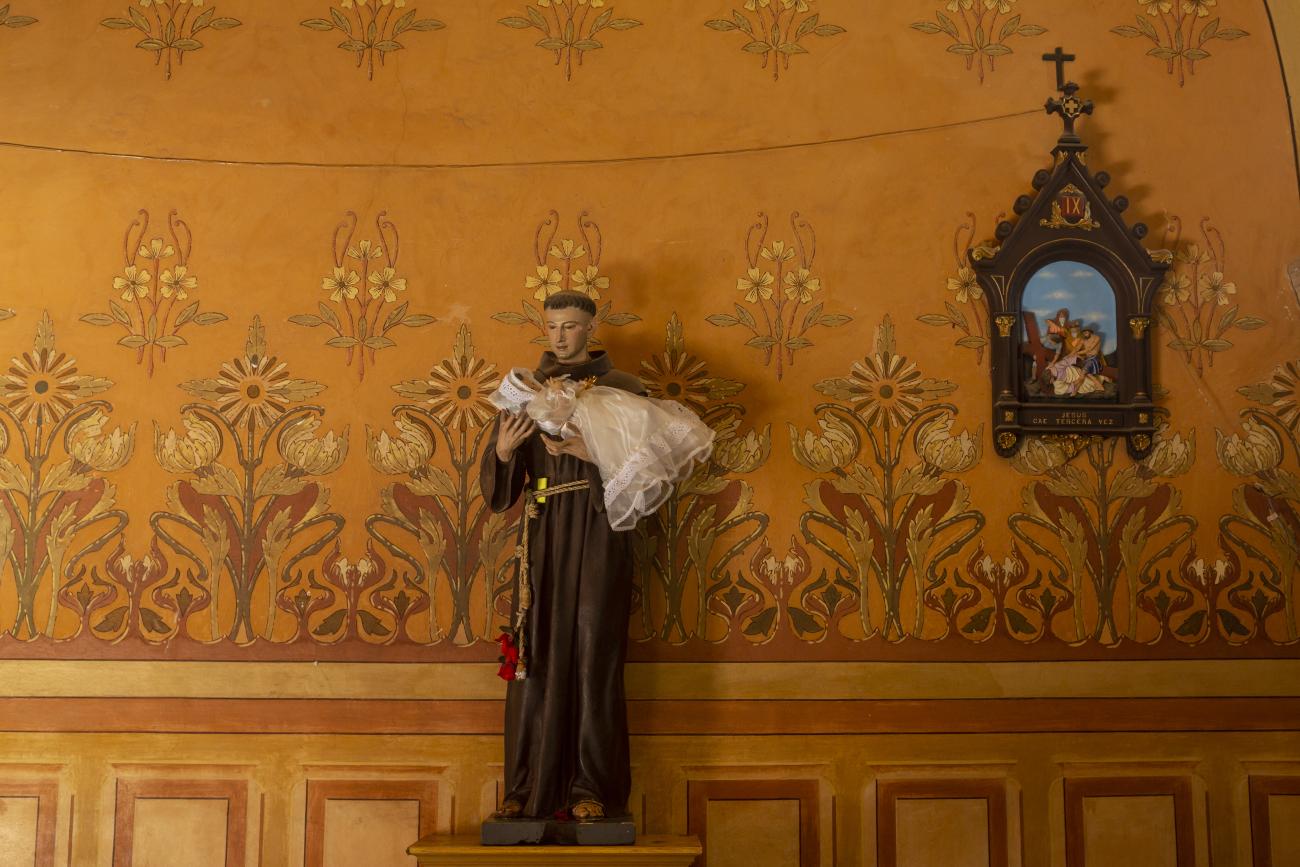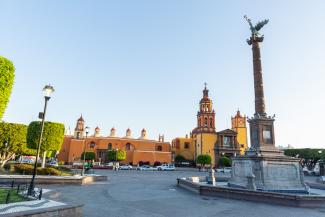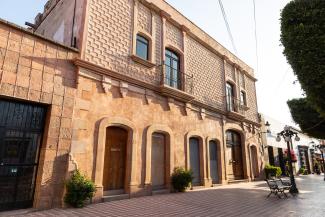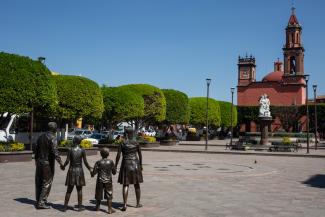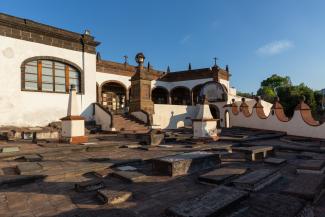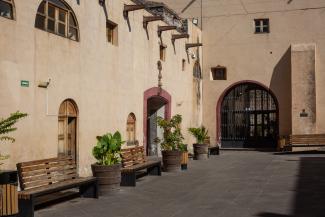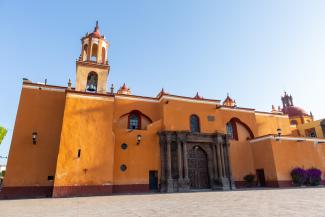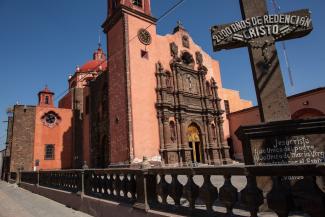San Juan del Río
Historical Monuments Zone
Abstract
Its strategic geographical position on the silver route and in the Sierra Gorda made it a key waypoint on the Camino Real de Tierra Adentro. The city has borne witness to the passage of Guillermo Prieto, Maximiliano de Habsburgo, Benito Juárez and to revolutionary troops—as well as to the industrialization of the country.
San Juan del Río owes its name to the fact that it was founded on June 24, 1531, the day of San Juan Bautista, “del Río” was added for the river that runs through the city.
When the Spaniards first arrived, this area was inhabited by Otomi groups that congregated around the first chapel built by Franciscan friars, who laid out the main streets.
San Juan del Río was a town of great economic, political and social importance in New Spain, due to its strategic location for the conquest and colonization of the north. Together with Querétaro, it provided a gateway to the mining areas of Zacatecas, Guanajuato and San Luis Potosí.
In the 17th century, San Juan del Río, founded as an indigenous town, began to take on a more urban appearance and intense construction activity began. Monasteries, schools such as the Beaterio de Nuestra Señora de los Dolores, and the San Juan de Dios hospital that today houses the Autonomous University of Querétaro were founded. At the end of the century, the construction of a new cathedral began, and was completed at the beginning of the 18th century, together with the town’s famous bridge, known as La Historia, built by the architect Pedro de Arrieta. In 1847, with Mexico now an independent country, the town of San Juan del Río received the title of city.
During the 19th century, it was a place of lodging for several significant historical figures. Around 1853 the writer Guillermo Prieto stayed in the city and in his account of his time here he reported on the economic problems of the region. In 1863 President Benito Juárez spent the night in the city. Also, during the second empire, the Emperor Maximilian of Habsburg visited San Juan del Río, and some of the oldest photographs of the city belong to that time.
During the Porfiriato, the arrival of innovations in communications and transport introduced changes to San Juan del Río, such as the construction of the bridge for the railroad that linked Querétaro with Mexico City. During the Mexican Revolution, the supporters of Venustiano Carranza and Pancho Villa transformed the city by destroying the railroad bridge, demolishing a gateway, and constructing the Jardín Madero, known today as the Plaza de los Fundadores (Founders’ Square).
The layout of San Juan del Río is mixed, with two types of street plan coexisting: one irregular, corresponding to the indigenous area, and another with straight streets that form a regular checkerboard, coinciding with the Spanish area. Both areas had their own churches and cemeteries, the Church of San Juan Bautista for the Spanish and the Church of the Calvary with its cemetery of Santa Veracruz in the indigenous area. The city also presents characteristics typical of Spanish-American urban settlements, such as a main square in the center, around which the buildings housing the civil and religious powers are located.
The Zone of Historical Monuments decreed by the President of the Republic in 1986 is located in the southeast of the state in the municipality of San Juan del Río, 51 kilometers from the city of Querétaro. The declaration states that the protected area is 1.14 km2 and is made up of 48 blocks containing a number of buildings considered of historical interest.
The urban profile of the area is characterized by the towers and domes of its religious buildings, which include the Cathedral of San Juan Bautista, the churches of El Señor del Sacro Monte, Santo Domingo, of the Calvary, Jesús de la Portería, of the Sacred Heart of Jesus and the Shrine of Guadalupe. The city is also characterized by its gardens and squares such as Fundadores, Independencia, Leona Vicario and the Plaza del Santuario del Señor de Sacromonte, and the Jardín de la Familia. Another distinctive feature of the city is the Puente de Piedra or Puente de la Historia, across which the old Camino Real (Royal Road) runs.
Other buildings that stand out for their historical and architectural value are the Casa Benito Juárez, Casa Díaz González Campa, Casa Diligencia, the former Hospital of San Juan de Dios, the cemetery of Santa Veracruz, the railroad station, the Tithes Gate and the Kings’ Gate.
It was declared a Zone of Historical Monuments in 1986, and has also been recorded by UNESCO on the World Heritage List since 2010 as part of the Camino Real de Tierra Adentro.
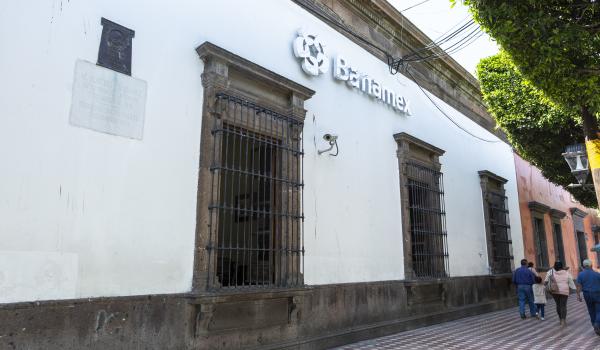
Casa-habitación
Don Benito Juárez spent the night in this building, which belonged to Ignacio Uribe, on July 8, 1867, on his way back to Mexico City after the victory of the Republic. It is also known as Casa Benito Juárez.
Casa-habitación
Don Benito Juárez spent the night in this building, which belonged to Ignacio Uribe, on July 8, 1867, on his way back to Mexico City after the victory of the Republic. It is also known as Casa Benito Juárez.

Casa-habitación
Passing through the city, fleeing from Mexico City to San Luis Potosí, Benito Juárez wanted to spend the night at Ignacio Uribe's house, but Uribe was an imperialist and refused to give him lodging.
Casa-habitación
Passing through the city, fleeing from Mexico City to San Luis Potosí, Benito Juárez wanted to spend the night at Ignacio Uribe's house, but Uribe was an imperialist and refused to give him lodging. For this reason, Benito Juárez had to go to this building and spend the night here on June 2, 1863.
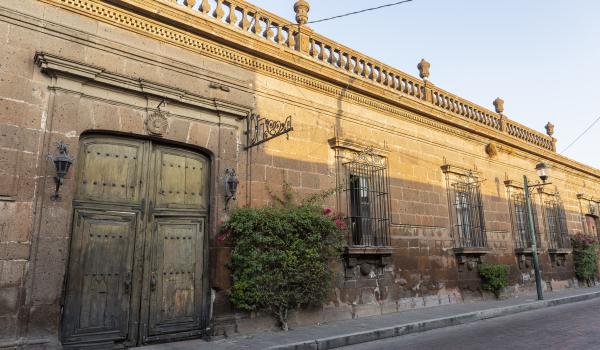
Casa-habitación
This property is also known as the House of Don Esteban Díaz González y de la Campana. This Spanish military man became a wealthy public official, held various positions in the local city council for two decades, and came to own almost a quarter of the San Juan Valley.
Casa-habitación
This property is also known as the House of Don Esteban Díaz González y de la Campana. This Spanish military man became a wealthy public official, held various positions in the local city council for two decades, and came to own almost a quarter of the San Juan Valley. He acquired a large plot of land on what was then called Calle Del Curato, in the center of town. Construction of his enormous mansion began on June 13, 1809, and was completed in late 1810. This house is characterized by its ornate facade made of brown quarry stone. In June 1821, Iturbide stayed at this house on his way to Querétaro.
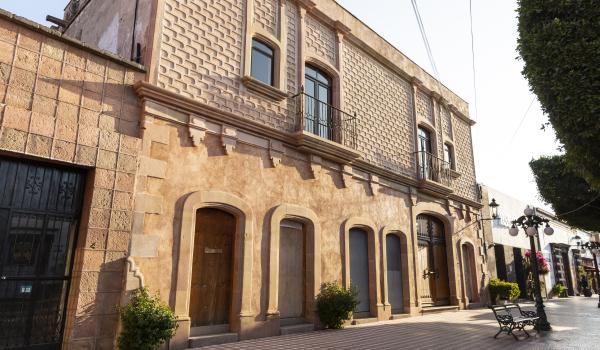
Casa de las diligencias
During colonial times and the 19th century, stagecoaches stopped at this building.
Casa de las diligencias
During colonial times and the 19th century, stagecoaches stopped at this building.

Monumento a la Independencia Nacional
Monument erected in 1866.
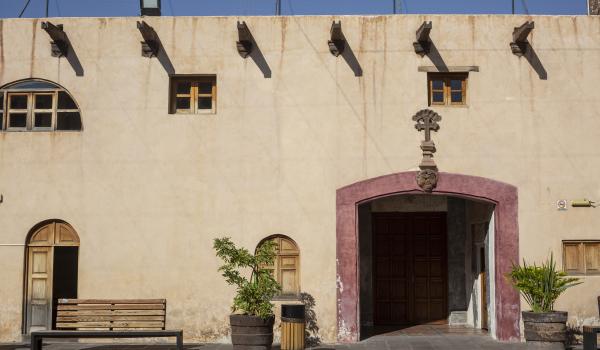
Portal del Diezmo
Initially, the secular clergy used this building to store the tithe collection, but during the War of Reform it passed into the hands of the State. At the beginning of the century, Venustiano Carranza donated it to the Perrusquia family, and since then it has been a private property.
Portal del Diezmo
Initially, the secular clergy used this building to store the tithe collection, but during the War of Reform it passed into the hands of the State. At the beginning of the century, Venustiano Carranza donated it to the Perrusquia family, and since then it has been a private property.
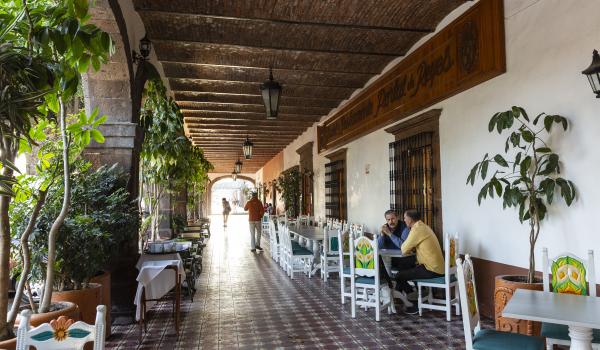
Portal de Reyes
This portal was built in the 18th century and underwent renovations in the 19th and 20th centuries.
Portal de Reyes
This portal was built in the 18th century and underwent renovations in the 19th and 20th centuries.

Puente de la Historia
In the 18th century, mule drivers, merchants, and travelers passing through San Juan del Río on their way north were affected by the river current that prevented them from crossing.
Puente de la Historia
In the 18th century, mule drivers, merchants, and travelers passing through San Juan del Río on their way north were affected by the river current that prevented them from crossing. The two existing bridges were insufficient for the amount of water that arrived, so it was necessary to build a new, stronger, and wider bridge. Francisco Fernández de la Cueva, Duke of Alburquerque and Marquis of Cuéllar, commissioned Spanish architect Pedro de Arrieta to build this bridge. Construction began on February 9, 1710, and was completed on January 23, 1711.
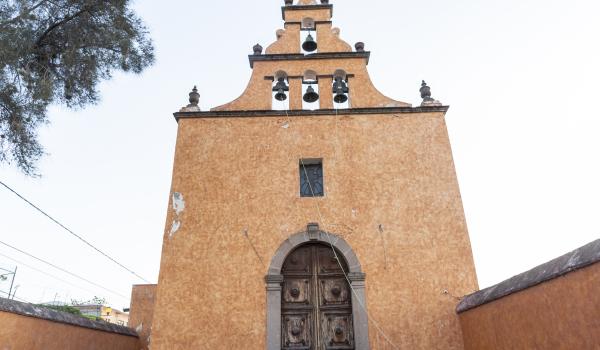
Templo del Calvario
It is located in the old Indian quarter, on the outskirts of the town. It is likely that the first chapel was demolished and a new one built at the beginning of the 18th century. It is small and simple but is considered beautiful and charming.
Templo del Calvario
It is located in the old Indian quarter, on the outskirts of the town. It is likely that the first chapel was demolished and a new one built at the beginning of the 18th century. It is small and simple but is considered beautiful and charming. This is where the Holy Week processions set off from, winding their way through the streets to the Chapel of Calvary. Inside, there are two groups of sculptures: the first consists of the Virgin Mary, the baby Jesus, and Saint Joseph, and the second consists of the crucified Jesus accompanied by Our Lady of Sorrows and Saint John, as well as an oil painting depicting Our Lady of Guadalupe.
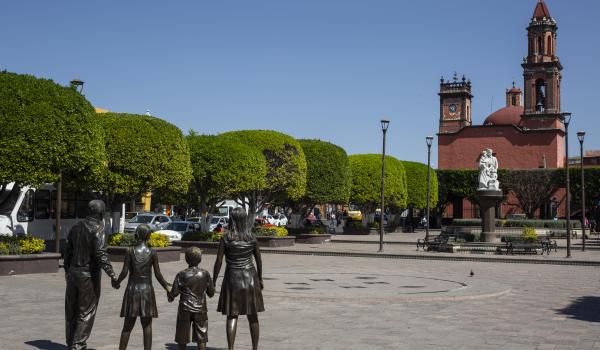
Templo y jardín de la familia
In 1817, a mule driver named García Sánchez gave his sister a small print with the image of the Lord of Sacromonte that he had brought from the sanctuary of Amecameca. The siblings adapted their home in the Pueblo Nuevo neighborhood as a chapel.
Templo y jardín de la familia
In 1817, a mule driver named García Sánchez gave his sister a small print with the image of the Lord of Sacromonte that he had brought from the sanctuary of Amecameca. The siblings adapted their home in the Pueblo Nuevo neighborhood as a chapel. In 1826, a license was granted to build the current temple, which was blessed and dedicated in November 1831; the image was placed on the main altar after a solemn procession.
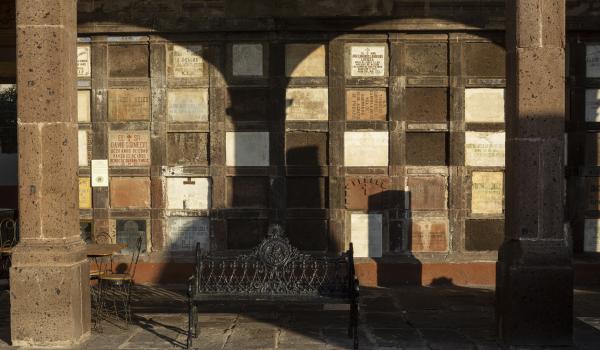
Museo Panteón de la Santa Vera Cruz
Cemetery built between 1854 and 1857. In 1967, it was closed as a cemetery, restored, and reopened in 1981 as a museum of death. It is currently called the Museo Panteón de la Santa Vera Cruz (Museum of the Holy True Cross).
Museo Panteón de la Santa Vera Cruz
Cemetery built between 1854 and 1857. In 1967, it was closed as a cemetery, restored, and reopened in 1981 as a museum of death. It is currently called the Museo Panteón de la Santa Vera Cruz (Museum of the Holy True Cross).
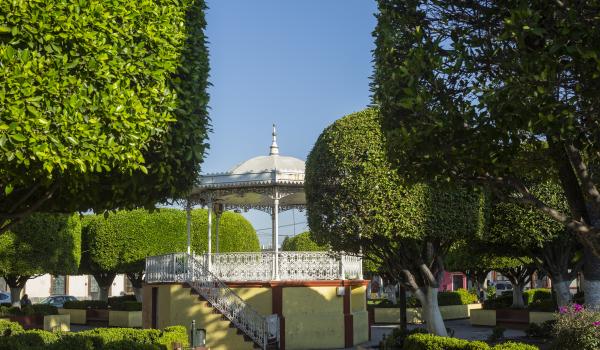
Kiosko de los Fundadores
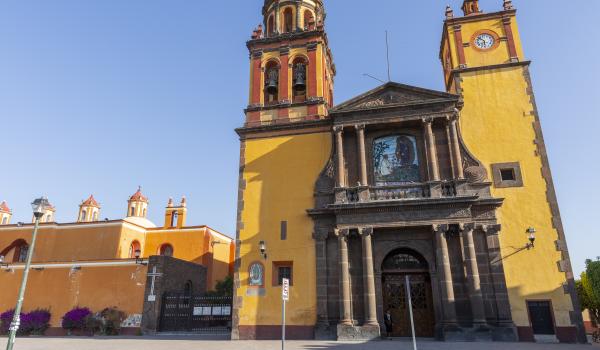
Parroquia de San Juan Bautista y Santuario de Guadalupe
Construction of the current church began on May 9, 1689. Initially, it was for the exclusive use of Spaniards under the patronage of the Virgin of Guadalupe.
Parroquia de San Juan Bautista y Santuario de Guadalupe
Construction of the current church began on May 9, 1689. Initially, it was for the exclusive use of Spaniards under the patronage of the Virgin of Guadalupe. In 1693, construction began on the new parish church, which was consecrated on July 25, 1729, and dedicated to Saint John the Baptist, patron saint of the city. Its construction is solid and sober, with wide naves.
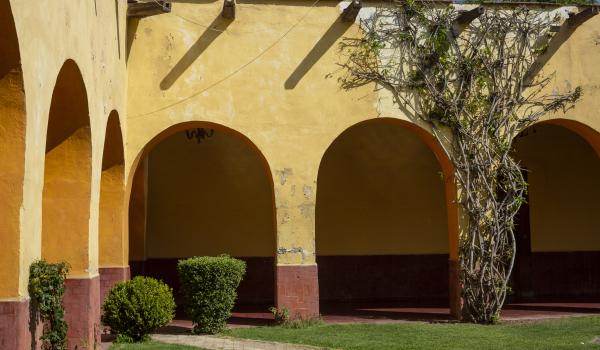
Convento y Hospital de Jesusito de la Portería
The large influx of people to this town led to the spread of disease and necessitated the founding of a hospital by the Order of Saint John of God. The construction was carried out on land donated by Mr.
Convento y Hospital de Jesusito de la Portería
The large influx of people to this town led to the spread of disease and necessitated the founding of a hospital by the Order of Saint John of God. The construction was carried out on land donated by Mr. Núñez Velas, with funds from the Spaniard Tomás Enríquez Rengel, and was inaugurated on October 23, 1672. An image of the patriarch of the hospitaller order, who was named patron saint of the hospital, was placed on the main altar of the church. The hospital and convent were run by five monks, who received an average of seventy-two patients per year. Between 1921 and 1923, Ricardo Monroy, the municipal president, repaired and refurbished the building as a civil hospital and amphitheater. It was also used as a high school.

Templo y Convento de Santo Domingo
This temple is distinguished by being built with local brown quarry stone. Its foundation dates back to 1690, and it was consecrated on August 1, 1734.
Templo y Convento de Santo Domingo
This temple is distinguished by being built with local brown quarry stone. Its foundation dates back to 1690, and it was consecrated on August 1, 1734. It originally belonged to the Province of Santiago de Predicadores and was known as the Convent of the Precious Blood of Our Lord Jesus Christ of San Juan del Río. Its floor plan is in the shape of a Latin cross, and its main altarpiece features a crucified Christ made of corn paste; to its left is an image of Santo Domingo de Guzmán.

